In early February, Samsung introduced an updated lineup of its flagship models. Traditionally, it includes the regular S23, the larger S23+, and the most advanced Samsung Galaxy S23 Ultra. Today we will talk about the Ultra. I, Olga, the editor of Root-Nation, have been using it as my main phone for three weeks, have tried absolutely all the features and am ready to share my impressions! I’m warning you right away – this review is huge. Use the table of contents below to jump straight to the section you’re interested in.
Positioning in the lineup, differences from S22 Ultra and price
Galaxy S23 Ultra is the most advanced Galaxy device for 2023. There won’t be anything cooler among smartphones. This is a super-duper flagship with the best of everything.
Unlike the younger models in the line, the S23U has more advanced cameras, a larger battery, a larger screen with a high resolution and rounded edges, a version with 1 TB of memory, and a functional S Pen stylus built into the body. You can compare the new products on the Samsung website.

Many people are also interested in how the new S23 Ultra differs from last year’s S22 Ultra, whether it is worth overpaying or switching. After all, the devices look almost identical. However, there are not so few differences under the hood.

And the most important thing is probably the processor. The company has finally stopped tormenting the not-so-successful Exynos and switched to Qualcomm in all markets (previously, European smartphones were based on Samsung processors). The new S23 line is powered by the next-generation Snapdragon 8 Gen 2 chipset. And not just Snapdragon 8 Gen 2, but Snapdragon 8 Gen 2 for Galaxy – with overclocked frequencies and improved AI module performance. The new processors are less hot and much more energy efficient, which means that with the same battery capacity, the phone dies much slower.

Another important difference is the camera. There are almost no changes here, except for the main module, which now has a resolution of 200 megapixels. It’s clear that happiness is not in the numbers, but when big numbers are supported by good software and excellent optimization, happiness does come. The pictures are very clear, even when zooming in on individual elements.
In addition, the camera software itself has been modernized, and low-light shots have become even better, including selfies. And now it is possible to record 8K video at 30 fps, and optical stabilization has become even better.

The only thing that has become “worse” is the resolution of the front-facing camera – not 40 megapixels, but we remember that the numbers don’t matter much. Self-portraits are better, especially when the lighting is low. And the 40 megapixels in the case of the S22 Ultra were still reduced to 10.
The S23 Ultra also boasts a new Astro Hyperlapse 300x mode for shooting the starry sky, as well as support for the ExpertRAW function, which allows you to save 50 megapixel RAW files instead of 12 megapixels, but these features will appear in the S22 Ultra with the update, so don’t worry about them too much.
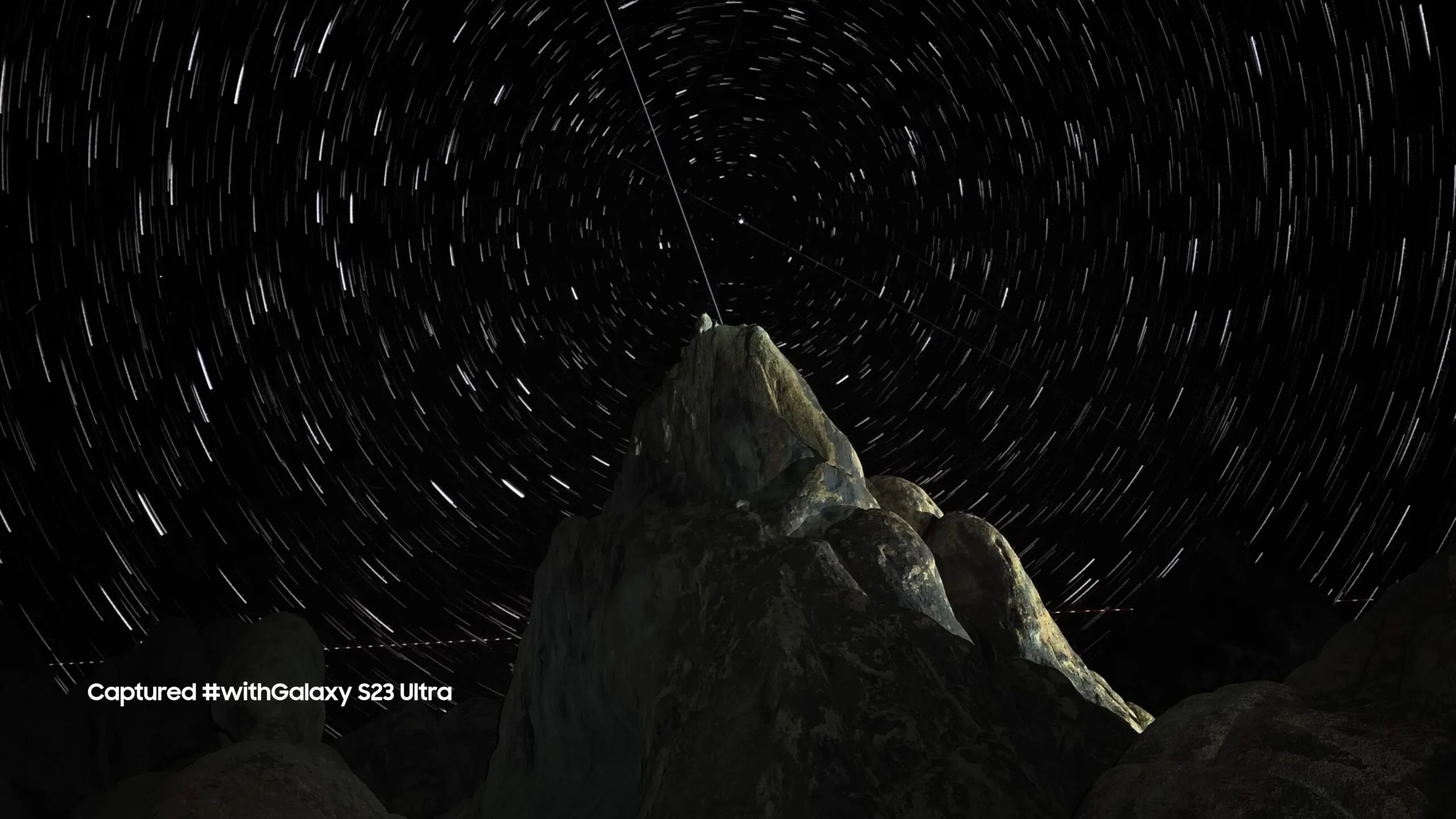
The difference is purely in the design – the rounded edges of the screen have become less rounded, and now the flat surface area is larger, which affects the convenience of work.
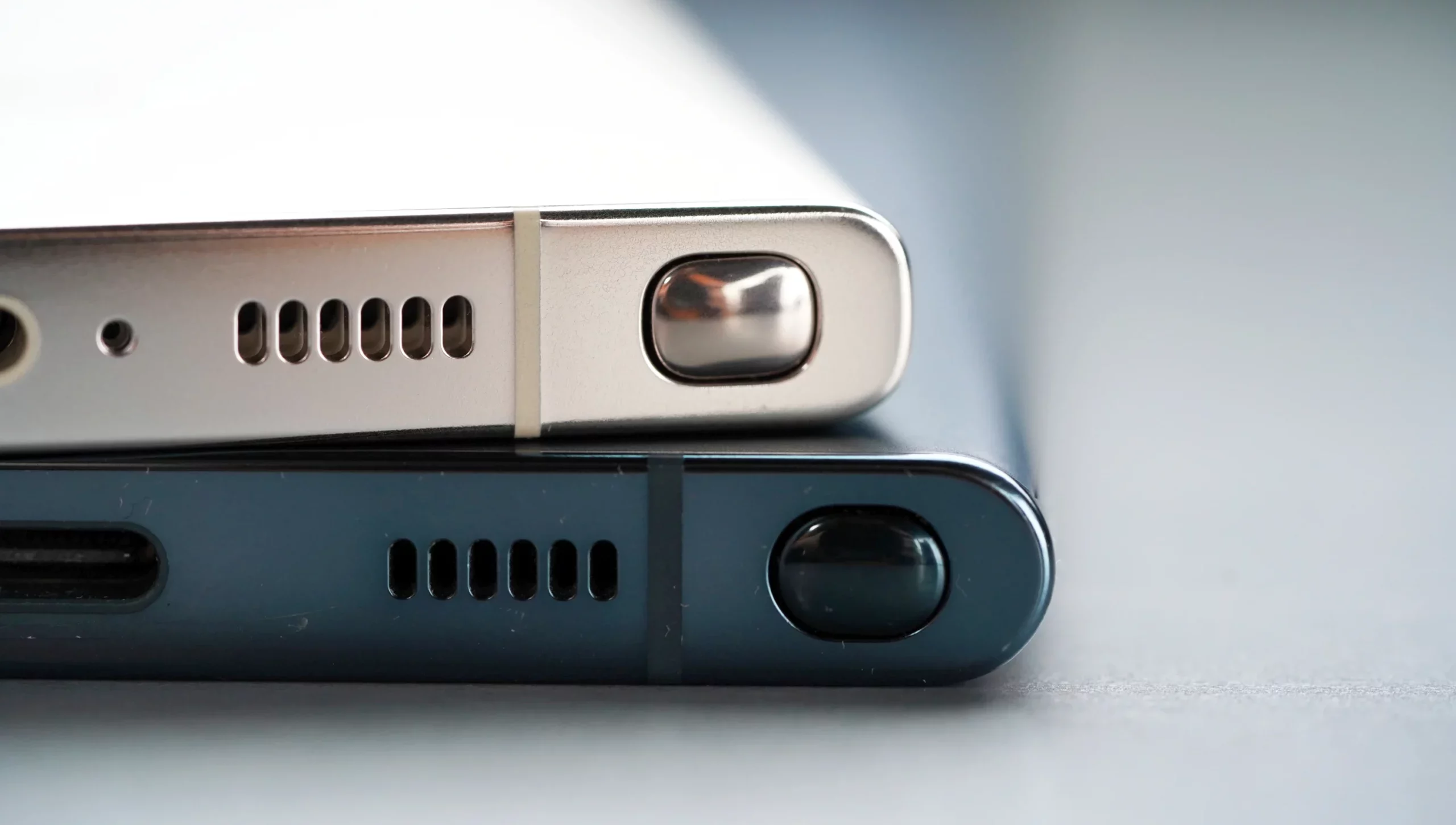
Other small but important differences include faster UFS 4.0 and LPDDR5x memory (ROM and RAM, respectively), a new generation Gorilla Glass Victus 2, a brighter (up to 1750 nits) screen, a newer version of Bluetooth, and better cooling (3 times larger camera surface that dissipates heat).
All in all, in my opinion, if you’re looking for the coolest Android, you should get the S23 Ultra and nothing older. And if you use the S22 Ultra, it doesn’t make much sense to sell it, losing money, and buy a new model. The 22 will be relevant for another 1-2 years in terms of performance and photo quality.
It remains to discuss the prices of Samsung Galaxy S23 Ultra. And they look like this:
- $1199 (8/256 GB)
- $1299 (12/512 GB)
- $1619 (12GB/1TB)
A lot, and a lot more. Someone will twist their finger at their temple and say, “That kind of money for a phone? You’re crazy.” But there are people who can afford expensive technology and are willing to pay for it. Ultra versions of top models are produced for them. And, frankly speaking, the basic Galaxy S23 Ultra is cheaper than the basic iPhone 14 Pro Max, which has less memory and worse cameras (but we’ll discuss the holivars in another post, today about Samsung).

In short, normal prices for the coolest Android smartphone. In Poland (where we are writing this review) and in Ukraine, they have certainly increased relative to the S22 series, but what can you do without inflation, war, crisis…
And it should be noted that prices for top Google phones are still falling rapidly. The Galaxy S23 Ultra can already be found in online stores for 15-20% cheaper than the official retail price, which looks very “tasty”. However, the “official” price also stimulates demand. For example, in Poland, pre-orders doubled the device’s built-in memory, and now they are giving away expensive Buds 2 Pro headphones as a gift.

Read also: Review and experience: Is it worth buying the Samsung Galaxy S22 Plus in 2023?
Samsung Galaxy S23 Ultra specifications
- Body: shock- and scratch-resistant Armor Aluminum frame, Gorilla Glass Victus 2 on both sides, IP68 water protection (withstands submersion to a depth of 1.5 meters for 30 minutes)
- Display: 6.8 inches, Dynamic AMOLED 2X, 3088×1440 resolution, 500 ppi, 120 Hz refresh rate, HDR10+, 1750 nits peak brightness, Always-on display
- Processor: Qualcomm SM8550-AC Snapdragon 8 Gen 2 (4 nm) for Galaxy, Octa-core (1×3.36 GHz Cortex-X3 & 2×2.8 GHz Cortex-A715 & 2×2.8 GHz Cortex-A710 & 3×2.0 GHz Cortex-A510)
- Video chip: Adreno 740
- Operating system: Android 13, One UI 5.1 shell
- Memory: 8/256 GB, 12/512 GB, 12 GB / 1 TB, UFS 4 and LPDDR5x memory types, no memory card slot
- Battery: 5000 mAh/year, PD 3.0 45W drone charging (65% in 30 minutes), 15W drone charging (Qi/PMA), 4.5W reversible drone charging
- Cameras:
- Main 200 megapixels, f/1.7, 24mm (wide), 1/1.3″, 0.6µm, multi-directional PDAF, OIS
- Telephoto lens: 10 megapixels, f/2.4, 70mm, 1/3.52″, 1.12µm, PDAF, OIS, 3x optical zoom
- Periscope telephoto lens: 10 megapixels, f/4.9, 230mm, 1/3.52″, 1.12µm, PDAF, OIS, 10x optical zoom, 100x digital zoom
- Ultra Wide Angle 12MP, f/2.2, 13mm, 120˚, 1/2.55″ 1.4µm, Super Steady video
- Video recording: 8K@24/30fps, 4K@30/60fps, 1080p@30/60/240fps, 1080p@960fps, HDR10+, stereo sound, gyro-EIS stabilization
- Front 12MP, f/2.2, 26mm, Dual Pixel PDAF, 4K@30/60fps and 1080p@30fps video recording
- Sound: stereo speakers, 32-bit/384 kHz audio, Tuned by AKG
- Network and data transfer: 5G, eSIM, Wi-Fi 802.11 a/b/g/n/ac/6e, Bluetooth 5.3, navigation (GPS, GLONASS, GALILEO, BDS), NFC, USB Type-C 3.2, support for Samsung DeX desktop mode
- Sensors: ultrasonic fingerprint scanner built into the screen, accelerometer, gyroscope, proximity sensor, digital compass, barometer
- Dimensions: 163.4 × 78.1 × 8.9 mm
- Weight: 234 g
Package contents
Samsung Galaxy S23 Ultra comes in a compact black box. There’s nothing extra in it – a phone, a cable, a paper clip to remove the SIM slot, and a short documentation. Samsung hasn’t been packing a charger with its flagships for a long time. And the days when you could find AKG headphones in the box are long gone. Which gives some people a reason to sigh, “There’s nothing for that kind of money! But there were times…”.

For those interested, here’s a video of the Samsung Galaxy S23 Ultra unboxing:
Design
We are looking at a large and beautiful phone, the appearance of which immediately suggests that the S23 Ultra is a premium model. And no one can argue with that!
As I already mentioned, there are almost no changes in the design compared to the S22 Ultra. Except for one thing – the screen, although it has retained its rounded sides, has become flatter. Thus, the disadvantages of such “infinite” screens – accidental touches, a strongly “curved” interface on the sides, and in the case of Ultra, it is also more convenient to use the stylus.
The phone is very large, you have to understand that. However, I don’t think anyone will write this down as a disadvantage of the Galaxy S23 Ultra. If a person decides on an ultra-model, he or she realizes that it is “ultra” in everything. Personally, I use the iPhone 14 Pro Max, which is not a small phone. And I can say that the Samsung is more comfortable, precisely because of the symmetrically rounded sides: it fits more comfortably in the hand and seems thinner than the clumsy iPhone. In general, yes, it’s big, yes, it’s heavy (234 g), but it’s not like your hand gets tired and it’s impossible to use. Personally, I like large screens because for me a phone is a tool for communication, work, and consumption of all kinds of information.

The materials are premium. The front and back sides are made of the most advanced Gorilla Glass Victus 2 glass to date.

However, there are no miracles, glass is glass. I received a model that had been in someone’s possession before and had noticeable scratches on the screen. However, they can be seen only at a certain angle and in certain lighting conditions, so they are not conspicuous.
The oleophobic coating is fine, although you still have to wipe off fingerprints from time to time.
The frame of the smartphone is metal, made of reinforced aluminum. It is noticeably stained with fingerprints, but I did not notice any scratches on it.
The black stripes around the edges of the screen are very narrow, on the left and right they are not visible at all because of the rounded edges. The bottom bar is a little wider than the others, but it’s not striking. The front-facing camera is in the middle of the screen, not too distracting.

The cameras on the rear panel have a distinctive look and are arranged as separate, unconnected modules. Now the entire S23 series has this design, previously only the S22 Ultra was distinguished by it. The optics of the cameras protrude strongly above the surface of the case.
If the phone is on the table, it’s inconvenient to use it – it wobbles and knocks against the metal rims of the cameras. For example, this is an unpleasant sound when combined with a glass table.
On the top end of Galaxy S23 Ultra there is nothing but a microphone. On the bottom there is a “house” for the stylus, the holes of the lower speaker, two more microphones, a Type-C connector for charging, and a SIM card slot.
The left side of the phone is empty. On the right side there are dual volume keys and the power/lock button. They are located at a convenient height.
To remove the stylus, you need to press the tip of the stylus like a button. The body of the stylus is plastic, with a pleasant soft-touch coating. It’s slightly flattened, so it’s comfortable to hold in your hand.
The tip of the pen resembles a ballpoint pen, and we’ll talk about its usability in a separate section.
And here I should also note that the top of the stylus clicks like a fountain pen! The stickiness is terrible, you can’t put it down!
The Samsung Galaxy S23 Ultra is available in four colors: black, cream (almost white, test version), green, and lilac. I saw all of them live at the Polish presentation, and they look great, so the choice of color is a personal matter.

When ordering from the official Samsung website, you can choose additional colors – gray, blue, light green, red.
I should add that the advanced ultrasonic fingerprint sensor is located in the screen. It works even if you put your finger to the off display, you just need to get used to where exactly to put it, since the screen is large, but it takes a few days. Of course, there is also face recognition, which also works without errors, but for me personally, the fingerprint scanner is more convenient.
And the final thing in the design section is that the model is traditionally protected against water according to the IP68 standard, Galaxy S23 Ultra can be wet or dropped into water, washed under the tap, or taken in the pool – nothing will happen.
Read also: Samsung Galaxy Tab S8 Ultra Tablet Review: Isn’t That A Bit Too Much?
Samsung Galaxy S23 Ultra screen
There’s nothing to write about here, except to say that the smartphone has a gorgeous top-level screen. It’s a pleasure to look at it and work with it. Minimal bezels, 6.8-inch diagonal, Dynamic AMOLED 2X matrix, high resolution 3088×1440 (Quad HD, higher than standard Full HD), 120 Hz refresh rate, HDR10+ support, peak brightness 1750 nits.

The color reproduction is perfect (and in the settings, if you wish, you can choose the saturation of shades and other options), the depth of black is the highest, the brightness is sufficient even for a very sunny day, but the screen does not blind the eyes in the evenings.

The picture is as clear as possible even in Full HD resolution, which is set by default. However, I turned on Quad HD, and although there is no difference at first glance, at second glance small elements, fonts, icons still look clearer. Although to save battery it is better to choose Full HD.

Thanks to 120 Hz, everything is very smooth, but it’s not just the refresh rate that does the trick here, the Samsung shell interface itself is also very good.
By default, the adaptive refresh rate is enabled – the phone sets the desired parameter depending on the task, in the range from 1 to 120 Hz. Again, this helps to save battery power. But, if you want, you can also enable the “always 120 Hz” option, although I don’t see the point in it.

There is also support for the Always On mode, and there are a lot of settings. You can choose whether the mode will be activated only for a certain time after touching the screen or whether it will be on all the time. You can also set the option to work on a schedule.
In AoD mode, the display can show the time, date, day of the week, battery power, the name of the currently playing track, or the icon of an app with an unread message. The design is highly customizable. If you activate AoD to work from 8 a.m. to 10 p.m., the mode will consume no more than 5% of the battery.

Read also: Choosing a Foldable Smartphone: Samsung Galaxy Fold vs. Flip – Which Type Is Better?
Performance, processor, memory
And there’s not much to write about here. The novelty is based on Qualcomm’s latest chipset – Snapdragon 8 Gen 2 for Galaxy. And not the same one as in other phones, but for Galaxy. What are the features?
Firstly, the chip has overclocked frequencies, the main Cortex-X3 core supports up to 3.36 GHz, which is 0.16 GHz faster than the standard version. The Adreno 740 graphics processor is also faster, overclocked by 39 MHz compared to the base one. And that’s not all! The Cognitive ISP module has been added to the system-on-a-chip, which improves photo processing with artificial intelligence, making photos more natural. That is, in theory, photos from the S23 Ultra should be better than from other smartphones with the basic version of Snapdragon 8 Gen 2.
One more thing about AI: the Galaxy version of the chipset has an improved Snapdragon Hexagon module to improve the performance of artificial intelligence, although it will probably be impossible to notice it without specialized tests. Nevertheless, there are a lot of changes.
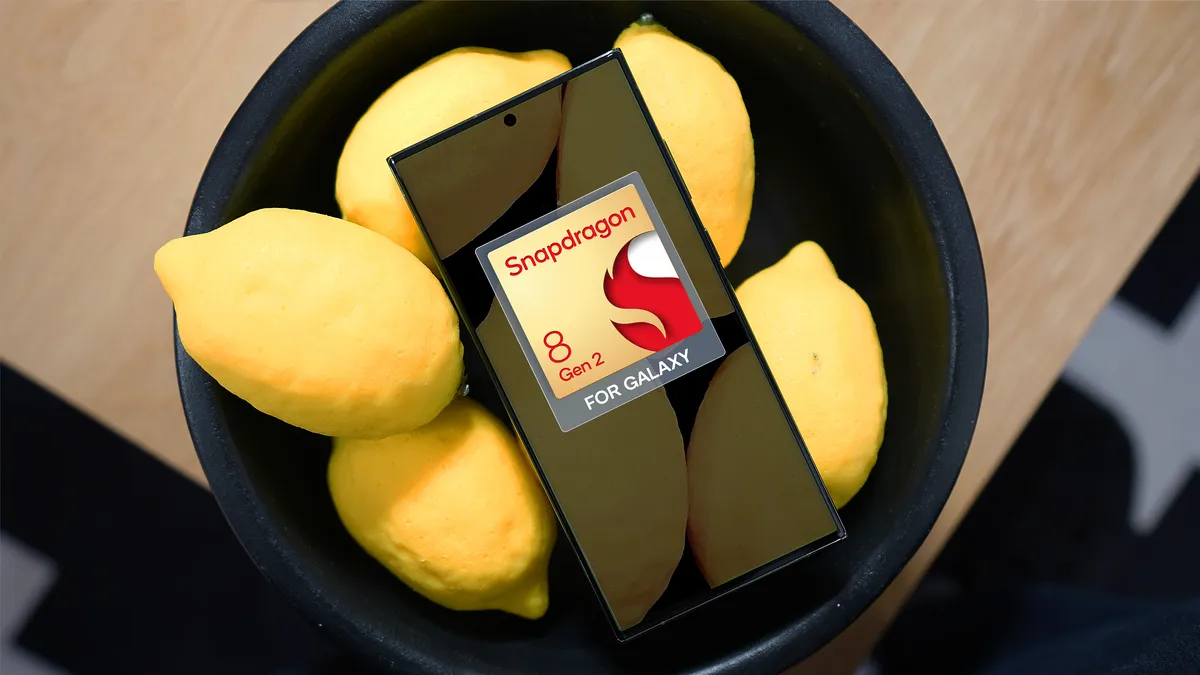
Of course, the Samsung Galaxy S23 Ultra is very fast, of course, it can handle any tasks, any high load, any new games. And Snapdragon is great.
Let me remind you that previously, the top Samsung models supplied to Europe were powered by proprietary Exynos processors. “Customers did not like Exynos very much for their not very stable performance and excessive heating, so many chased after the American versions of Galaxy. Now there are no such problems, the S23 is powered by a quad-core processor all over the world.
Unlike the Snapdragon 8 Gen 1, the new generation processor is, of course, even faster, but more importantly, more energy efficient and economical. And this is very noticeable, as we will discuss in the section on Galaxy S23 Ultra battery life.
And the Snapdragon 8 Gen 2 cannot be called “hot”, and Samsung’s cooling system is excellent. In everyday use, the phone stays cool. Even under high load, it heats up minimally, mainly in the upper left corner.

Galaxy S23 Ulta can become noticeably hot only during long stress tests, but you need to understand that no game or heavy task in real life gives a constant 100% load on the processor, as the tests do. At the same time, there is throttling (a decrease in performance under heavy load), but it is not very noticeable.

Below are the results of various benchmarks and stress tests for those who are interested:
Samsung Galaxy S23 Ultra is available in 3 memory options – 8/256 GB, 12/512 GB, 12 GB/1 TB.
As for the RAM, 8 GB is enough for any task today. But it’s better to pay extra for 12 GB if you have the opportunity. Also, as in all modern smartphones, there is an option to expand the RAM with permanent memory. This, of course, is not an analog of real RAM, but it does give a certain performance boost.
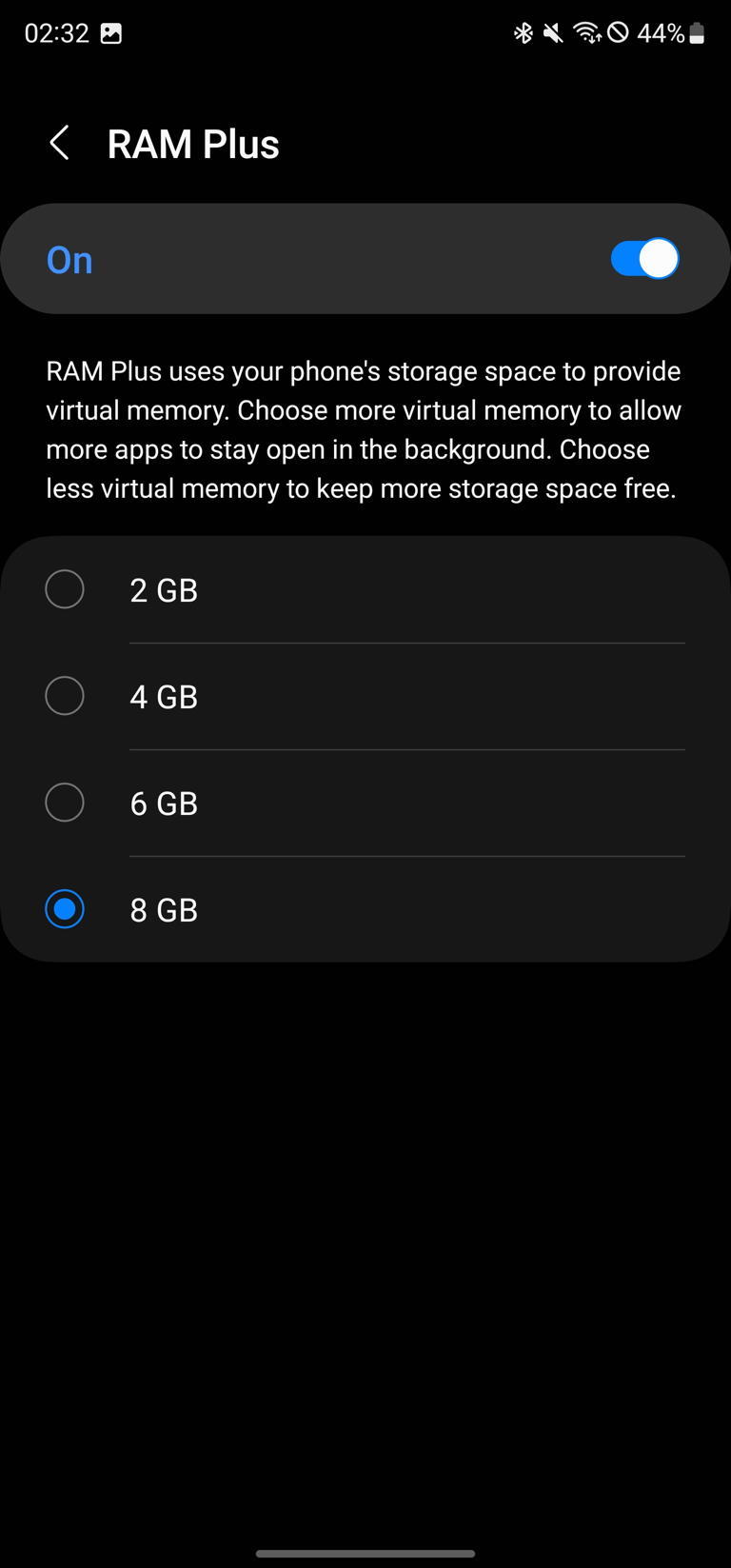
I would highly recommend paying extra for a 512GB or 1TB version. That’s because the operating system and preinstalled apps take up more than 50 GB! This is rare, on average systems take up 10-15 GB, and 50 is something out of the ordinary. In the case of the ultra with 256+ GB, this is tolerable, but if you take the younger S23 model with 128 GB of memory, the problem becomes critical, because there is no support for memory cards.
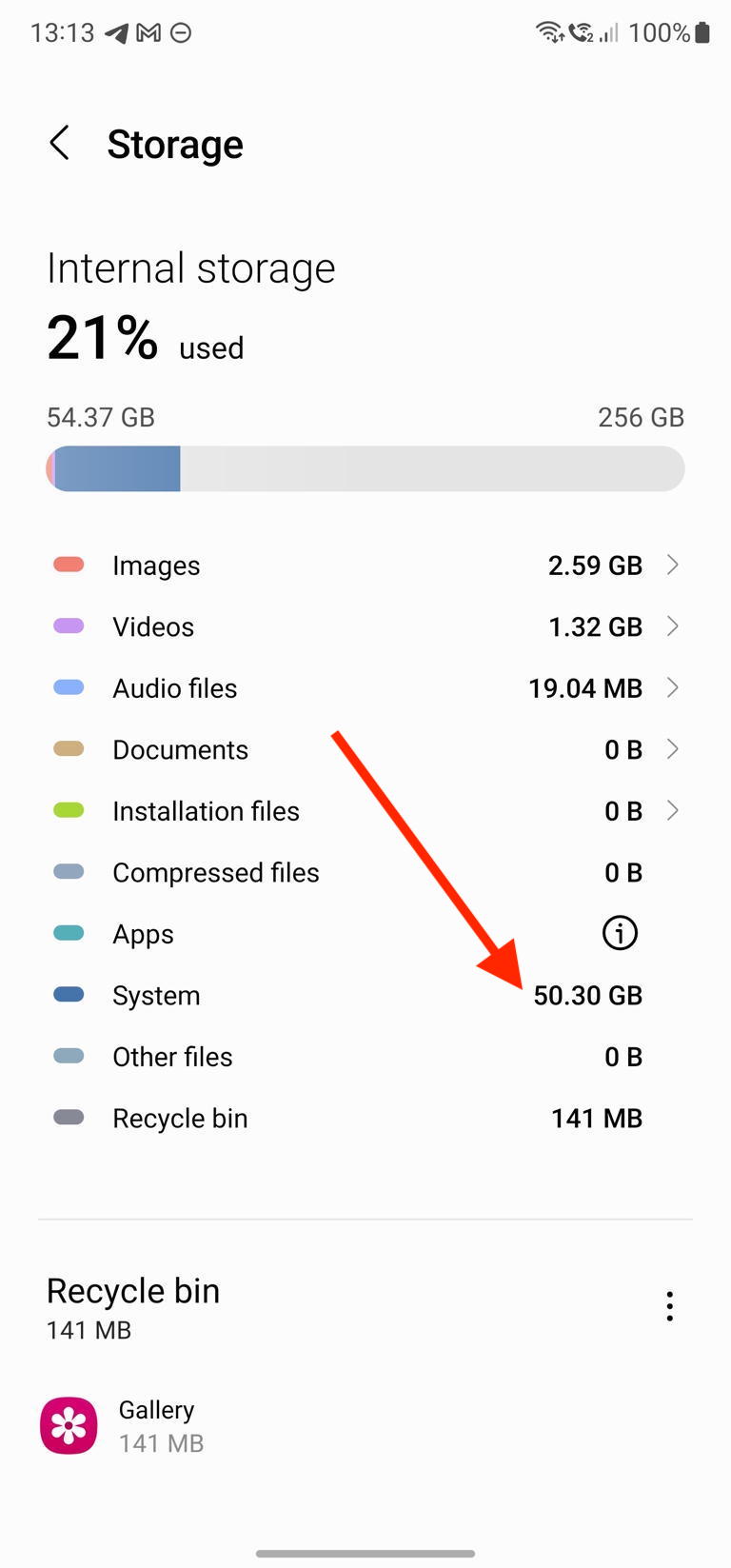
On the plus side, the memory modules are the latest and fastest, the RAM is LPDDR5x, and the drive is UFS 4. This also affects the speed of the smartphone.
Read also: Samsung Galaxy M53 Review: Slim Mid-Budget Phone With Great Cameras
Cameras and photo quality
So, here’s the most interesting part of the review. We are looking at the flagship of 2023 with the most advanced cameras. And there is definitely something to test here.

On the back panel we see 5 “eyes”, but in fact one of them is a laser autofocus. And of the rest we have:
- 200 megapixel main module with optical stabilization
- Two 10 megapixel telephoto lenses – one conventional with 3x magnification without loss of quality, the other periscope with 10x magnification, both with excellent optical stabilization
- Ultra-wide-angle module of 12 megapixels.

Photos on the main lens, 200 megapixel mode
In good light, the pictures are gorgeous. Excellent detail, excellent color reproduction, wide dynamic range, you won’t find any flaws, even if you look hard.
SEE THESE AND OTHER PHOTOS IN FULL RESOLUTION HERE
I note that photos are saved in 12 megapixel resolution (16-in-1 pixel binning technology for photos with “large” 2.4μm pixels and better quality in low light), but there are 50 megapixel and 200 megapixel modes in the settings. In these modes, some functions are not available, such as zoom. Shooting at a high resolution can be useful, for example, to cut out a fragment of a photo with a good resolution. However, I personally prefer to shoot in standard resolution and use the zoom. Moreover, files of 50 and especially 200 megapixels can weigh several tens of megabytes. And high-resolution photos take longer to create and store.

Below are a few examples, on the left are normal mode shots, on the right are 200 megapixels. Our website reduces the size of photos for optimization, so these and other images are available in full size here.
SEE THESE AND OTHER PHOTOS IN FULL RESOLUTION HERE
One of my readers asked me if you take a 200-megapixel photo and cut out a fragment from it, will it look like a strong zoom? No, it won’t, because with a strong zoom (more on that below), active post-processing involving AI comes into play. But 200 megapixels still allow you to enlarge/crop a piece, and it will be larger and clearer than with 12 megapixels. Maybe it will be useful to someone someday. Here’s an example:
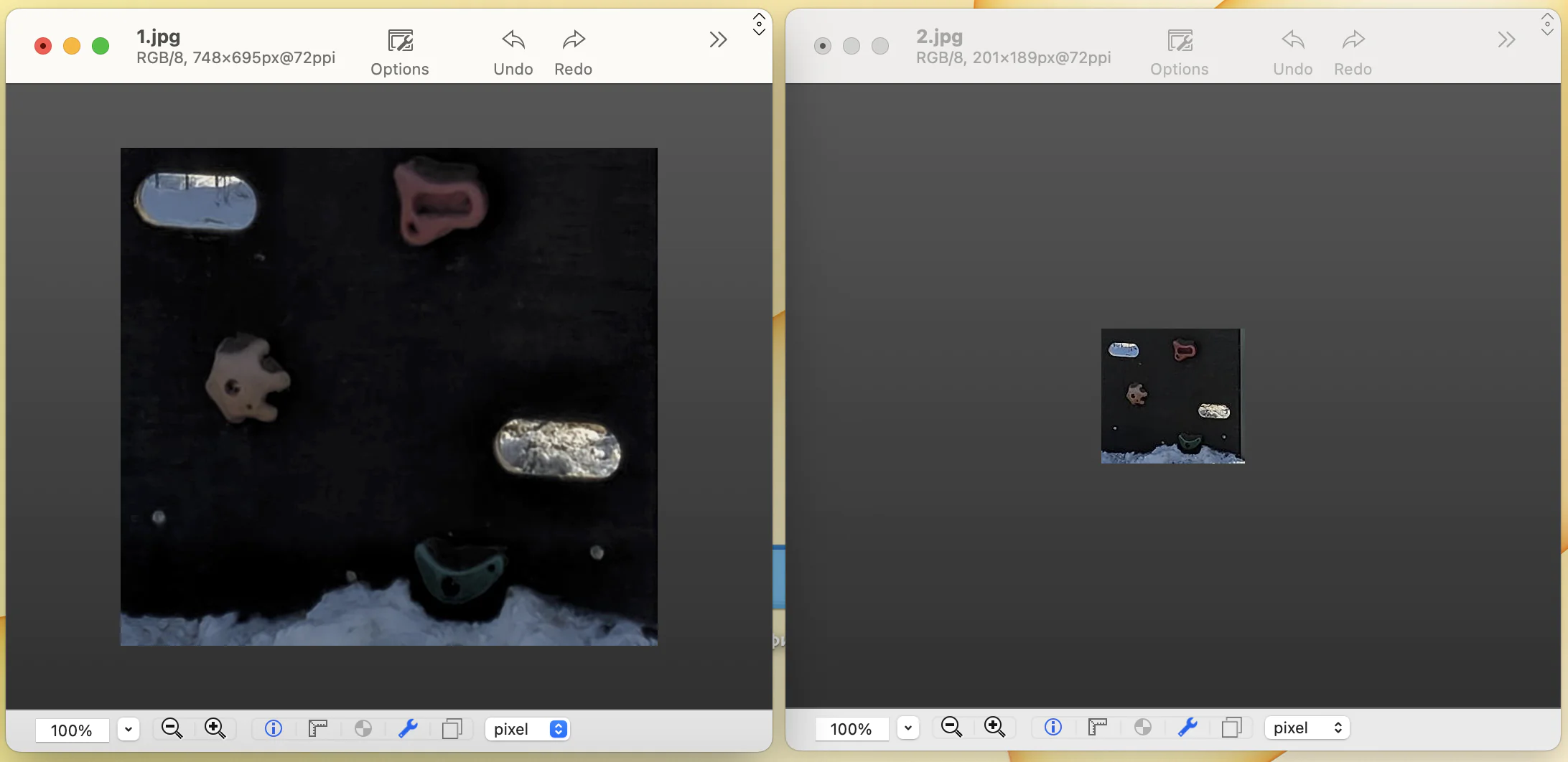

I’d like to point out a nuance. When I just received the Galaxy S23 Ultra and took the first photos in my apartment, I was surprised that the quality was mediocre. And only after a while did I notice that the Focus enchancer option was automatically turned on. But this is not an improvement, but sometimes a deterioration. The point is that when you are not very close to the object, the phone already switches to a wide-angle lens for the sake of allegedly better focus. This results in a photo of poorer quality (especially if the lighting is average) and without a blurred background. Here are examples, a photo with the main lens on the left and a wide-angle lens on the right (and more examples in this folder).
SEE THESE AND OTHER PHOTOS IN FULL RESOLUTION HERE
Focus enhancer can be turned off, but the function is enabled by default, so you need to be careful not to accidentally take a photo of poorer quality.

In general, the function is necessary (it implements macro photography through a wide-angle lens), but I would correct the moment when it is automatically activated.
Night photos on Samsung Galaxy S23 Ultra
There are no problems with night shooting and shooting in low light (for example, at home in the evening). The S23 Ultra is definitely the market leader here. I liked the photos from the S23 Ultra better than from my iPhone 14 Pro Max. You do not need to activate the night mode separately, the phone does everything automatically. Examples:
SEE THESE AND OTHER PHOTOS IN FULL RESOLUTION HERE
Wide-angle lens, macro mode
The wide-angle lens takes great photos. We can’t say that it is noticeably worse than the main lens. Although, as already mentioned, the main lens is still better in imperfect lighting. However, they have different tasks – if you need to fit more in the frame, you can’t do without a wide angle. Here are examples, wide angle on the right:
SEE THESE AND OTHER PHOTOS IN FULL RESOLUTION HERE
The wide-angle camera is also equipped with autofocus, so it allows you to take photos in macro mode at a maximum approach of 2-3 cm from the subject. This functionality is implemented on many top models, including the iPhone 14 Pro. The quality is good, the clarity is excellent, and it is advisable to try to hold the phone as steady as possible.
SEE THESE AND OTHER PHOTOS IN FULL RESOLUTION HERE
Zoom up to 100x
The camera interface has many zoom levels, with a maximum of 100x. At the same time, 3x and 10x are provided by special telephoto lenses with virtually no loss of quality. A very powerful optical stabilization system, which each module has, allows you to get great close-up shots. Previously, I tested models with 50- and 100x zoom, but most often it was not a zoom, but a torment, because the picture was “floating” and shaking, and it was impossible to catch something clearly in the frame. With Samsung, there are no such problems, you can directly feel how perfectly the stabilization system works. It’s a thrill!
We can say that this is not a smartphone, but a real periscope or telescope. I played with the zoom function a lot during the tests. There are no analogues of this quality on the market yet. Well, my iPhone 14 Pro Max, which, by the way, is more expensive than the Galaxy S23 Ultra, is not capable of anything like this in principle.
Here are some examples of approximation. At 100x, you can see details that you simply can’t see with your eyes, especially if your eyesight is not perfect.
Of course, starting from the 10s, the phone no longer uses optical means, but software. And here Samsung is doing great. I’m sure that some kind of artificial intelligence helps to process the received frames, which is able to draw some elements on its own. For example, take a look at the 100x zoomed-in text of a sign at a school stadium. It is perfectly clear and absolutely readable!
SEE THESE AND OTHER PHOTOS IN FULL RESOLUTION HERE
In general, it should be noted that a 100x zoom is a variation of a 30x zoom. That is, there won’t be any dramatic jump in quality after 30x.
In low light, by the way, the quality is also excellent. With my own eyes, I wouldn’t have been able to see that there was a suitcase on the closet in my apartment and that there were some papers with text outlines hanging on a stand in the office.
And in the photo below, you can hardly guess (unless you know the area) where the sign of this store is. And it’s impossible to see it with your own eyes.
So I’m going to give you a hint:

With such a camera, you can monitor people, vehicles, etc. For example, look at the readability of license plates. It’s hard to understand where this car is in the first photo without getting closer, right? I’ll give you a hint – next to the red and yellow containers.
There are no problems with faces either. You can shoot from a distance and see what kind of person is walking. And the person will not even realize that you are looking at them so close. Yes, if the subject is moving, it’s harder for the stabilizer to catch it clearly, but in any case, the phone does an excellent job. For example, in the first series of shots, we don’t really understand who is sitting in the distance, but as you get closer, everything is clear – a dorky young mother who sat down on a bench to look at her smartphone while her child is sleeping. Look closely, she’s even smiling – almost an invasion of personal space!
I had a problem only when I tried to shoot a swan on a lake at 100x. The water was rippling from the wind, the swan itself was swimming and turning its head, in general, it was a kind of impressionism that shows that the S23 Ulta is still capable of not everything. But it is capable of a lot.
SEE THESE AND OTHER PHOTOS IN FULL RESOLUTION HERE
What a cherry on top! Shooting the moon. It’s nothing unique, since the S22 Ultra could do it too, but it’s impressive anyway.

We point the camera at the Moon on a clear evening. 3x – nothing interesting. 10x – blurry and nothing interesting. But at 30x, the magic happens! And the illuminated muddy circle turns into… the Moon! With its craters and other recognizable features!

First of all, I remembered the story of Huawei phones, which a few years ago boasted of ultra-smartness, but in reality substituted a stock image when taking pictures of the moon. However, this is not the case with Samsung. I compared photos from different users, including my own on different days and from different locations. Of course, they are very similar (how else, it’s the Moon, it doesn’t change), but there are still differences. So this is clearly not a fake picture, but nevertheless a great job of AI that draws what is needed.

Video
The phone records video in all possible formats: 8K@24/30fps, 4K@30/60fps, 1080p@30/60/240fps, 1080p@960fps. For myself, I don’t see the point of shooting in 8K or even 4K, as such files take up a lot of space and, although of excellent quality, are still not as smooth as 1080p. In general, the videos are worthy of the title of flagship model – day or night, the picture is beautiful, the color reproduction is perfect, the stabilization is awesome, and you can jump around. Examples of videos uploaded to YouTube are below, and if you want to download and take a closer look, everything is in this folder
Of course, I can’t help but talk about the zoom again. It works great when recording video, and an effective stabilizer helps to keep a moving object in the frame. Galaxy S23 Ultra’s “periscope” allows you to follow people from a distance of 10 meters or more. And it’s great to see their faces, facial expressions, emotions, not to mention the details of their clothes. And people will not even suspect it! It’s magic! See for yourself:
There are various features that help with video shooting, such as Auto Frames mode, which helps to keep selected characters in the frame. There is an ultra-stabilized video mode VDIS for difficult conditions (for example, shooting on the run). There’s also an interesting director (or streamer) mode, where you shoot something with the main camera and the front-facing camera captures your face.

Video Pro mode, slow motion, and ultra slow motion are also available. Below are a few examples. For better quality, it’s better to shoot in good natural light, in my case, evening lighting in the apartment, but the quality is quite acceptable.
Front camera
It uses a 12-megapixel module with phase detection autofocus and the ability to record video up to 4K. The photo quality is excellent. Samsung noted that they have improved the front-facing camera in poor lighting conditions. And it’s true! The shots are clear, not overexposed. In the examples below, the last two shots were taken in dark rooms.
I can’t help but leave a comparison with the iPhone here. The iPhone turns the face into a blurry pink mess (you can see it better when you zoom in), while the Samsung uses all the available light to get the best shot.
The front-facing camera can “change” the focal length (programmatically, of course), meaning it can take selfies closer and farther away. This happens automatically if the phone sees someone else in the frame and switches to a wider angle. Examples:
SEE THESE AND OTHER PHOTOS IN FULL RESOLUTION HERE
Other features, camera interface
As with any camera, there is a portrait mode that blurs the background perfectly – and better than previous Galaxy cameras. Both on the main camera and on the front camera.
There is an advanced Pro mode with manual settings.
There is an updated Expert RAW mode that now supports a higher 50MP resolution. It’s available from the camera menu, but for the first time, Expert RAW must be downloaded as a separate app from the Samsung catalog.
There’s also an Astro Hyperlapse mode, which allows you to shoot the starry sky in hyperlapse (accelerated video). I didn’t have the time or clear enough weather to test it, so I was satisfied with the photos of the moon.

During the shooting, you can add various objects to the frame (stickers, masks), you can choose color filters.
I also liked the AR Zone app, which is available in the camera interface but also requires a separate installation. It allows you to create animated emojis, add stickers and effects to photos and videos in real time.
Also worth noting is the ability to process finished photos. There are all the standard functions (cropping, rotation, color correction, etc.), as well as more interesting ones. For example, you can add some elements, pictures, and change effects to a photo.
Another interesting thing is that you can cut out unnecessary objects and even people from a photo with a single touch (it works great). Or copy objects from a photo to paste them somewhere else. iPhones have a similar feature. It doesn’t always cut perfectly (depending on the background), but it’s good enough.
To conclude this section, I’d like to point out that all the pictures in all modes from the S23U + video are in this folder on Google Drive in their original size, so you can study and compare them yourself.
Read also: Samsung Bespoke Jet: Review of a vertical vacuum cleaner with a self-cleaning station
Operating system and One UI shell
Samsung Galaxy S23 Ultra runs on the new Android 13 with the proprietary One UI version 5. It is believed that One UI is the best shell in the Android world. Great design, animations, icons, widgets, good implementation of the theme engine (there is a powerful separate application), convenient adaptation for one-handed operation, and a large number of useful settings. Perhaps only Huawei makes such a good shell, but it has its own nuances – there are no Google services.
One UI 5.1 has no noticeable differences from previous versions. Among the small things are the option to blur the background during video calls, the Samsung Private Share function based on blockchain technology for confidentially sending files to selected contacts. The Routines and Modes function for automation is not new, but it has been simplified and improved. It allows you to, for example, automatically connect your phone to certain devices when you are at home or at work, turn off the local SIM card when you travel abroad, set up time and location-based app synchronization, fast charge shortly before you wake up, and so on.
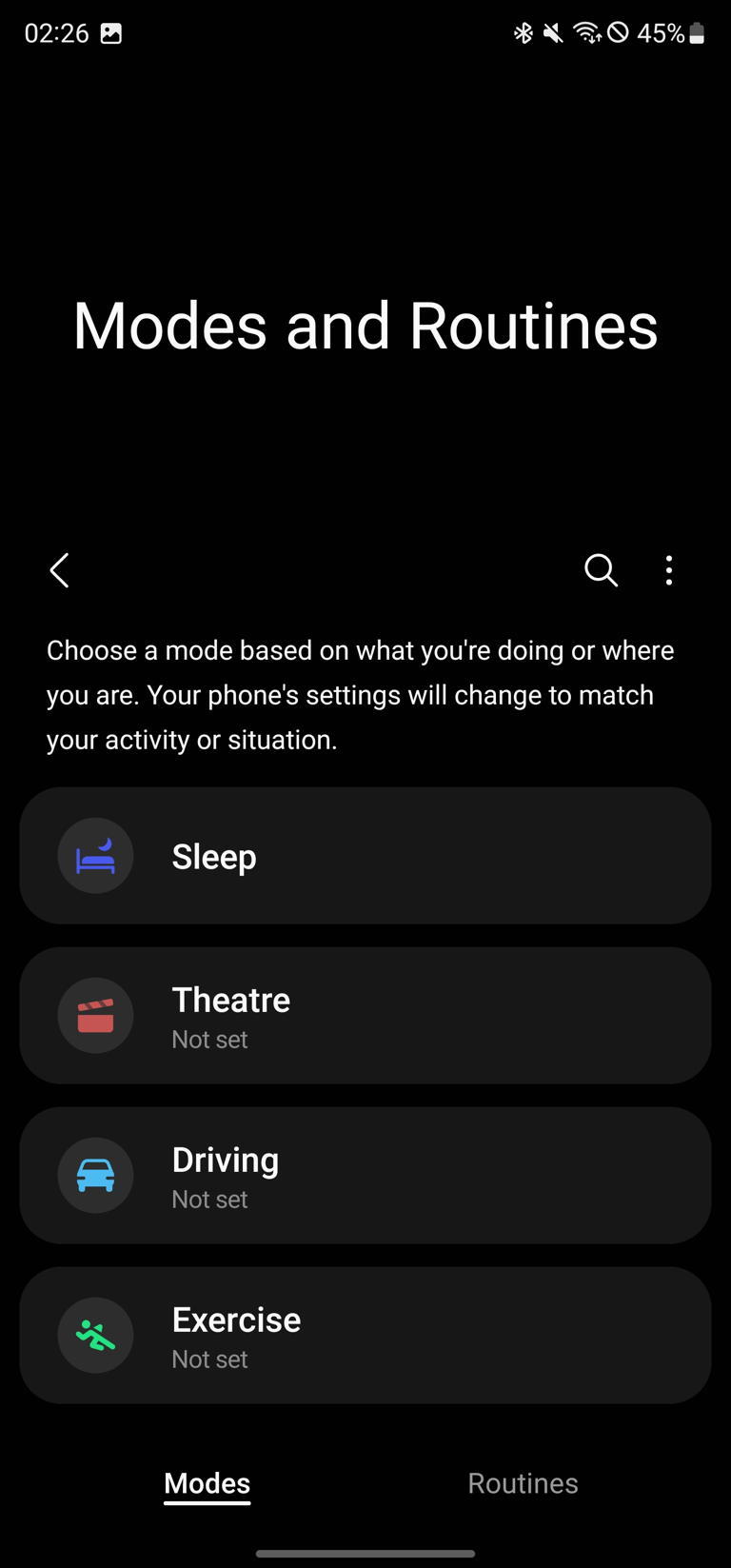 A useful feature of the Samsung One UI shell is the Edge panels. They appear when you swipe from the side of the screen and contain icons for applications, contacts, and useful tools (news, weather, etc.).
A useful feature of the Samsung One UI shell is the Edge panels. They appear when you swipe from the side of the screen and contain icons for applications, contacts, and useful tools (news, weather, etc.).
As in other shells, there is a Game launcher where you can find options for changing performance, limiting distractions during the game. In the settings, you can also find an option to configure a double press of the side key, various gestures and tricks (active screen when you look at it, mute gesture, opening the notification curtain by touching the fingerprint sensor, and so on). There is also the ability to use two accounts in instant messengers (Dual Messenger), a convenient one-handed operation mode, and a memory wipe utility.
There is a windowed mode and a split screen mode, it works clearly.
Samsung has a lot of its own programs and services. Almost everything that Google has is duplicated – it has its own cloud, its own browser, its own gallery, its own notifications, its own software catalog, and so on. That’s also why the system takes up more than 50 GB… And, of course, you have to create a Samsung account if you don’t have one. Most applications are uninstallable, and if some cannot be uninstalled, you can disable them (they will not be visible in the software catalog, but they will continue to take up memory) so that they do not bother you.
In general, Samsung is building its own Apple-like ecosystem with seamless data transfer between laptops and smartphones, sharing data, screens, etc.
When I tested the S22+, I noted that even the best Android smartphone is not as smooth as an iPhone. With the S23 Ultra, I had no such impression – everything is just as fast, beautiful, and smooth. Perhaps the software has been “finished”, perhaps it is the merit of a more advanced processor, but there is nothing to complain about.
Read also: Review of the Samsung AX32 smart air purifier (AX32BG3100GG)
Data transfer
Everything here is at the level of the top model – fifth-generation networks, two SIM slots plus eSIM support, the latest generation 802.11 a/b/g/n/ac/6e Wi-Fi, the latest Bluetooth 5.3, all kinds of satellite navigation, NFC for payment in stores, USB Type-C 3.2. Everything works as it should.

But we are much more interested in…
Desktop mode Dex
Samsung’s Dex mode, in which a smartphone connected to a TV or monitor can act as a laptop computer, has been around for a long time. However, I haven’t used it for several years, so I decided to test the S23 Ultra to the fullest, including Dex. I have a lot of impressions!
The first surprise was that a conventional cable with Type-C on both ends did not work. Although, for example, similar modes from Motorola and Huawei worked with such cables. On its website, Samsung recommends using a Type-C to HDMI cable or a special hub to which you can connect both the phone and peripherals such as a keyboard and mouse.
My friends told me that there are some cables and Type-C connectors that will work with Dex, but there is such a zoo of certification and compatibility of accessories that it will take a while to find the right one. Of course, it’s easier for the manufacturer to make money by selling the original ones.
Well, in the absence of the necessary cable, I decided to try out the wireless version of Dex. First, with a Huawei MateView monitor. The first unpleasant moment was that the image turned out to be stretched, since the monitor itself has a non-standard aspect ratio. And there are no settings. On the one hand, it’s a trifle, but on the other hand, it spoils the impression.

The second, more unpleasant moment is the very inconvenient control. Yes, the phone can be used as a touchpad, but it’s not like controlling the phone with a touchscreen. There are delays during wireless data transfer, the controls are fuzzy, and it’s annoying.
You can also control the stylus, but it doesn’t get any better.
In general, in Dex mode, the phone really does provide a PC-like interface. There is a bottom menu with application icons, date and useful indicators, you can open several windows, change their size, transparency options, move them around, expand them to full screen.
Then I connected the smartphone to my TV, also using Dex wirelessly. The image fit the screen fine, but I would have liked more resolution, but the wireless Dex has limitations.
After a bit of trouble with the phone as a touchpad, I connected a mouse to the smartphone. It became a little more convenient, but still not very much, since the delay during wireless data transmission to the screen is noticeable.
Well, I gave up and decided to order a suitable cable with Type-C and HDMI. It’s not the original, but there are many analogs on sale.
First, I connected it to the TV. The picture did not fit the screen completely in height, but it was not critical. There was also a choice of higher resolution, scale, and font size.

I connected a wireless mouse to the phone, and I was pleased to see that there were settings for the cursor, speed, and accuracy. There were no more problems with control.
But a TV is still not the most practical solution. Showing someone photos or videos… Maybe read a long article – I don’t see any other options. By the way, it turned out that mouse scrolling doesn’t work for scrolling, so it’s not the best option for reading the Internet either.
Then I connected the Galaxy S23 Ultra with a cable in Dex mode to the monitor. The picture was no longer stretched, black bars appeared at the top and bottom to compensate for the non-standard aspect ratio. I wanted to connect the keyboard to the USB port of my monitor, but with HDMI connection, it could not work as a hub. I will add that via HDMI the smartphone also does not charge, so you have to use a wireless charger if you want to use Dex for a long time. But I did not want to order a separate hub for the sake of the test, maybe next time.
I tried to simulate the work I usually do on a laptop. This is primarily work with websites, texts (copying, editing), and images. I immediately encountered a whole bunch of glitches, for example, the second mouse button in Chrome simply did not work (and not only there), I could not copy text. Sometimes one of the open windows would pop to the forefront while I was working with another window. Dragging and dropping files is also a bit of a mess, sometimes it works, sometimes it doesn’t. The problems were discussed in many places, here is an example, and another example.
It’s quite possible that the point is that you need to reorganize and get used to it. On my laptop, everything is familiar to me, but here I have to figure it out from scratch. However, I still don’t really understand the benefit of this mode and especially people who claim that Galaxy is their main computer. As for me, it is better to have a normal laptop (they are not so expensive nowadays). It will come in handy both at home and when traveling. So how do you work with Dex mode while traveling? Do you take a monitor, mouse, and keyboard with you? Look for compatible TVs somewhere? It sounds too complicated.

For me, Dex is an interesting feature that works stably (but better over a wire). But it is still a mobile OS that tries its best to imitate a desktop OS, but it is far from a normal desktop OS.
Read also: Realme Pad X Review: An Extraordinary Tablet
Working with the S Pen stylus
Well, let’s discuss another interesting point, which, moreover, applies exclusively to Ultra series phones. This is a stylus built into the body. “In this regard, the Ultras are the successors to the Note series models.
The stylus is gorgeous. There is absolutely no lag during use, and it completely imitates a pen/marker/pencil – depending on which mode you choose. Of course, it also recognizes the force of pressure. And there are even drawing sounds – complete immersion!
Interestingly, the phone recognizes the stylus not only during physical contact with the screen, but also when its tip is a couple of millimeters above (Air View function). And it draws a round mini-cursor – conveniently and elegantly.
The video has this feature:
Air View also allows you to use previews in different programs. For example, in the case of YouTube videos, you can physically move around the timeline and see freeze frames without touching the screen. And in the case of a gallery, you can preview a photo. “You can use the Air Cursor to translate selected phrases in the text when you activate a certain mode, and so on.
Of course, the S Pen is not primarily aimed at artists and drawing enthusiasts, but at those who make handwritten notes, marks in documents, etc.
Maybe I type too much and too often on the on-screen keyboard, but for me it’s much faster to write something on it (the auto-correct and auto-completion functions help) than to write by hand and rely on OCR, although it works pretty well.
In short, for me, the stylus is more of a toy – my friends’ kids have been using it with gusto (their artwork is below). But I don’t see any practical use for myself.
When you take the stylus out of the case, the phone automatically recognizes it and brings up a special menu that responds exclusively to the stylus (not your fingers). In it, you can select a fragment of the screen and draw/write something on it, you can take a screenshot of the entire screen and, again, do something on it with the stylus.

Live Messages – when your phone records your drawing and sends it as a live message with effects. Some examples:
AR Doodle is a feature we’ve already talked about in the camera section, the ability to draw on video.
You can change the stylus menu and add other options if you wish.
The stylus can be used not only to control the phone (instead of your fingers) and draw/mark, but also to control the phone remotely, and it has a button for this. You can customize gestures to launch apps, release the shutter to take a photo, control playback, and more.

Read also: Motorola Edge 30 Ultra Review: Can Moto Make Flagships?
Sound
Samsung Galaxy S23 Ultra stands out for its stereo sound. One speaker is located at the bottom, and the role of the second is played by a barely noticeable earpiece speaker located above the display. Of course, ideally, we would have liked to have two full-fledged speakers on both sides of the case, but we have what we have. Moreover, there are no complaints about the sound: the stereo effect is perfectly balanced, the volume is sufficient for any conditions, the sound is clear, crisp, even quite bass, and also noticeably voluminous and spatial.
There is support for Dolby Atmos with different modes available from the settings.

I’ve never had any problems during conversations either – I’m heard perfectly, and I hear everyone perfectly.
There are no 3.5 mm jacks in flagships anymore, so you have to use wireless headphones to listen to music.
Samsung Galaxy S23 Ultra battery life
Like last year’s Samsung Galaxy S22 Ultra, the new model has a 5000 mAh battery. However, thanks to the new generation processor, energy efficiency has increased. And I can say with confidence that the Galaxy S23 Ultra is the most durable smartphone I’ve tested recently!
Earlier I said that with my tasks (my phone is a window to the world, my main camera, a way to communicate, work and get information, navigate the city, etc., and I almost never let it out of my hands), only the resilient iPhone 14 Pro Max is enough for a day. And now it’s been pushed down on the pedestal by the Samsung Galaxy S23 Ultra. I’ve never been able to put it down, even if I didn’t sleep and looked at my phone until late at night. After an active day, there was always about 30% left. And even though I used the maximum screen resolution of Quad HD (and the adaptive screen refresh mode up to 120 Hz), and with Full HD+ it will be even better. The model can provide up to 8 hours of SoT (screen on time with active use).
I ran a PCMark battery test, and I ran it the day before the smartphone was to be sent back to Samsung.

The phone lasted almost 15 hours (with the screen constantly on and various tests), and I barely had time to pack it up to hand it over to the courier!

The increase compared to the S22U with the same 5000 mAh is significant.

Long battery life is a huge advantage of the older models of the S23 line over the younger ones. Yes, the S23 and S23+ have slightly more capacious batteries and more advanced processors, but still, at least for me, they would barely survive until the evening (in the case of the S22+, it was quite sad).
The phone doesn’t discharge quickly, but it charges… slowly, too. Nothing has changed since last year – 45 W charging via a wire, 15 W wireless charging plus reverse charging (for charging other phones or watches, headphones). While competitors even in the mid-range segment offer 120+ W charging, Samsung is being modest. It seems that they still have a complex after the story of the Note 7 battery explosions.
It should be borne in mind that there is no battery in the package, and for the phone to charge at a maximum speed of 45 watts, you need not just any charger, but a specific one, of the Power Delivery 3.0 standard (there are native ones, of course, which are expensive). The power can be higher than 45 watts – the phone will “take” no more than it needs. I charged the smartphone at night on wireless charging, but judging by other reviews, it takes about 1 hour and 10 minutes to charge with a wire at maximum speed, if you take a 25W charger, it takes about 1 hour and 20 minutes, so the difference is not that significant. And half an hour of charging is enough to get about 60% of the charge.

Read also: Asus ROG Strix SCAR 17 SE (2022) Review – The “You Can” Laptop
Conclusions
What can I say – Samsung has once again created the coolest Android smartphone. It’s expensive, but it has the best cameras (night photography, high-quality zoom up to 100x and super-stable video are especially impressive), a great display, excellent ergonomics and durable premium materials, high performance and simply record-breaking battery life, especially for such a powerful device. Other features include great sound, the ability to work with a stylus (it’s built into the body) and convenient software for it, a great shell for Android One UI version 5, and the ability to use the smartphone as a PC in Dex mode. The device is so great that I’m ready to exchange my equally top-of-the-line iPhone 14 Pro Max for it.
Usually in every review I find some drawbacks for a model, but here it’s hard to single them out. The only thing I would like to see is a suitable charger in the box and faster charging in general, 45 watts is not serious by today’s standards. But Samsung’s caution is understandable.
I won’t write a typical section on competitors here, because given the price, Galaxy S23 Ultra has only one competitor — iPhone 14 Pro Max. But, as a rule, people choose a platform first, and then a phone. And those who adore Apple won’t look at a top-of-the-line Samsung, even if it has three times more memory and five times better cameras.

Everything else is cheaper and loses out in some ways. For example, the Huawei Mate 50 Pro is good, but without Google services, few people are interested in it for that kind of money. OPPO Find X5 Pro, vivo X80 Pro are Chinese with their own nuances and not so advanced hardware. ASUS ROG Phone 6D is not so interesting because of its purely gaming orientation (its cameras don’t capture the moon from the sky), and it runs on MediaTek. The freshly announced Xiaomi 13 Pro looks interesting, especially the Leica camera set, but it costs the same as the Galaxy S23 Ultra. Who will be willing to pay as much for Xiaomi as for Samsung? This is a rhetorical question. Only folding smartphones are more expensive than the Ultra, but that’s another story.
So, we come to the conclusion that there are, in fact, no competitors. And if you’re ready to pay 1200+ bucks for the best Android flagship on the market, then go ahead! We recommend it, you won’t regret it!
Read alsо:
- Review of Huawei Watch D with pressure measurement function
- Motorola Edge 30 Fusion review: “flagship killer” or is it too loud?
- Huawei MatePad Pro 12.6 (2022) Review: Is it far from perfect?

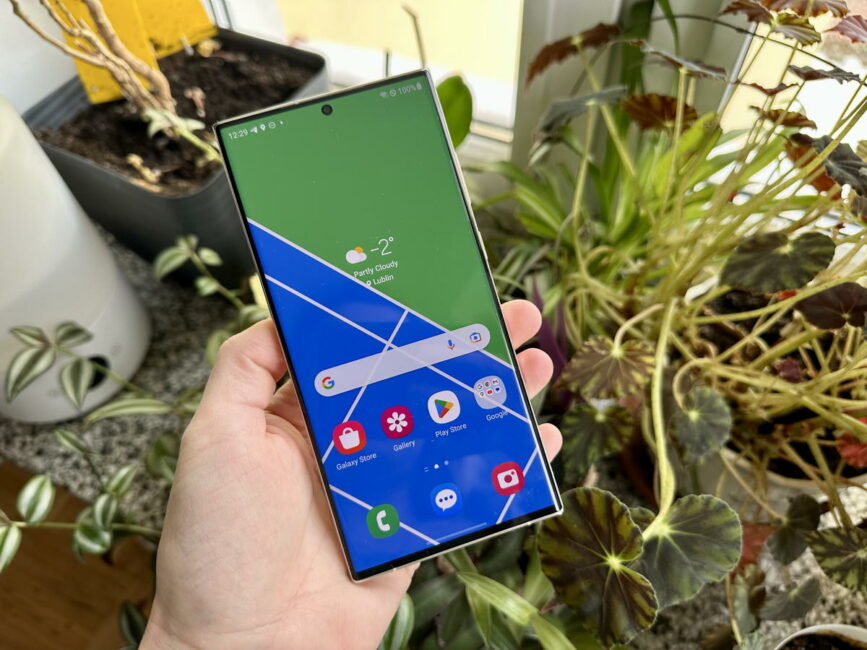
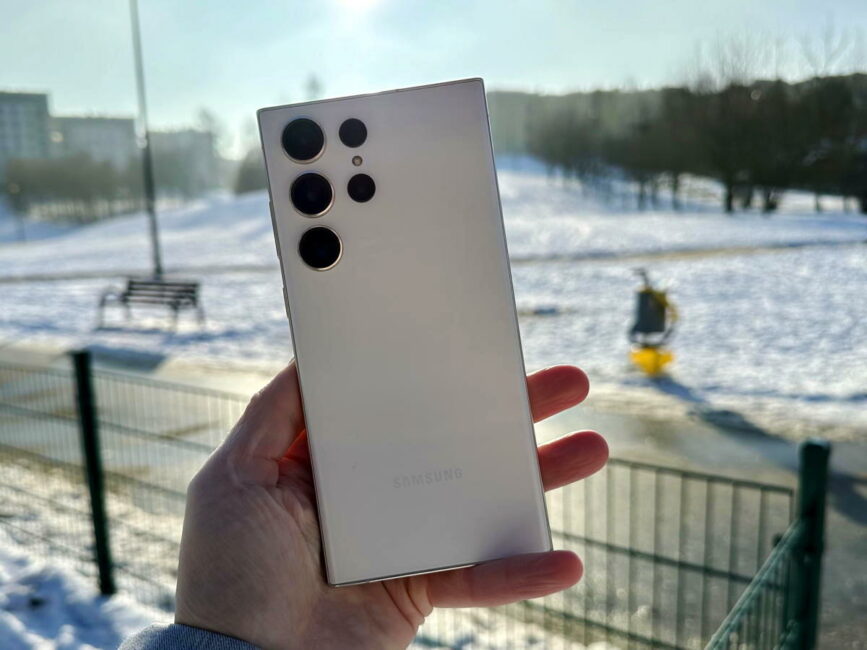
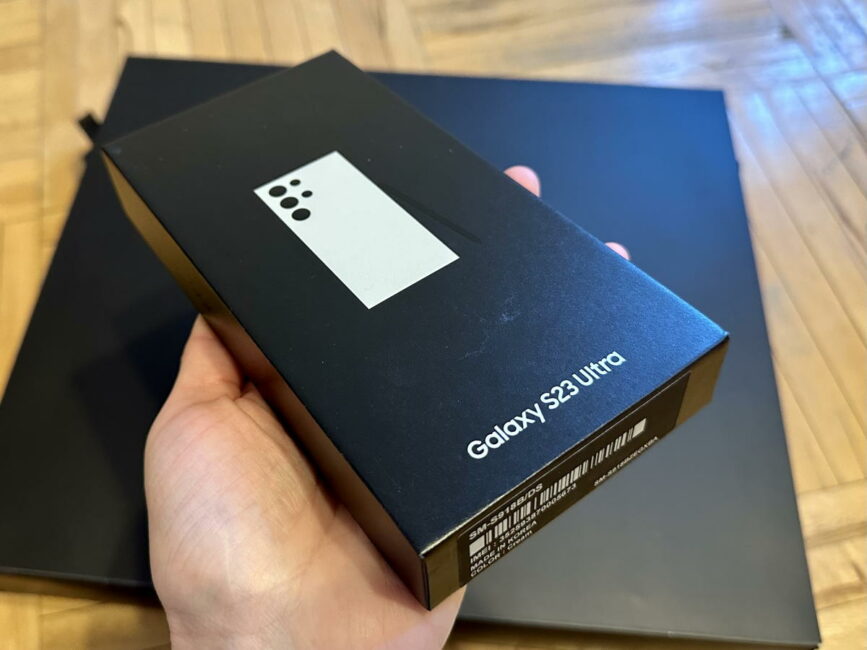
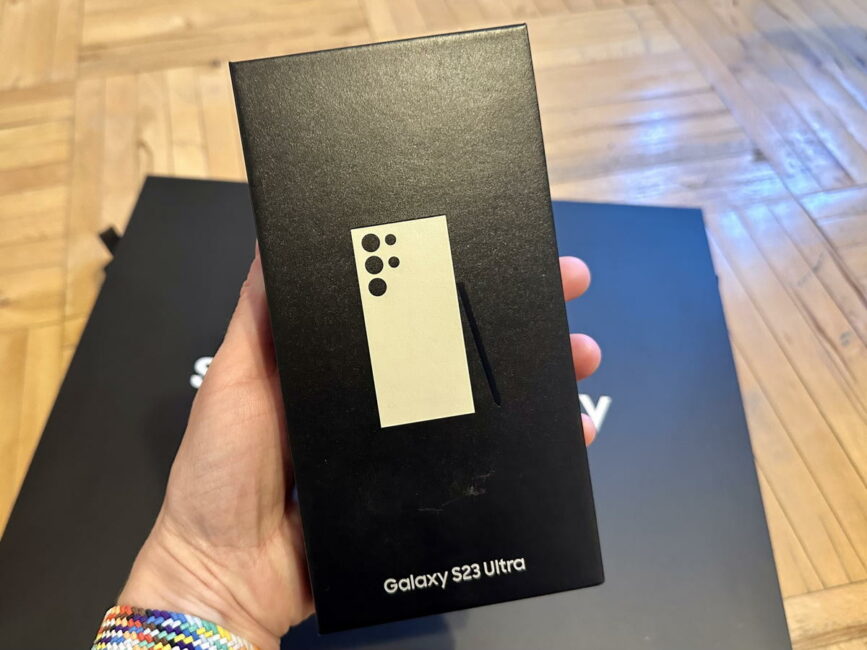
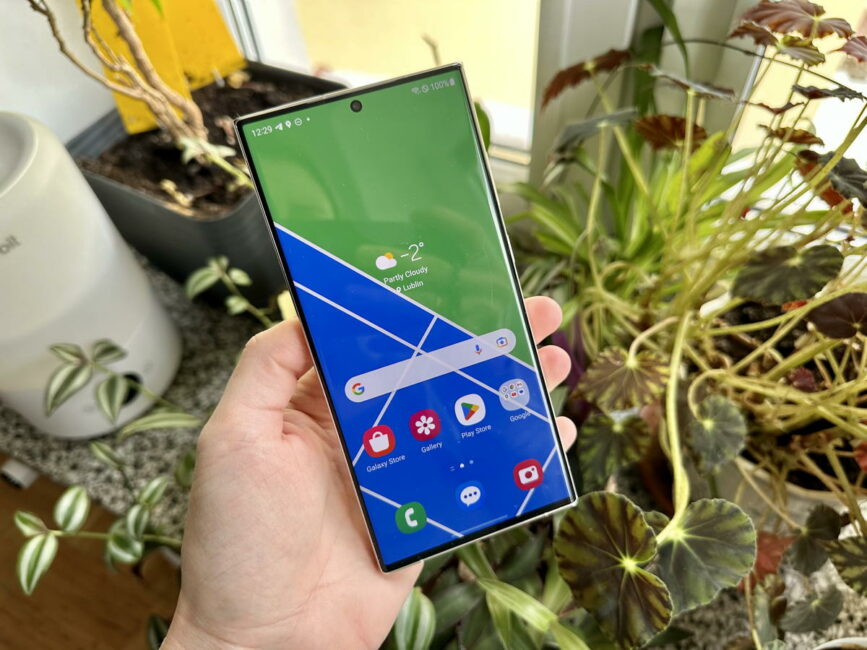
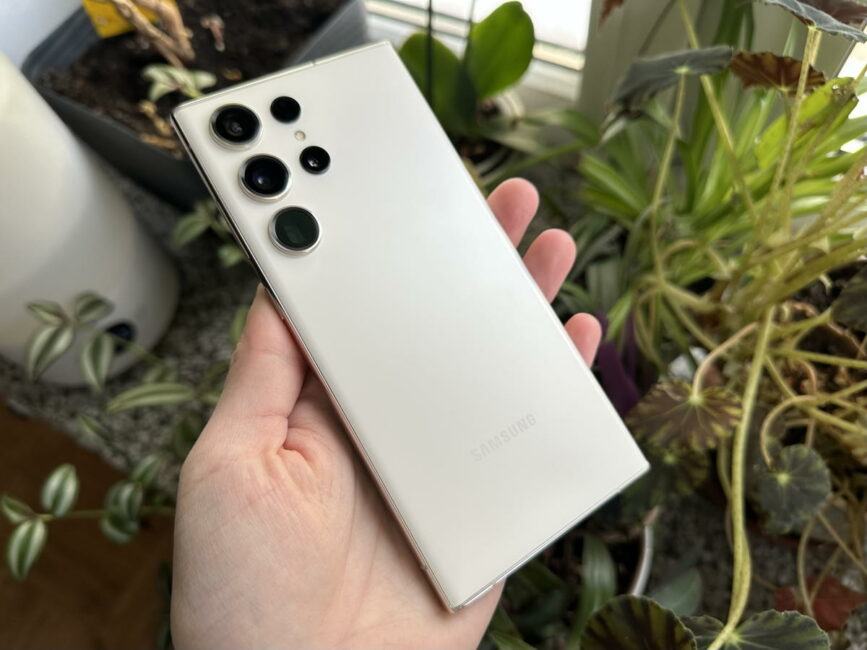
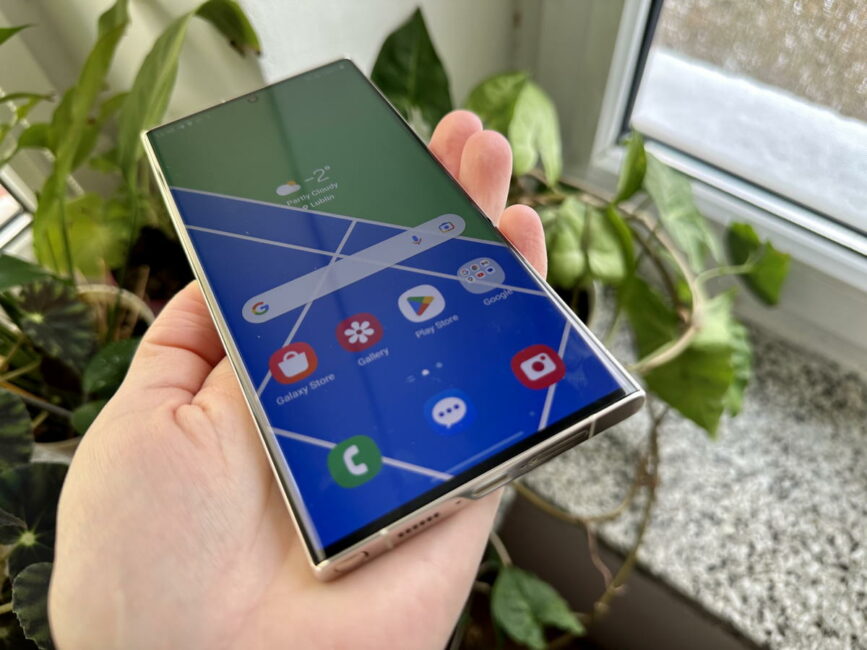

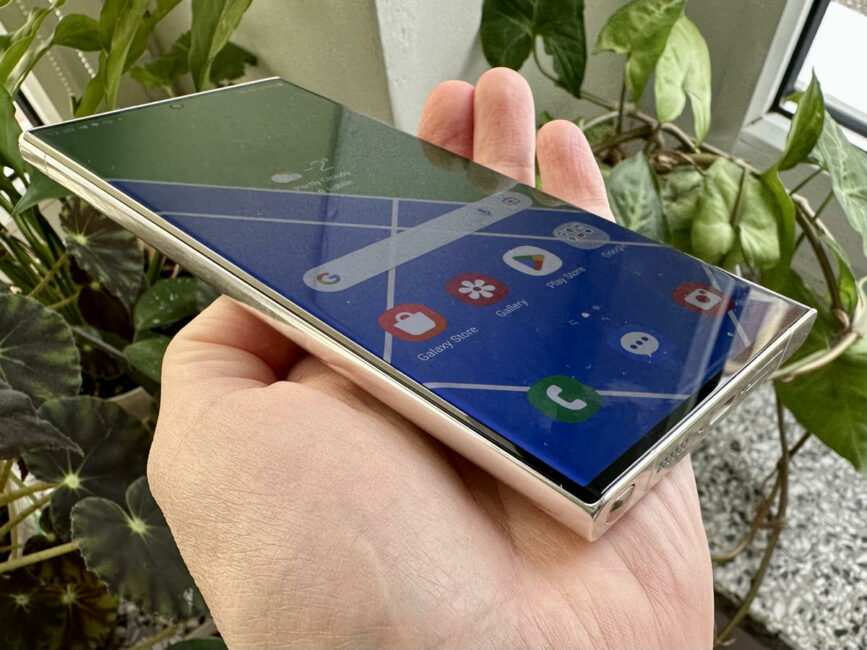
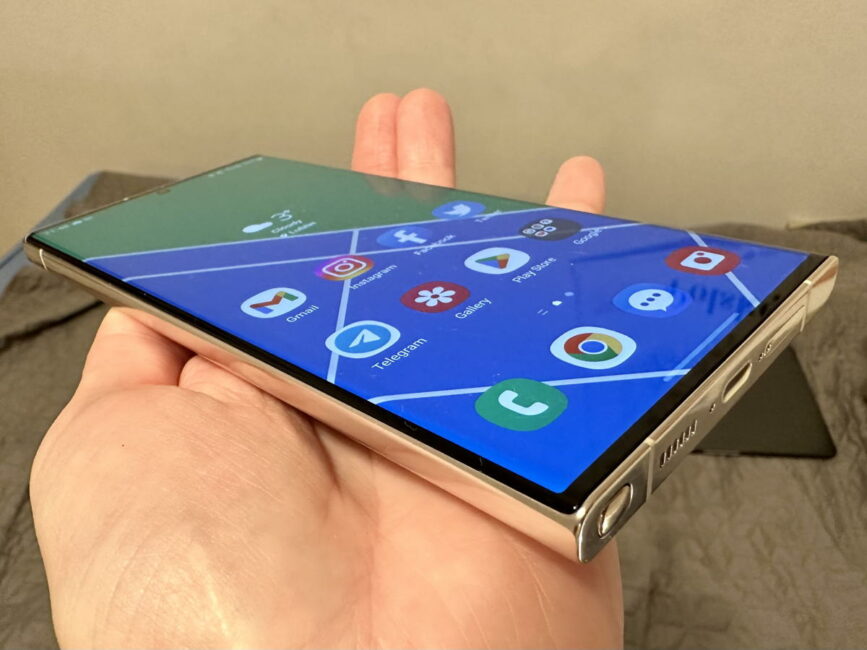
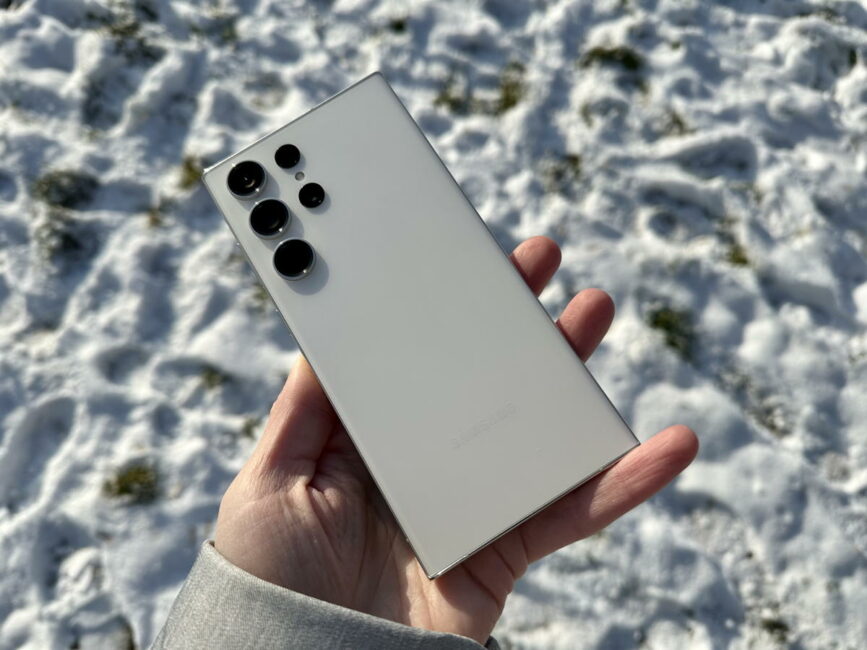
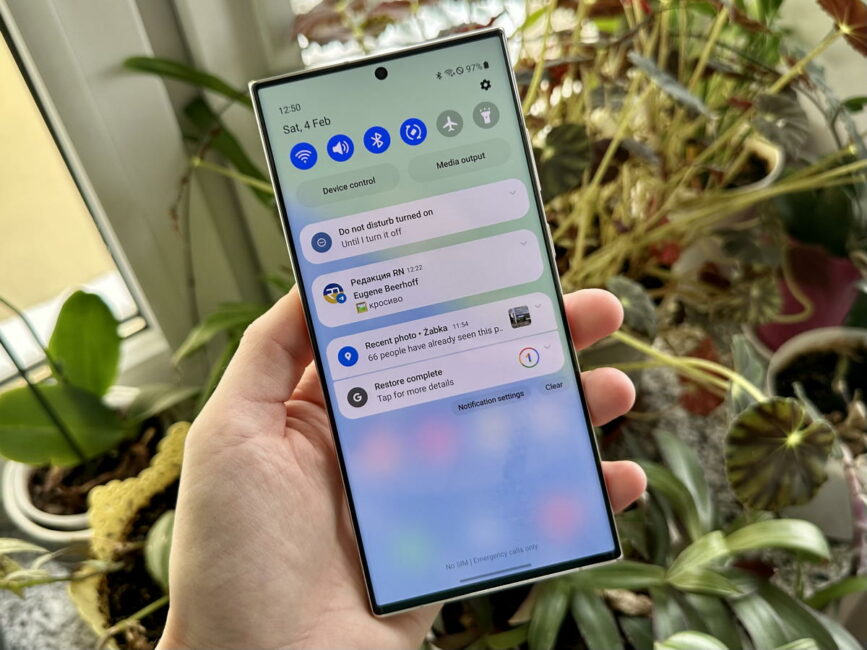
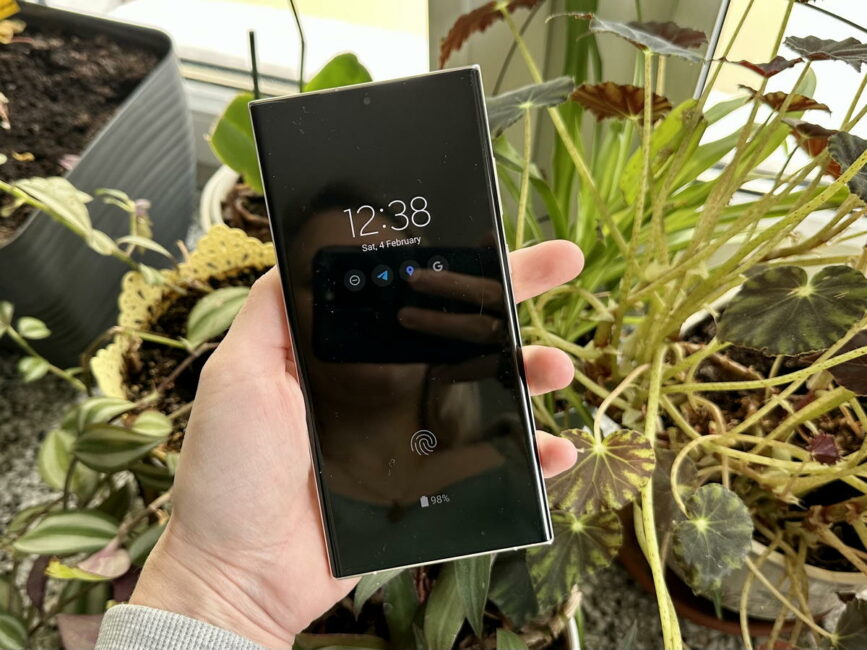
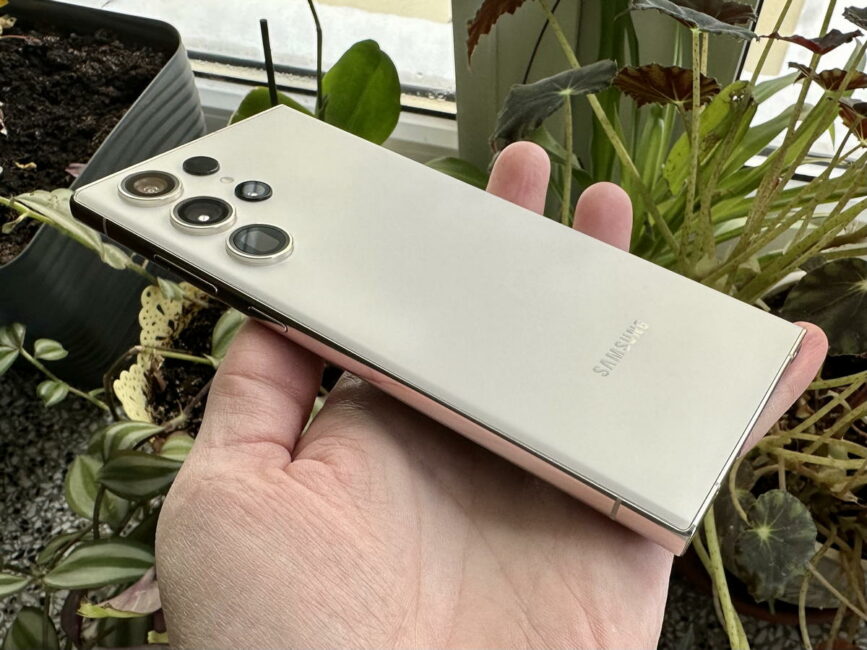
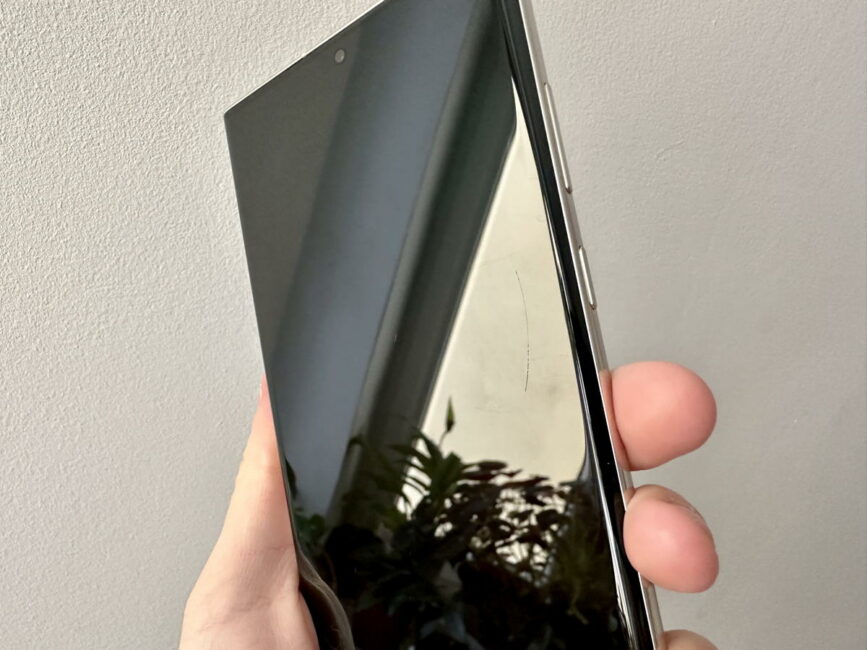

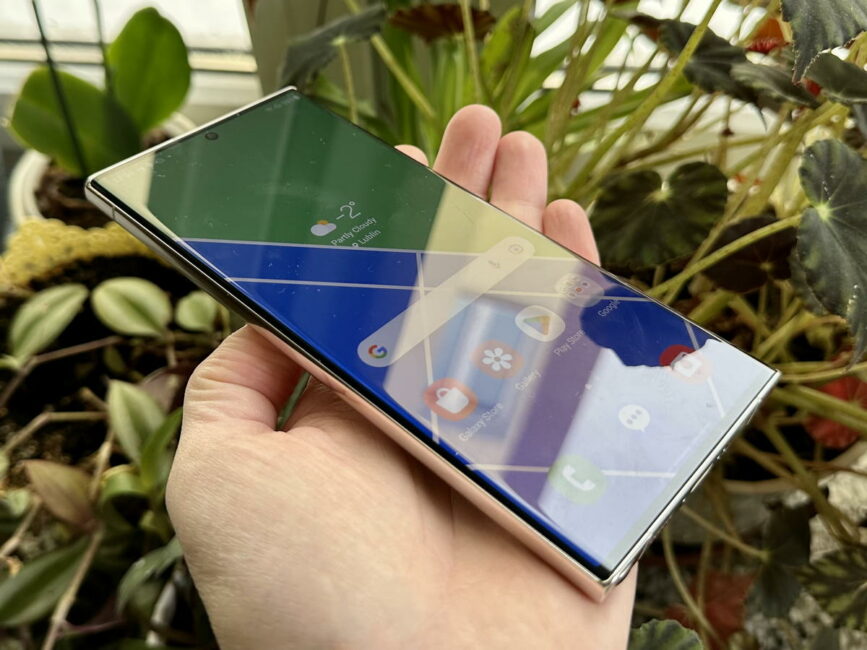
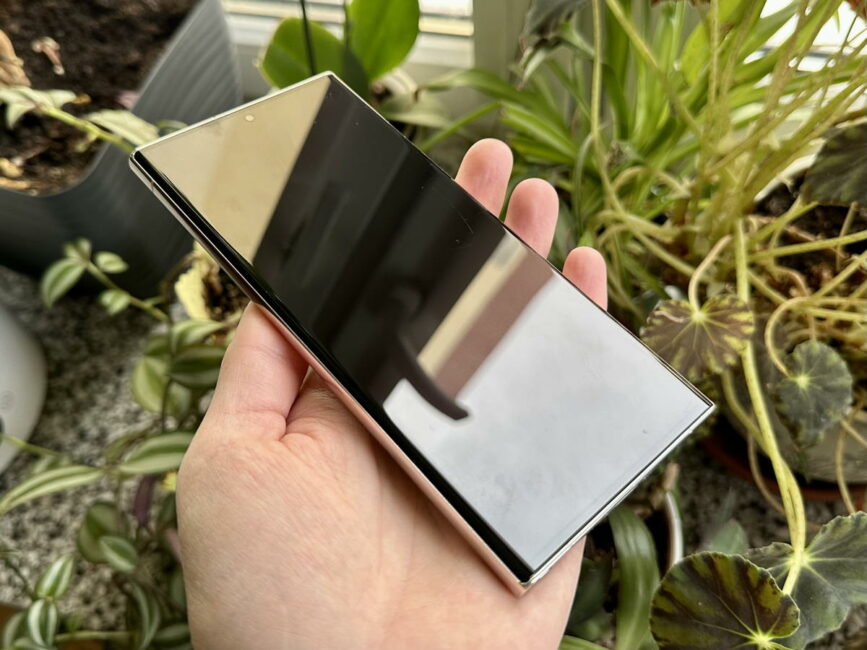
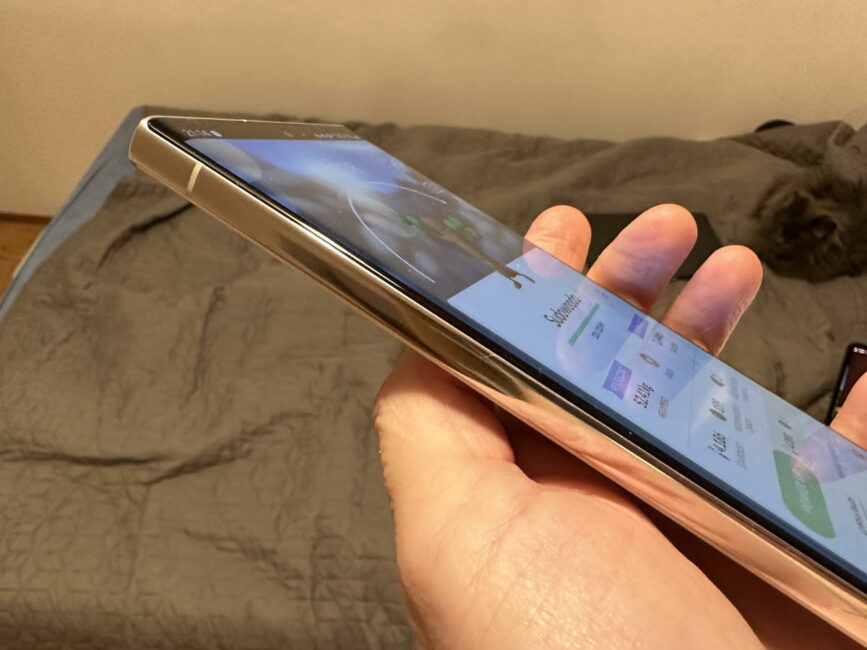
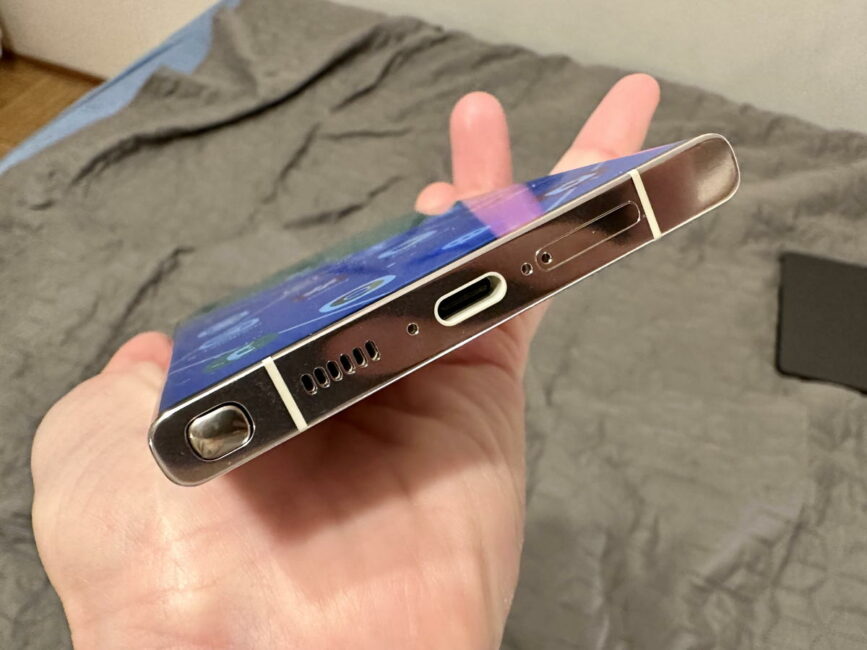
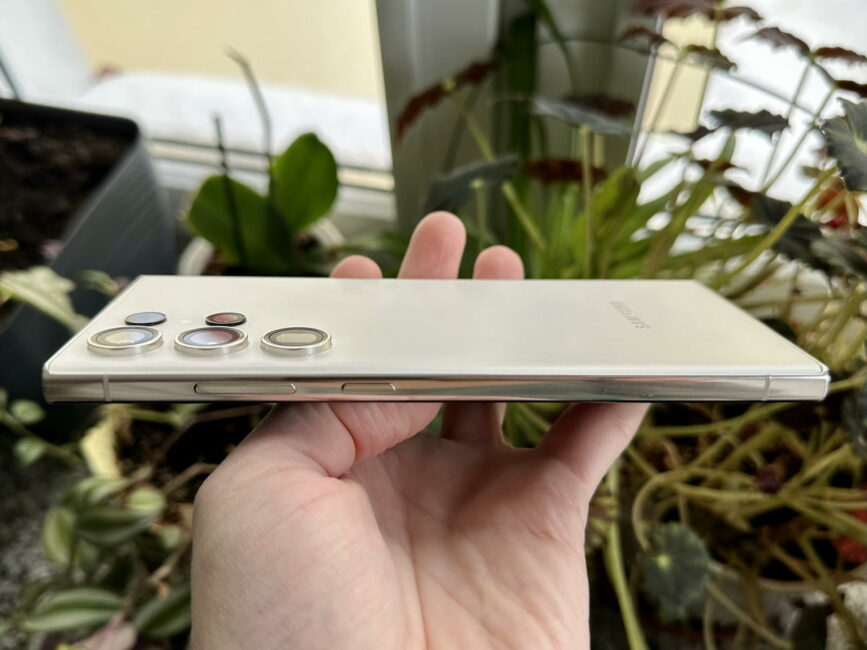
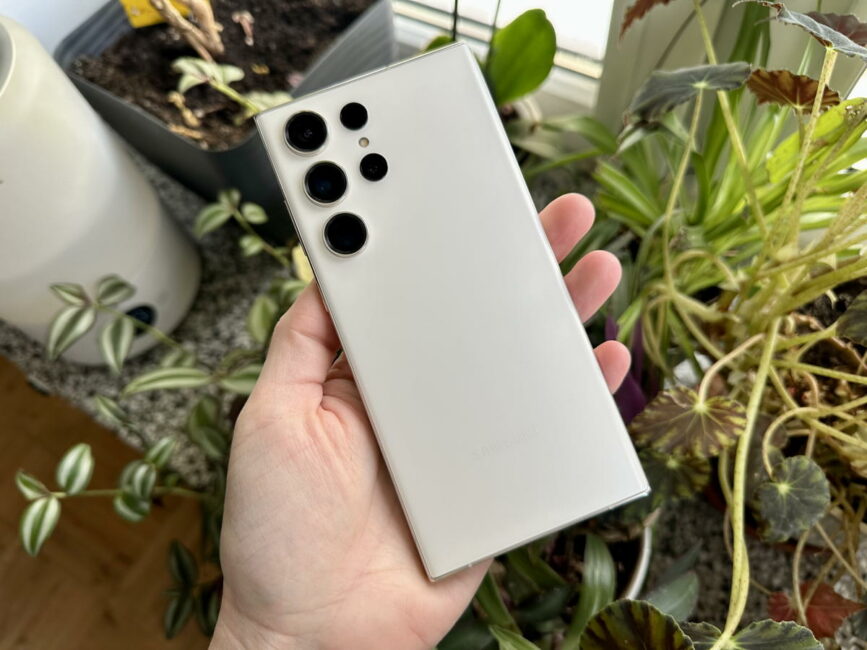
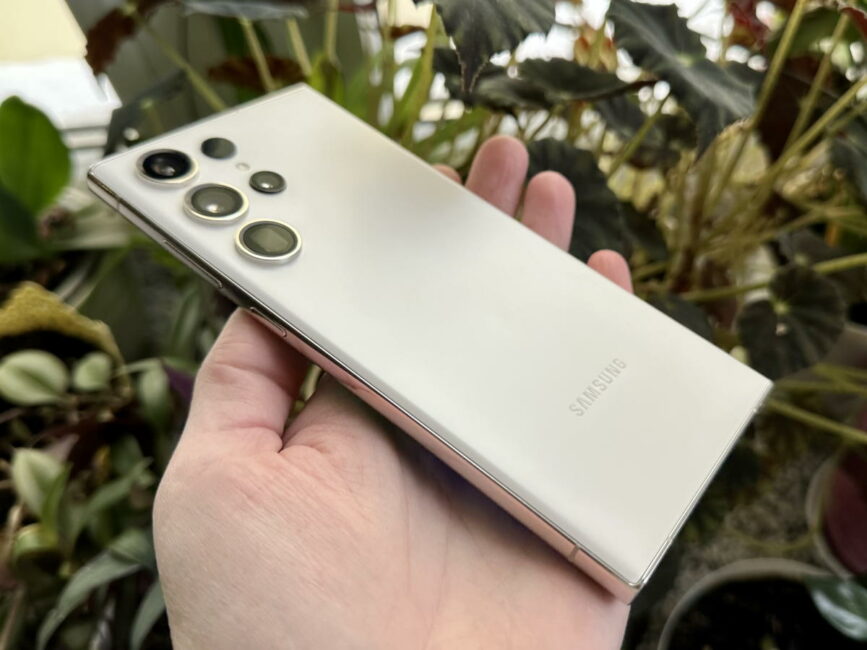
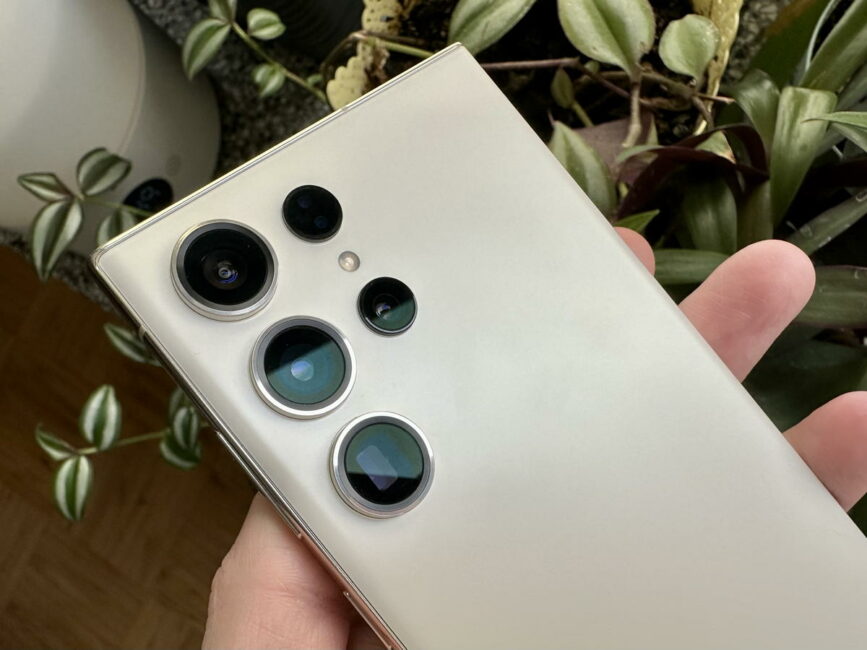
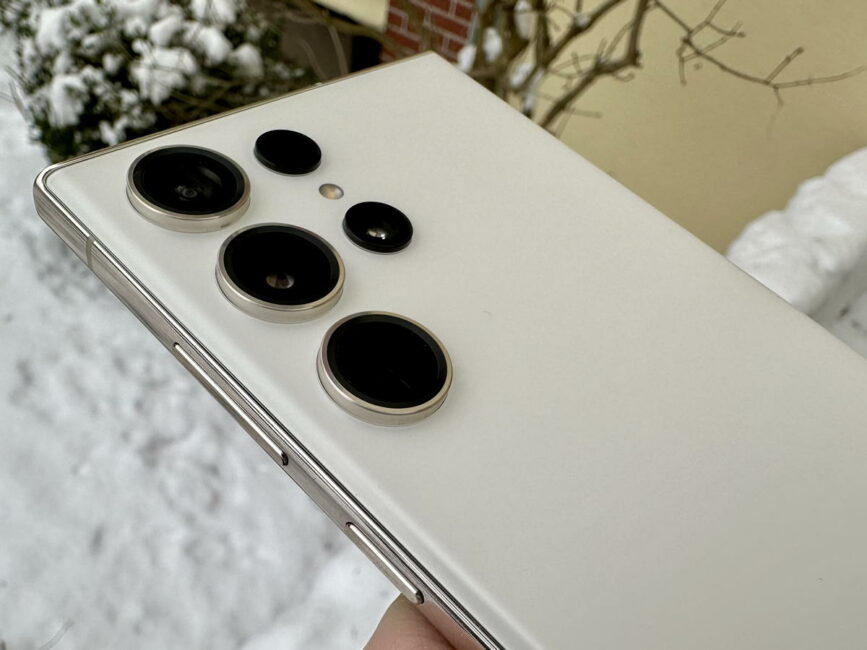
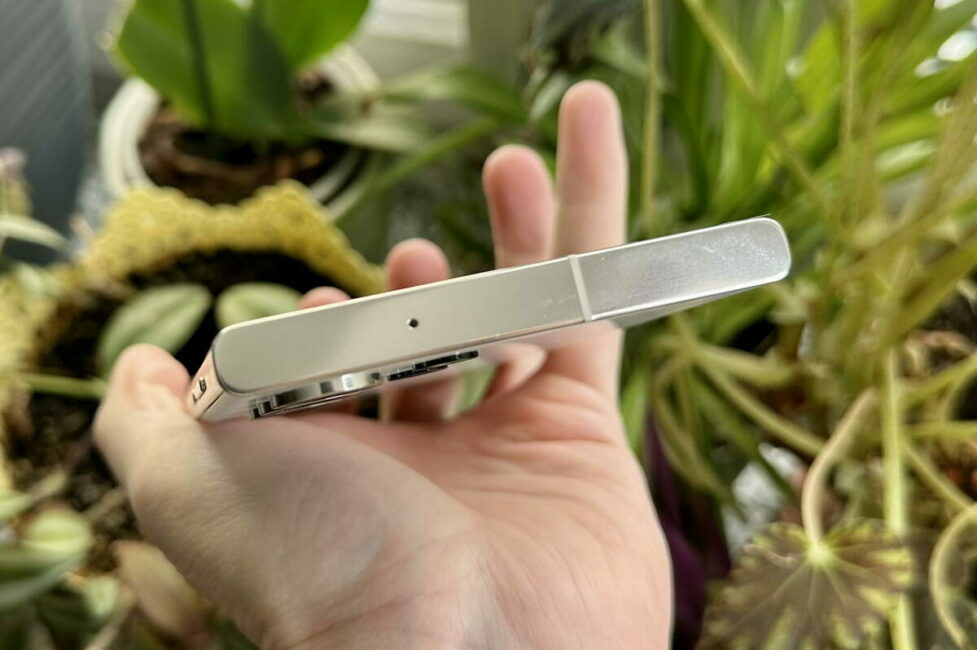
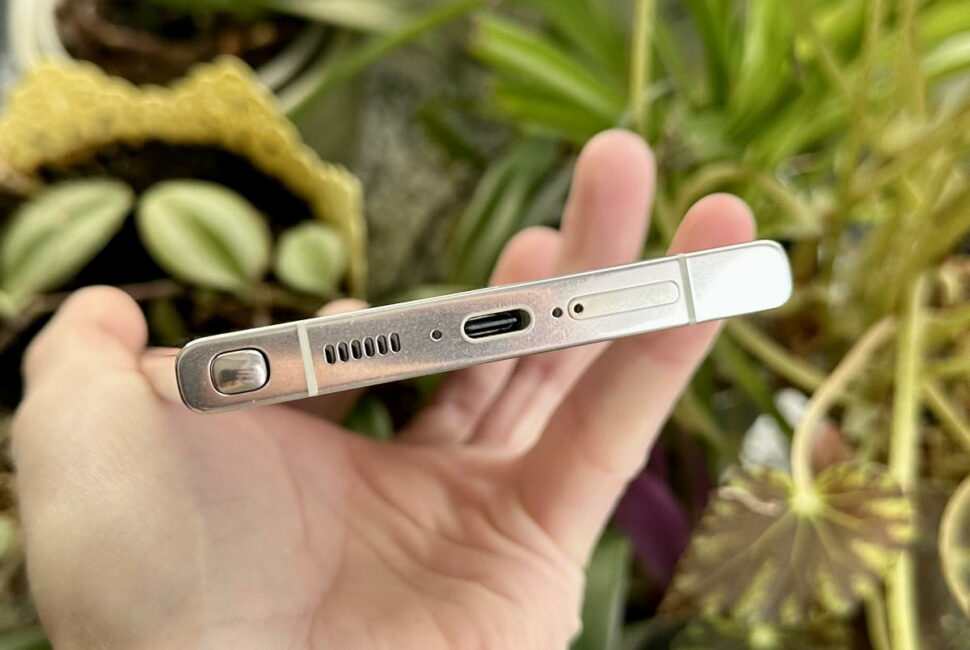
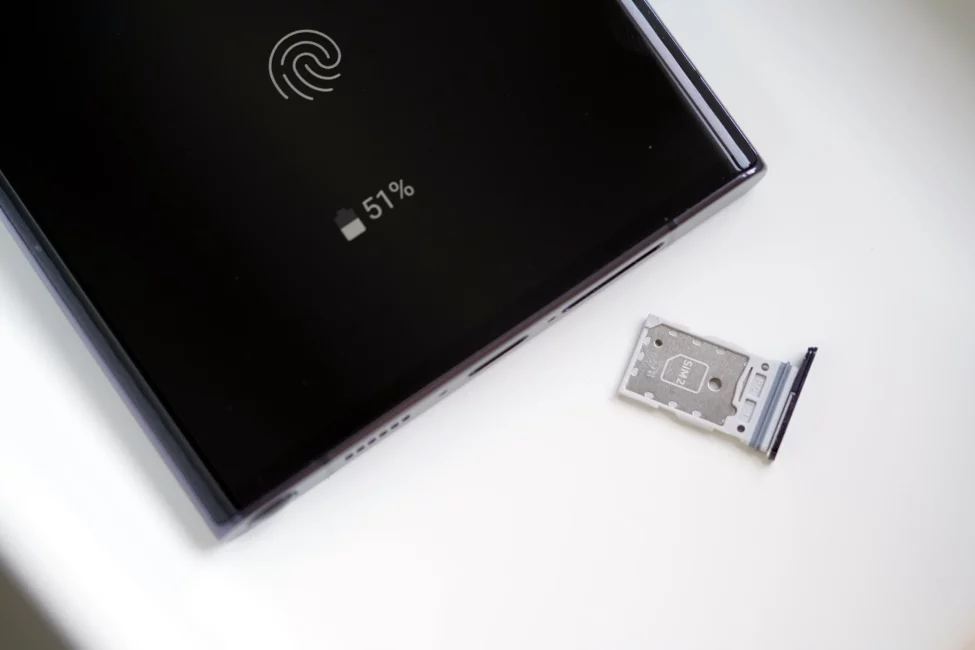
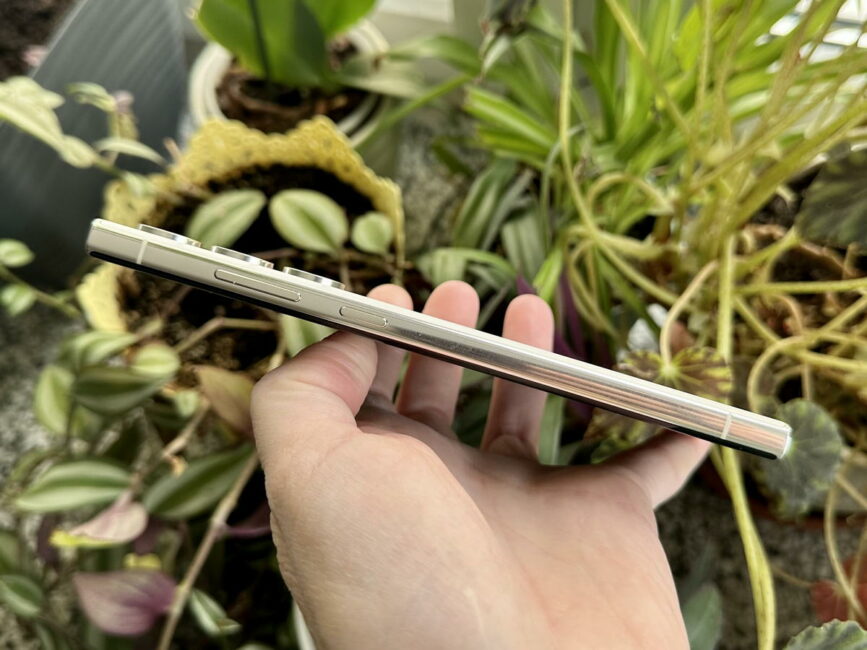
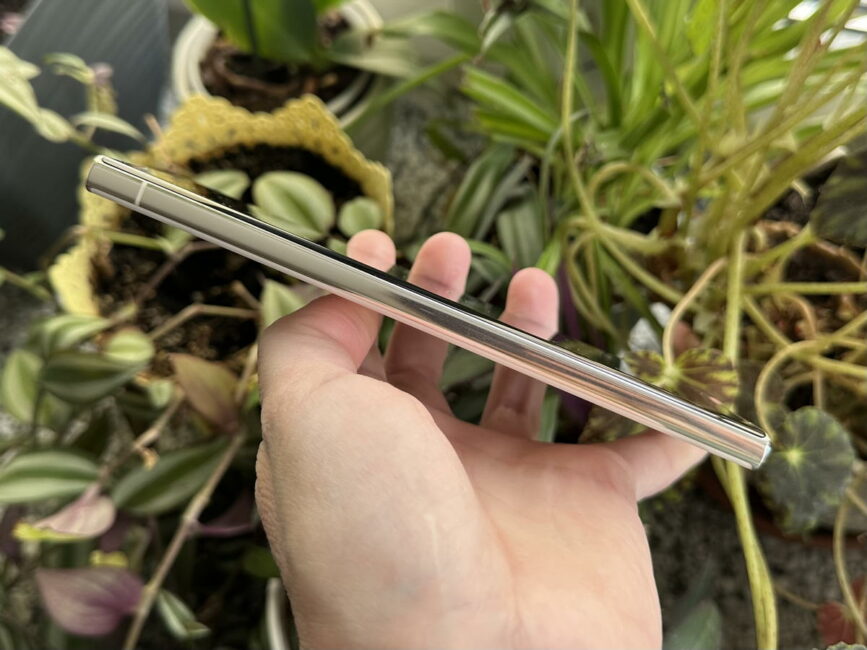
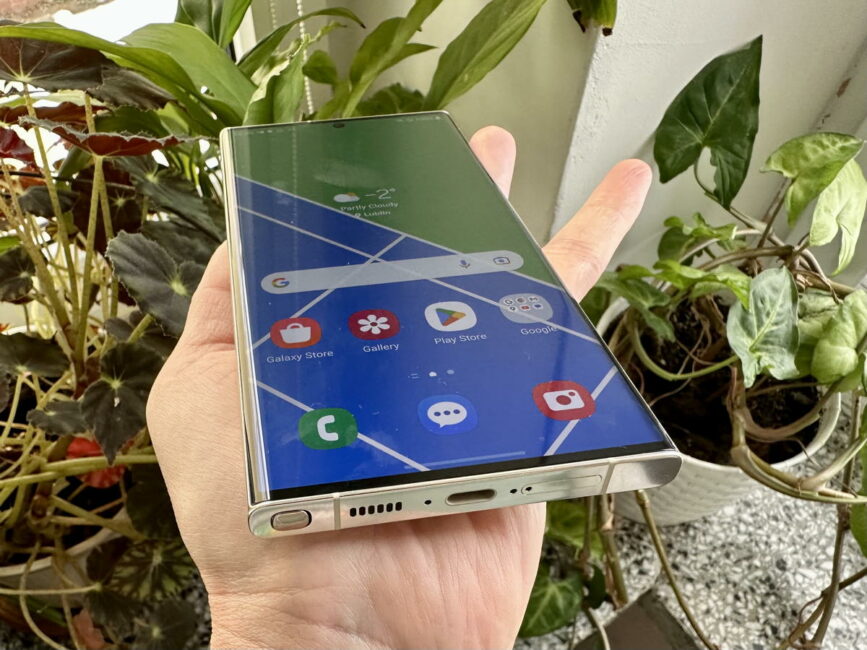
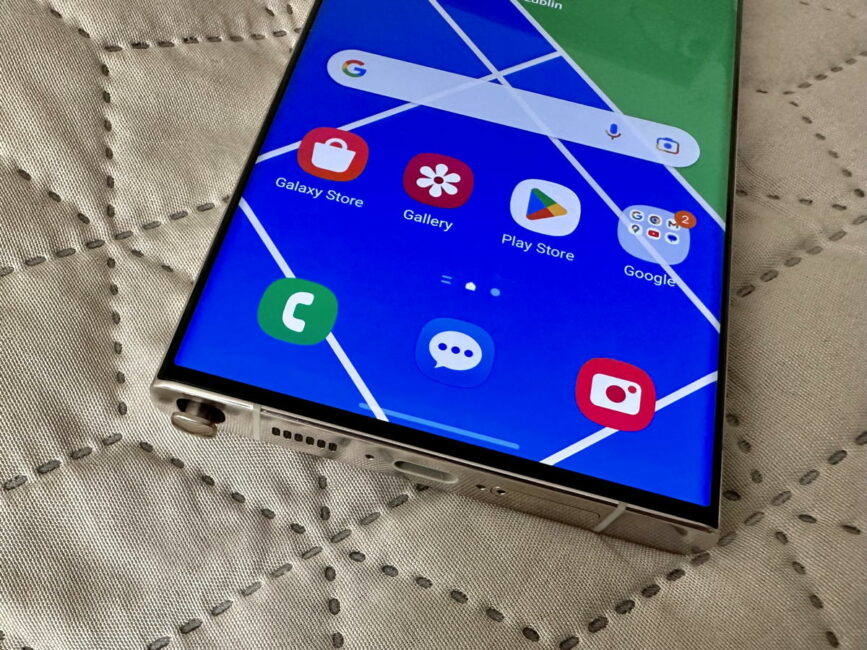
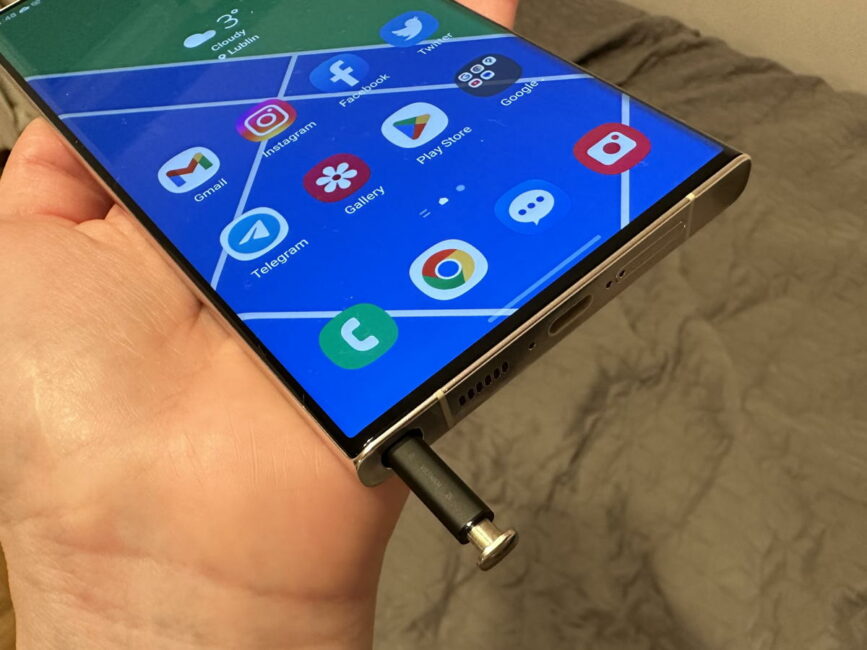
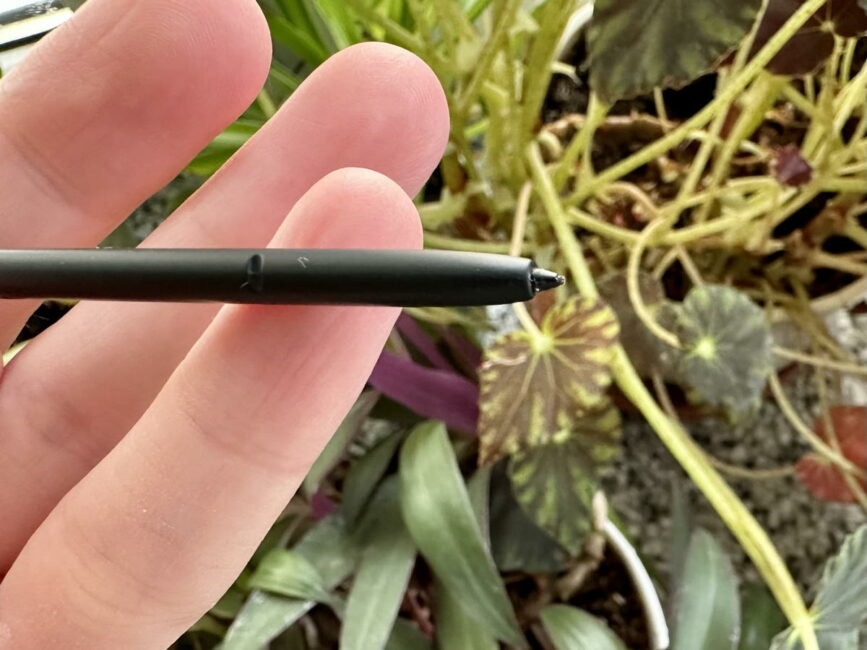
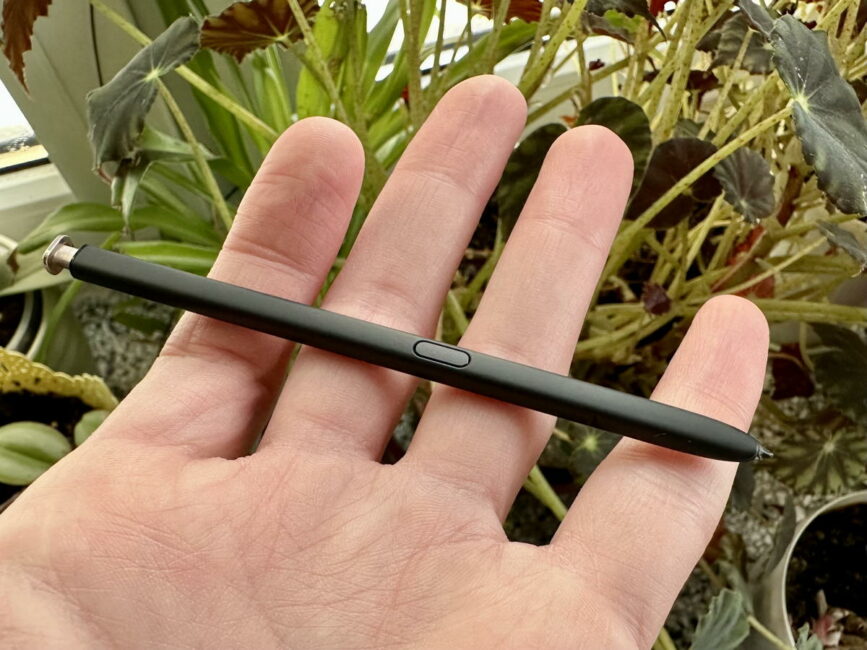
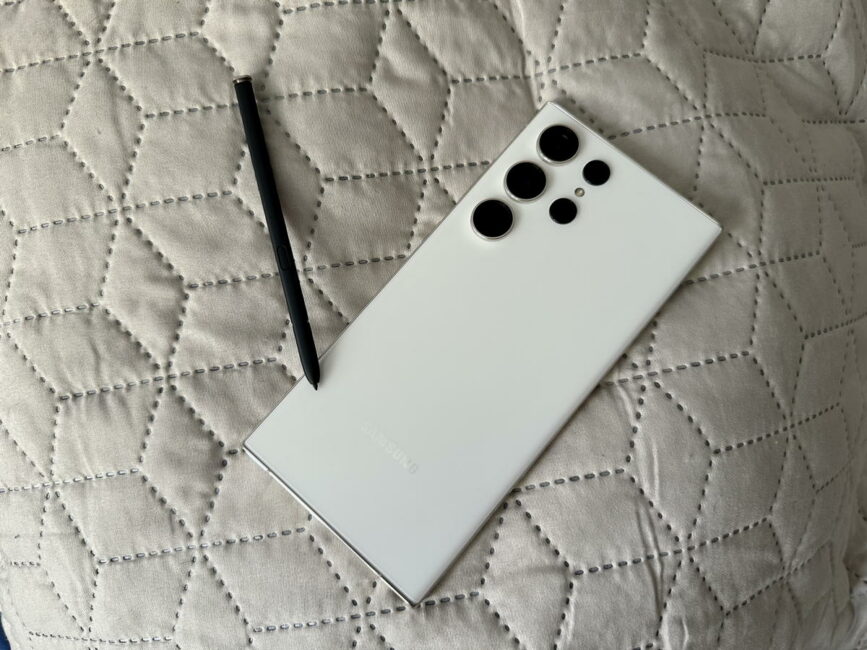
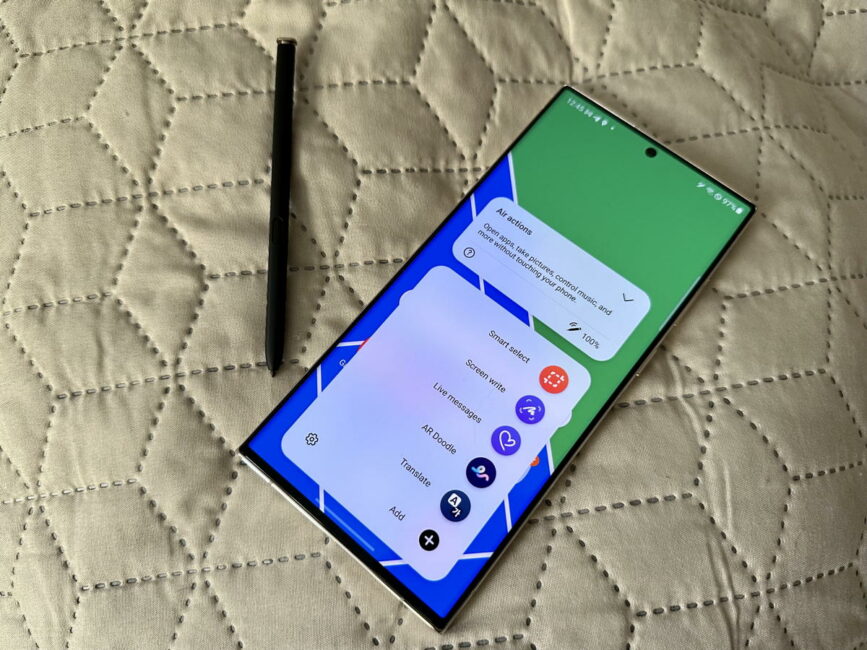
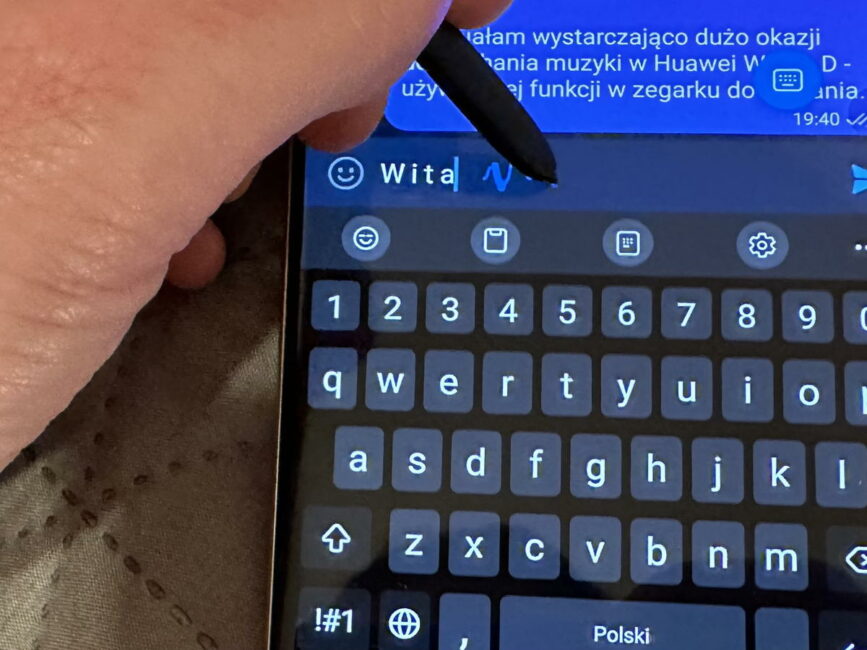
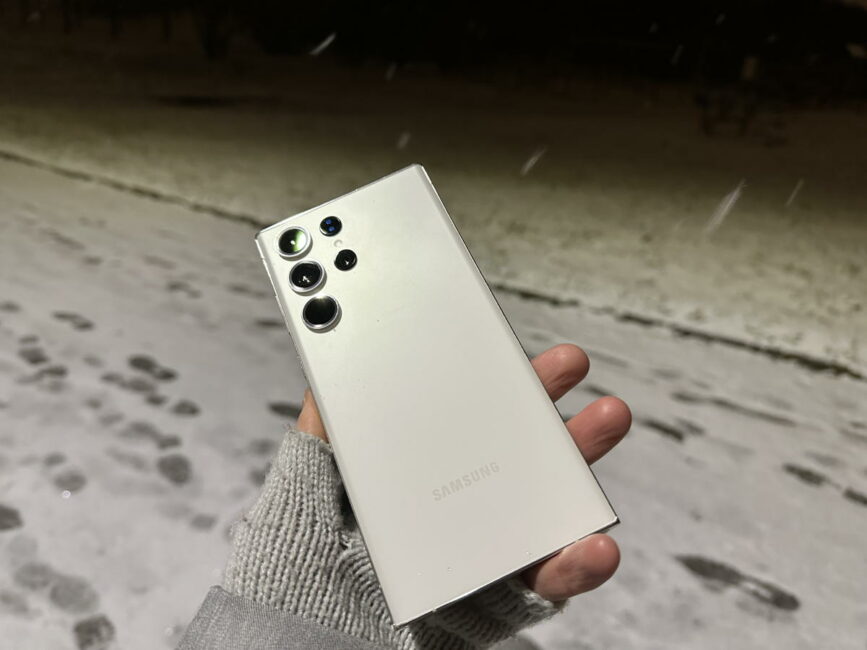
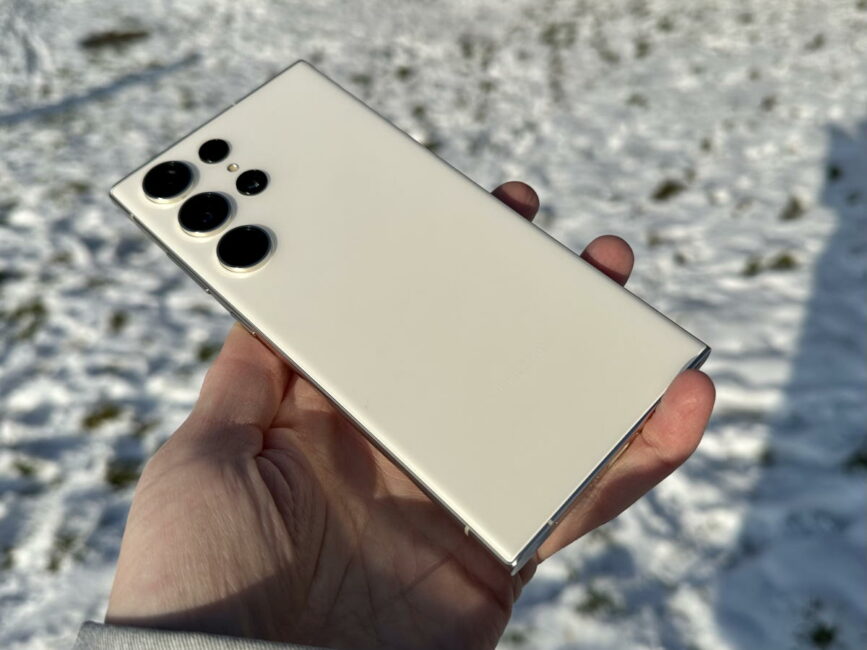
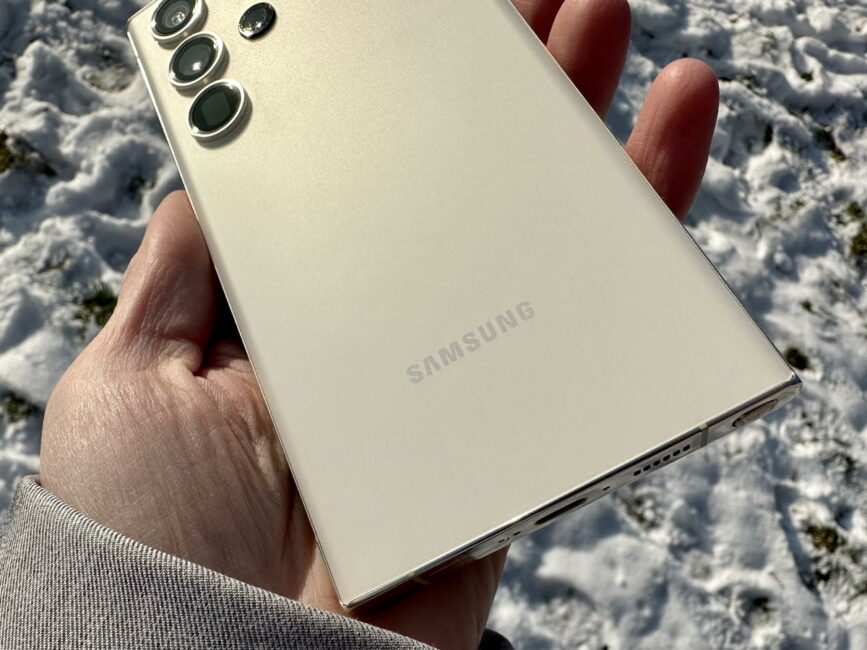
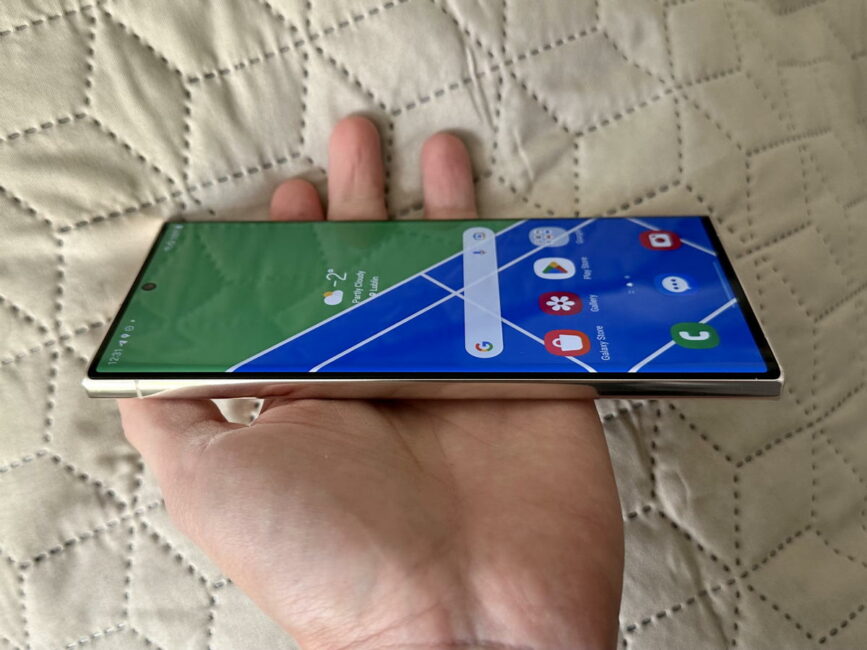
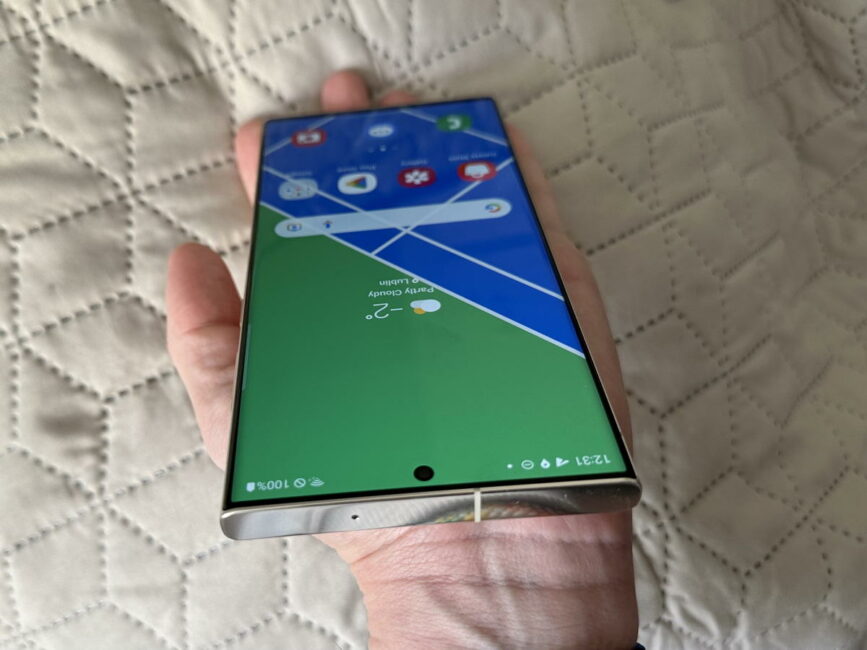
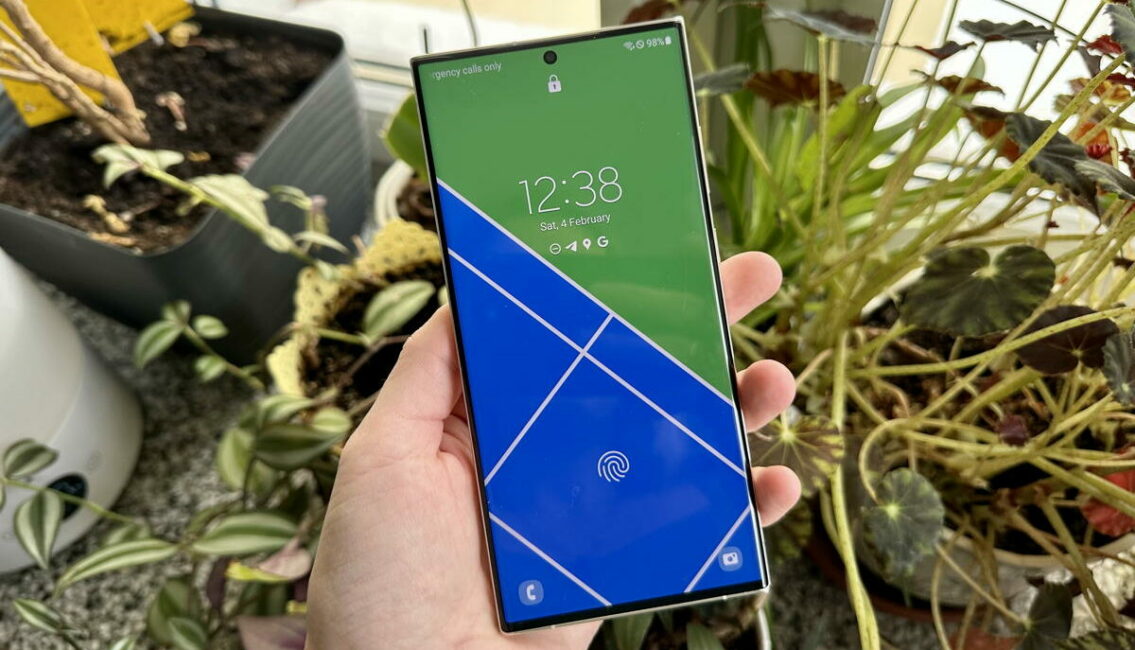
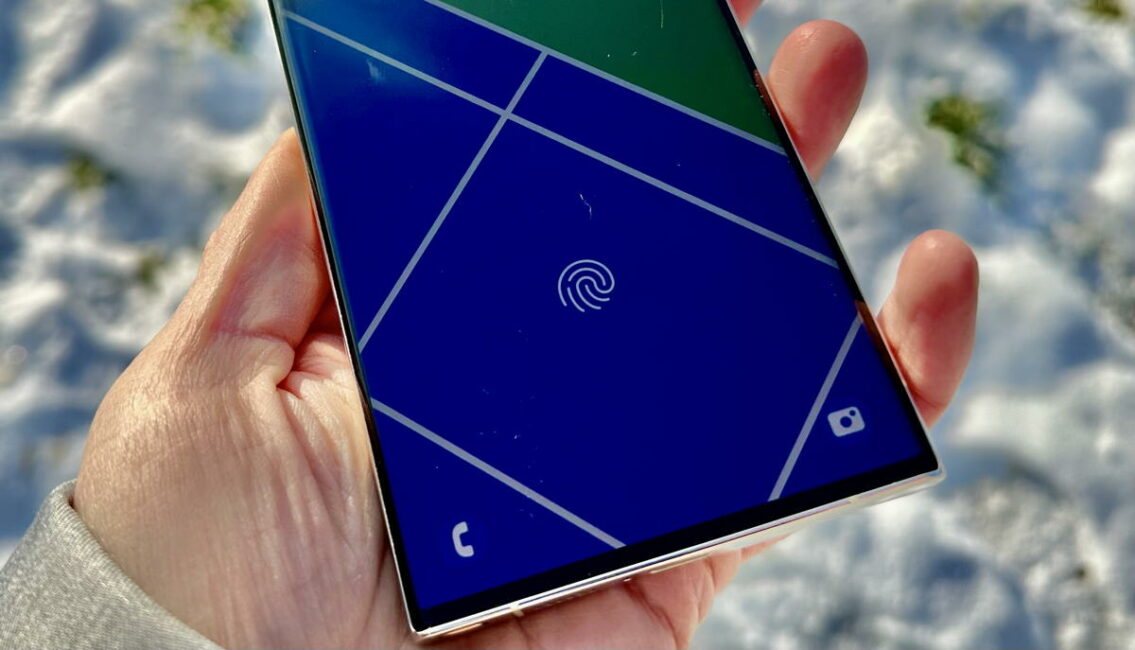
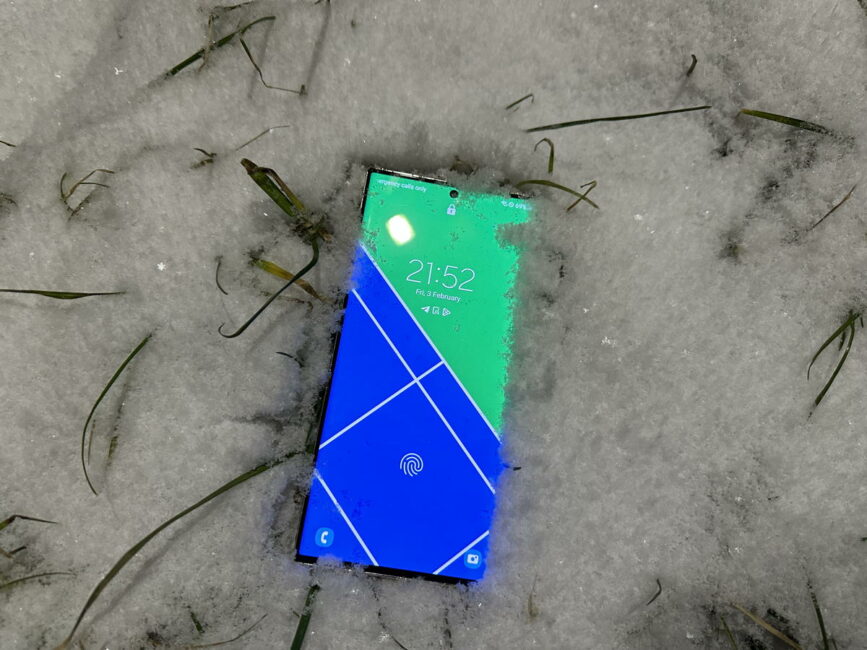
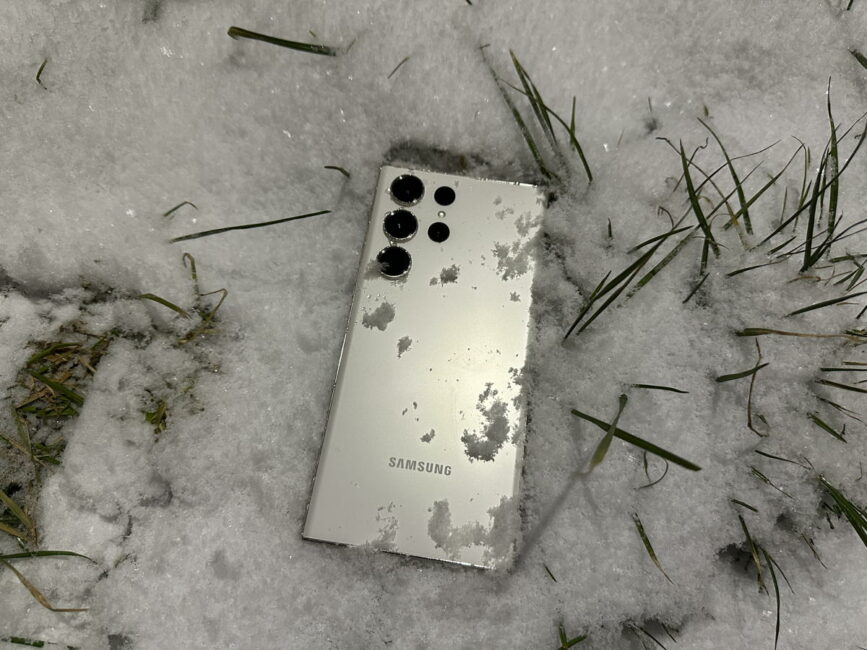
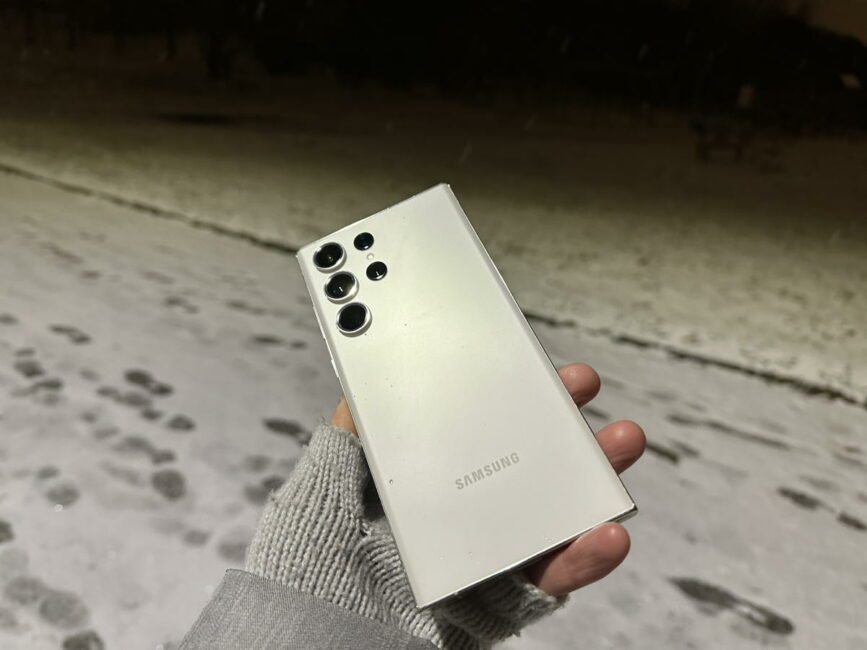
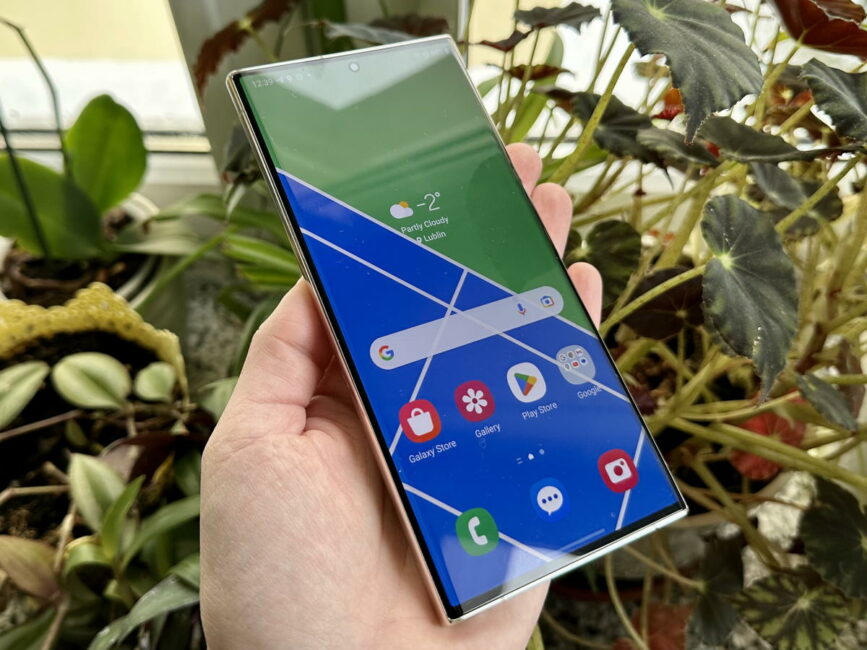
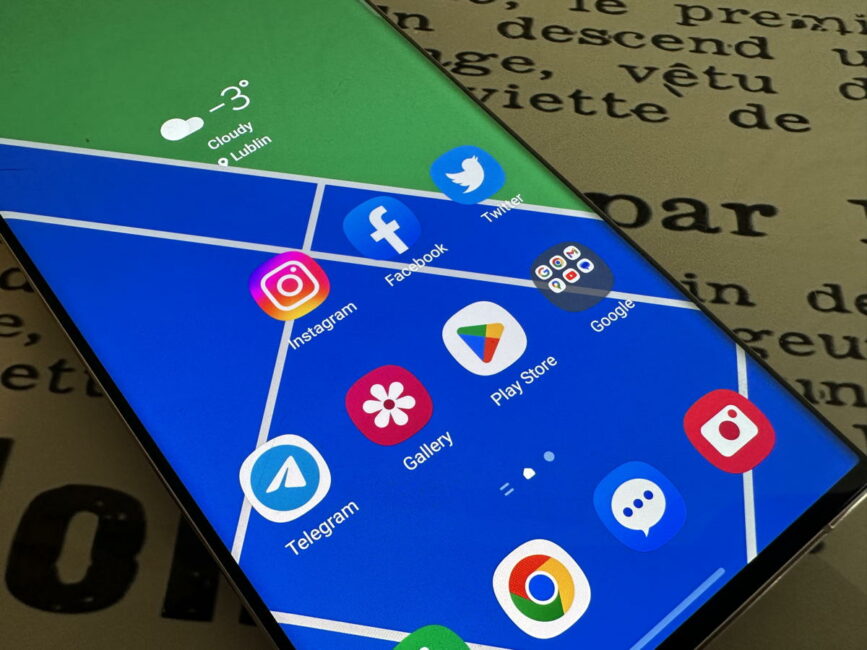
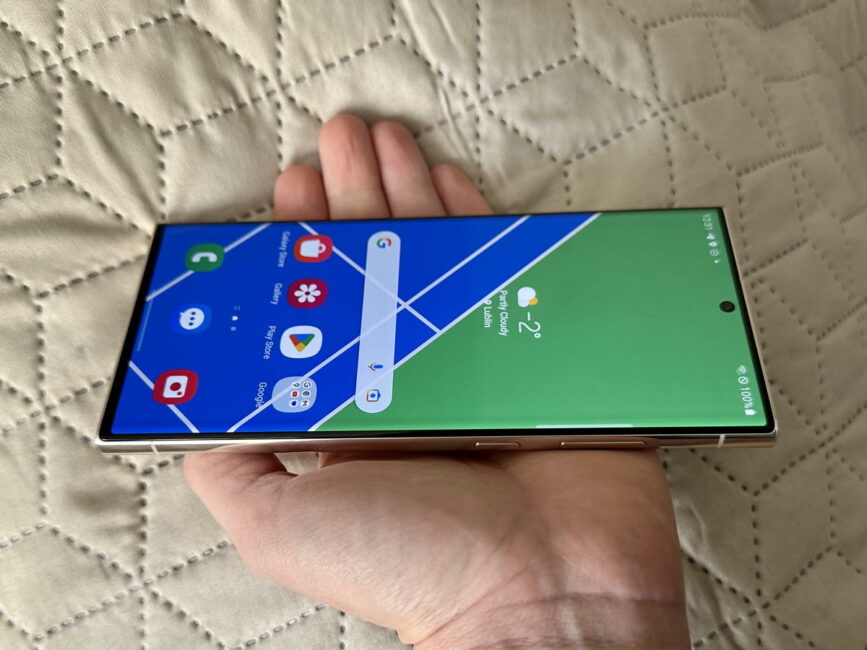
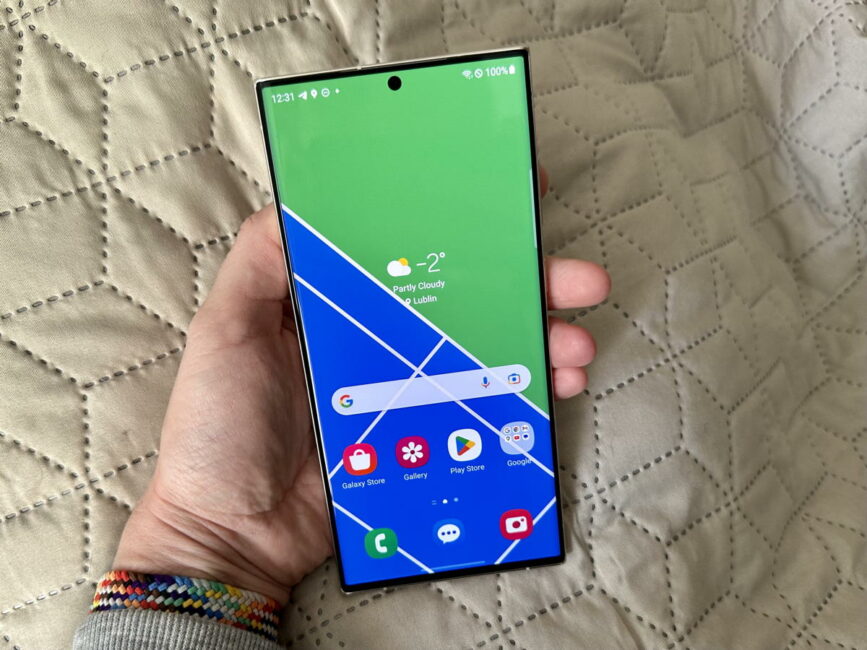
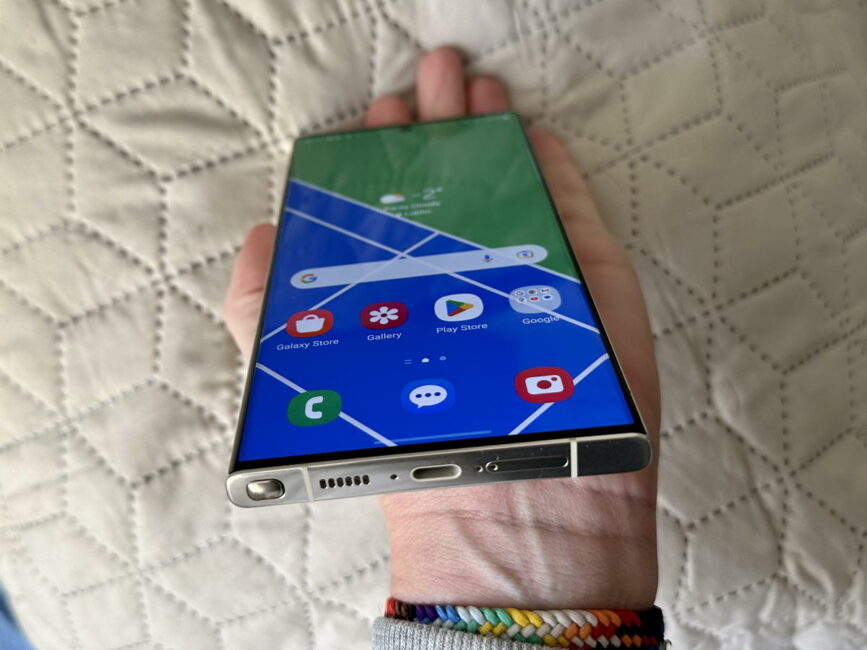
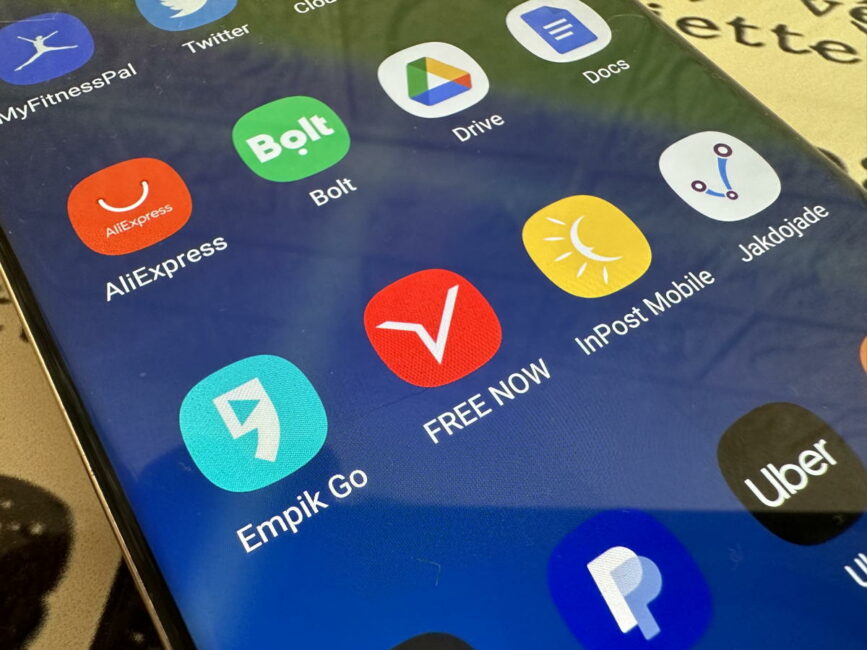
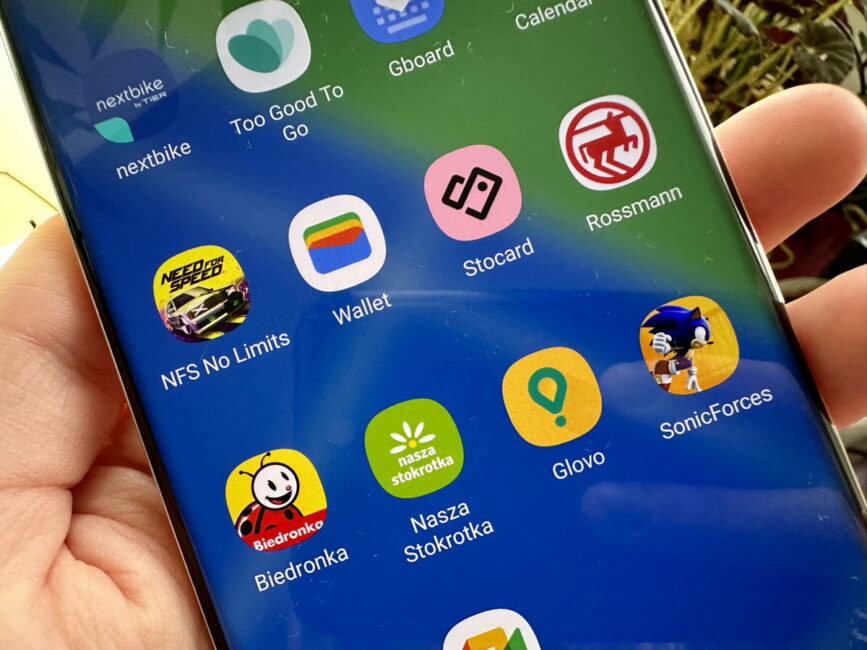
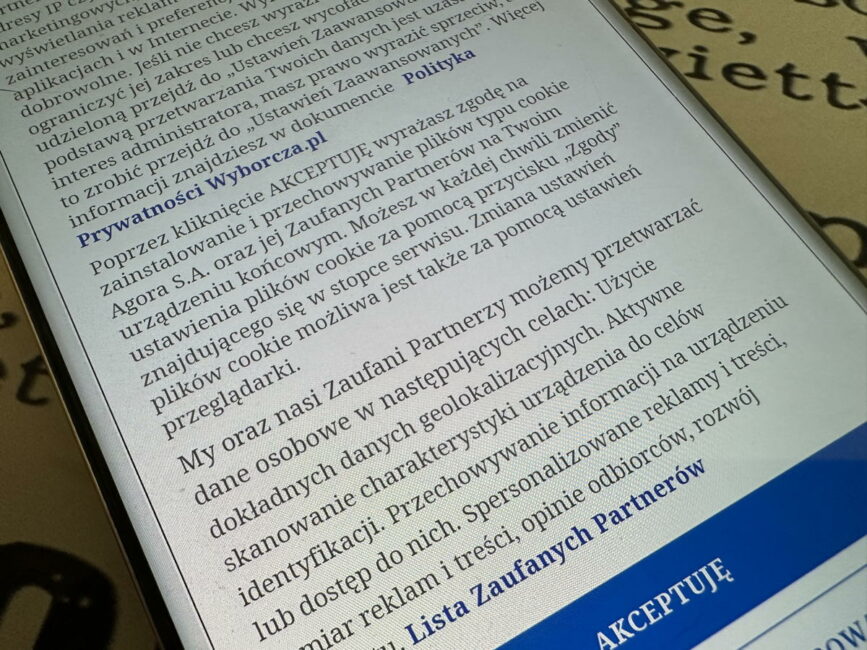
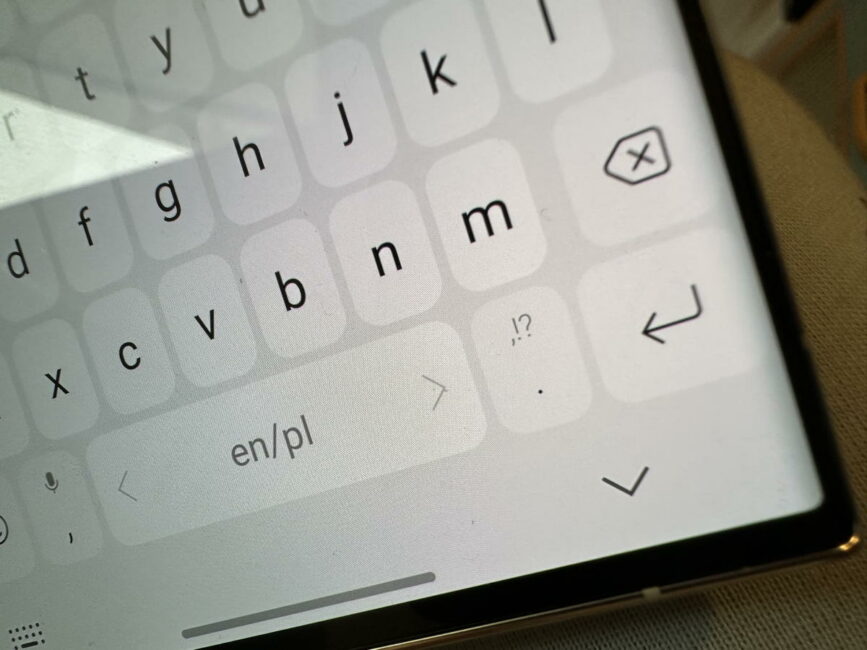


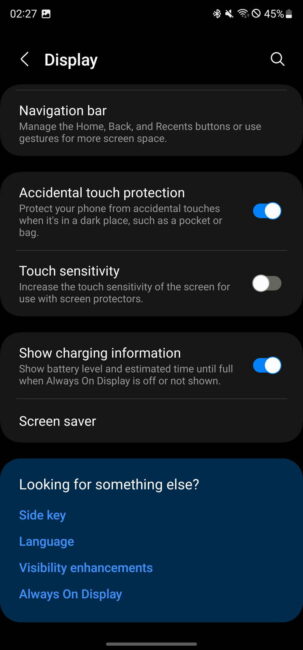
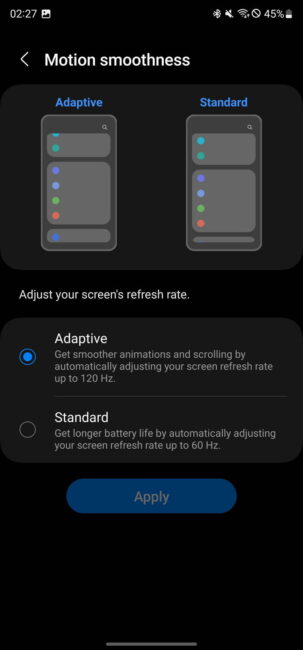
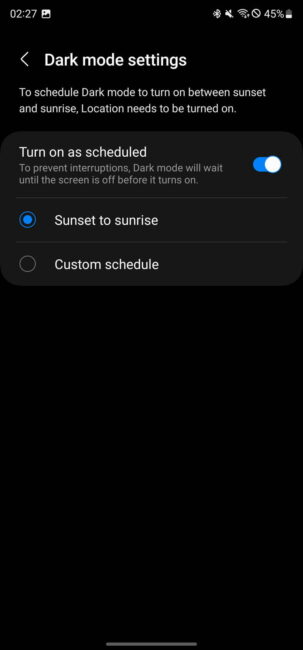
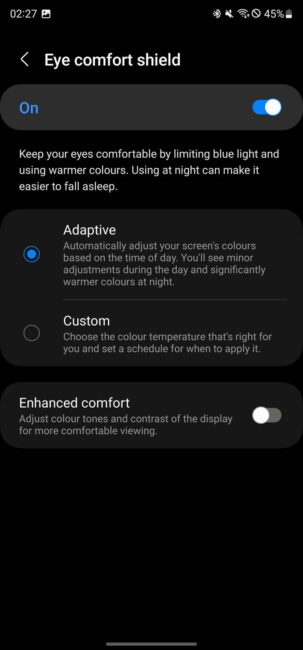
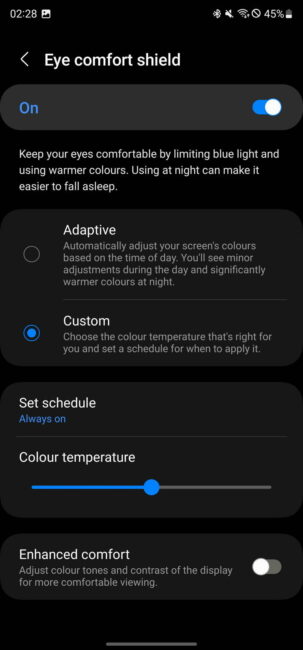
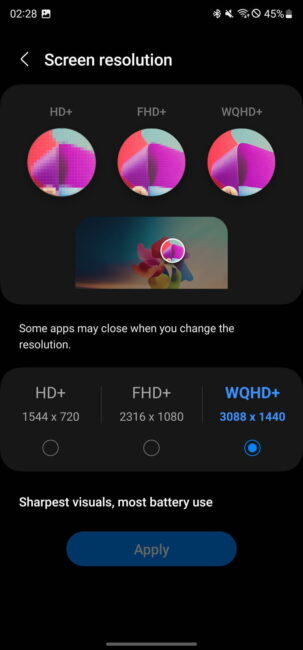
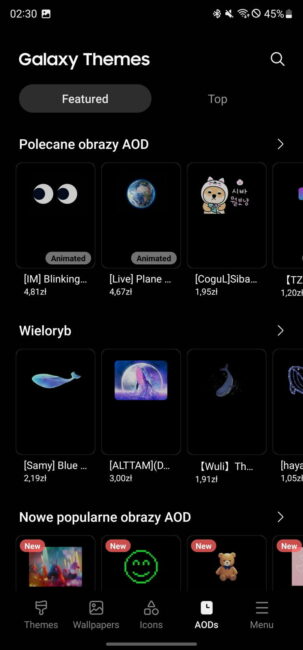
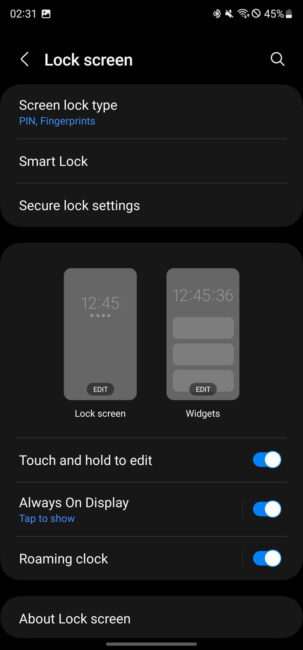
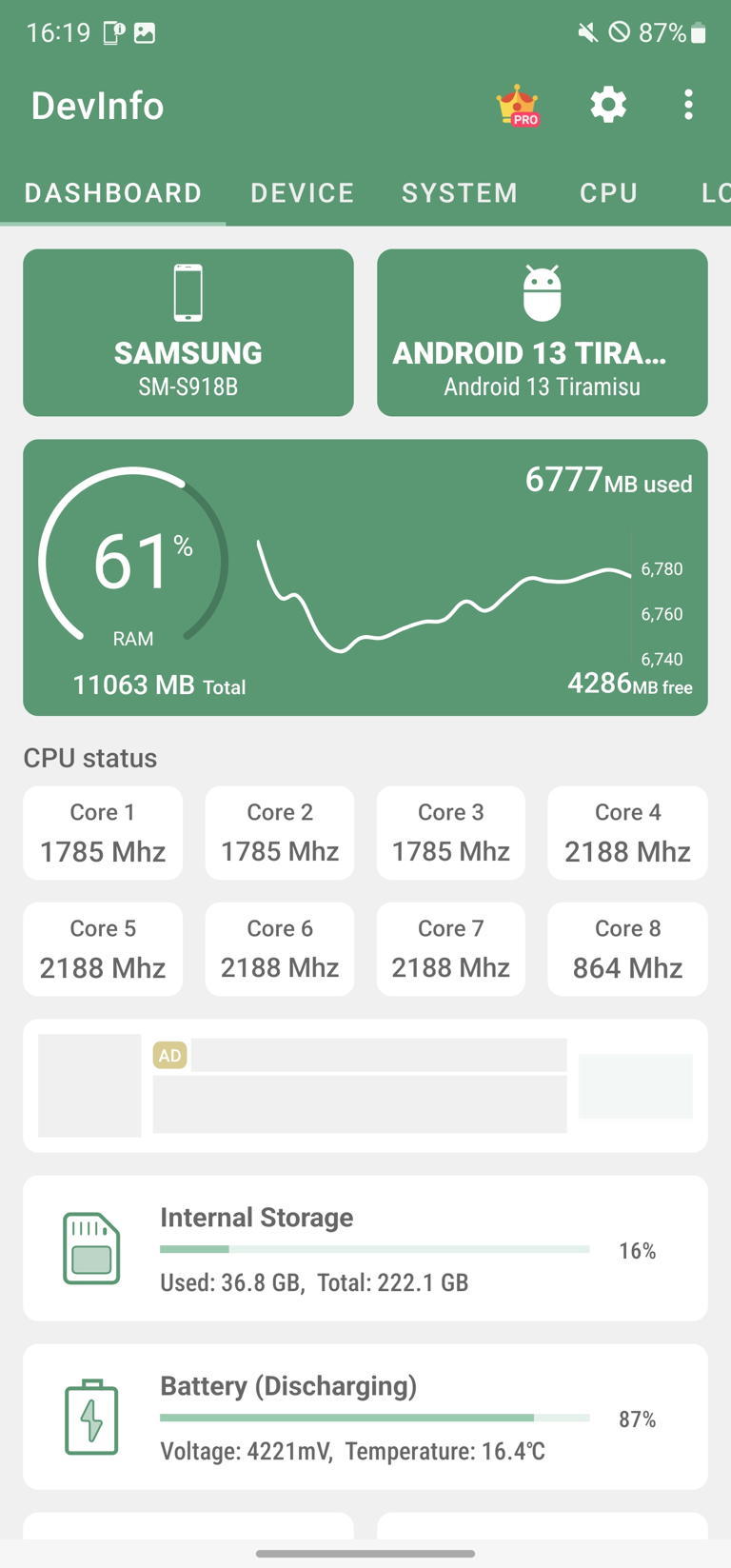


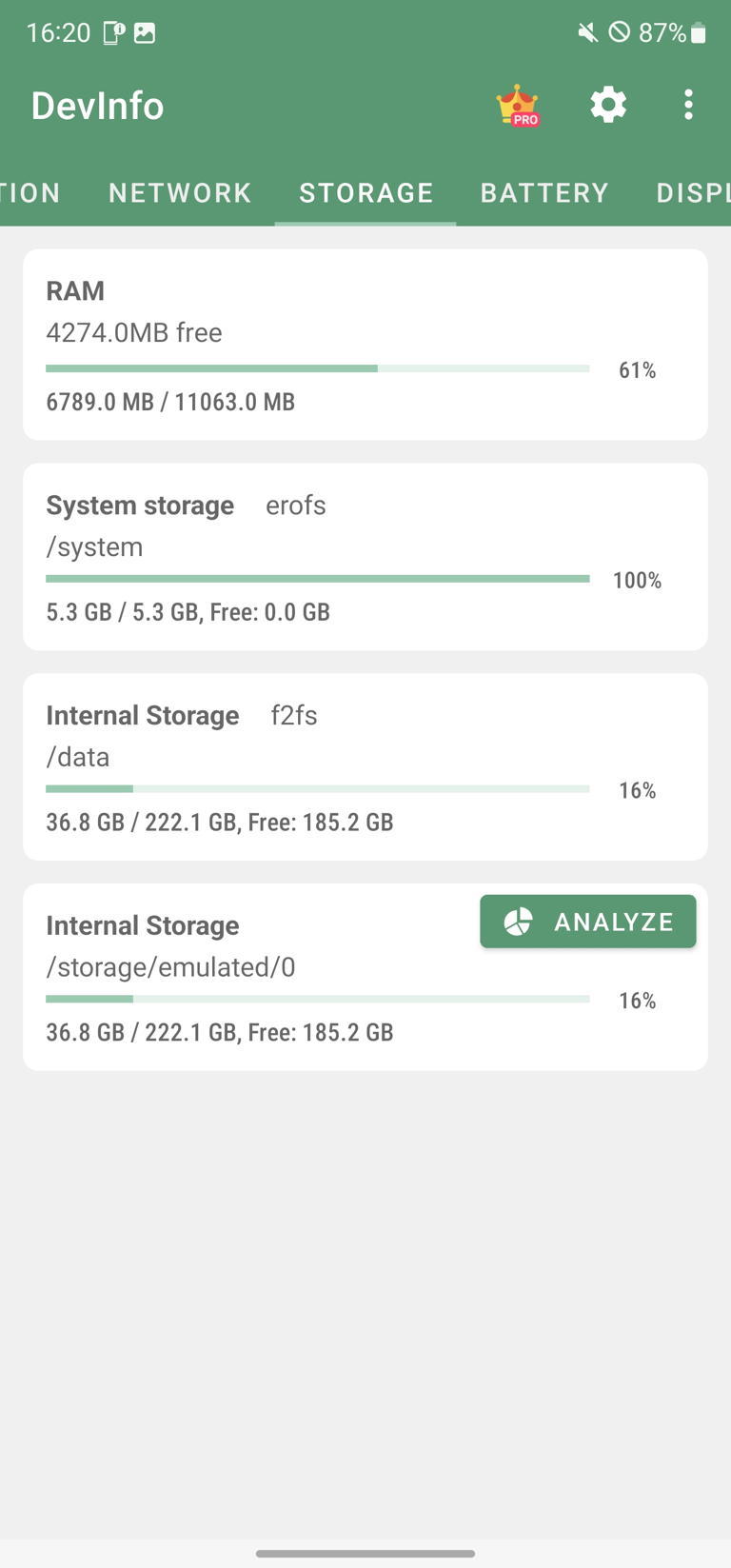

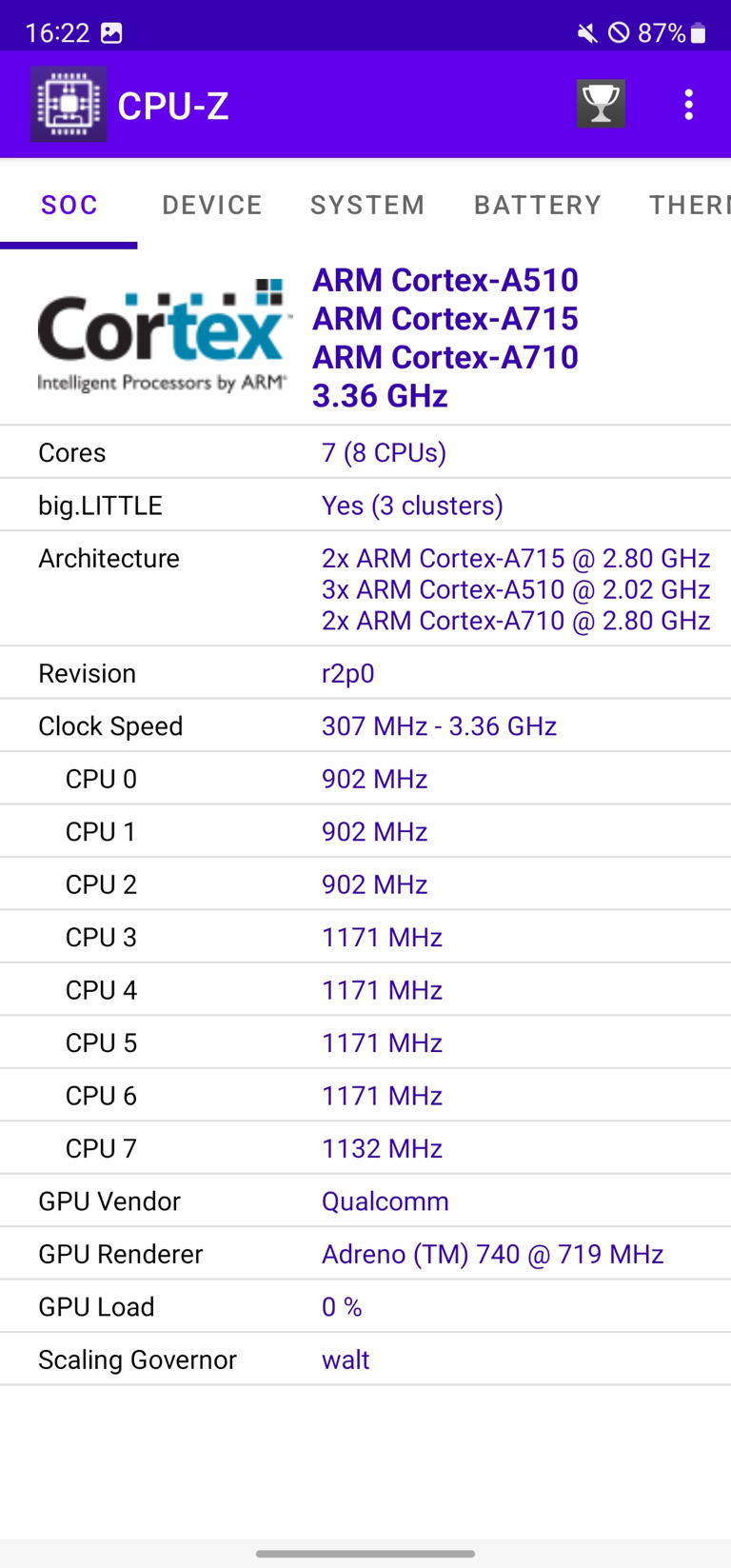
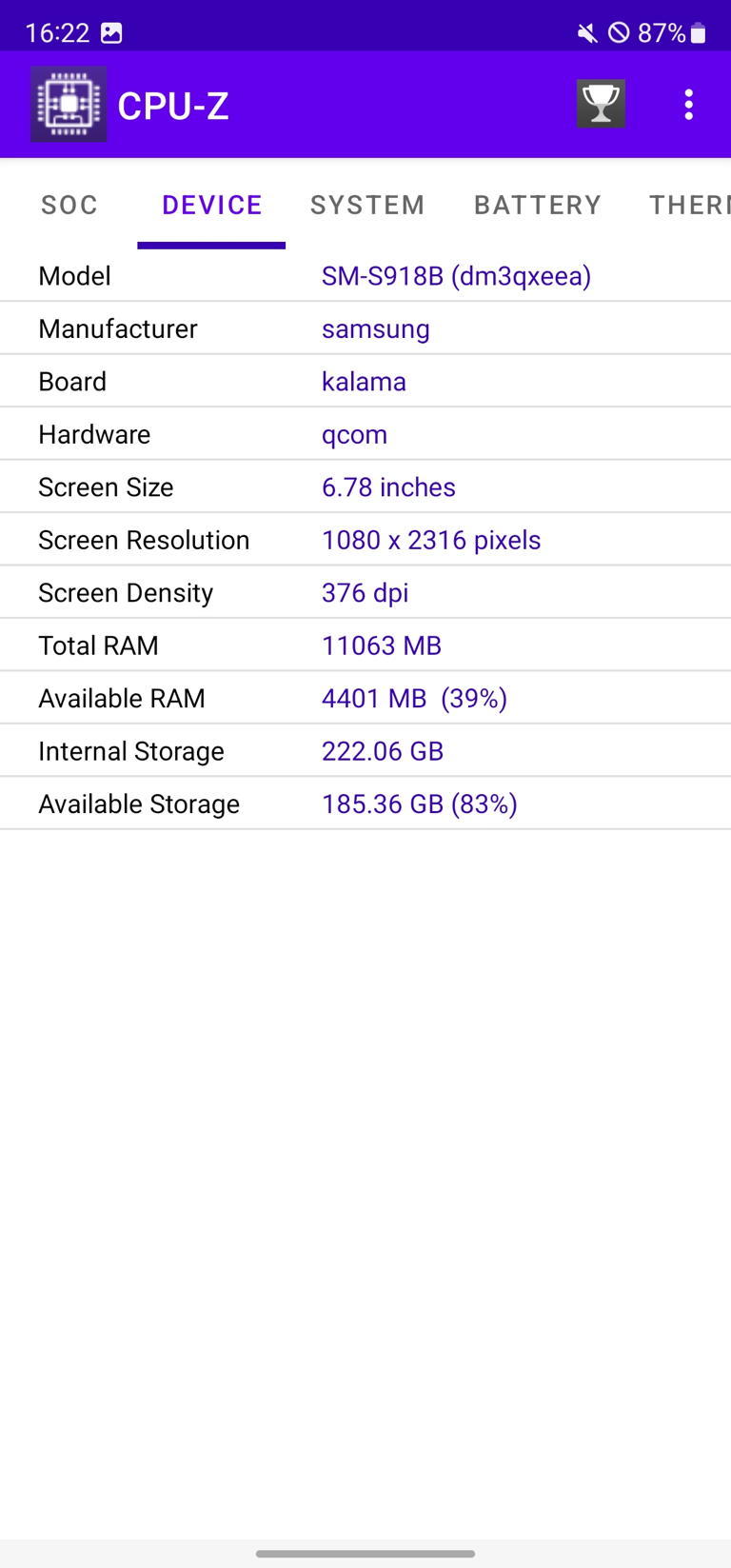

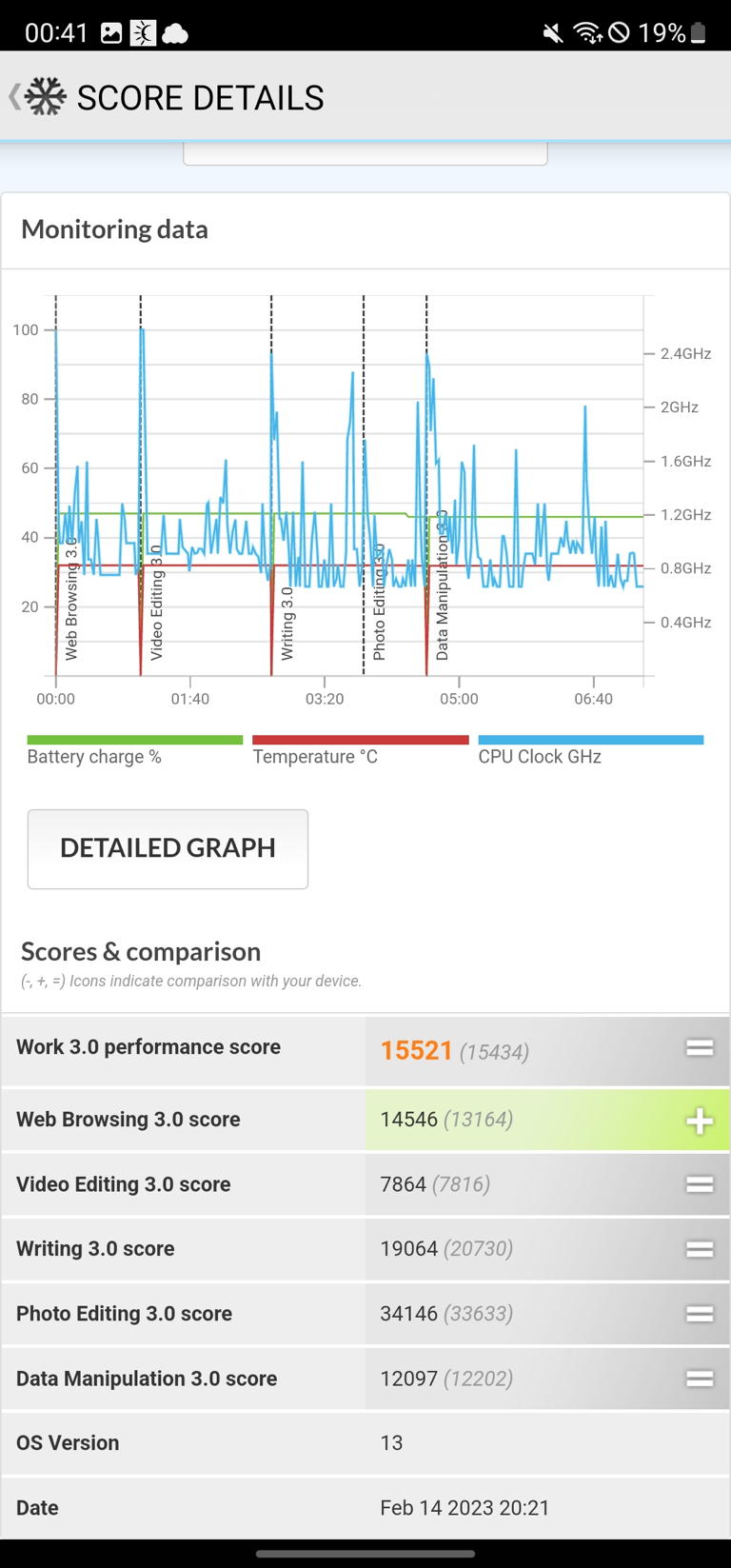

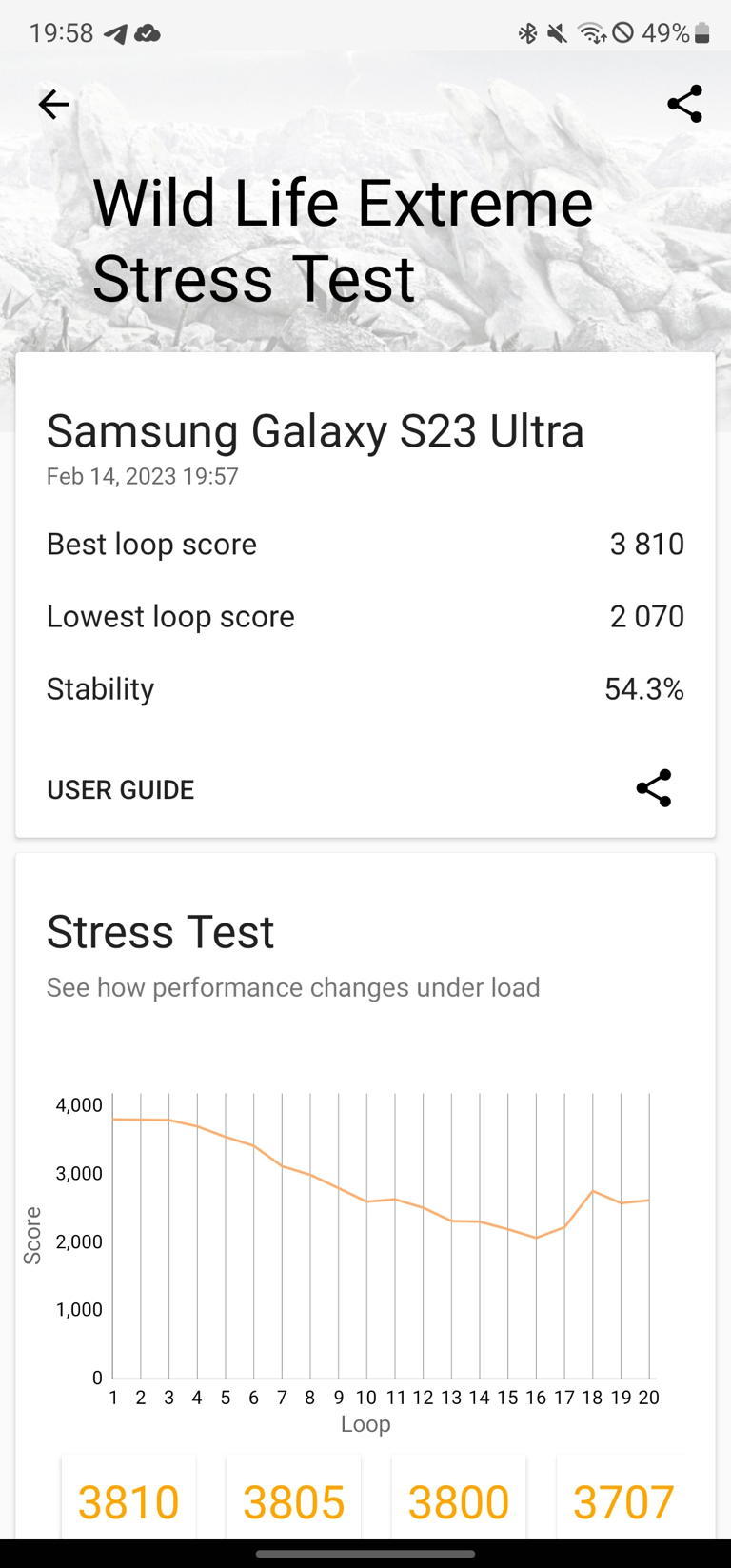
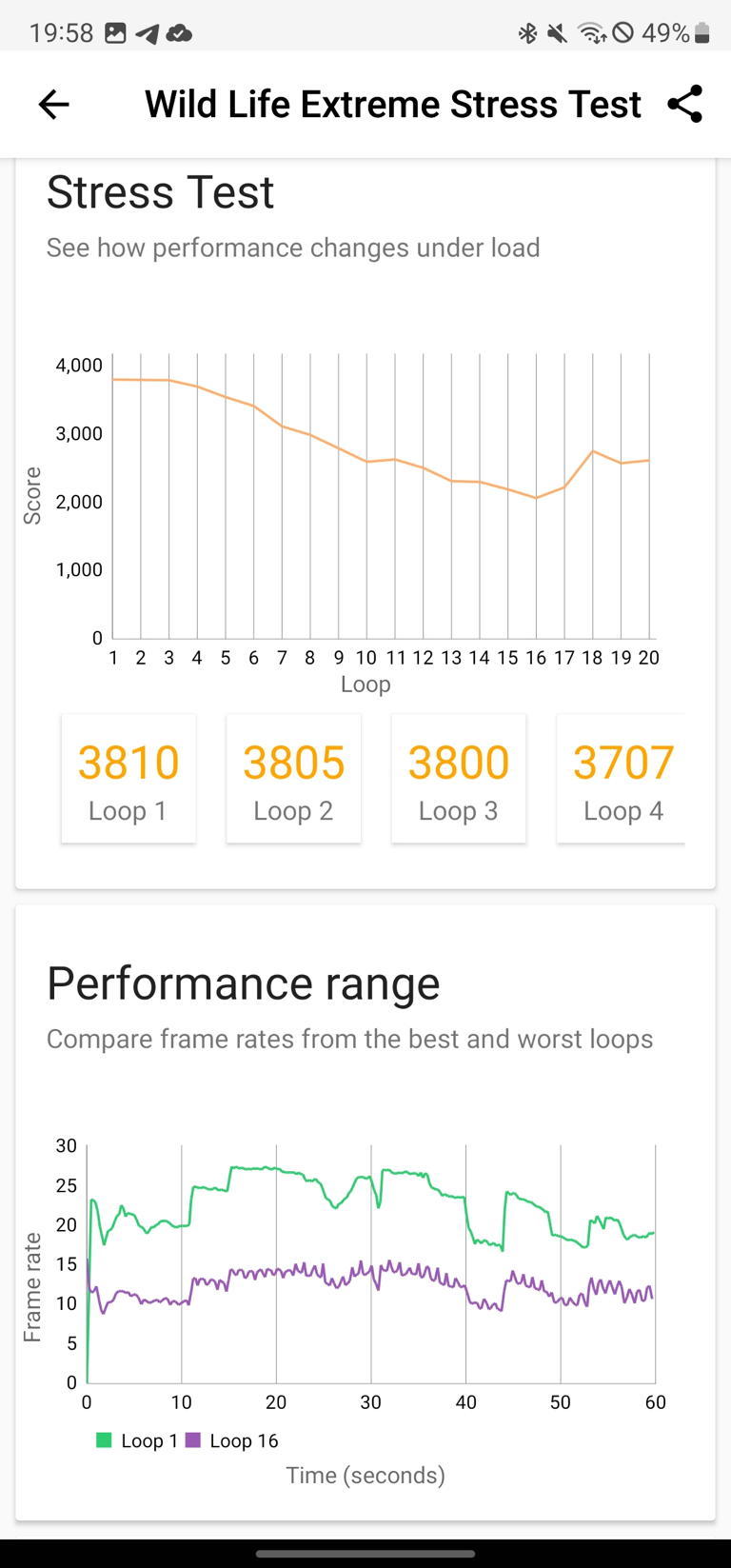
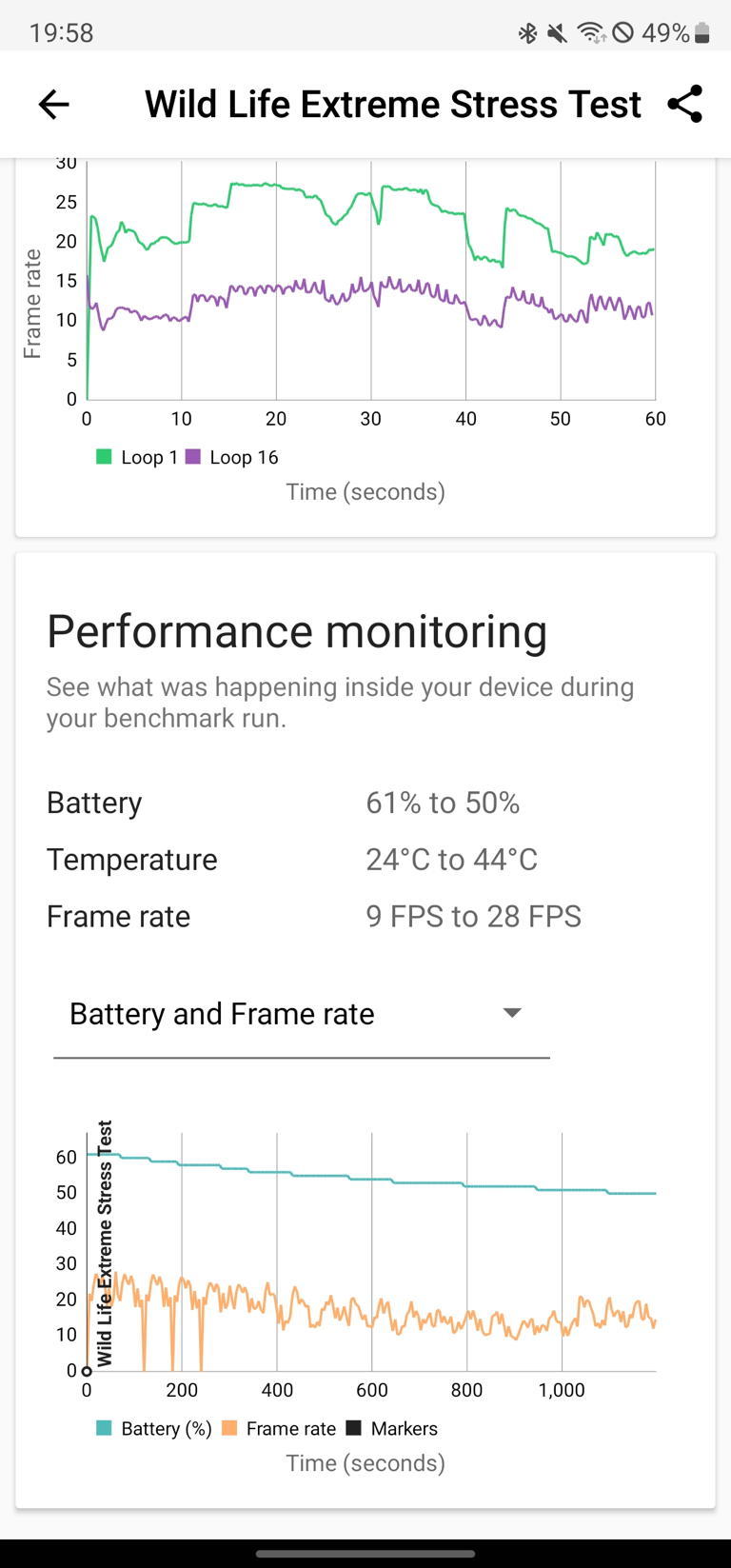

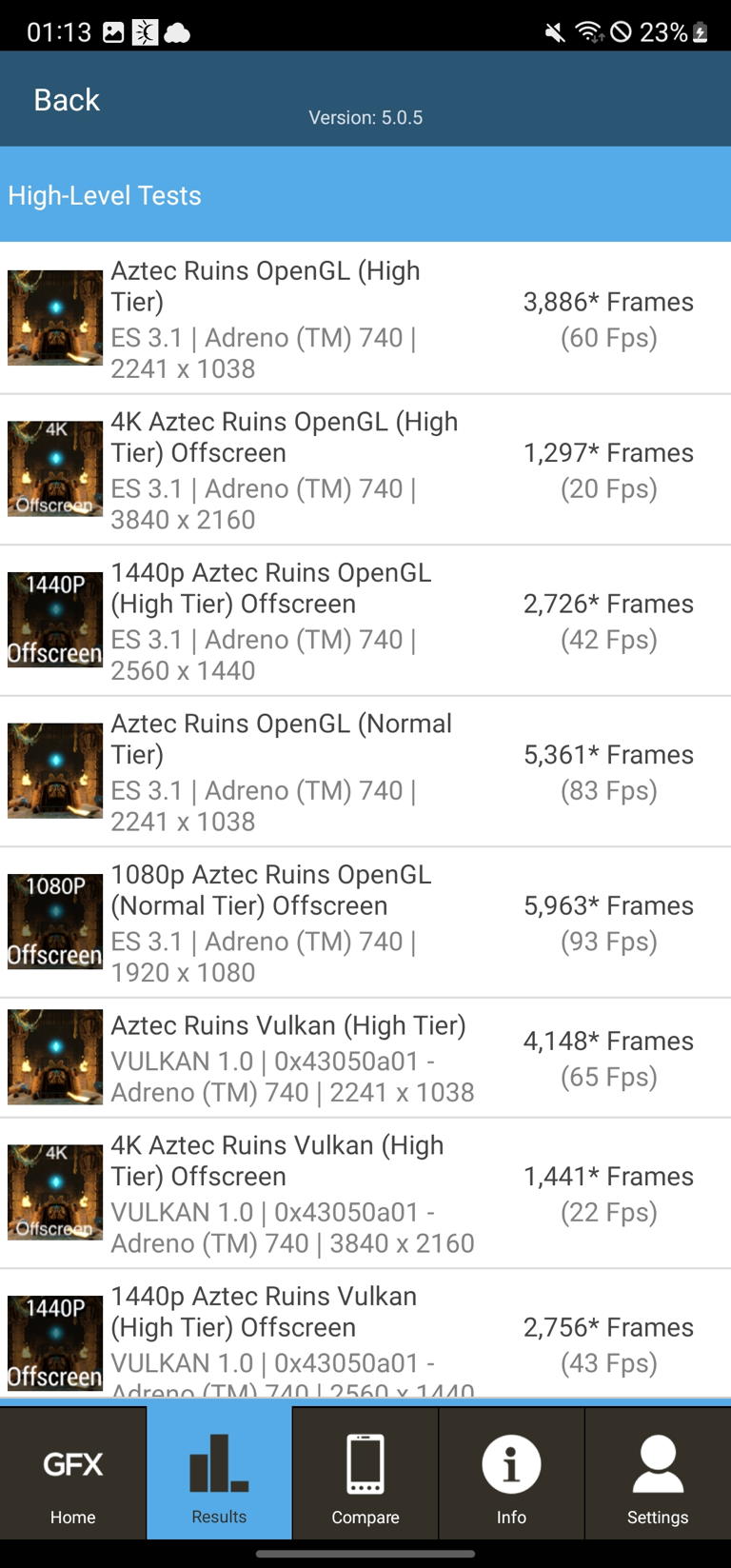


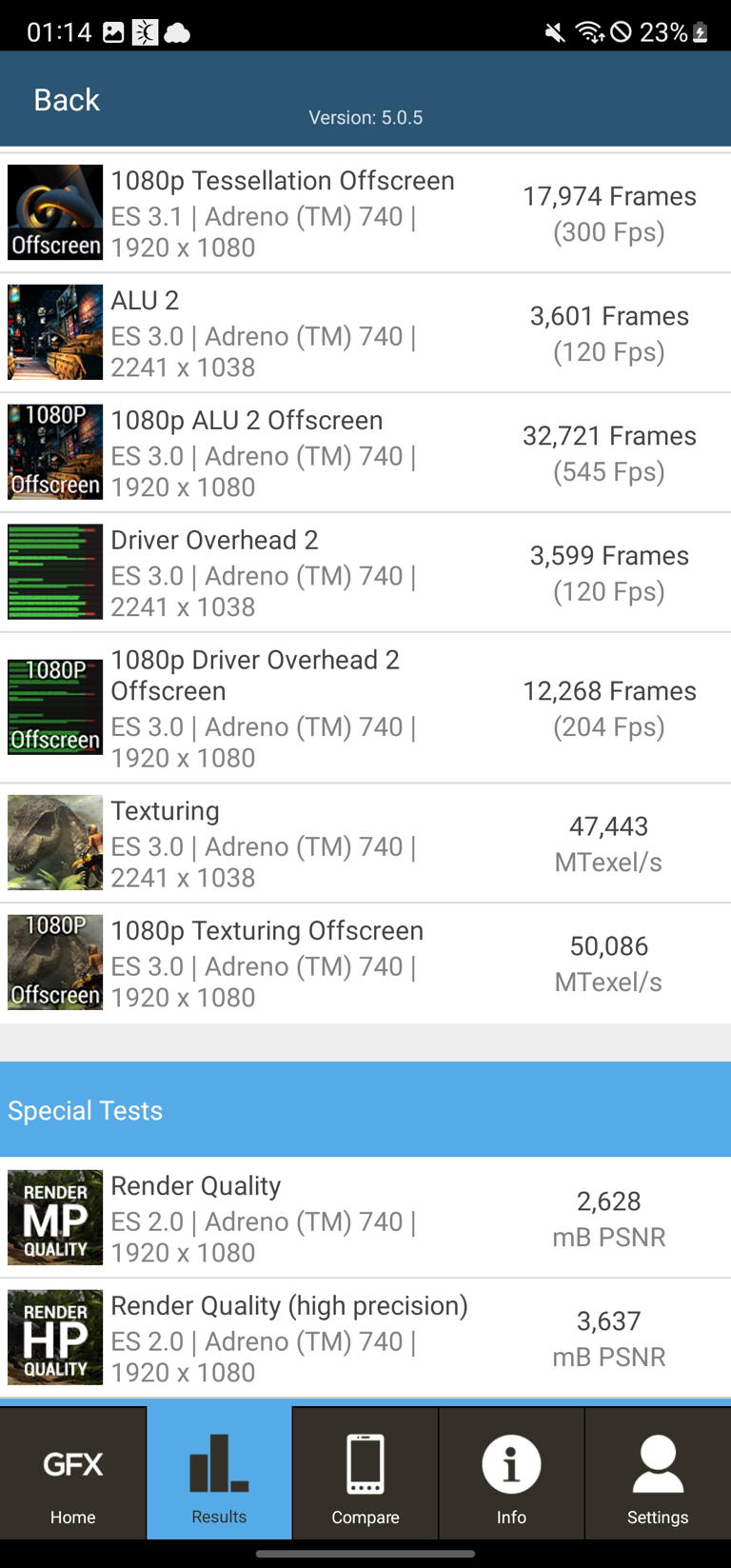
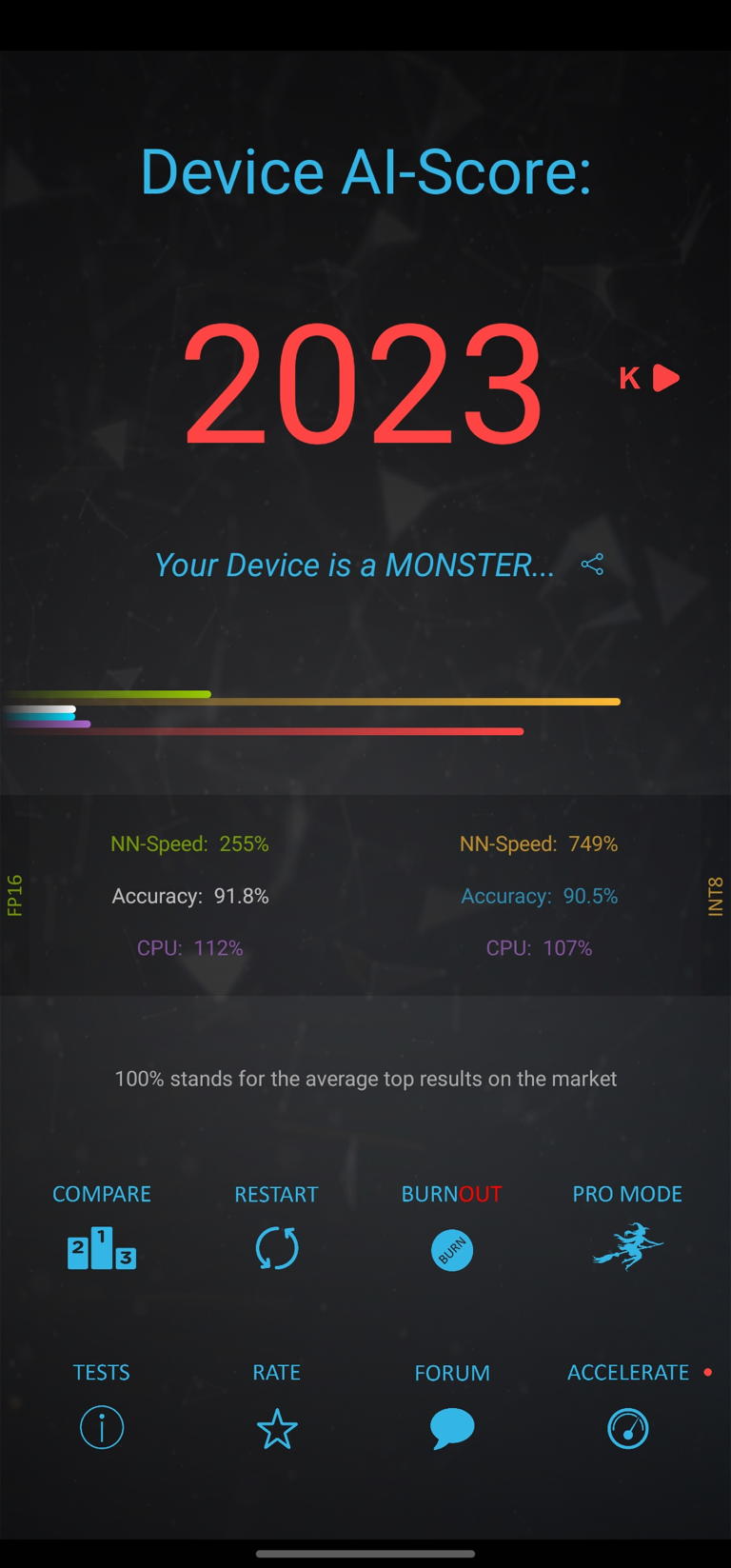
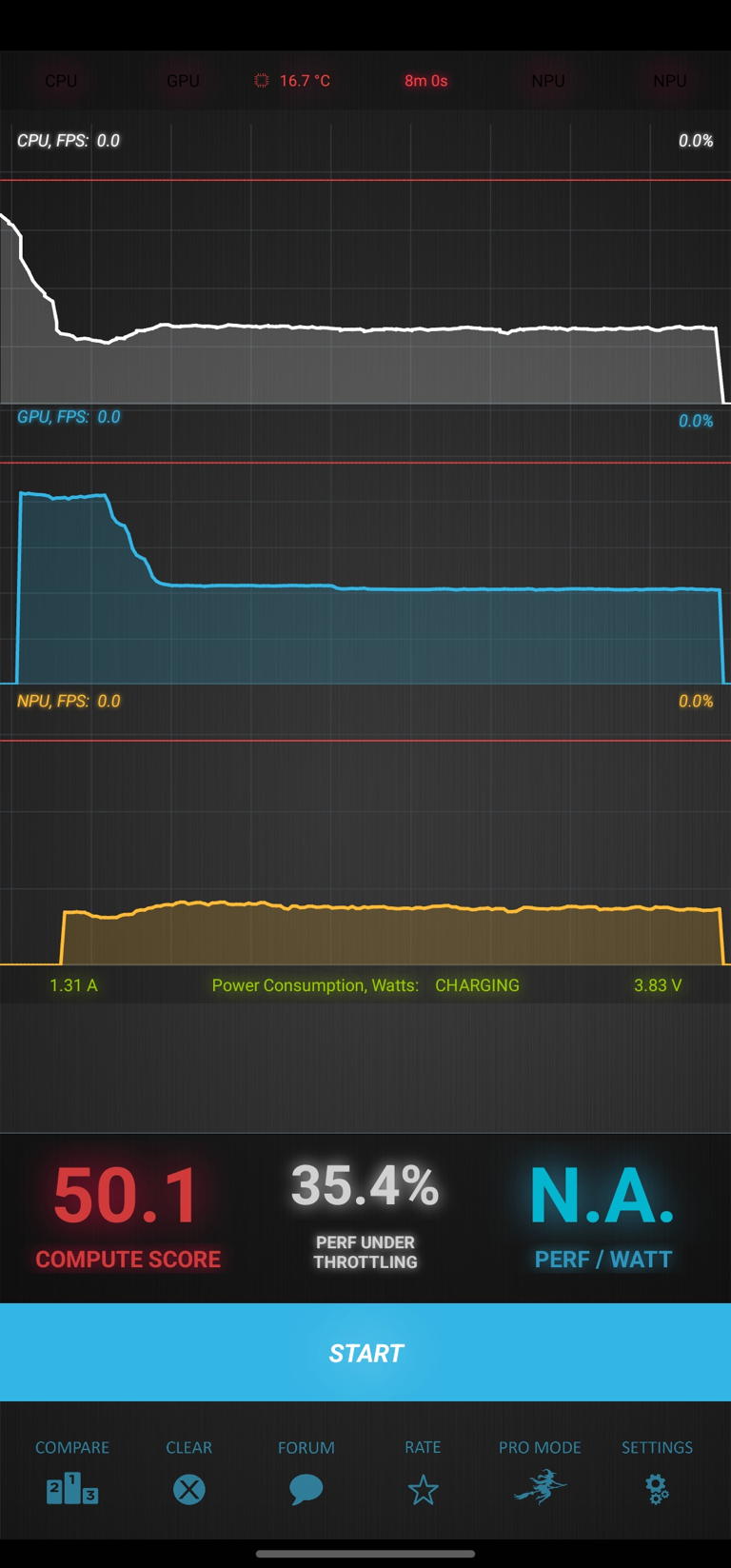






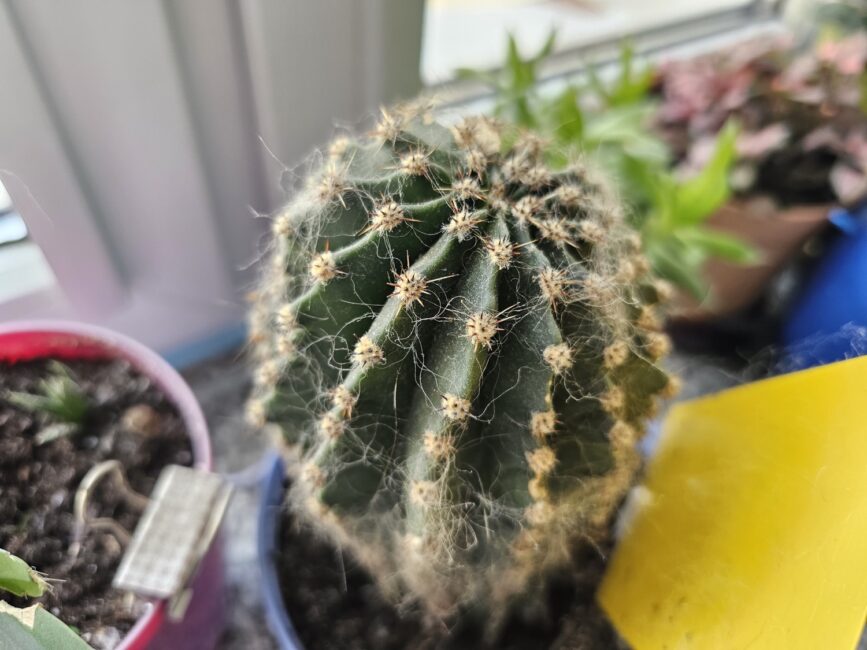
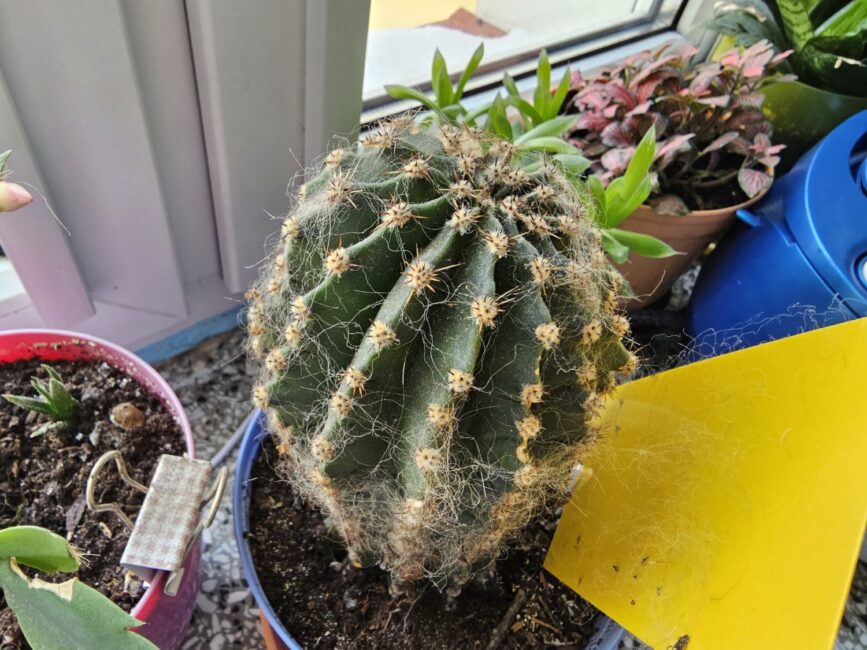
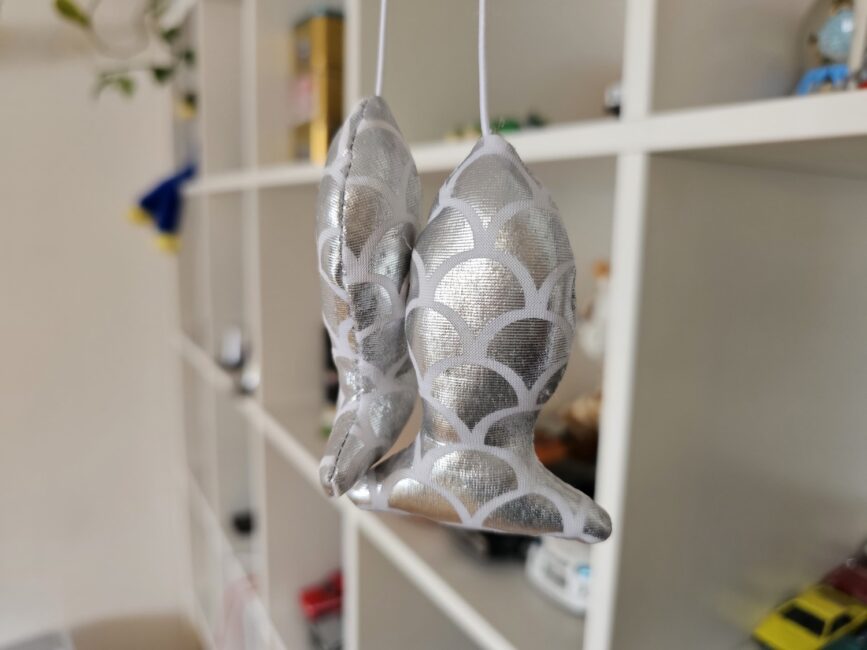



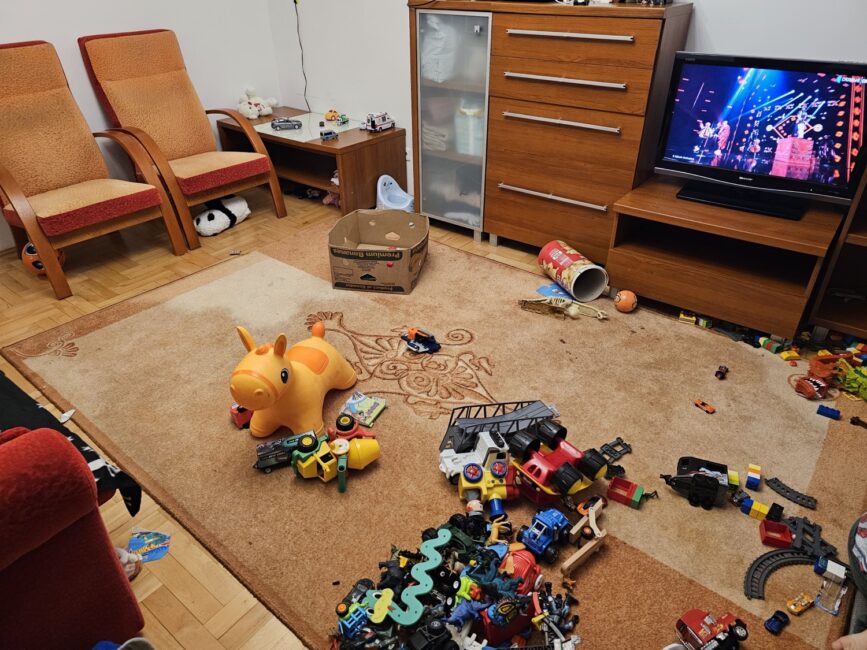
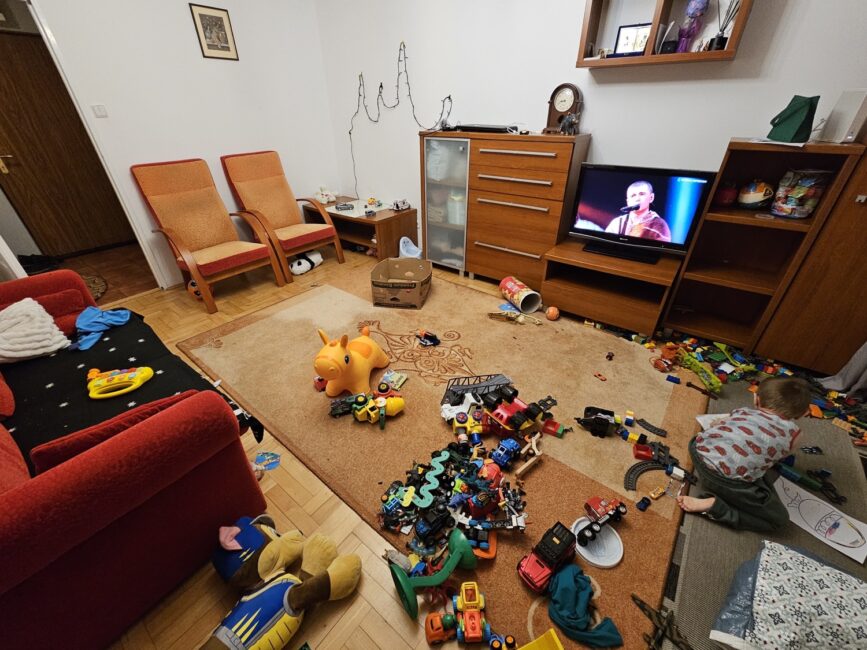

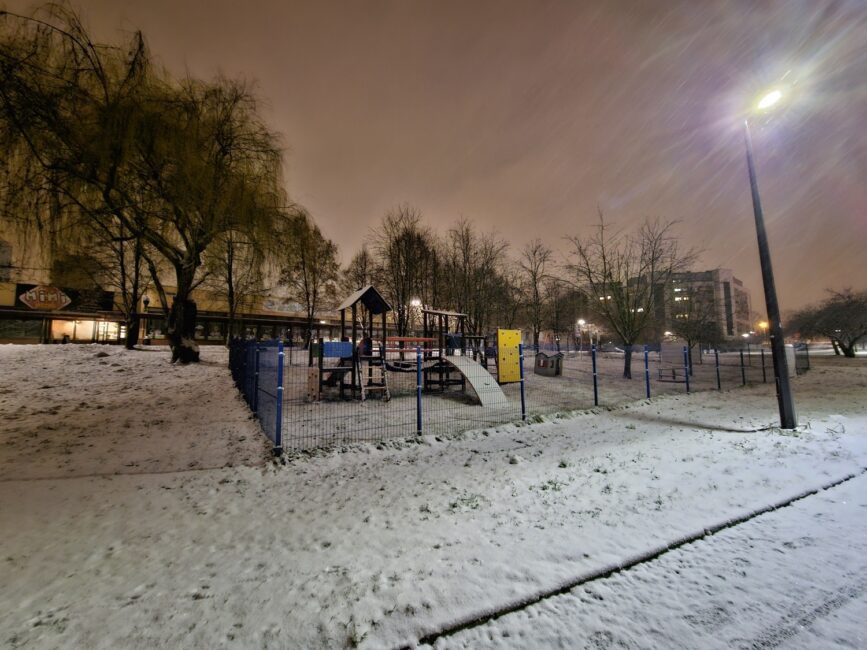




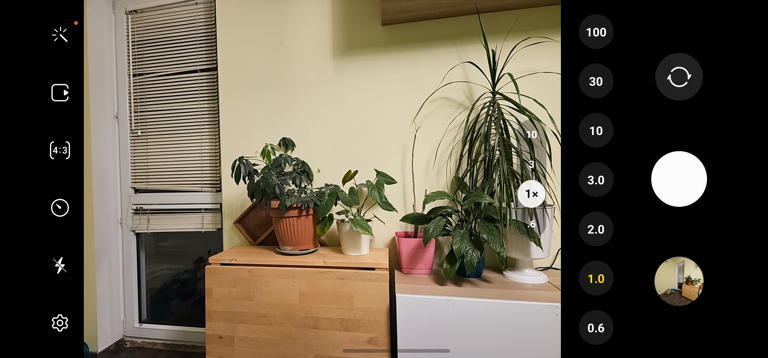
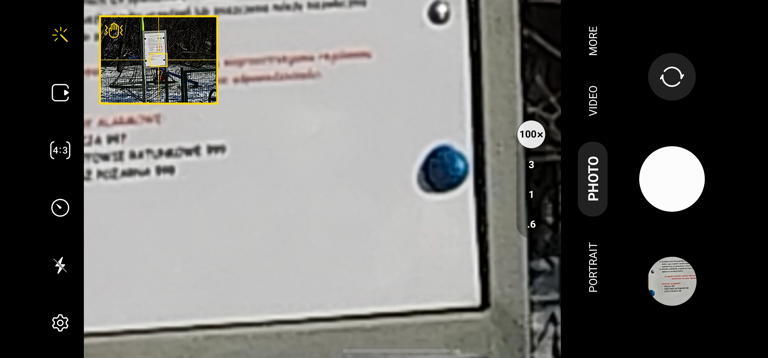








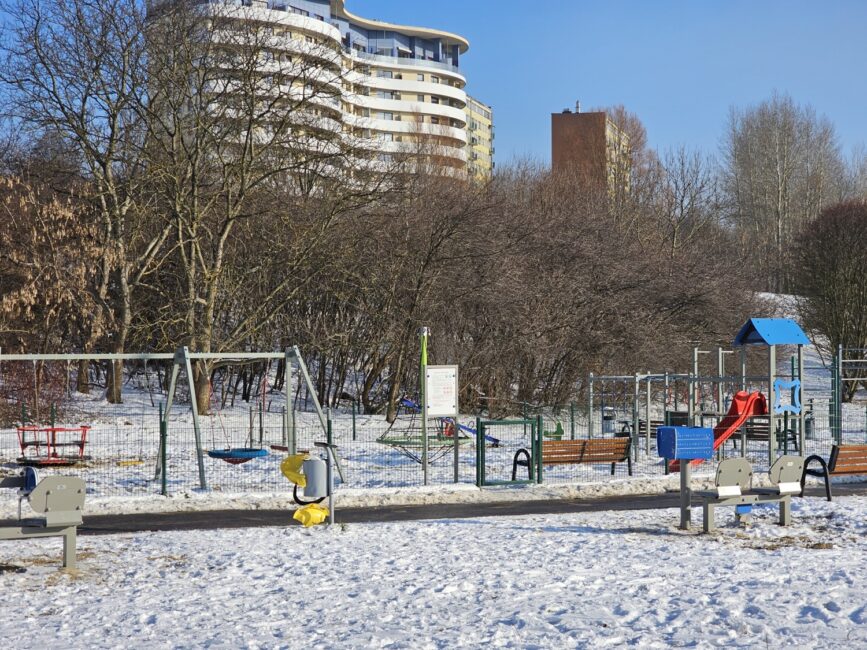

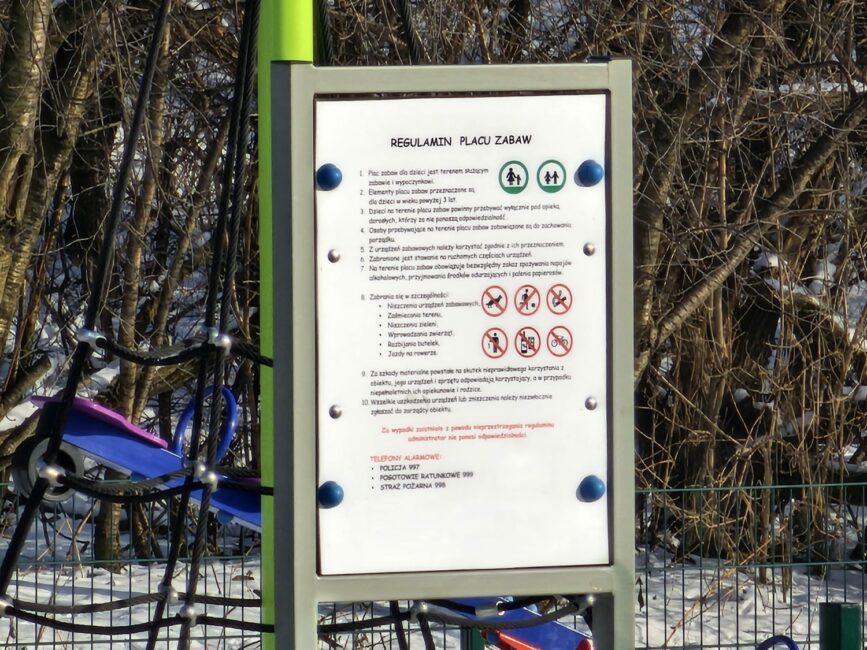
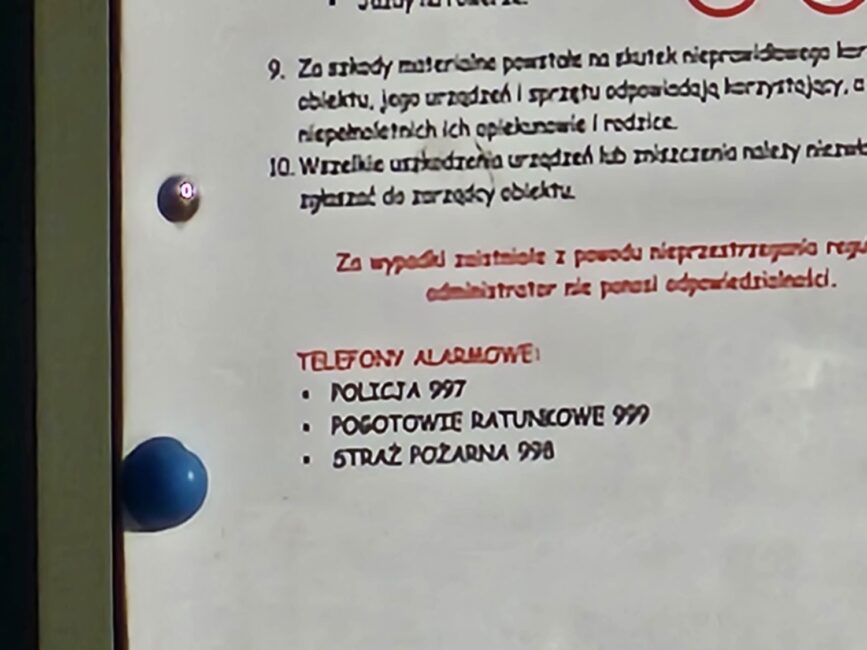


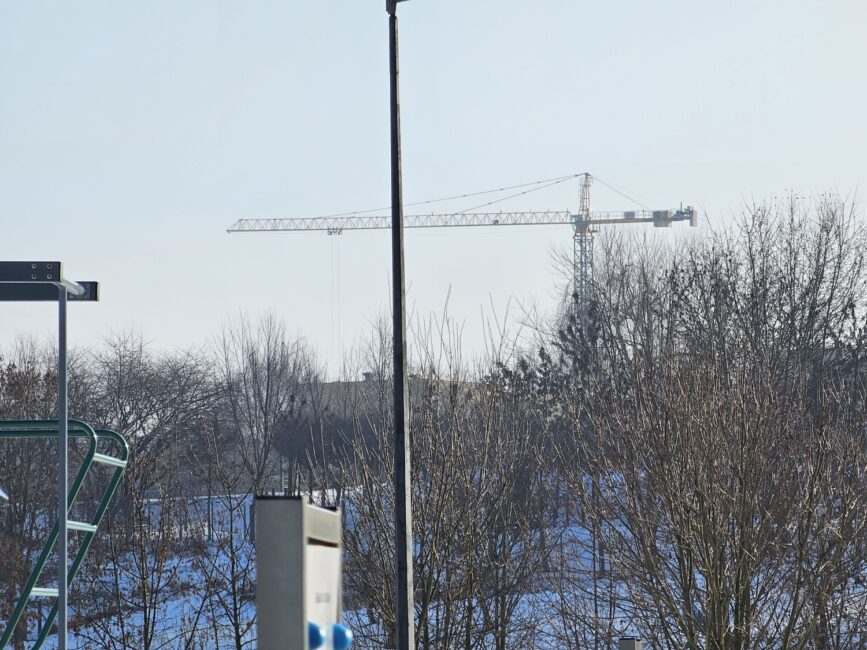
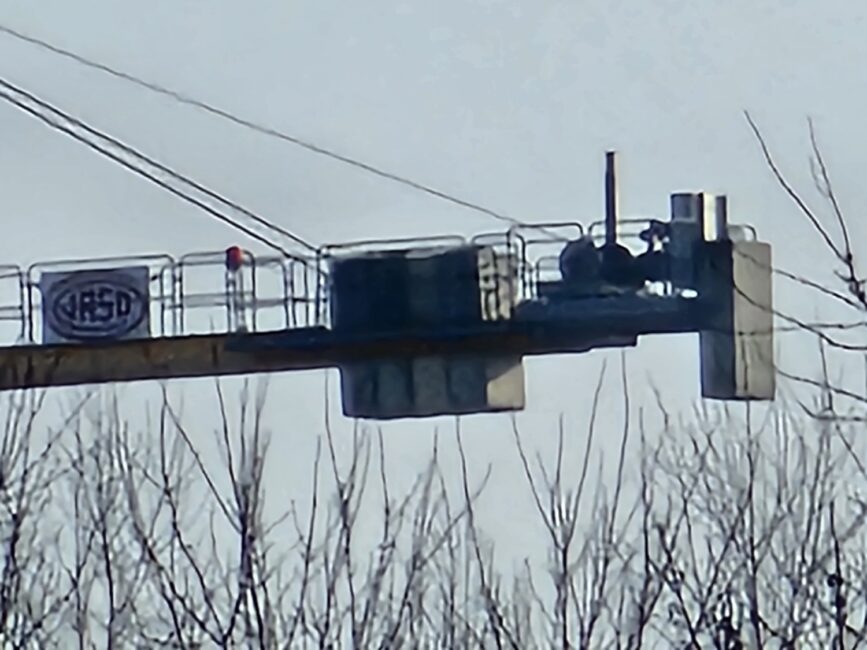
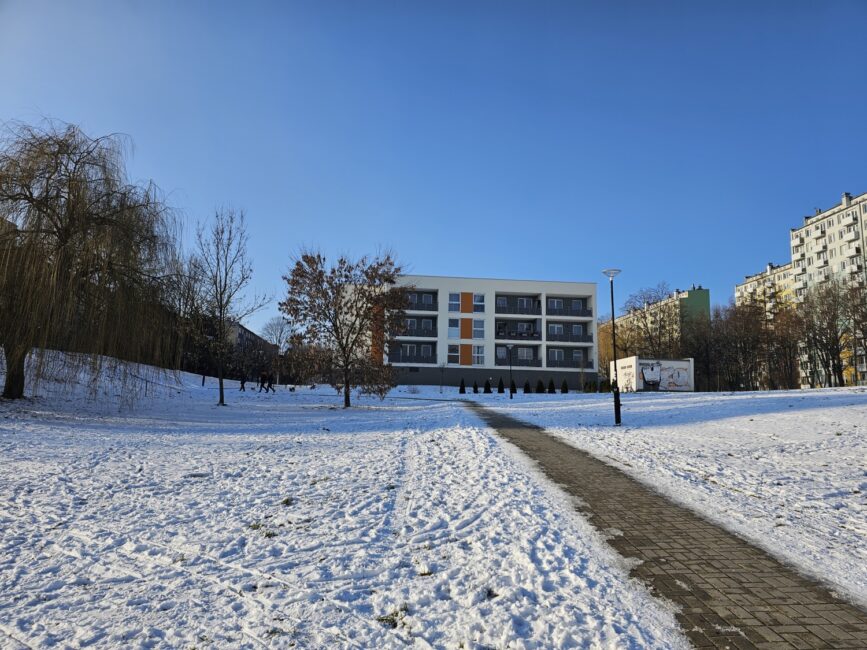
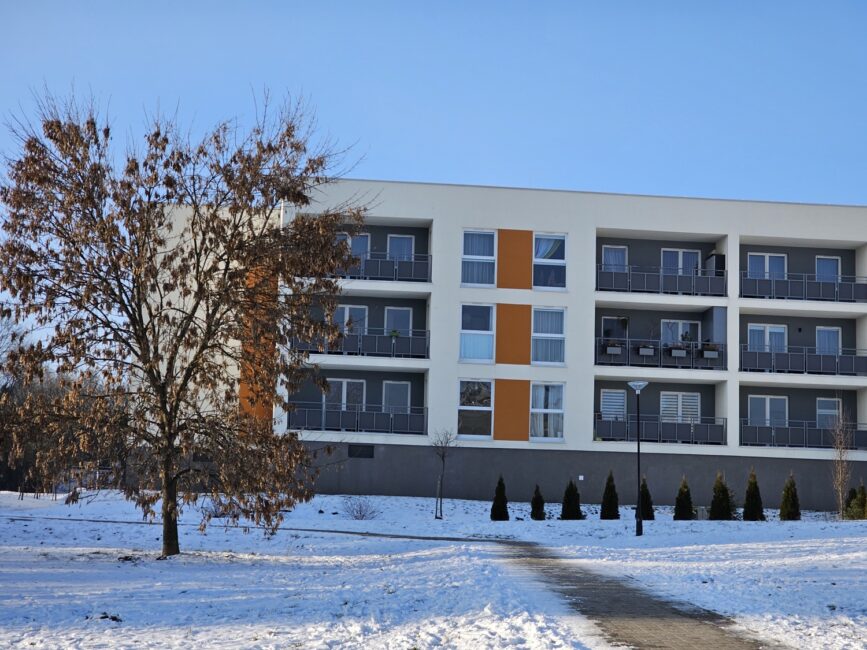
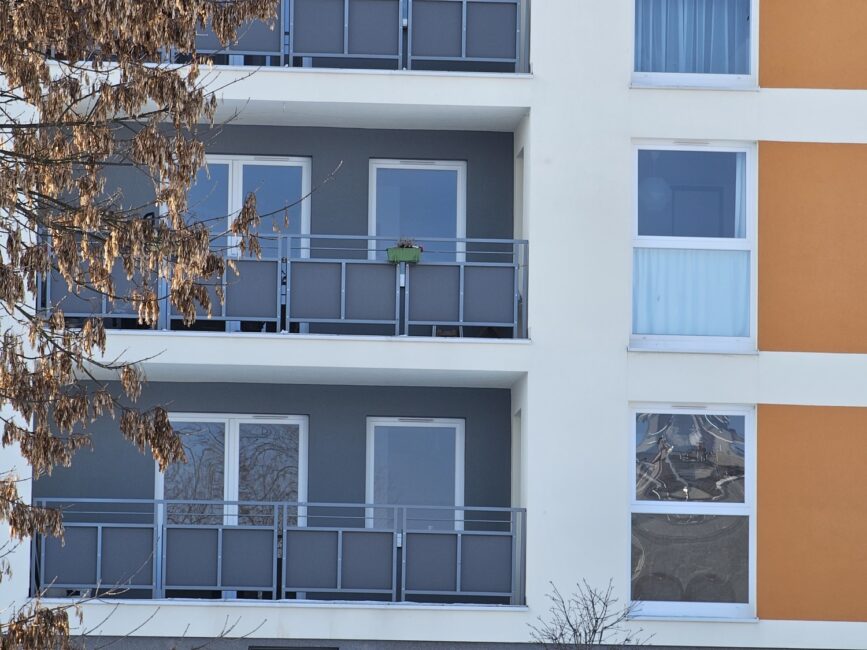

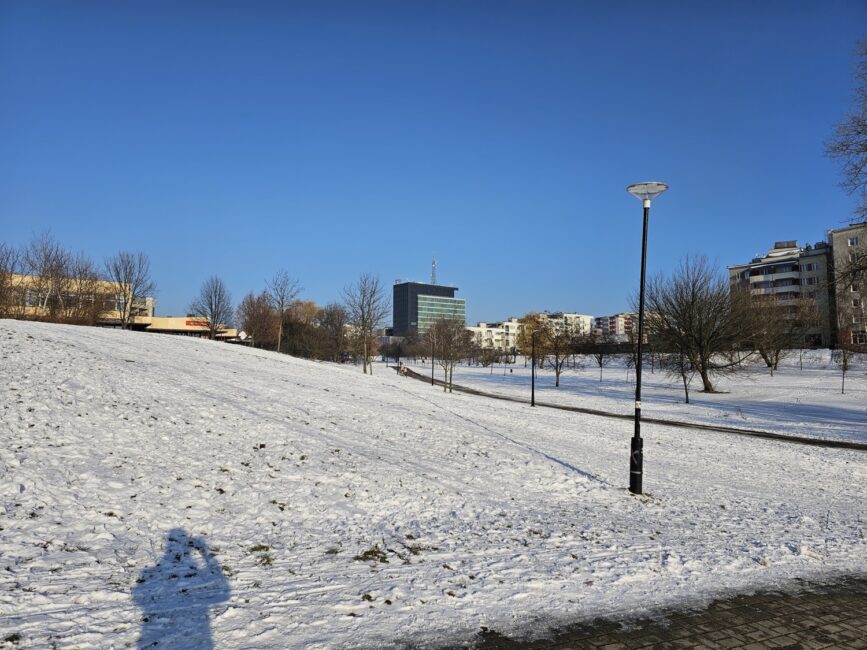

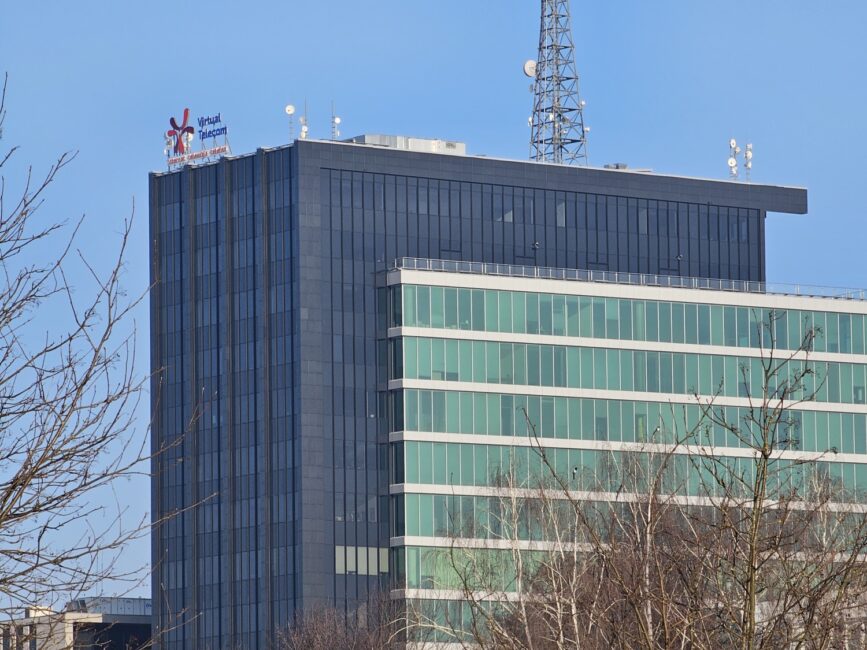



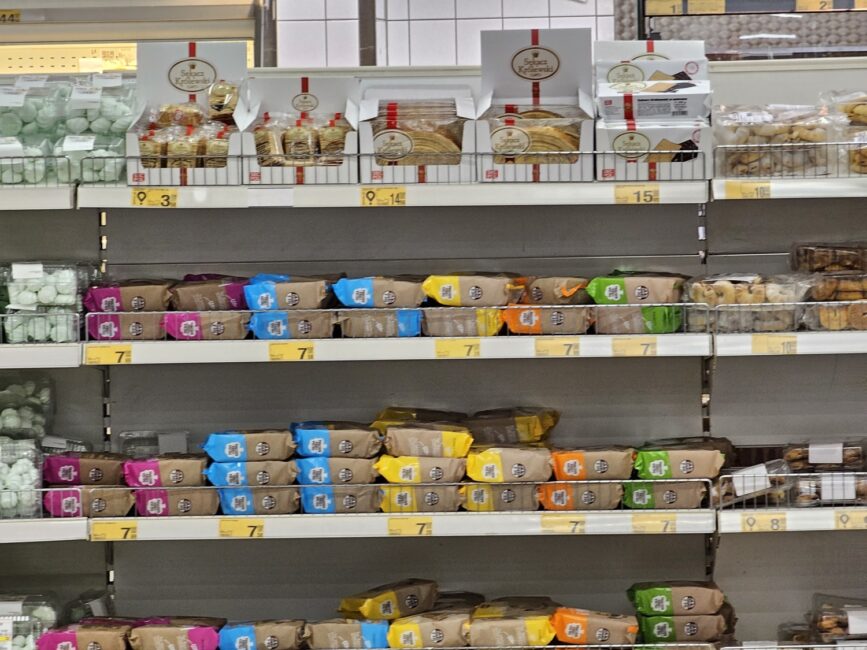

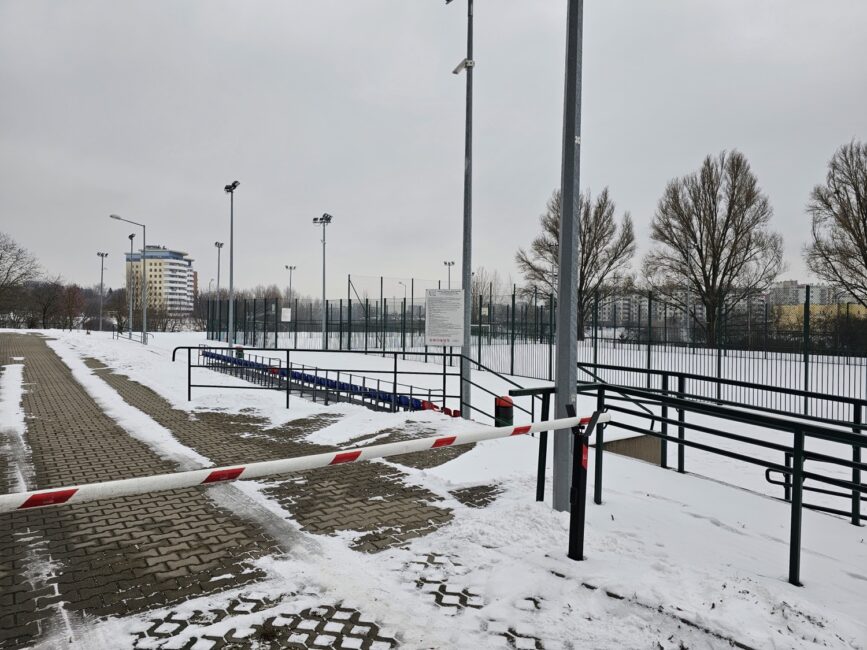
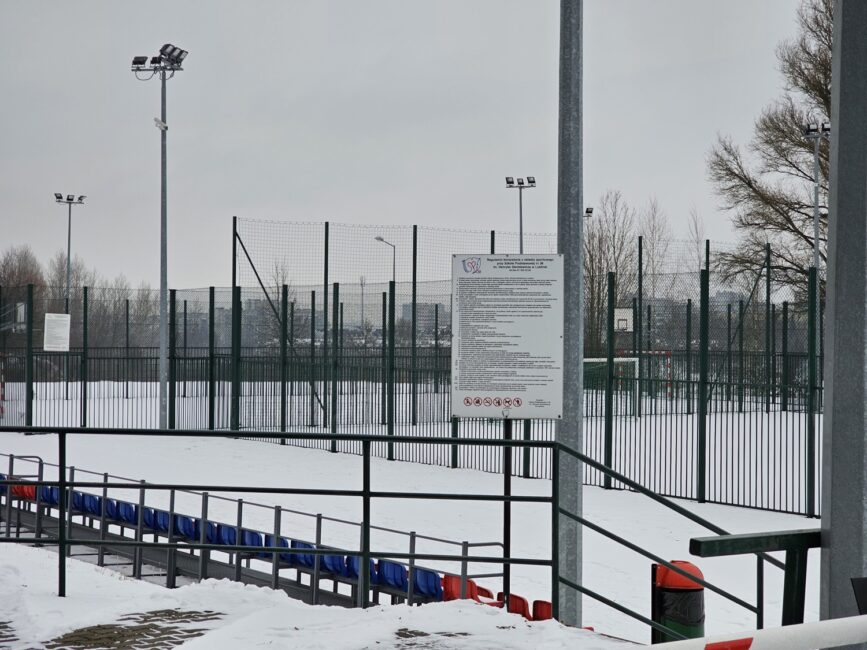
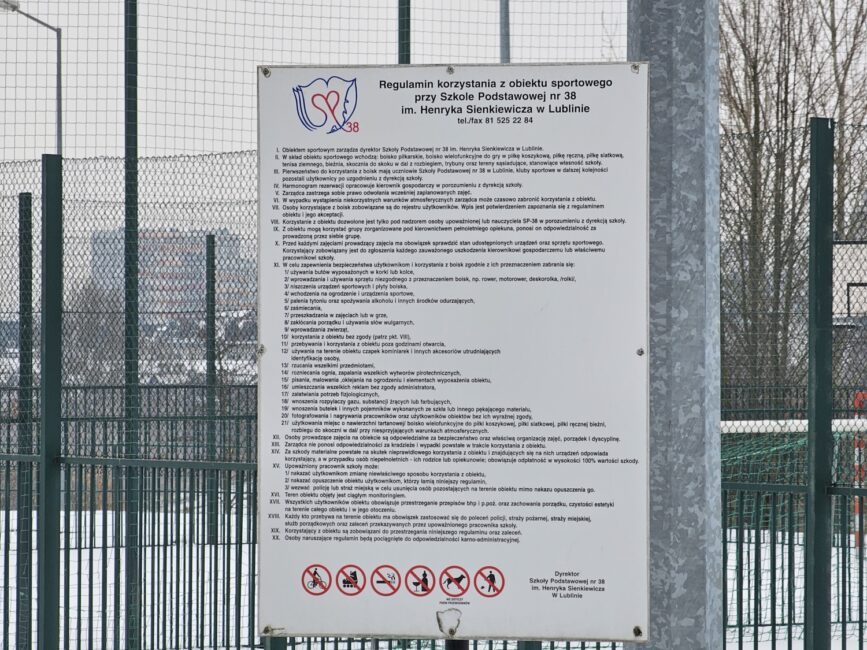

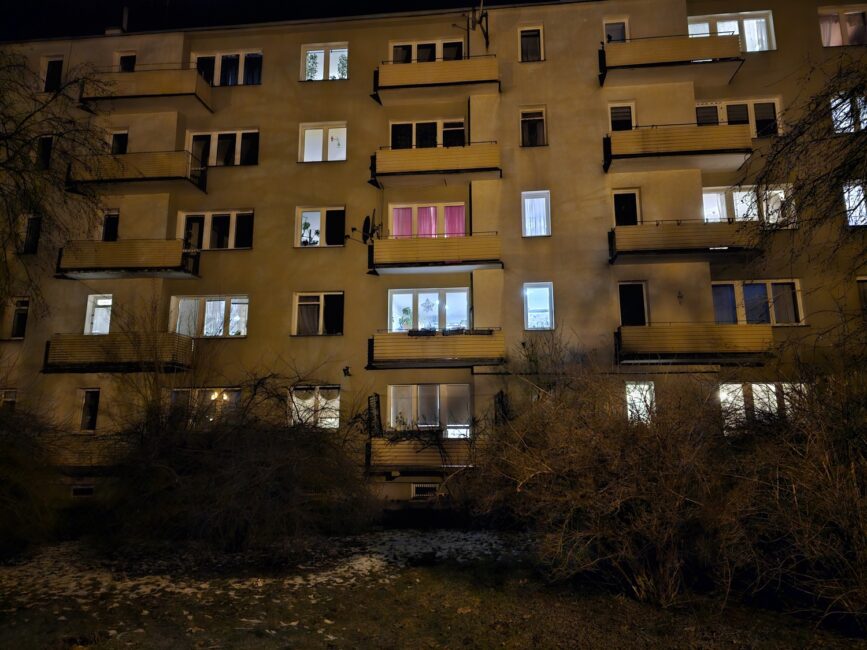
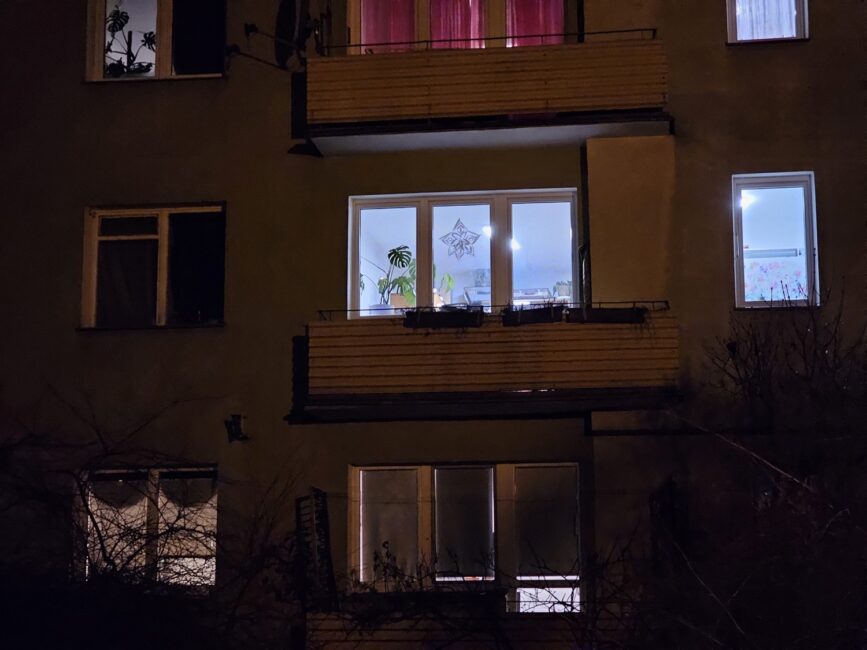


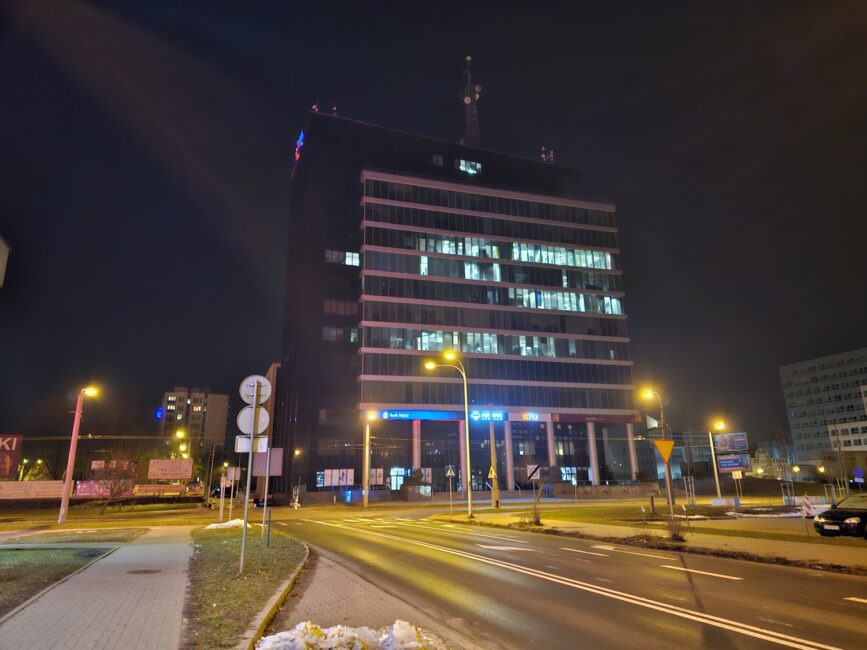

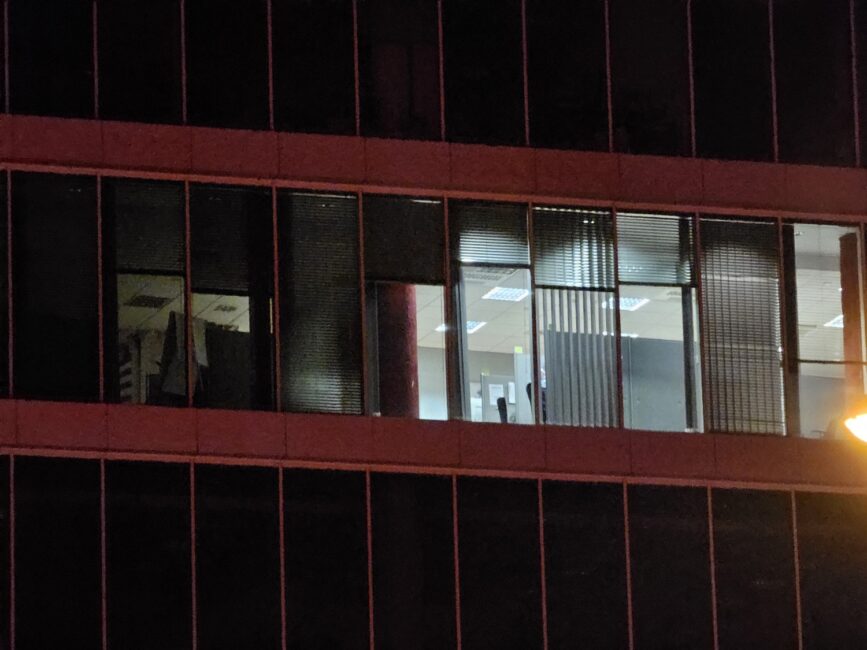




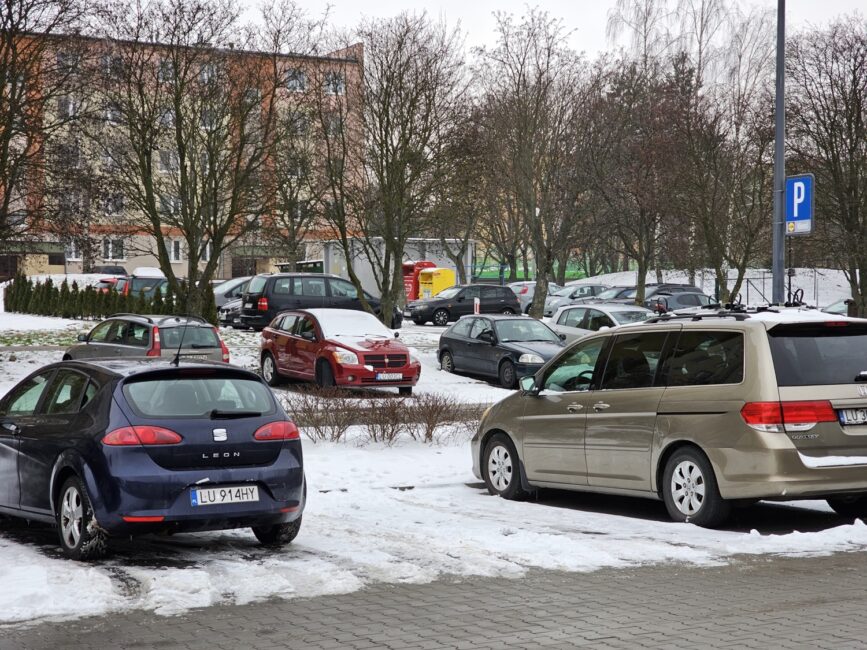
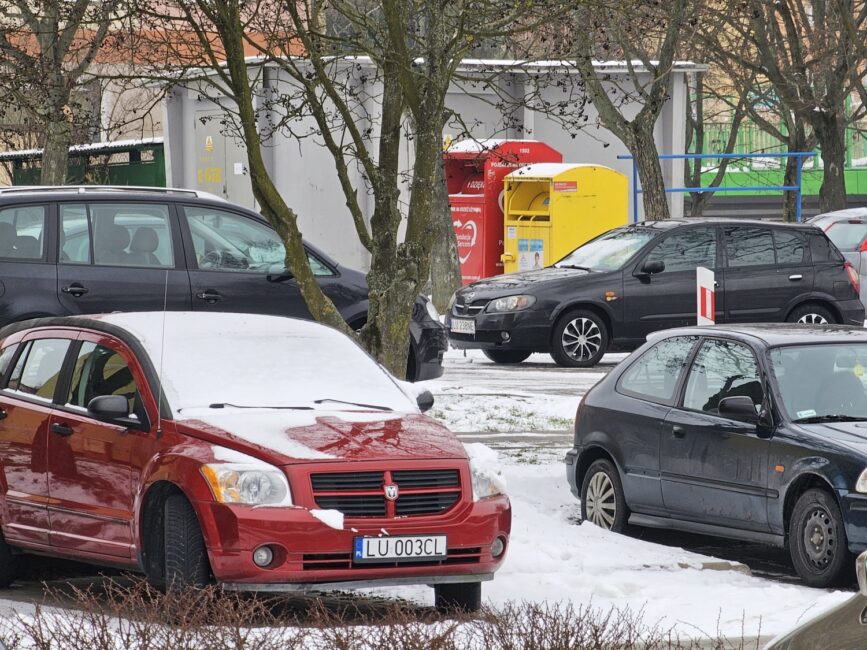
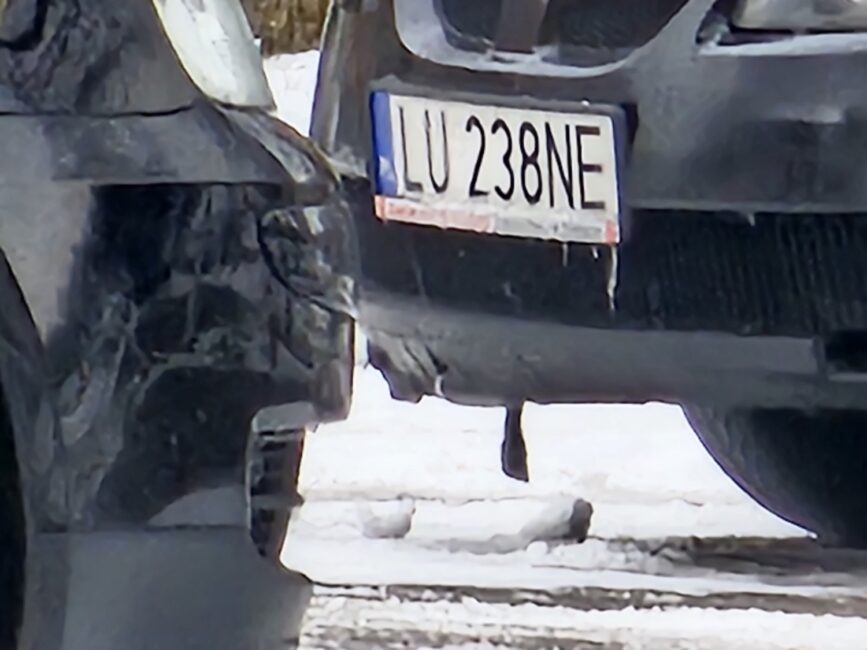
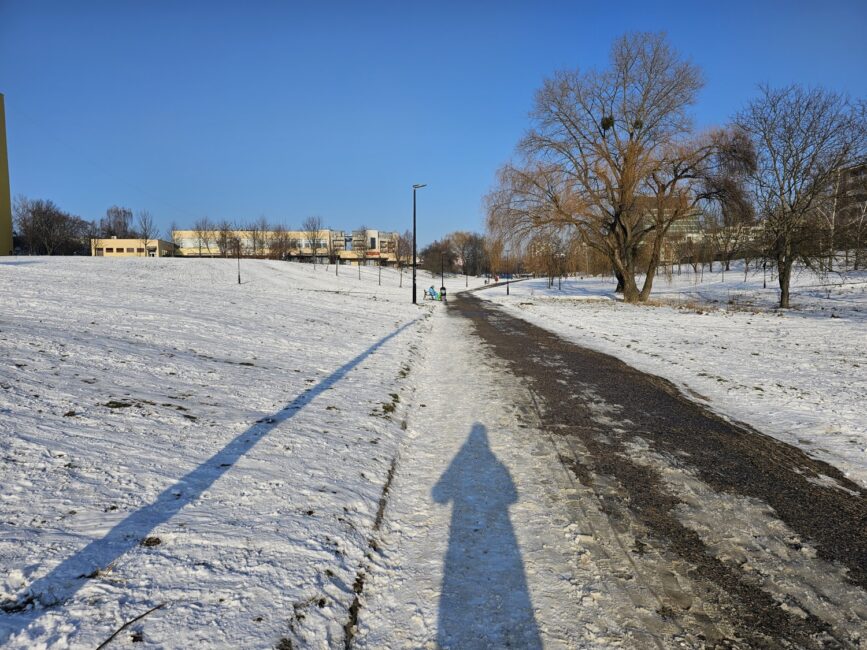















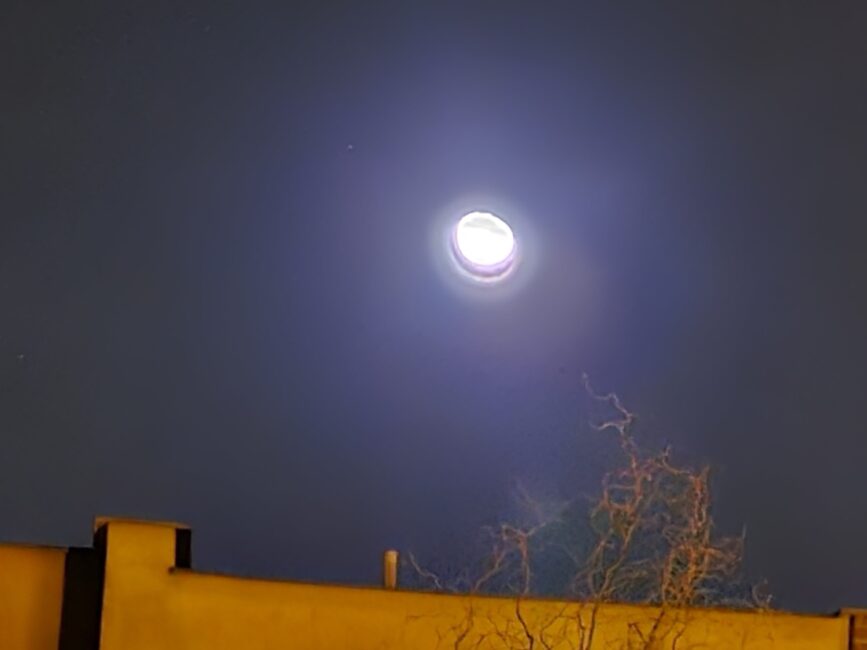
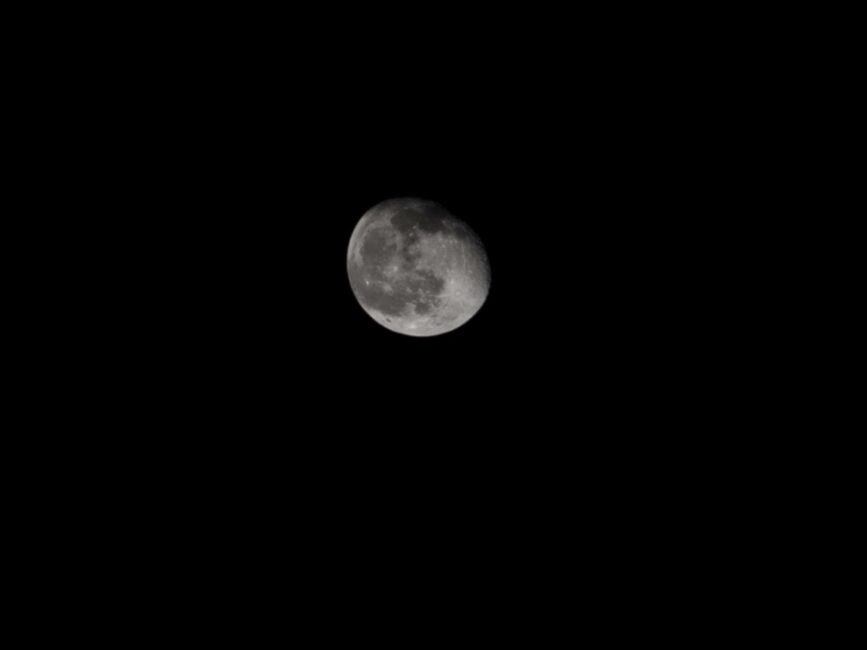
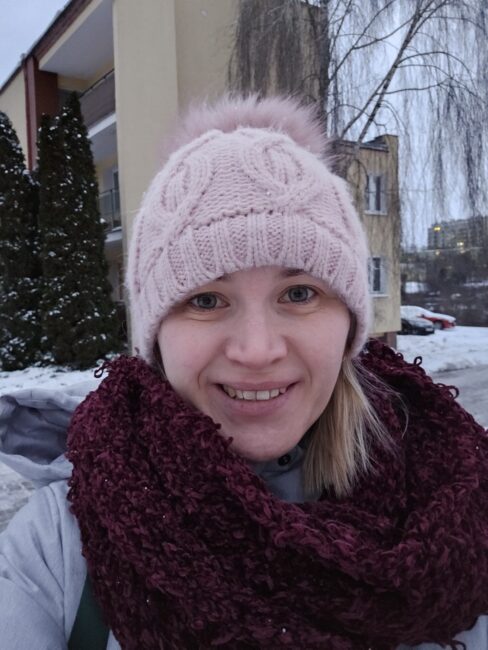




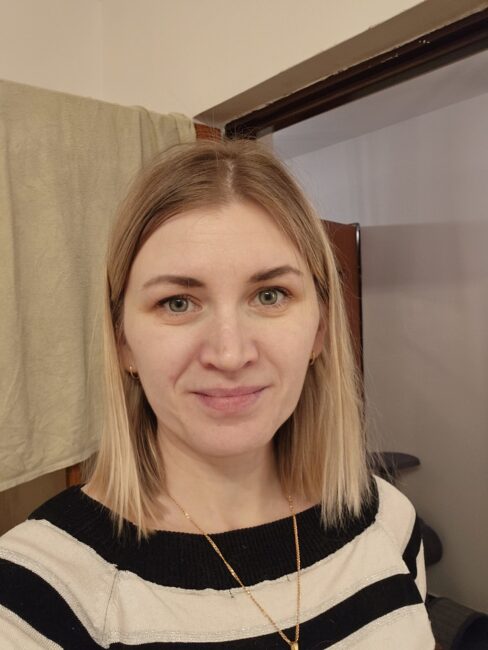
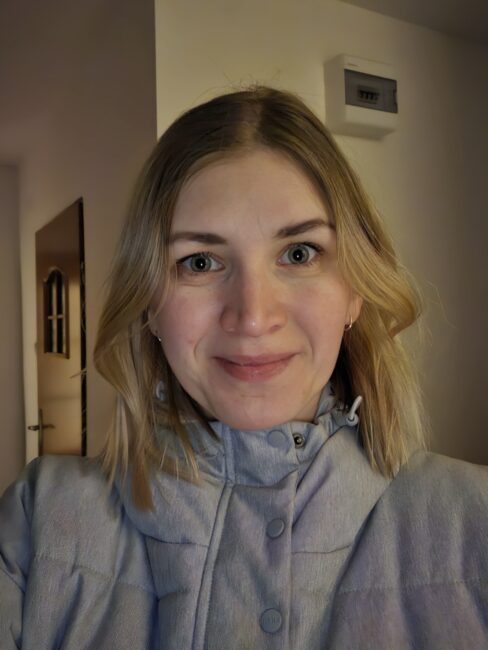

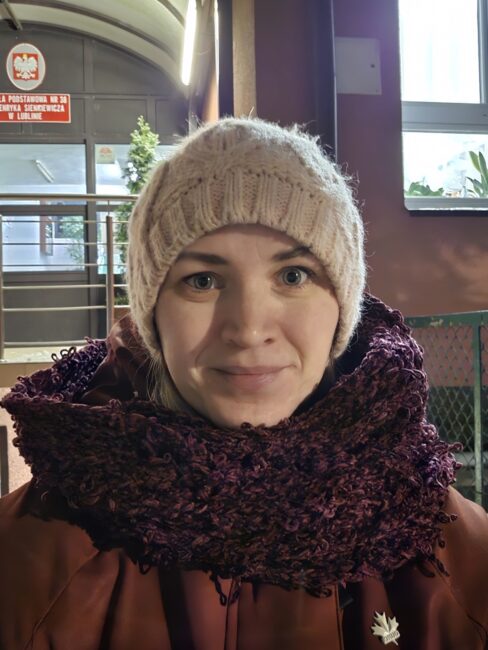
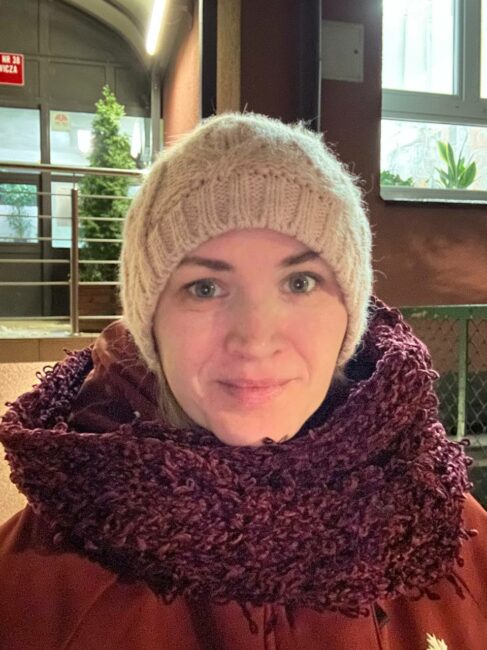



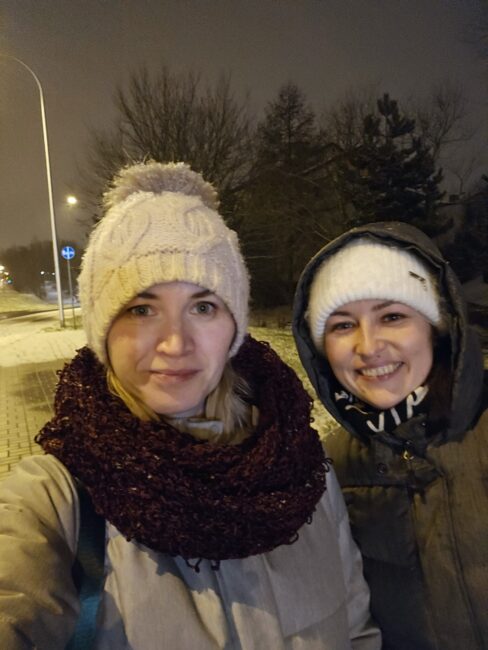
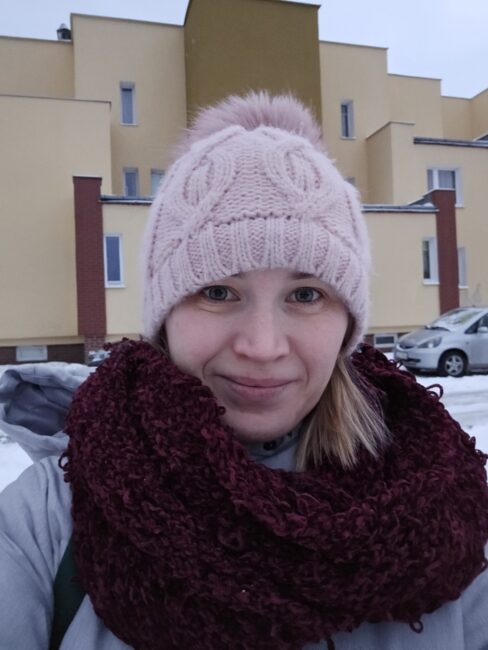
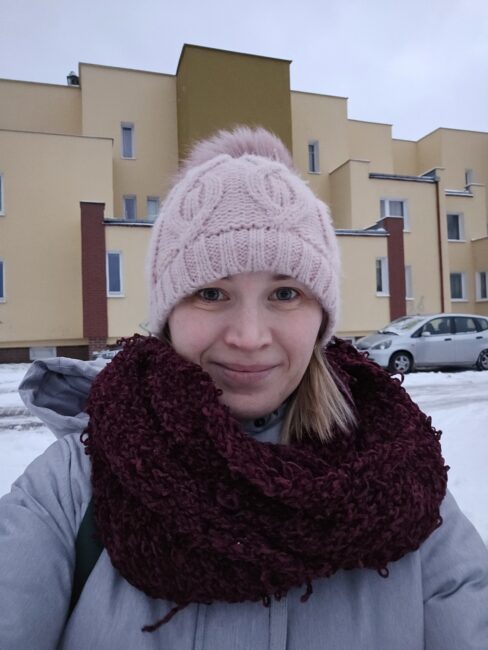
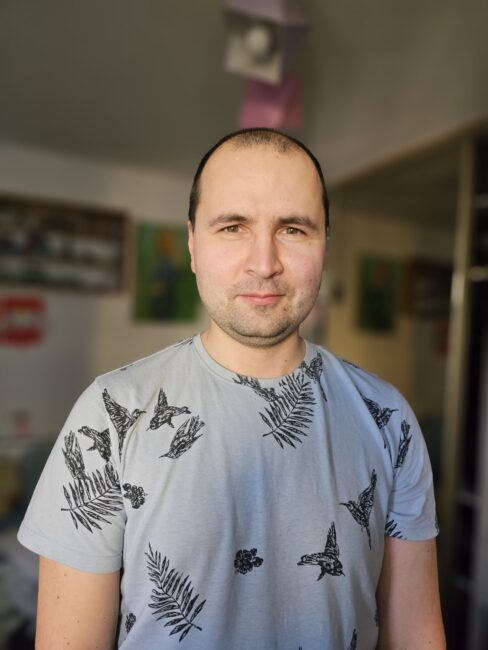
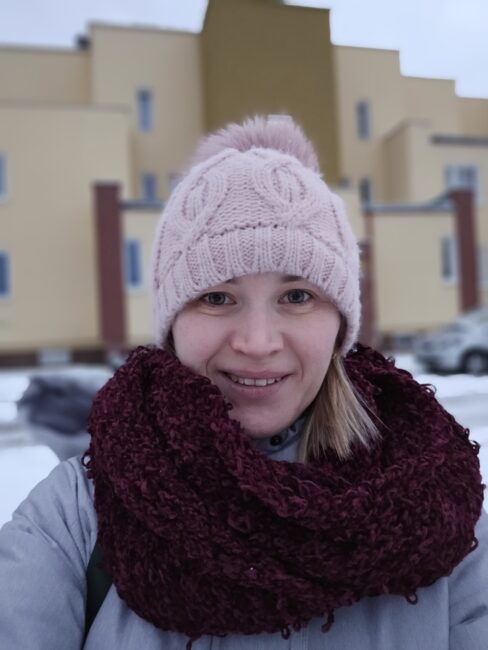

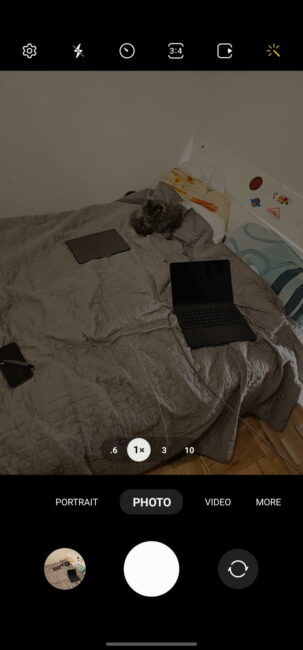
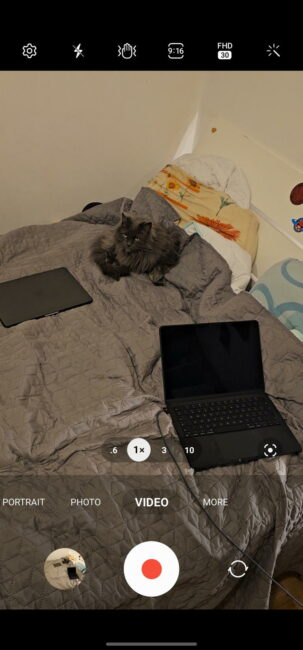
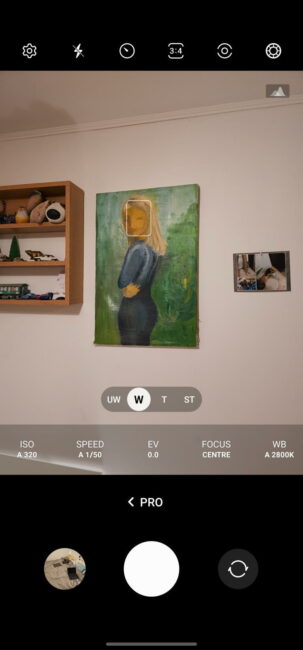
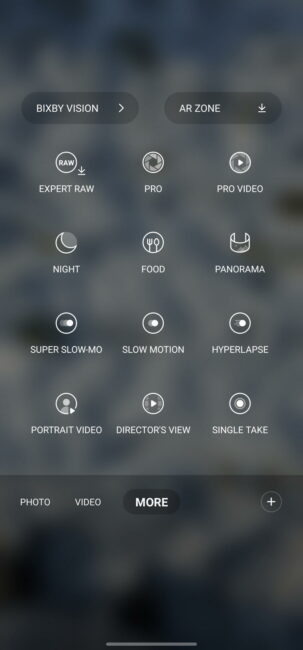
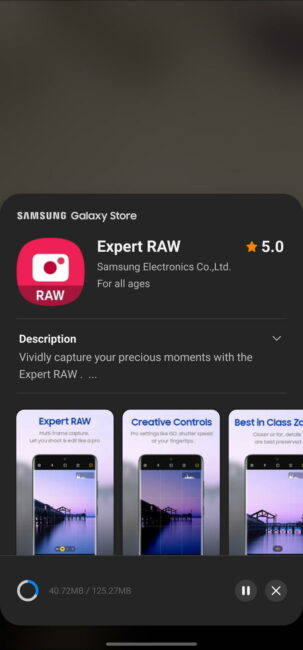
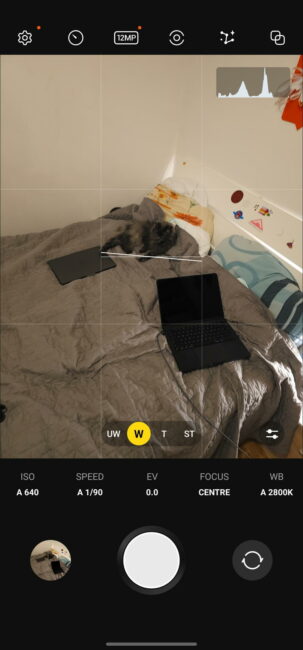
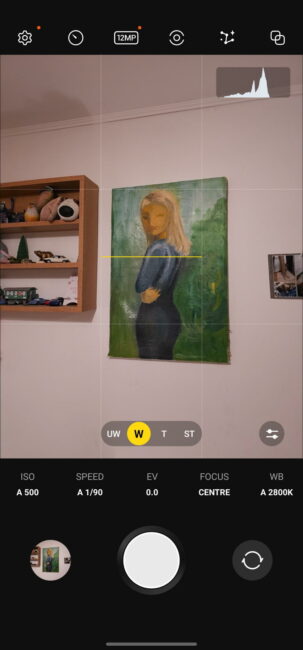
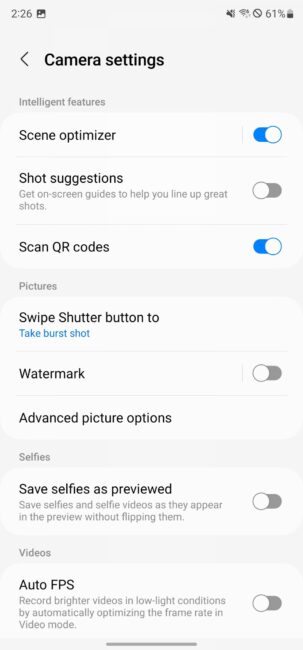
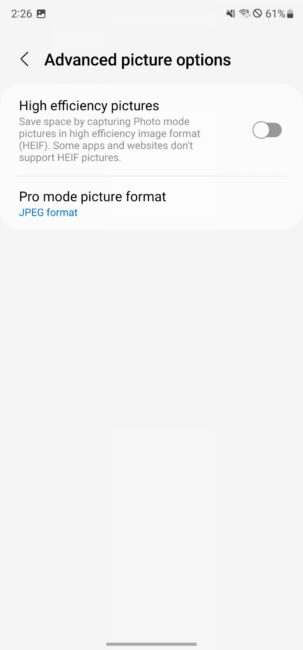
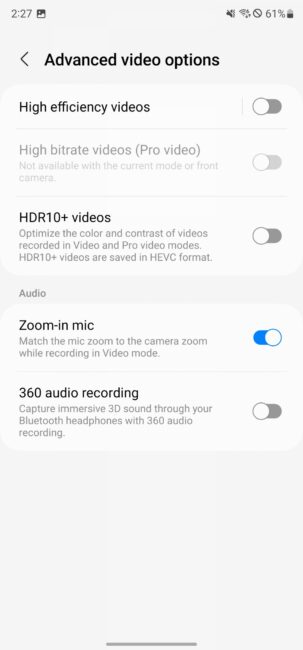
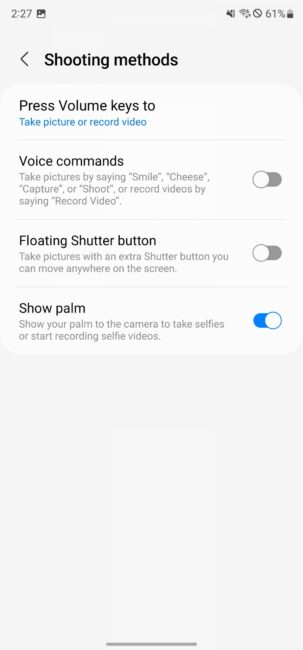
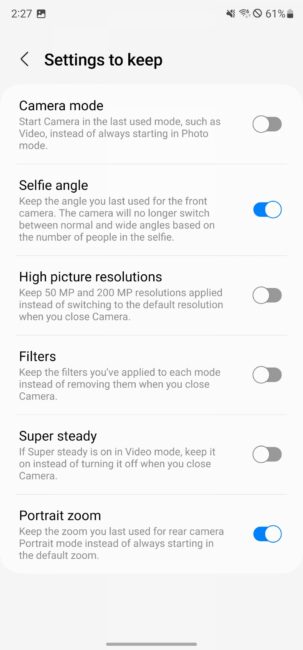
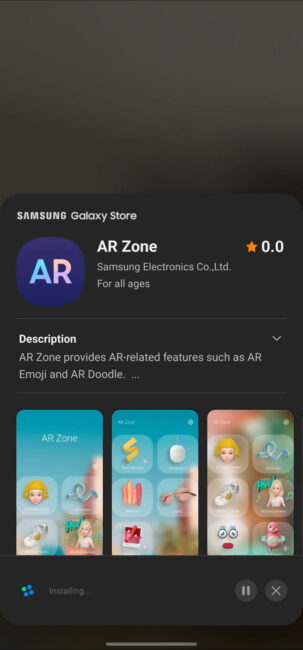
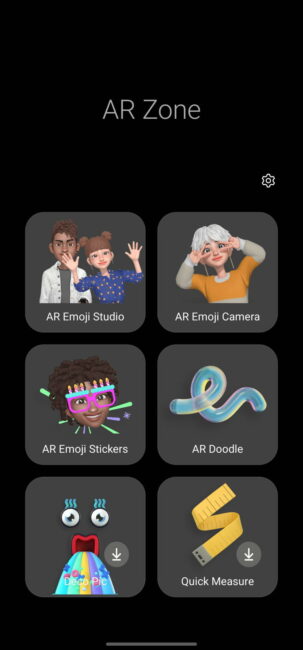
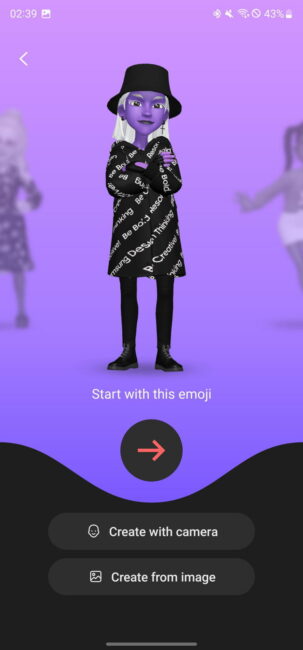
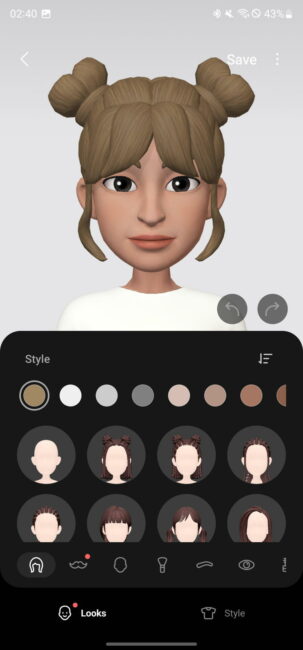
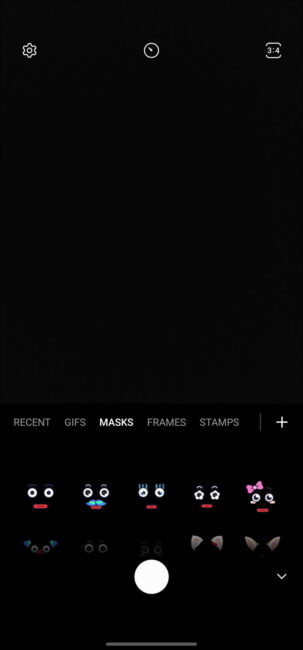
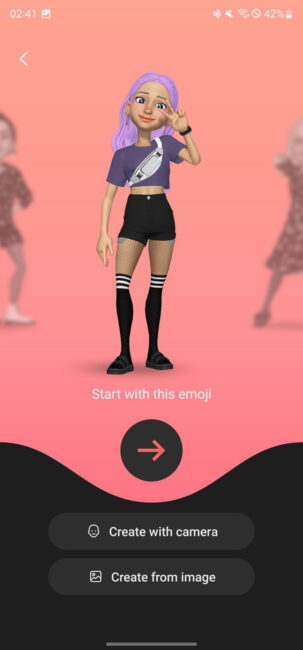
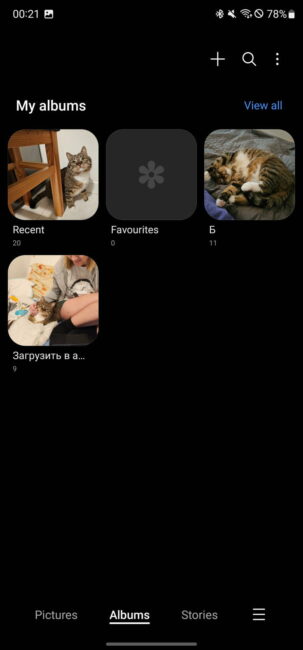
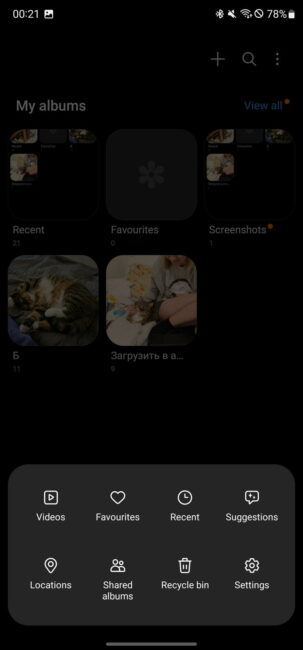



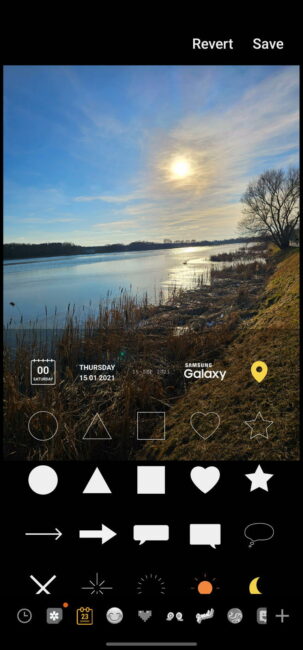
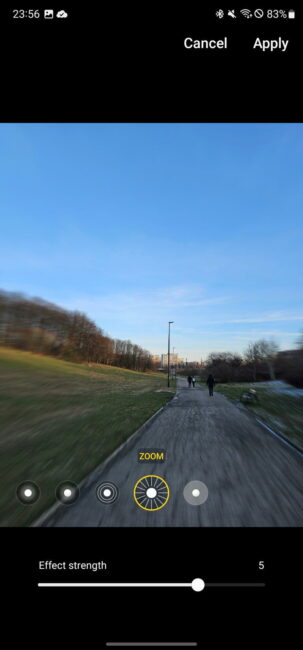
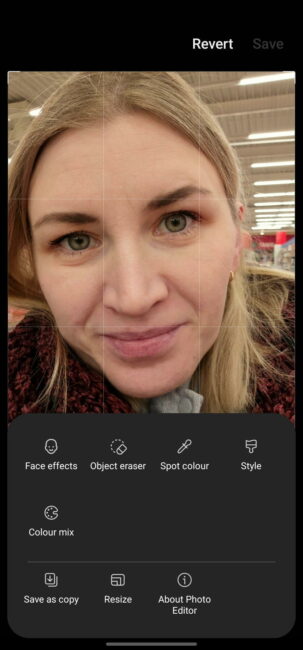


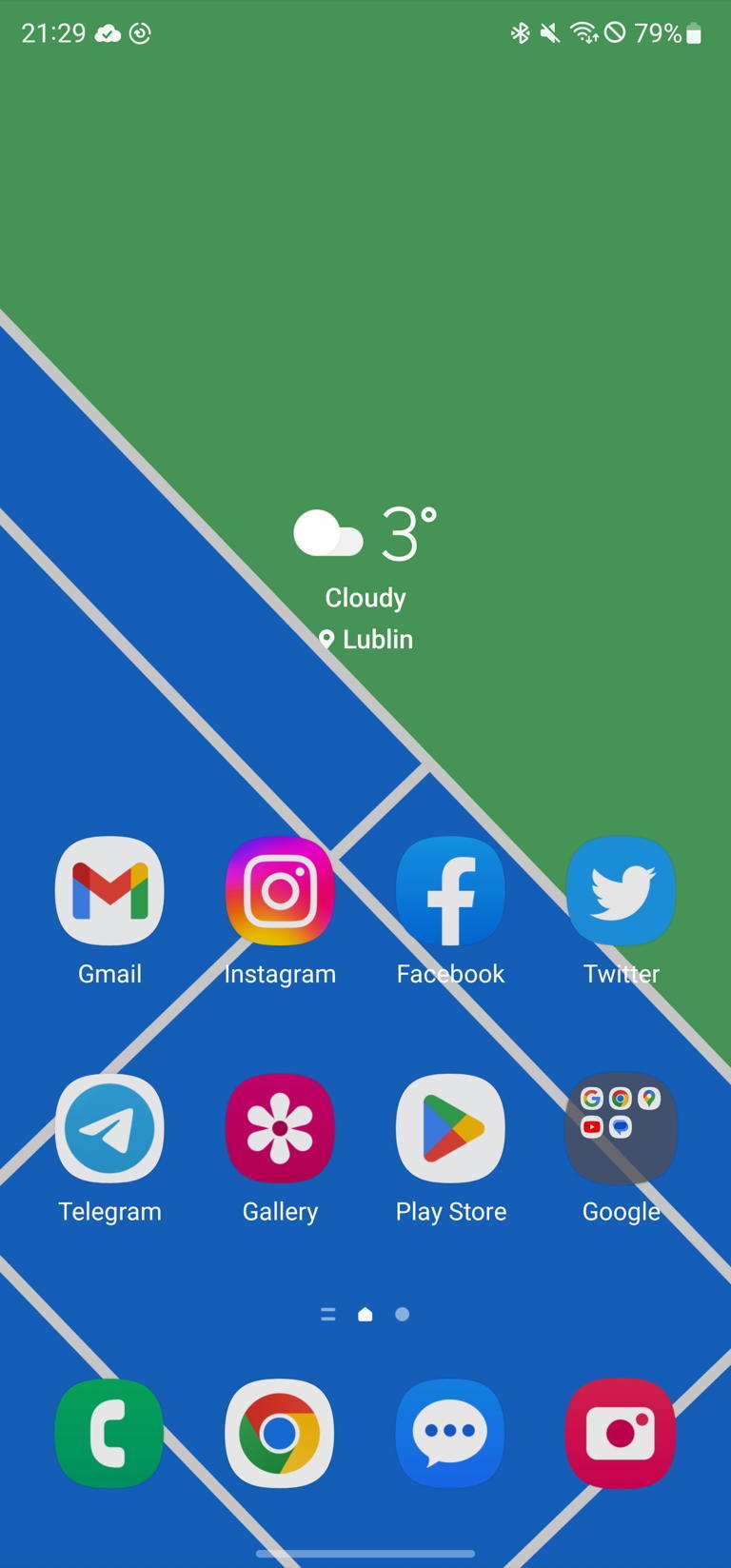
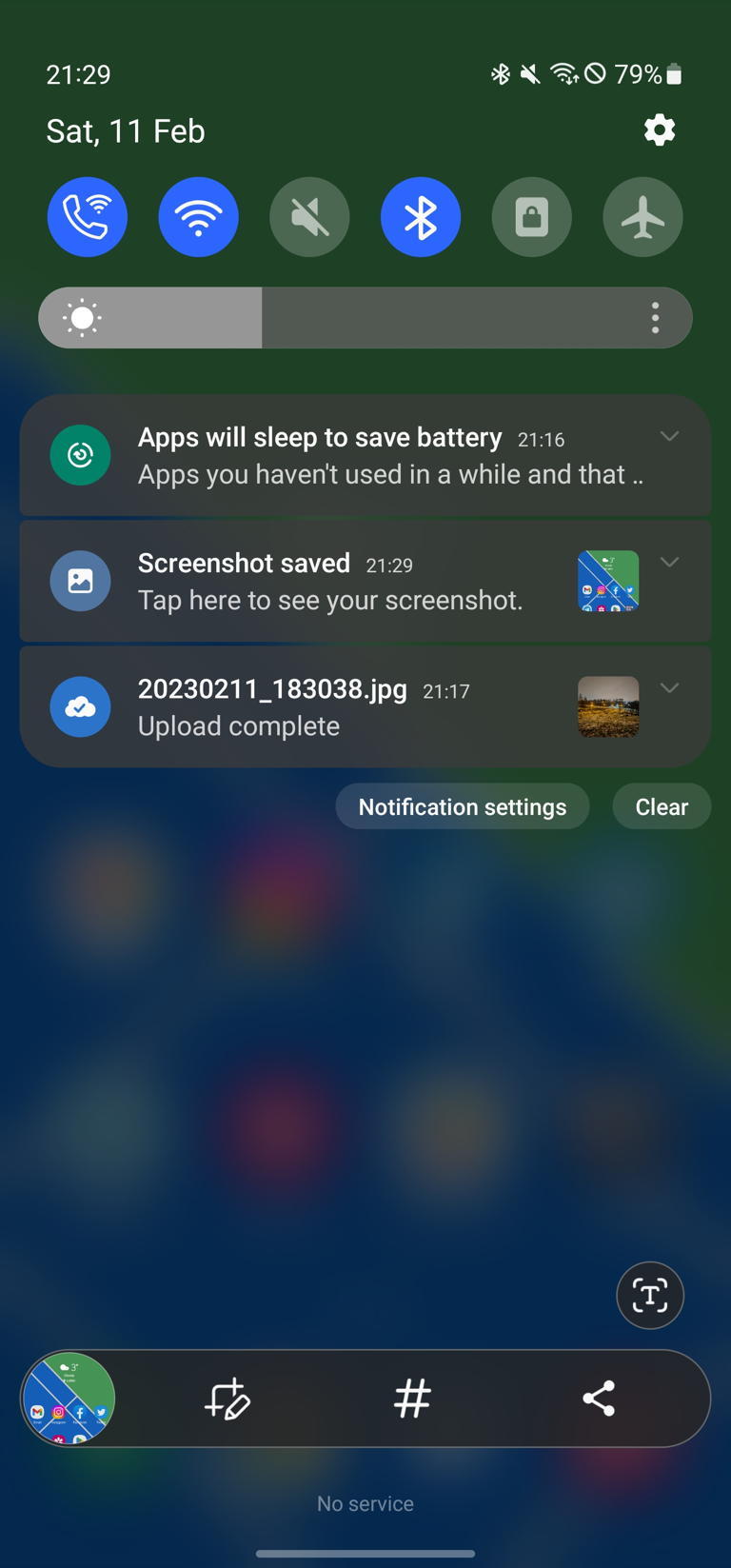
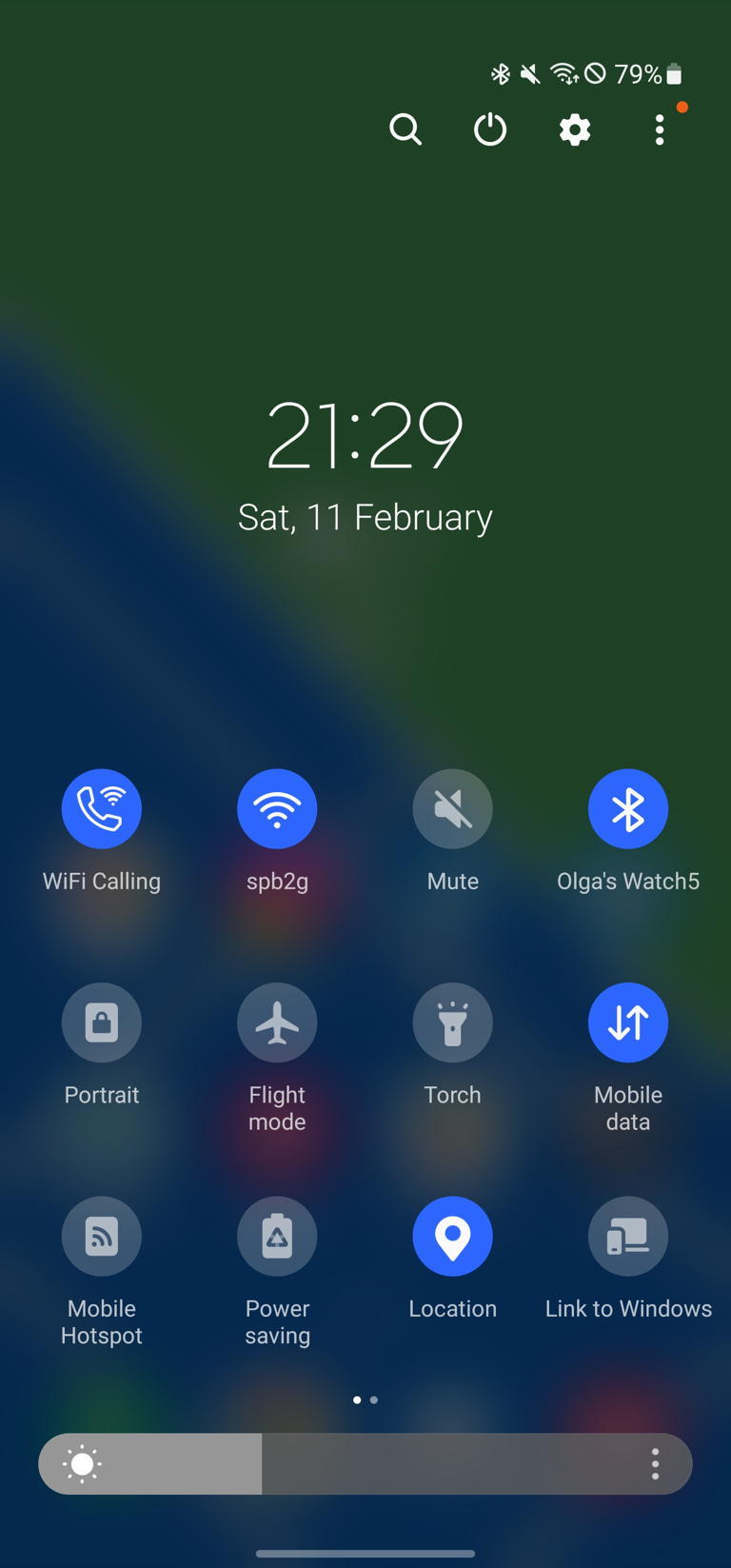
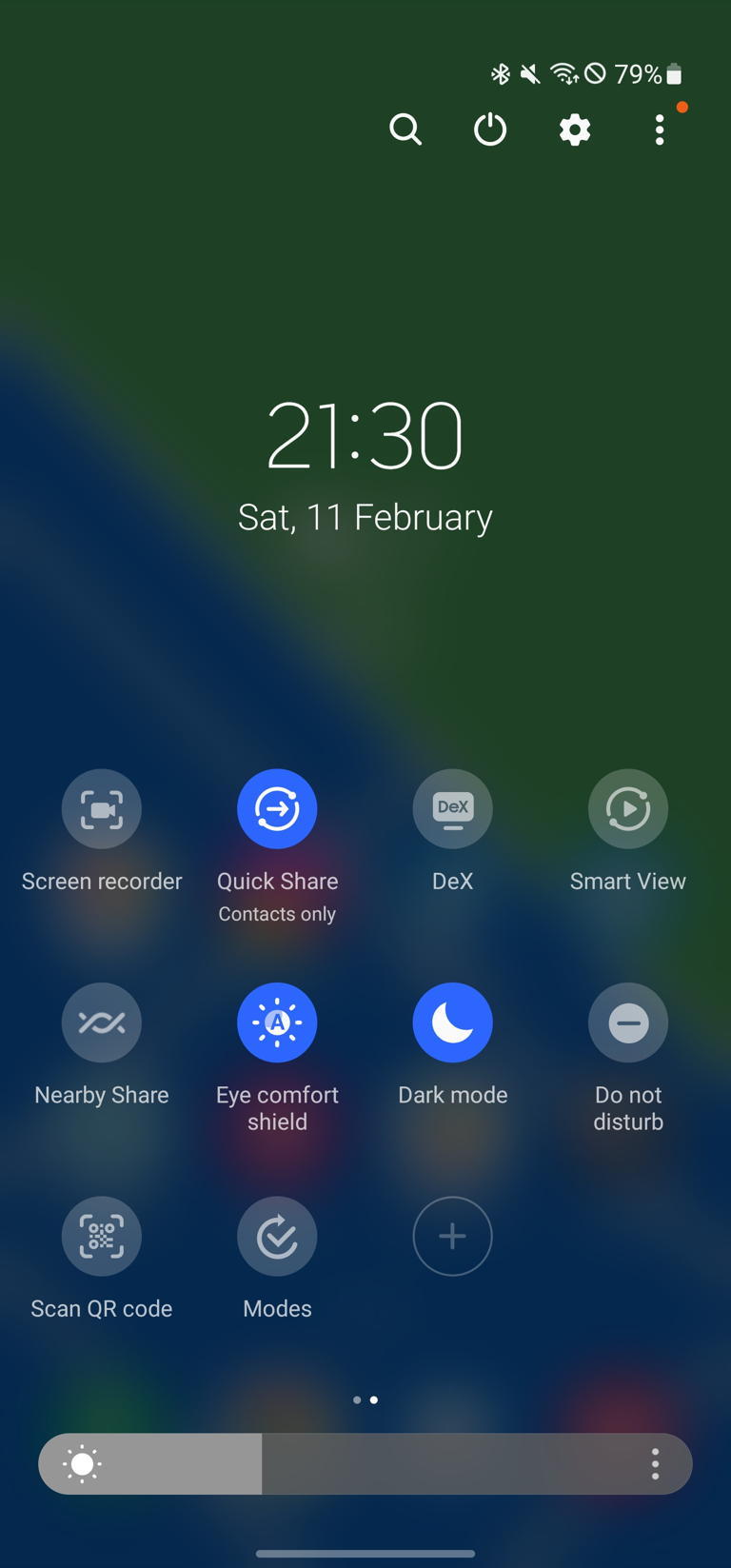
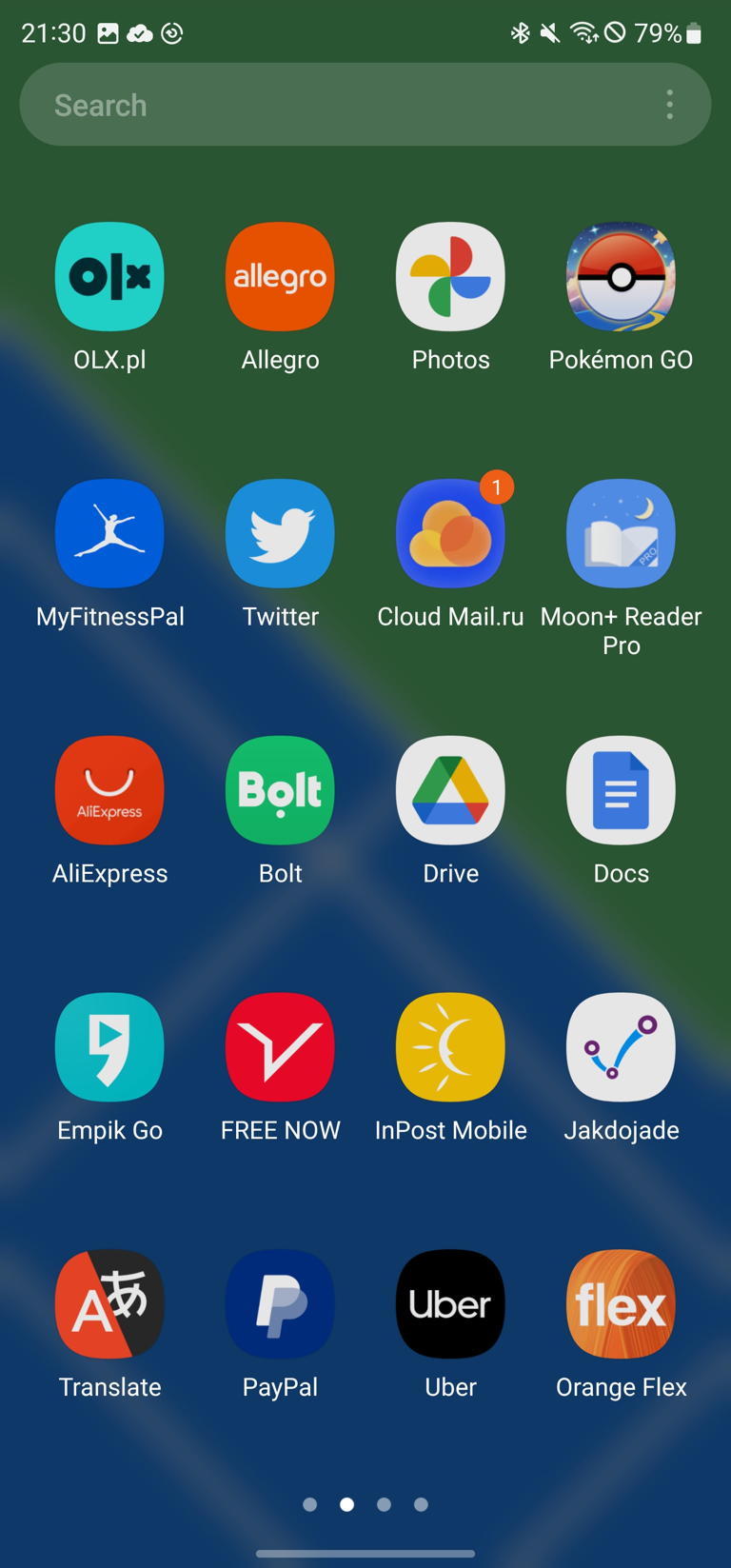
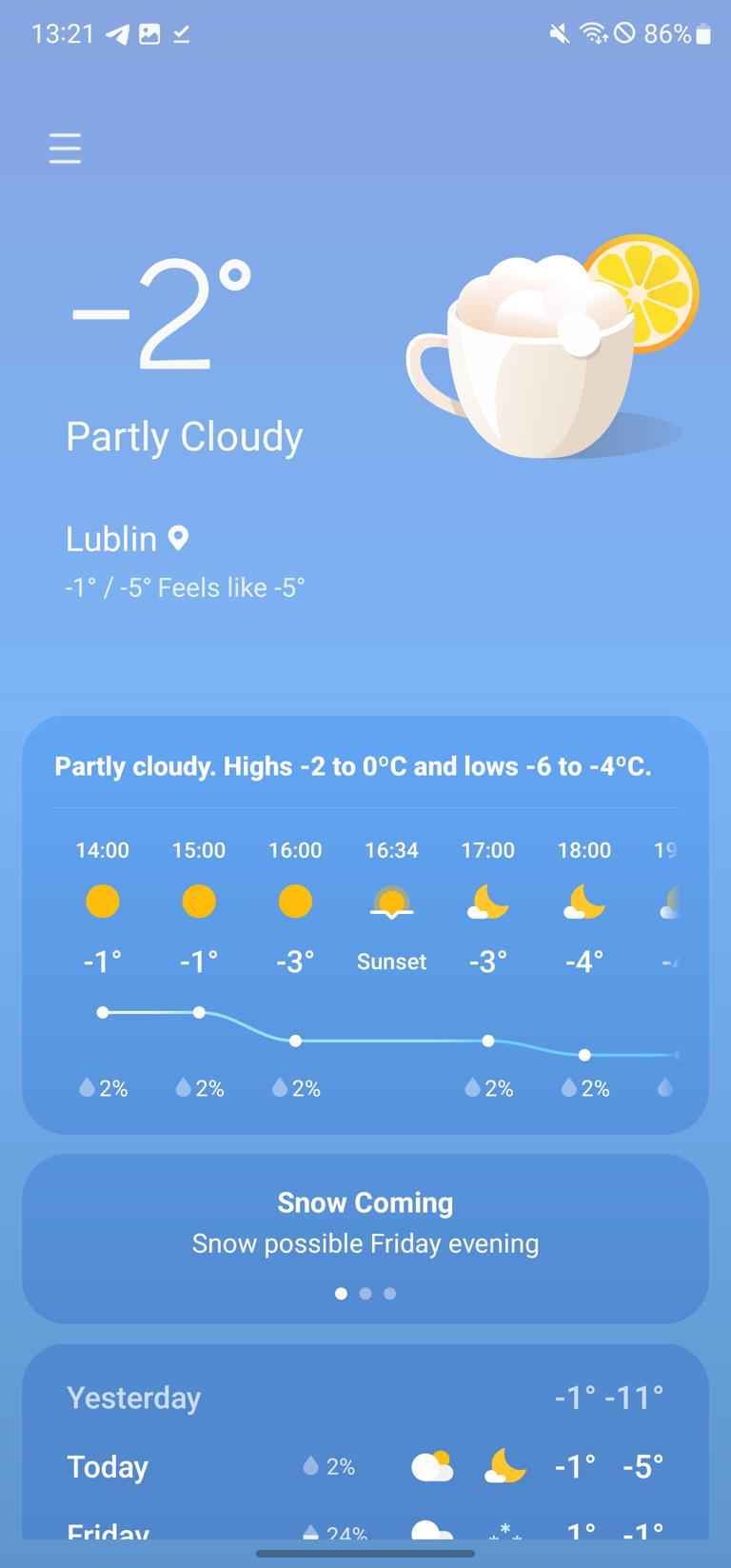

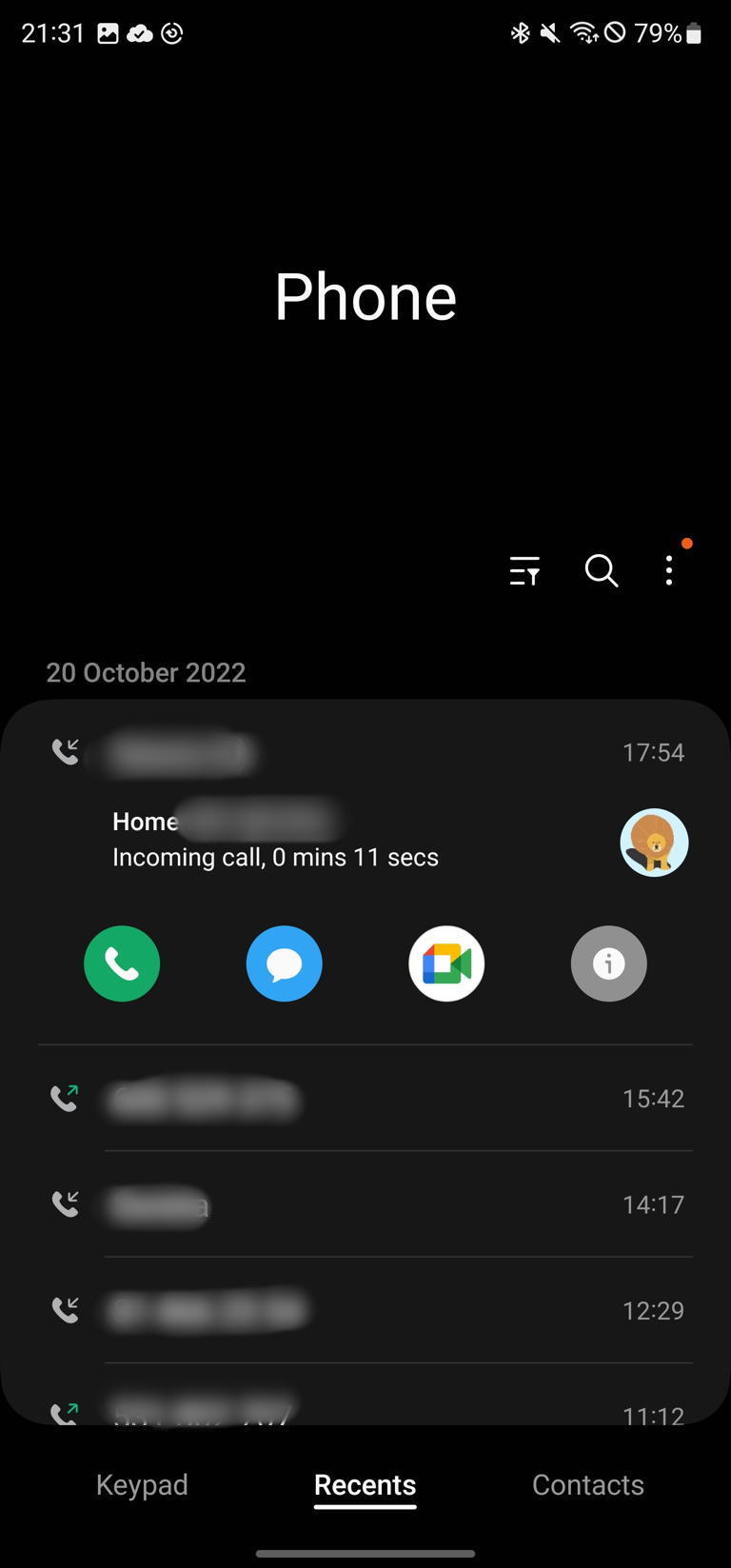
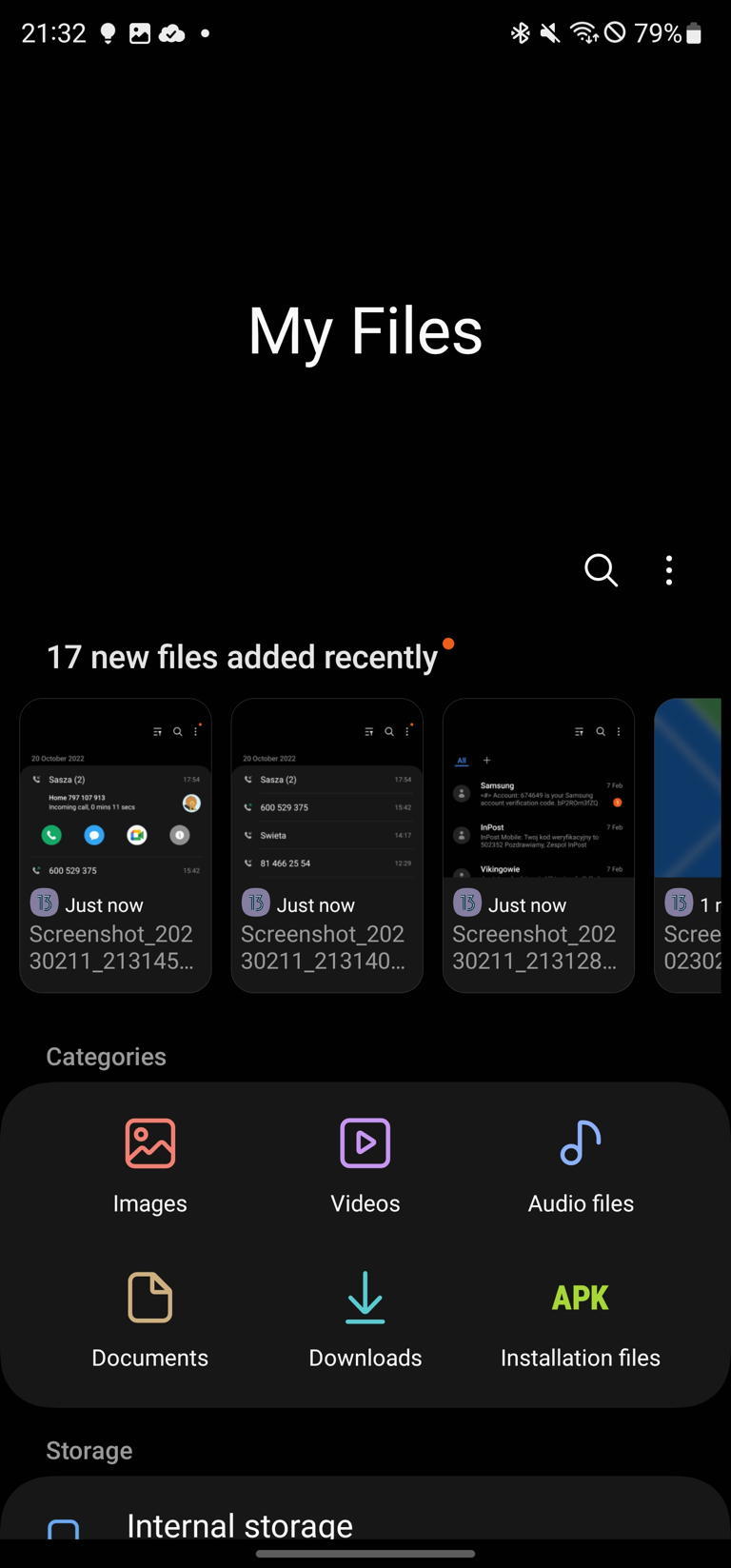
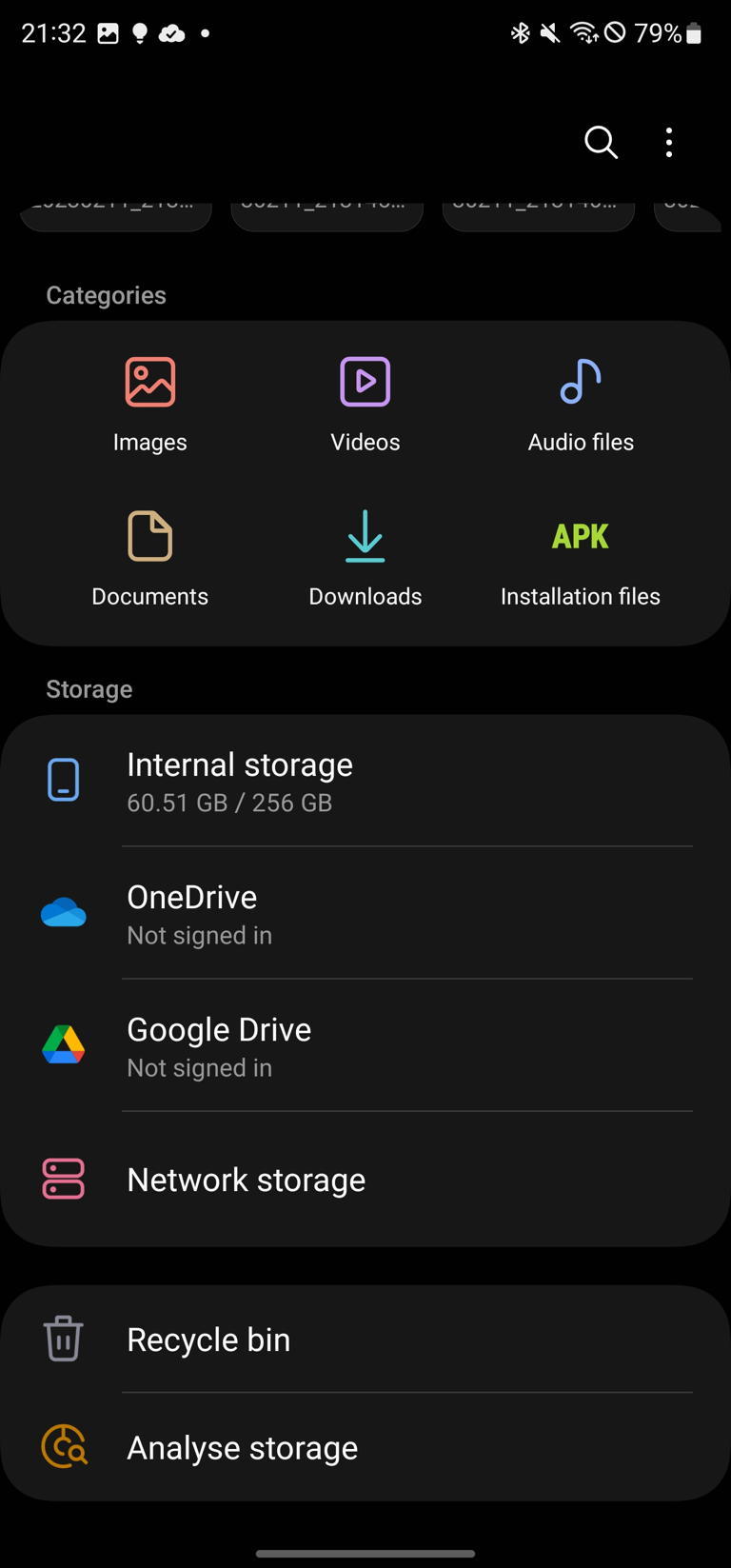
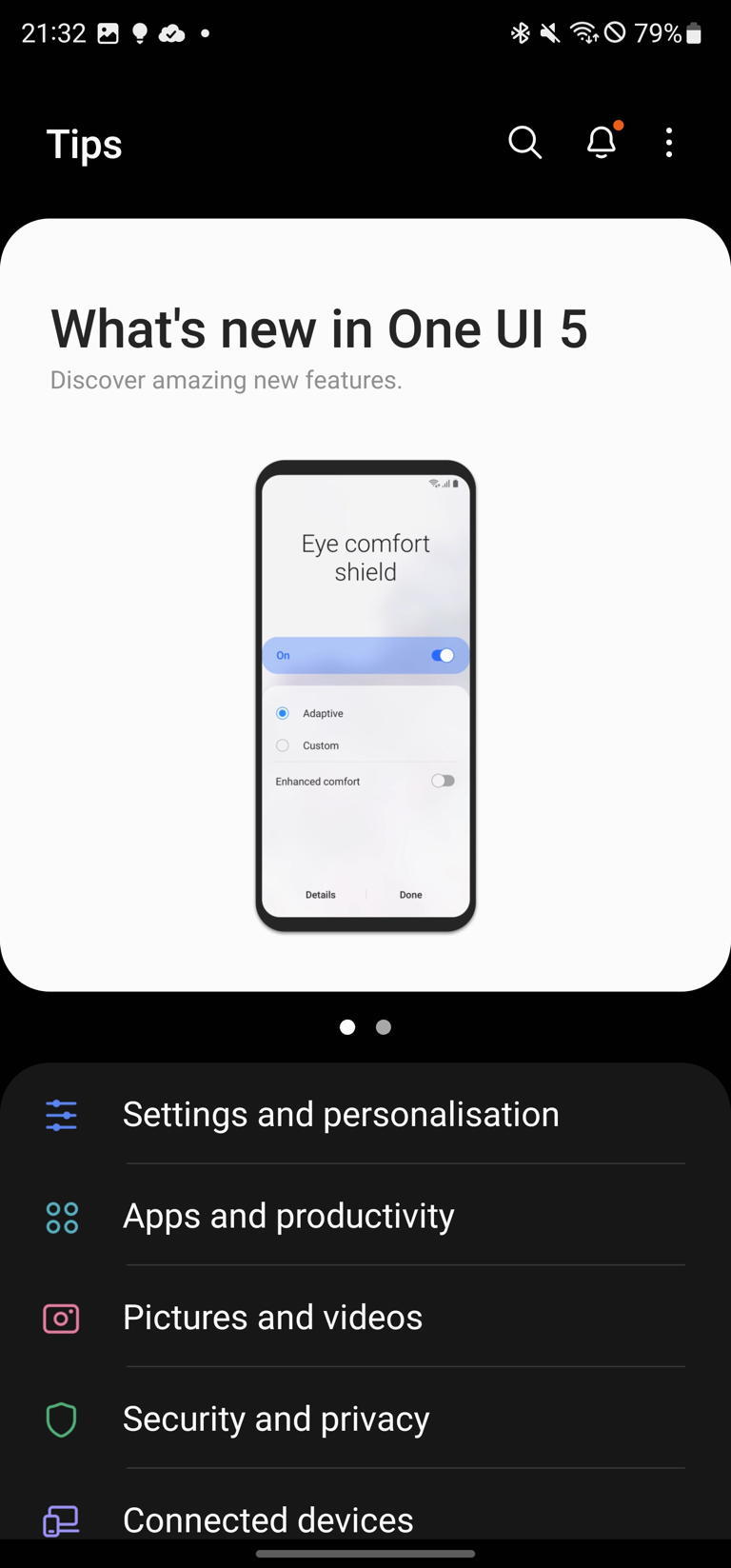
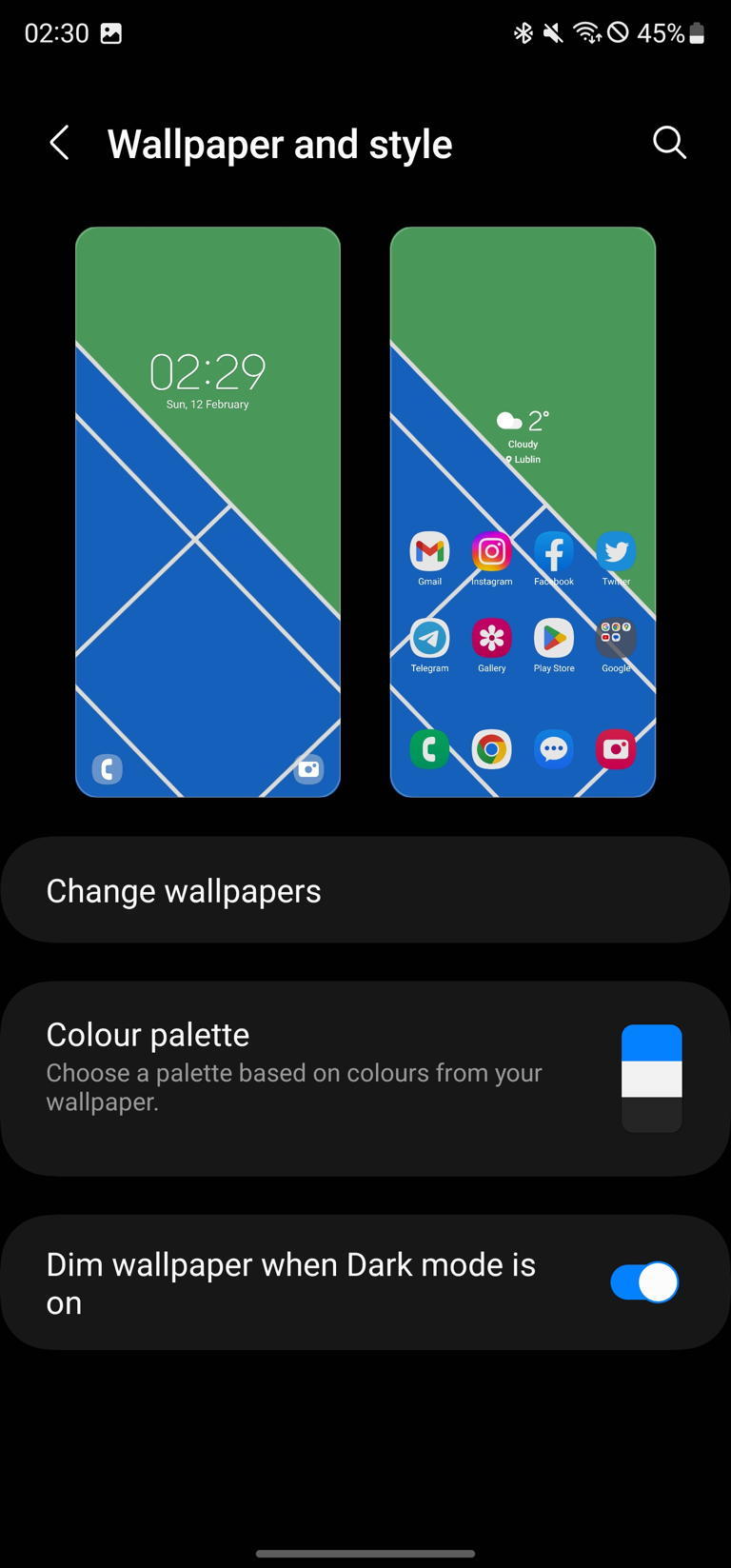
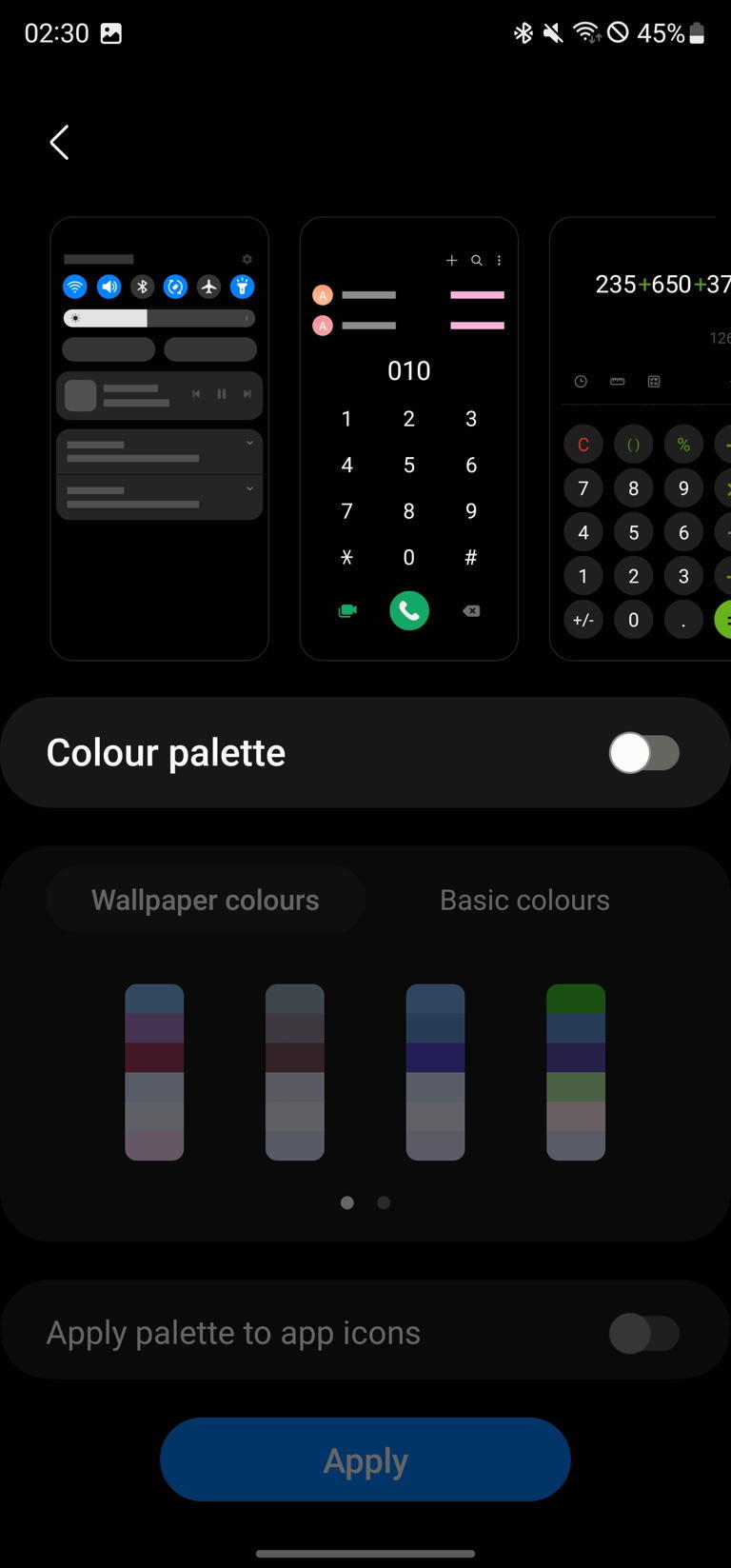
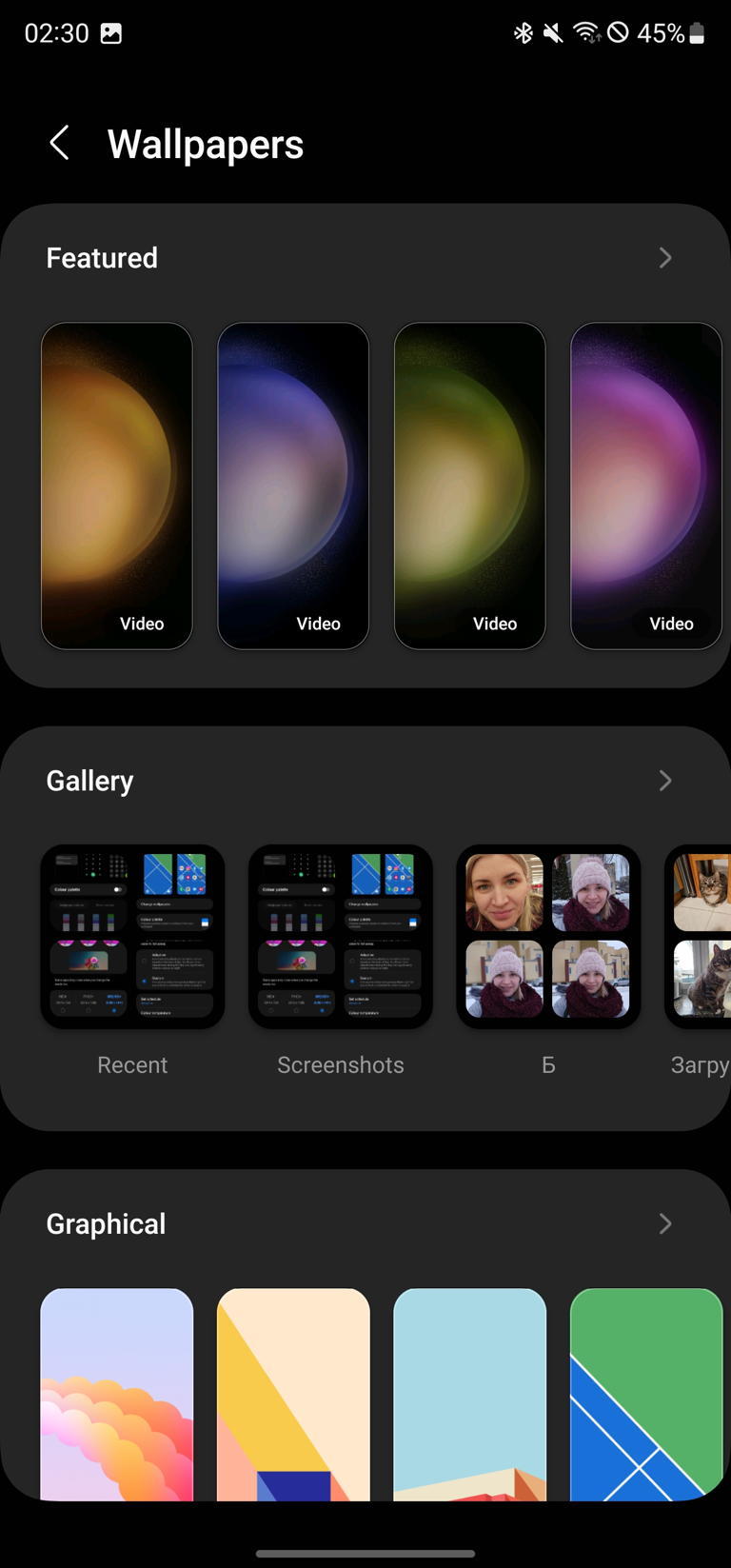
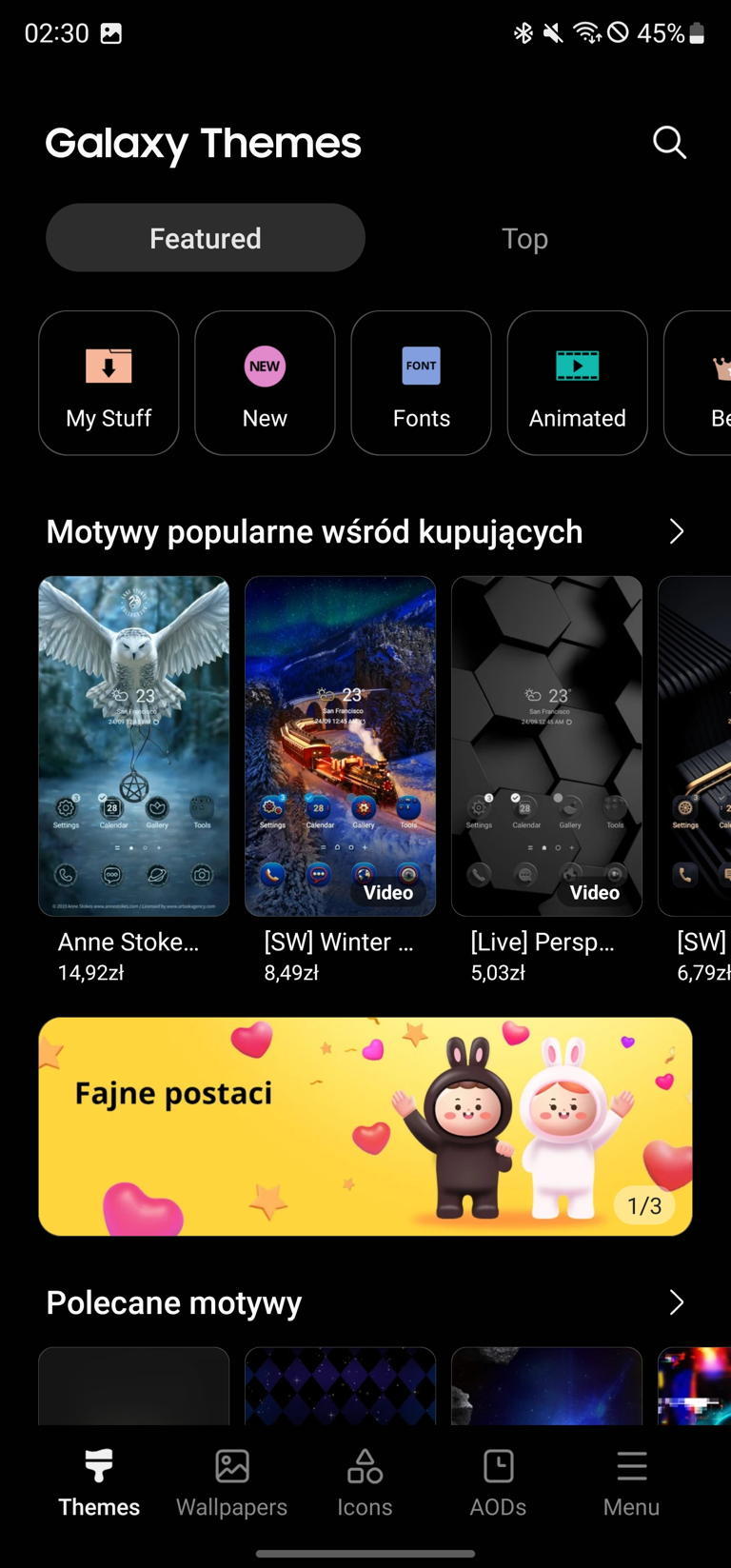
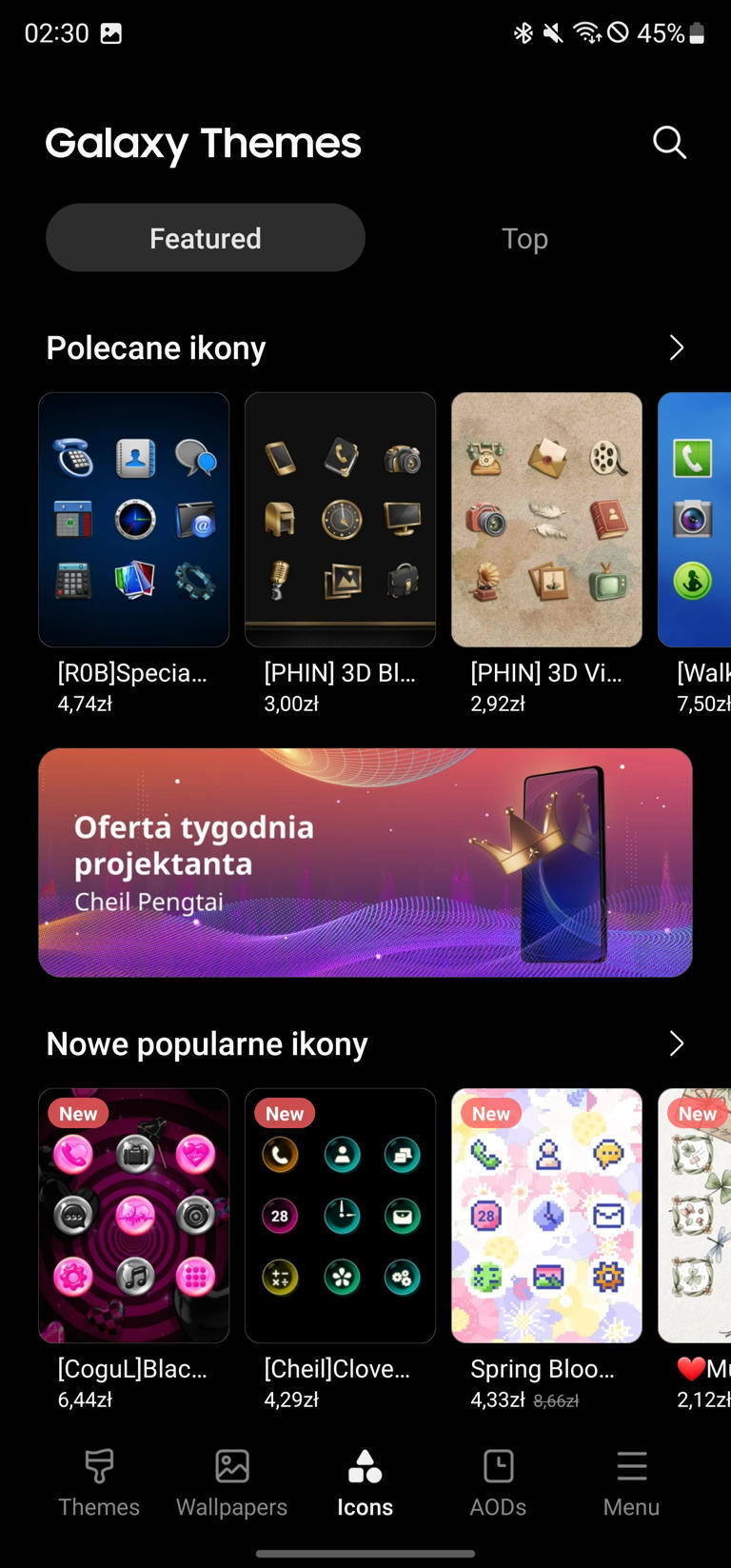
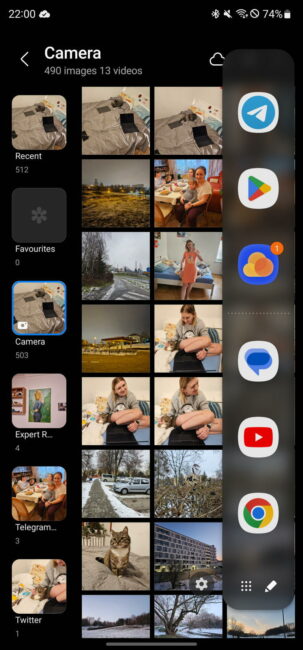
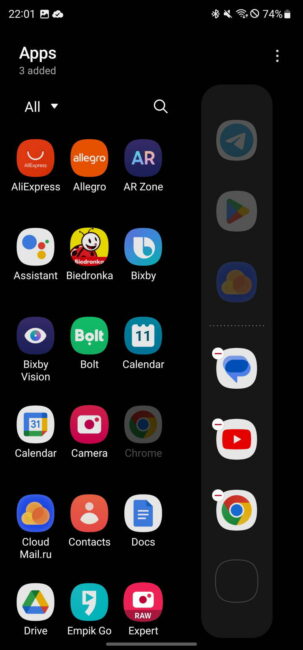
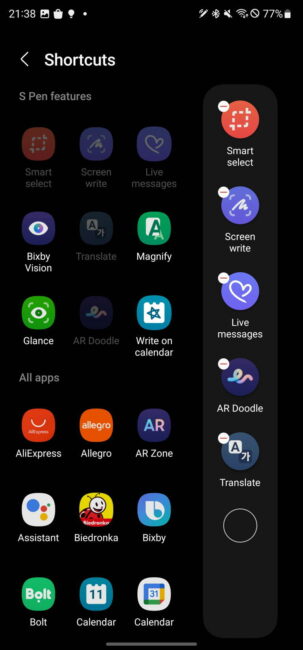
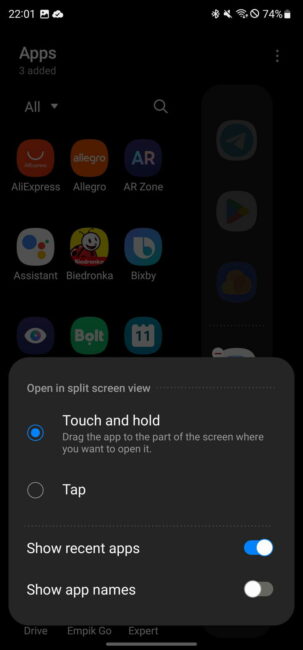
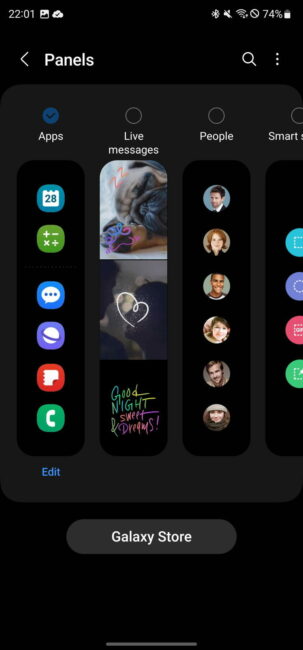
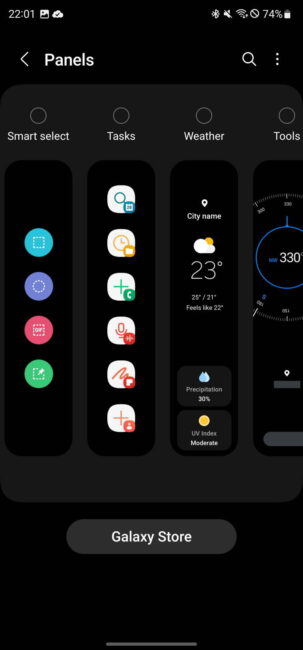
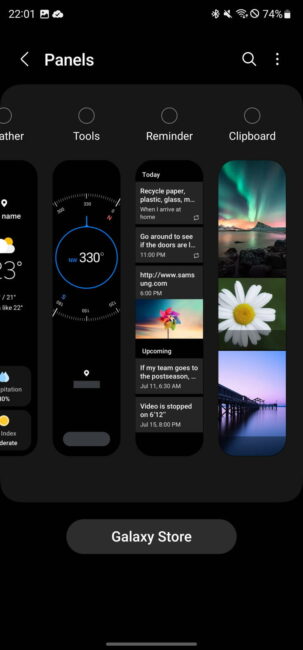

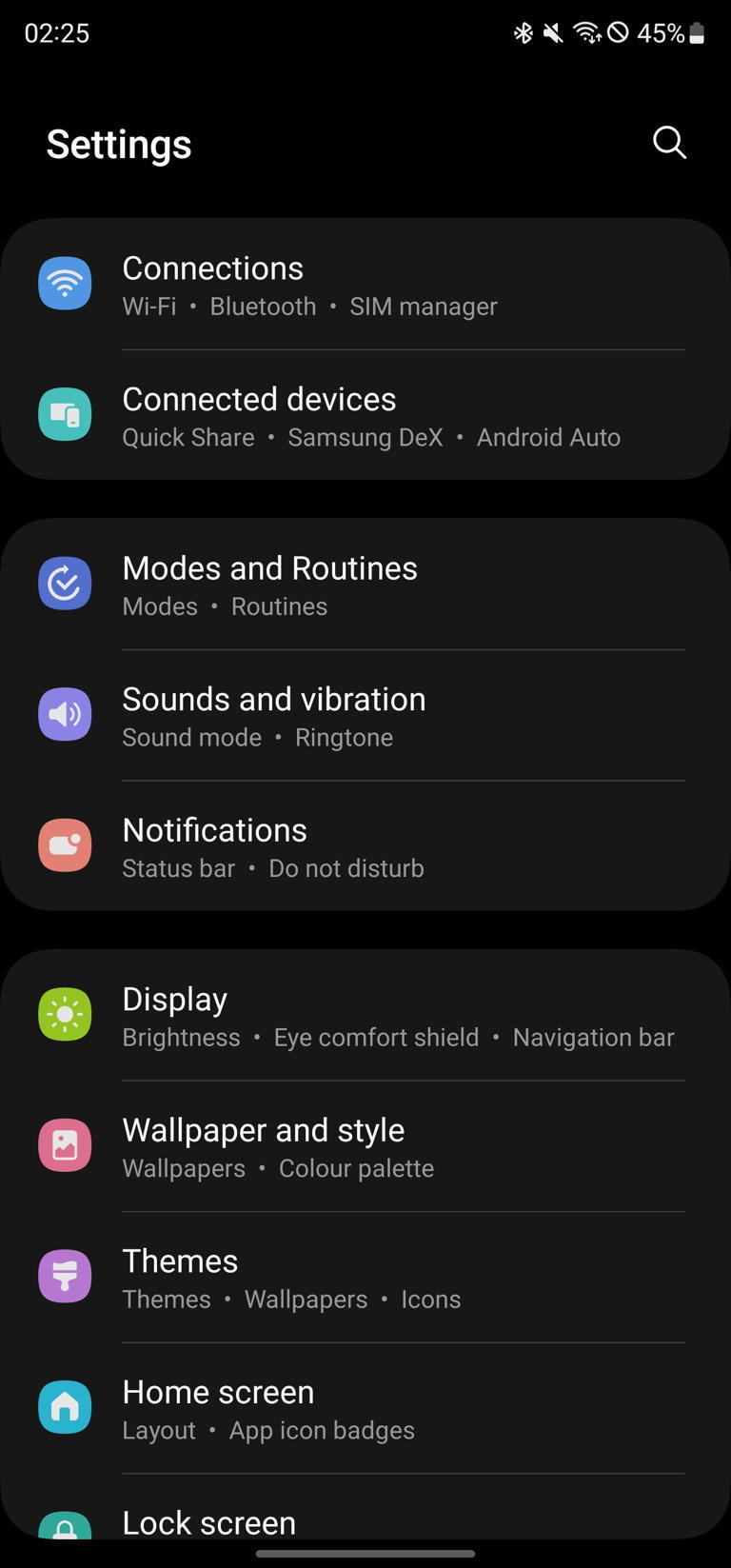
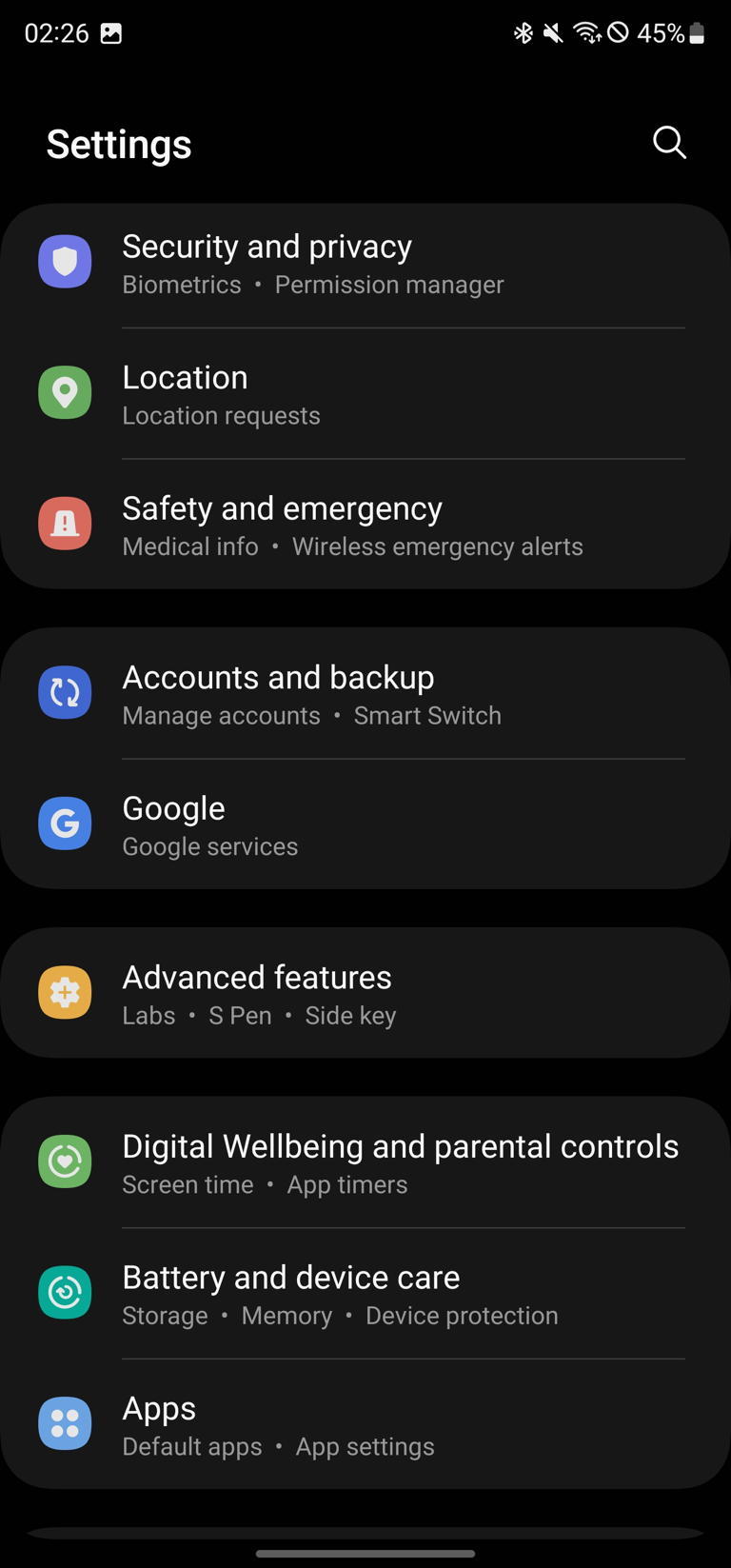


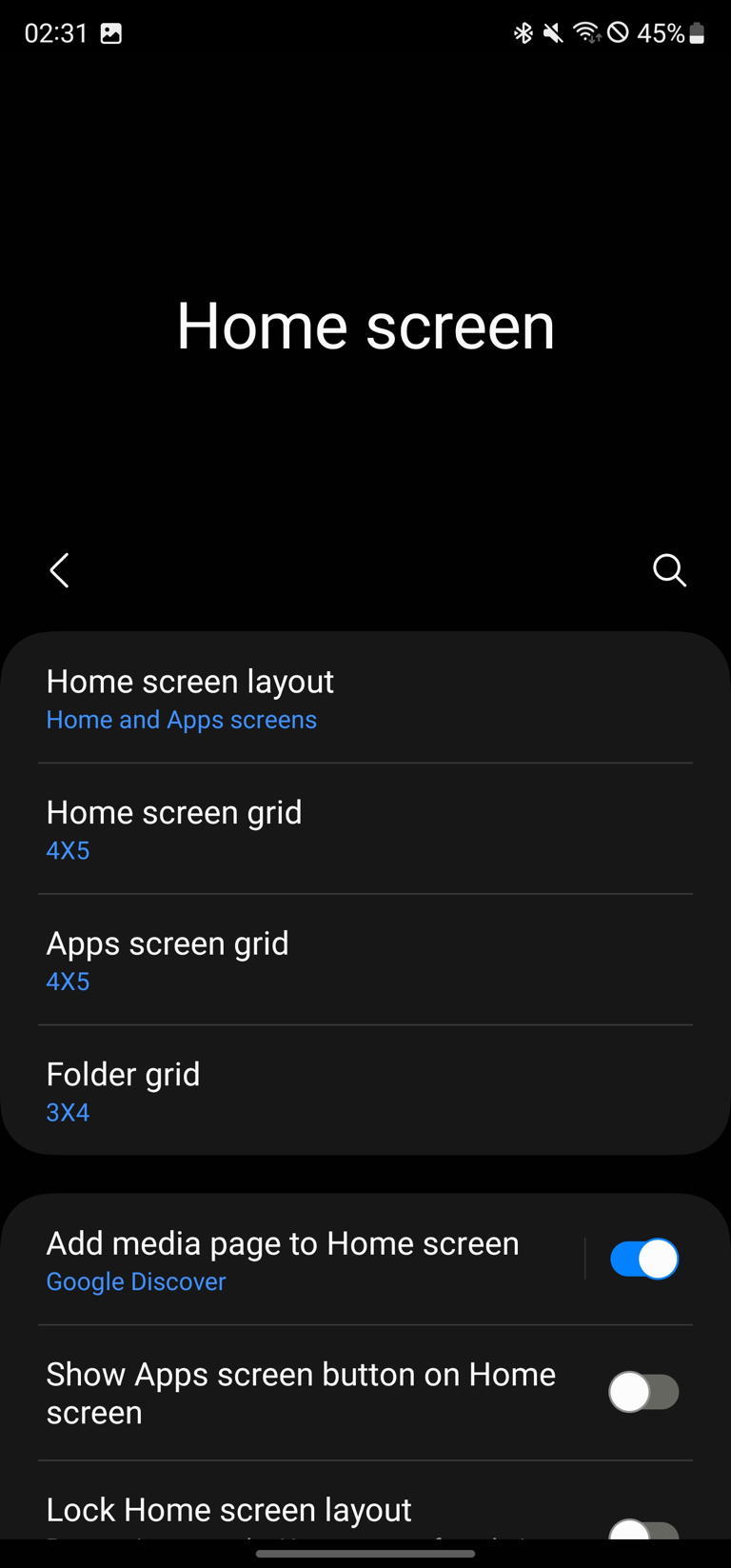
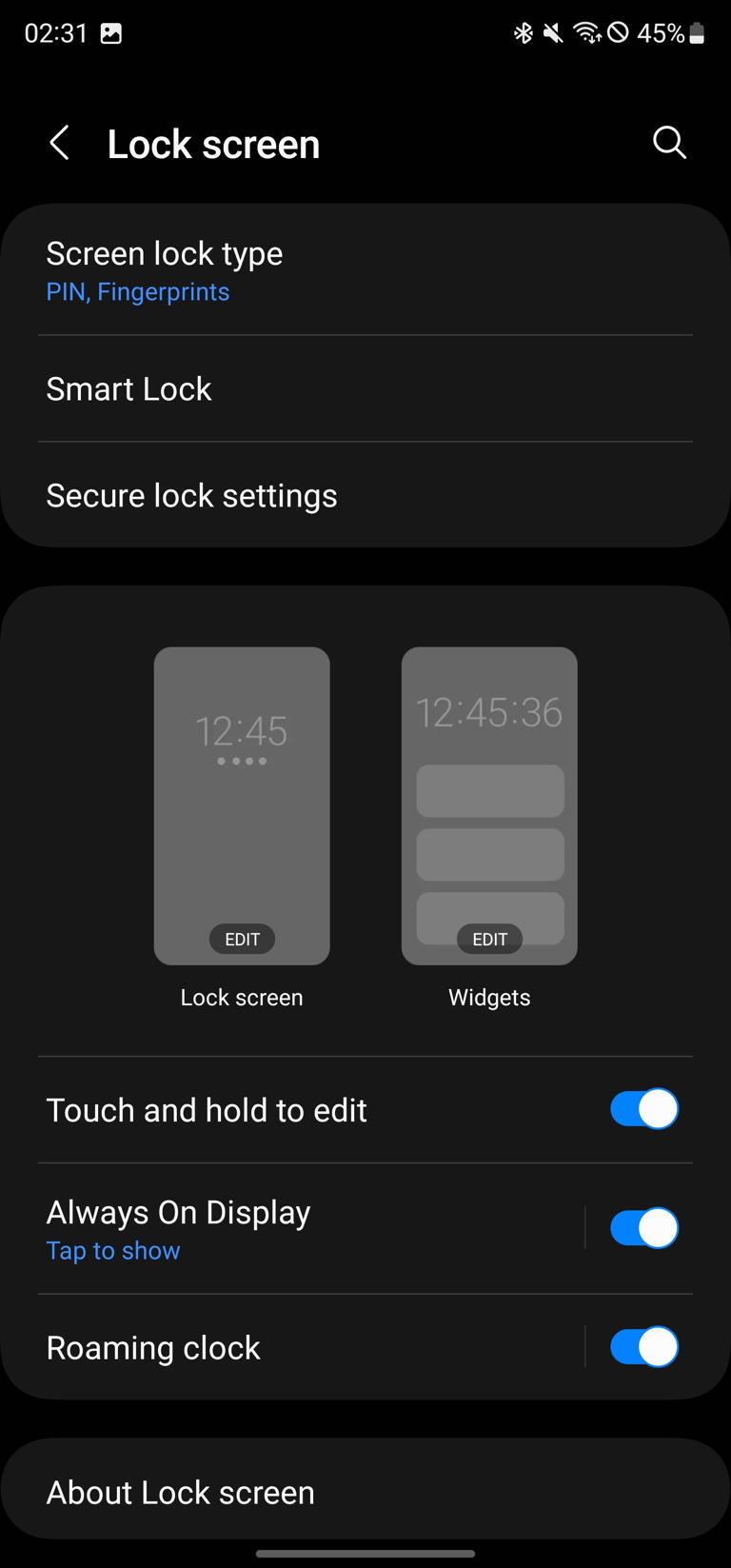
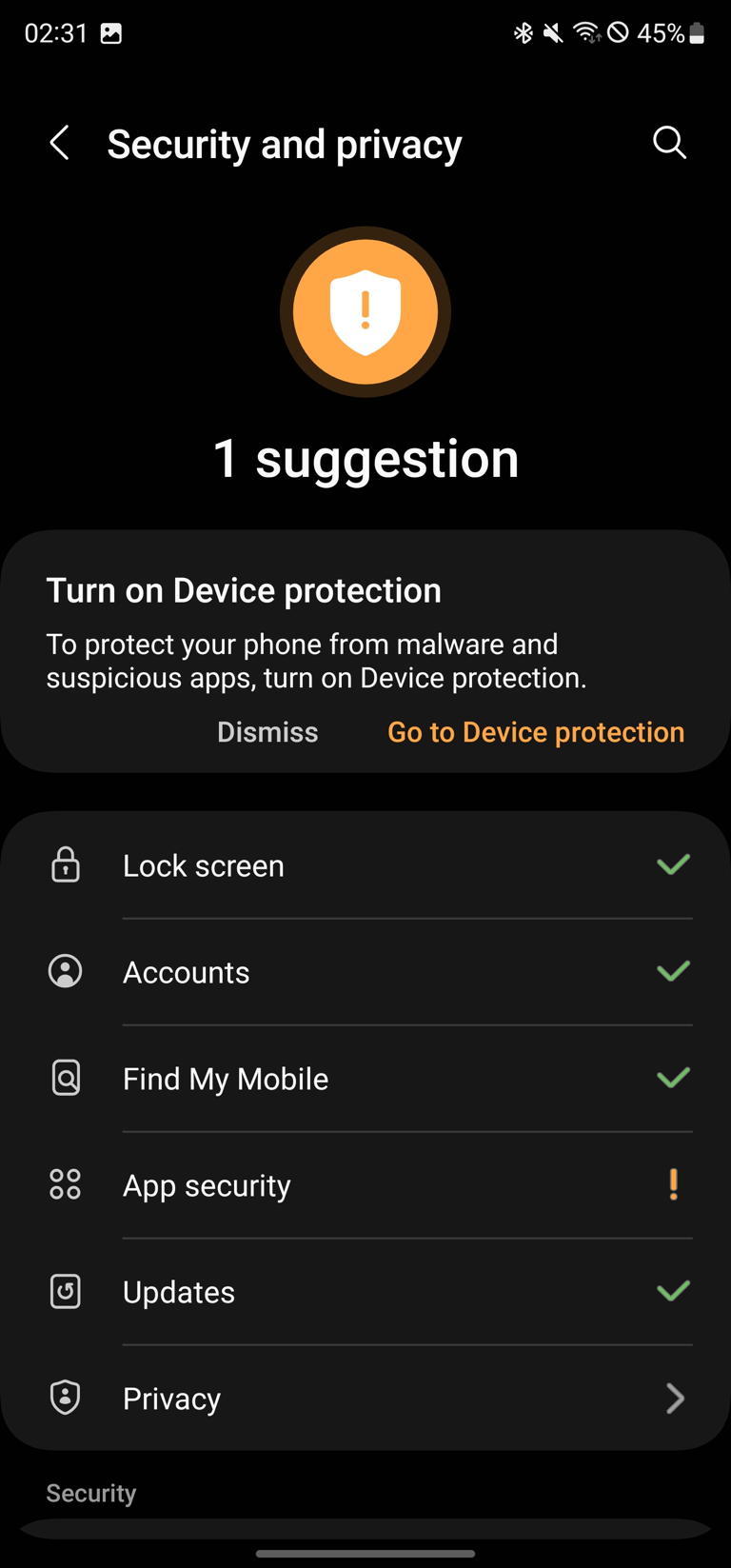
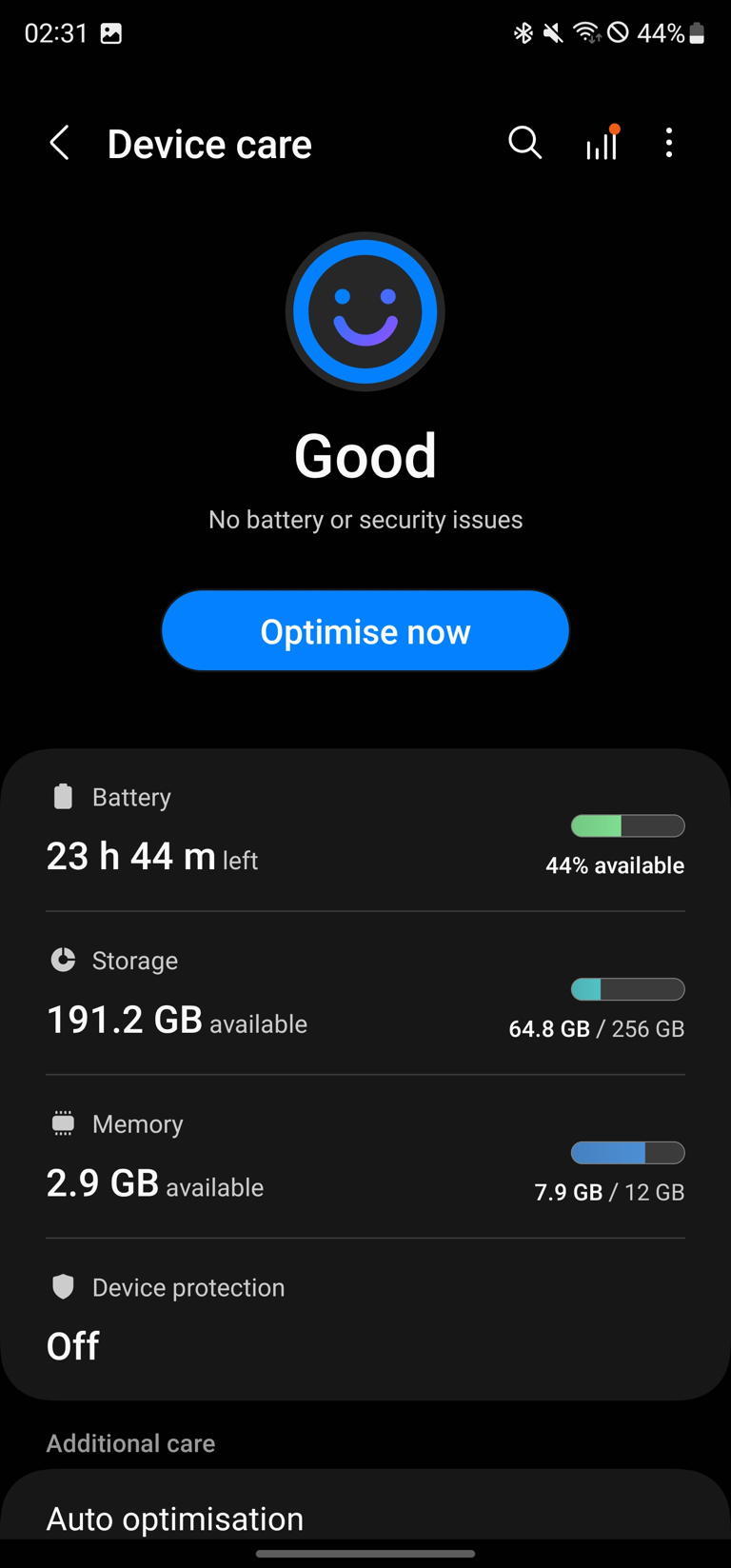
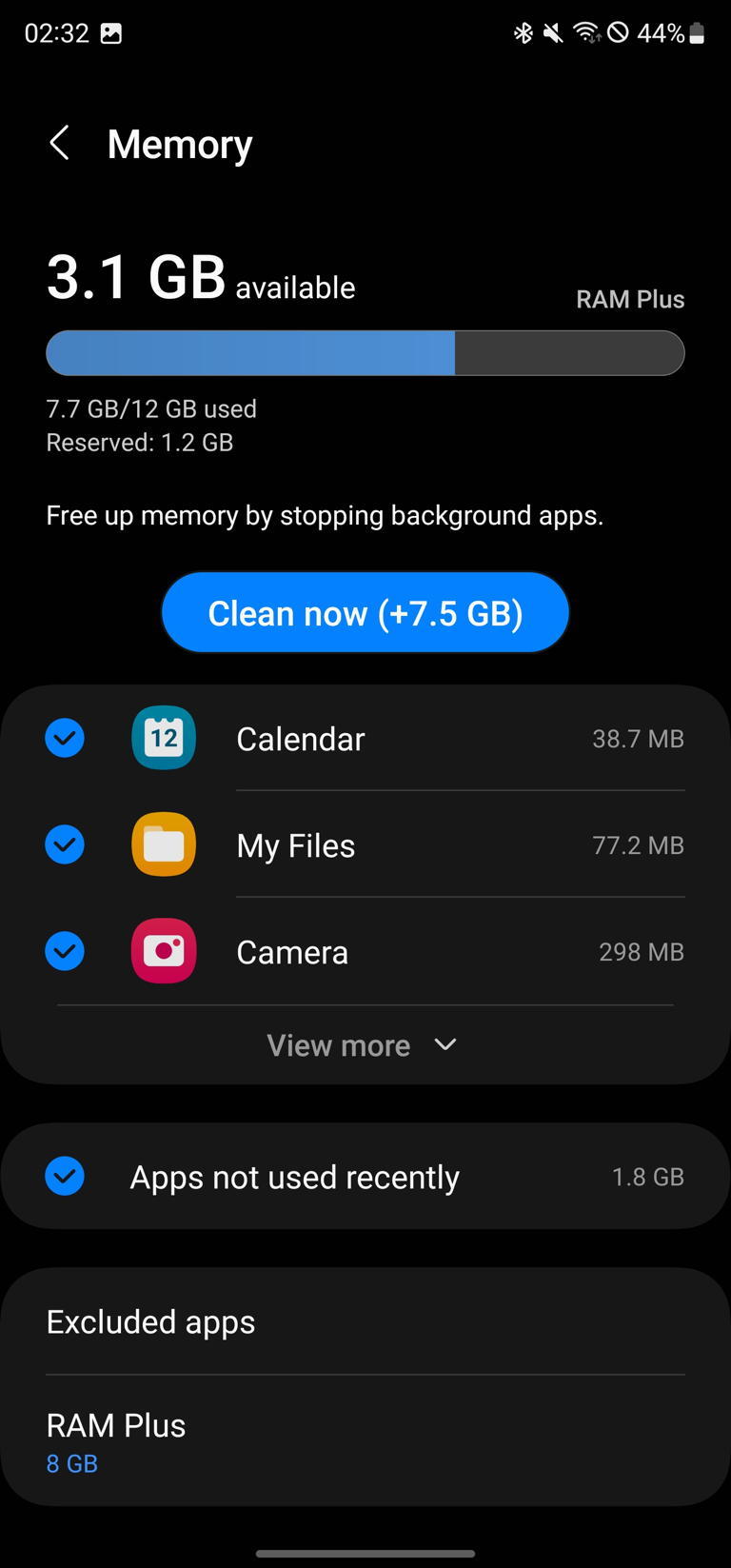
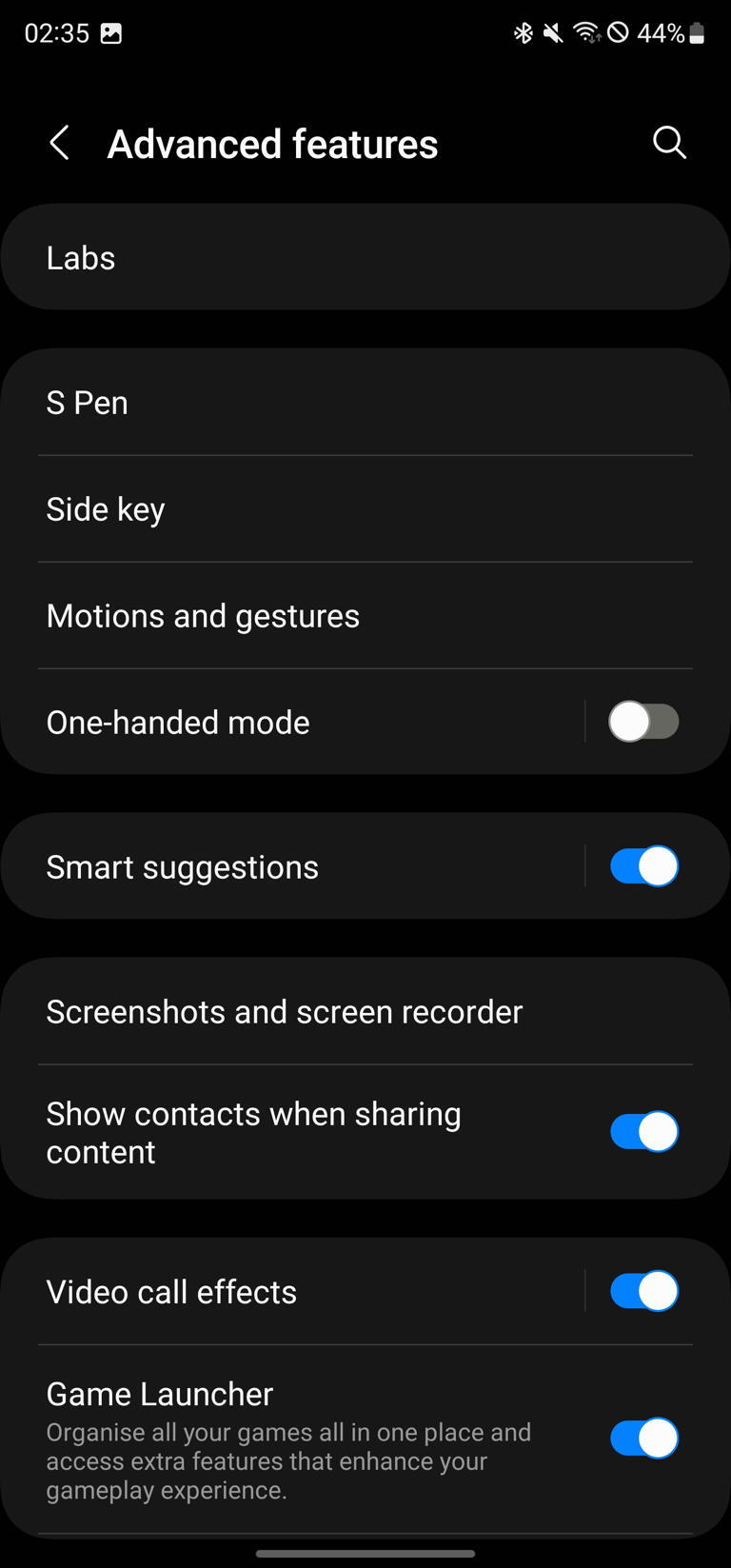
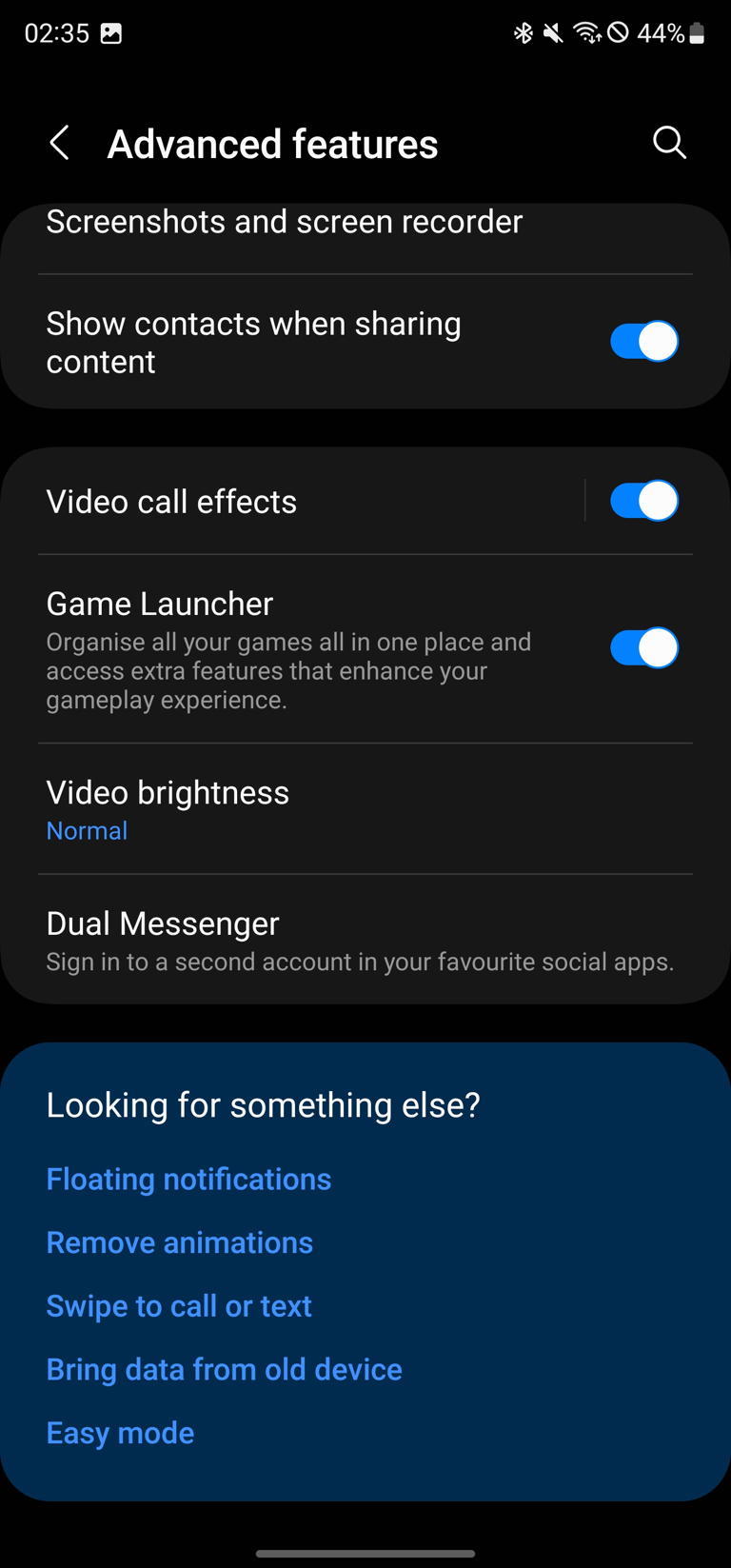
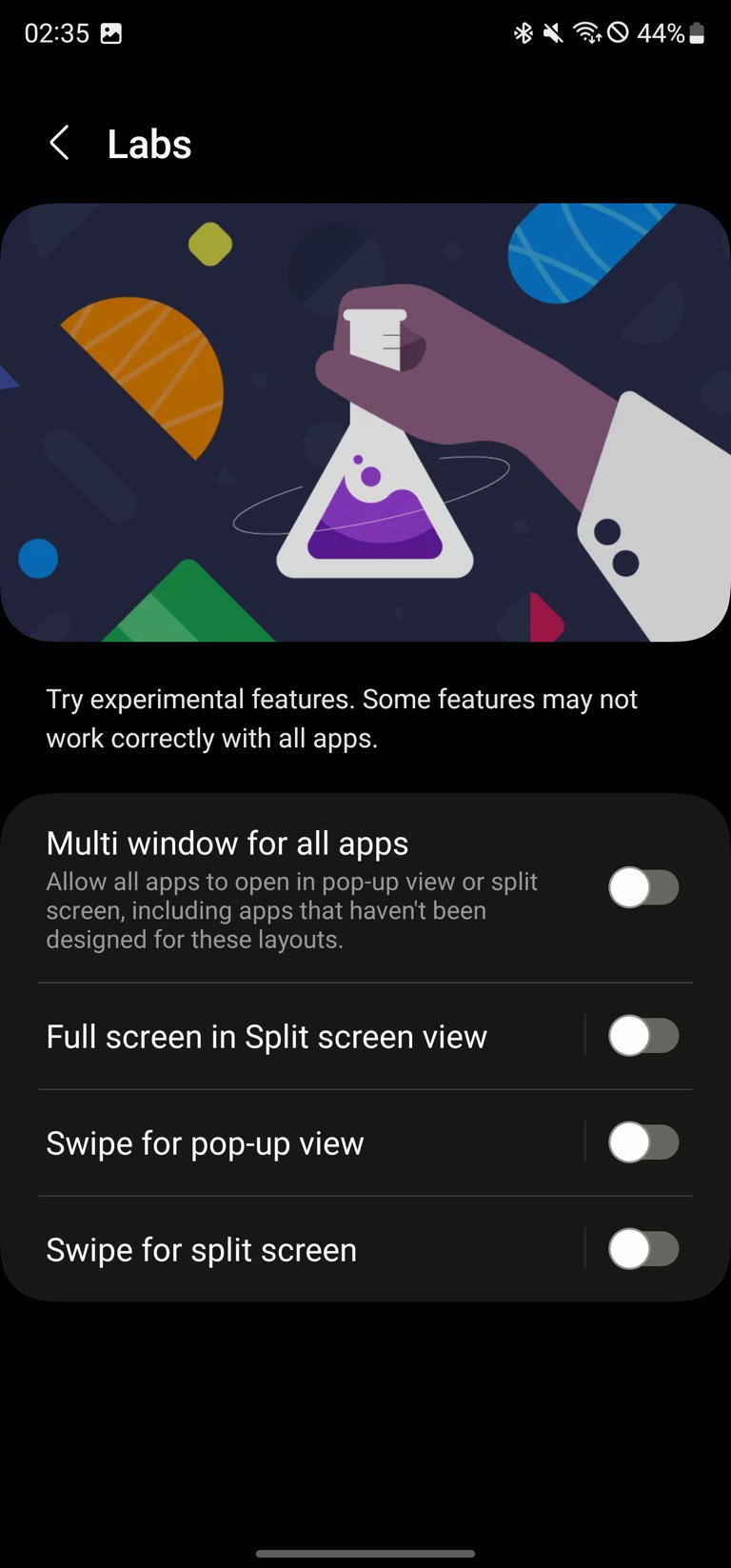
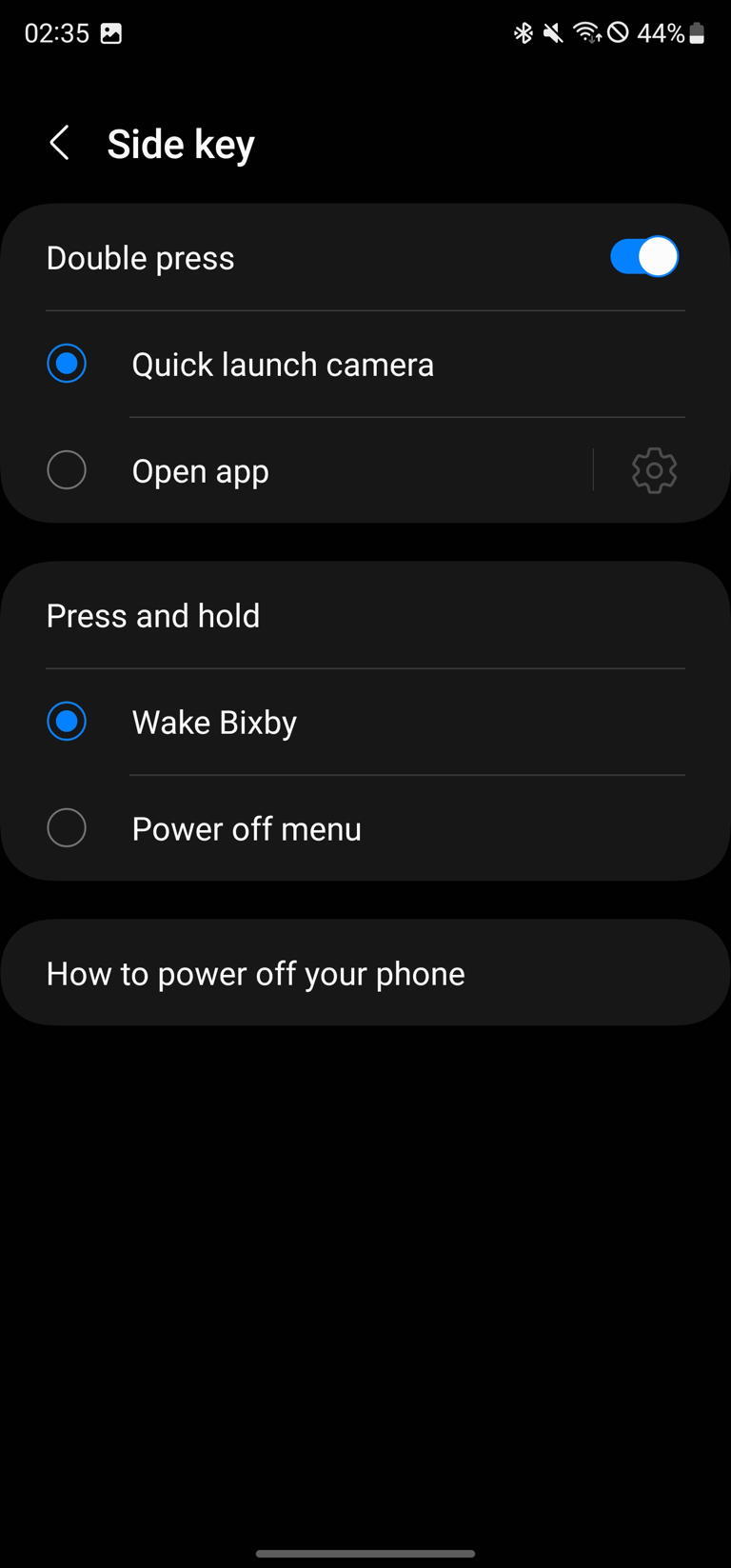
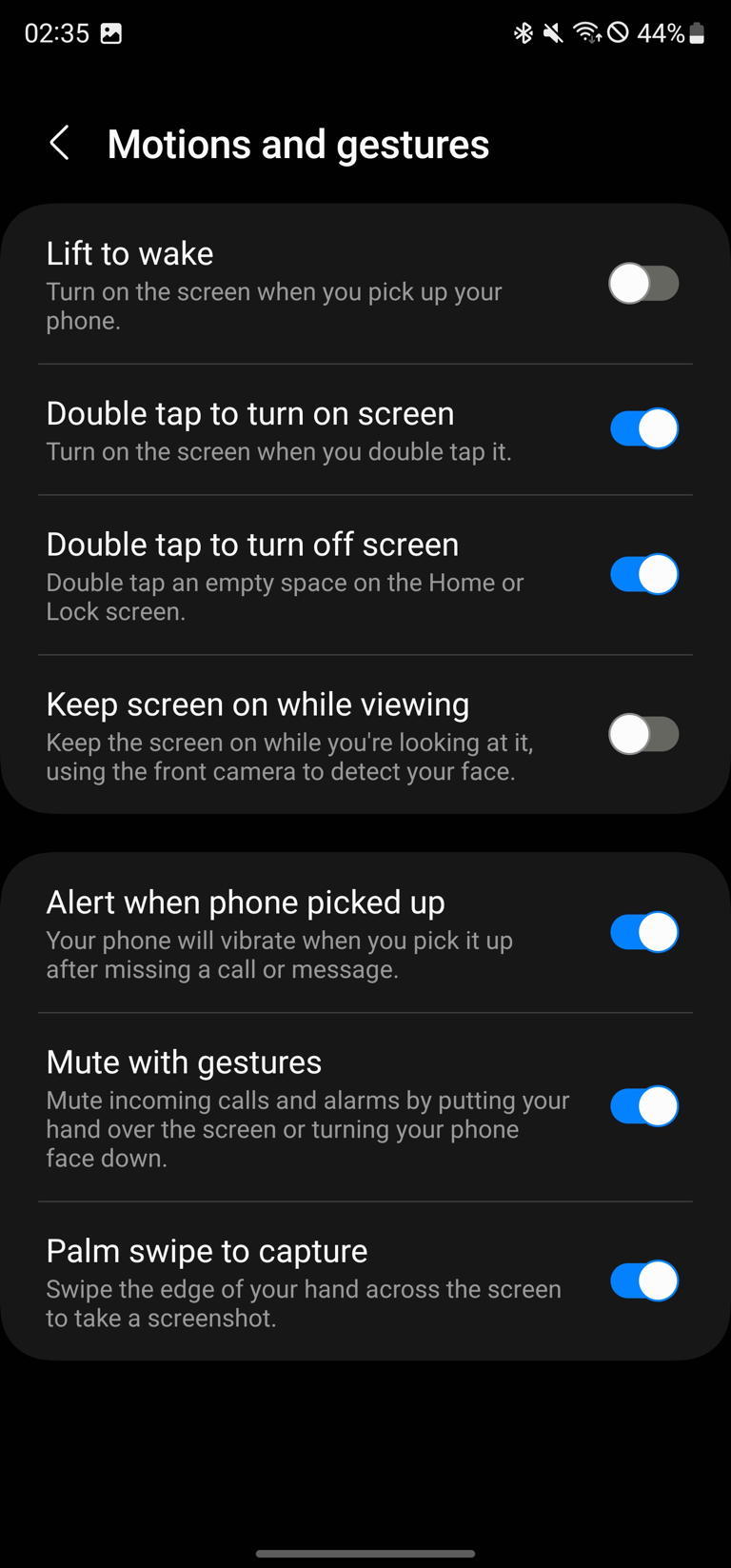
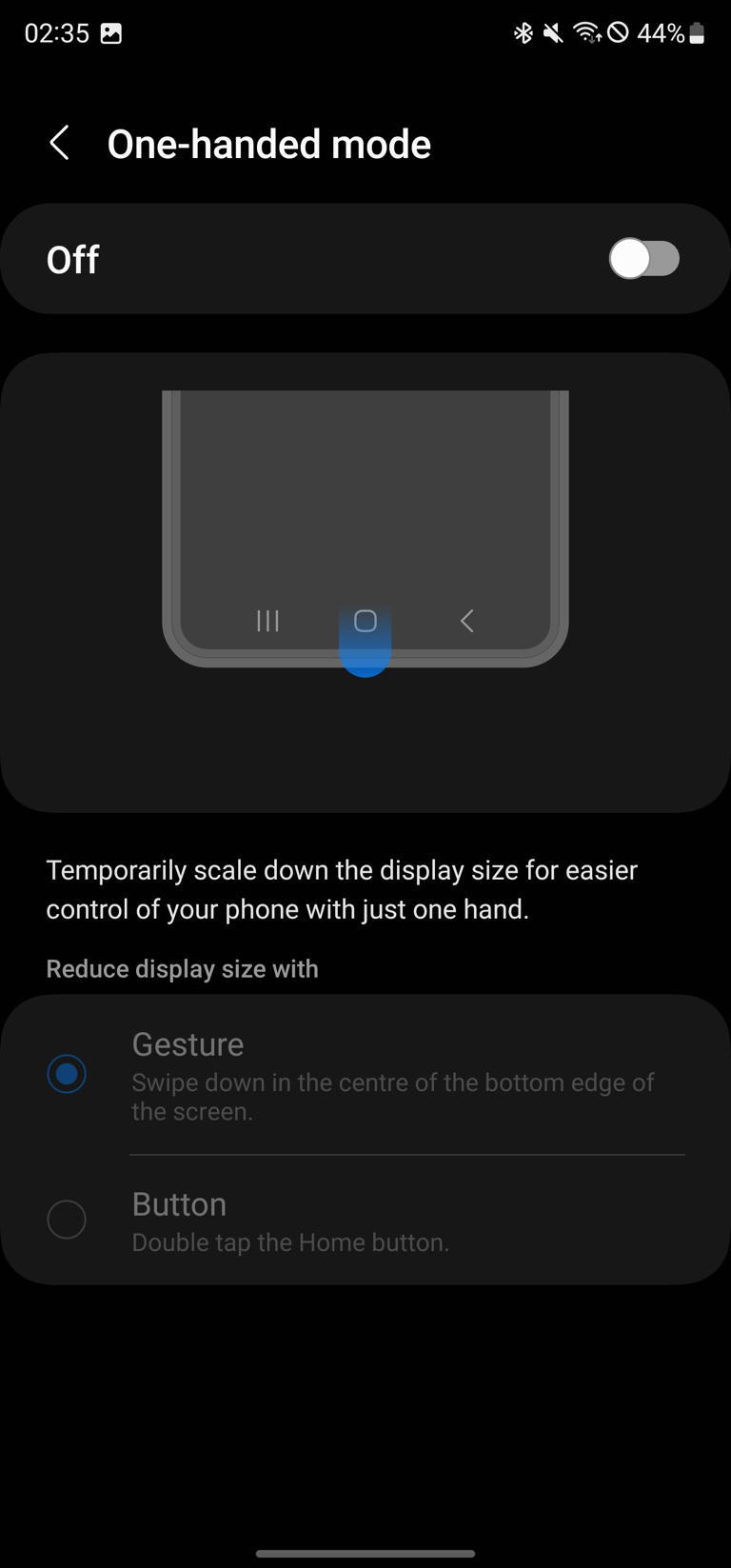
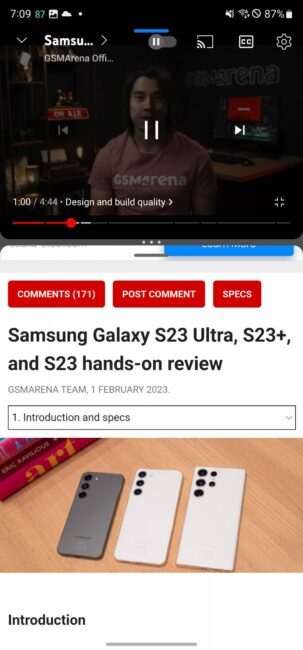
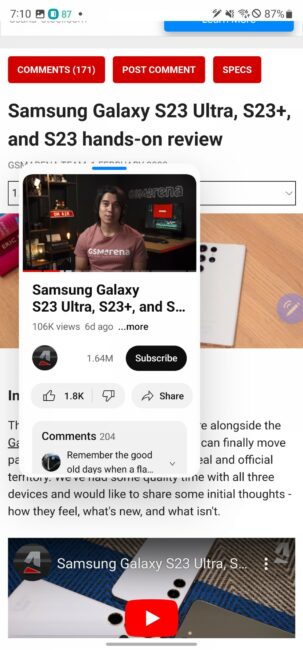
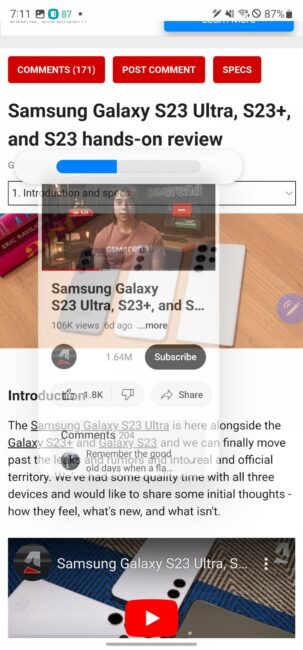
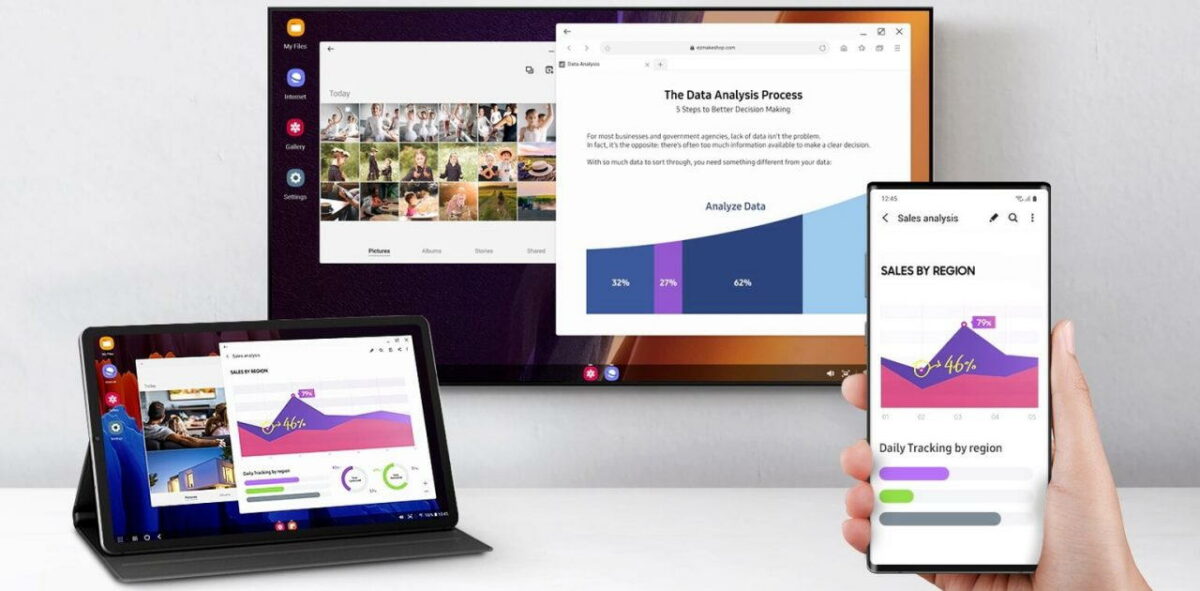
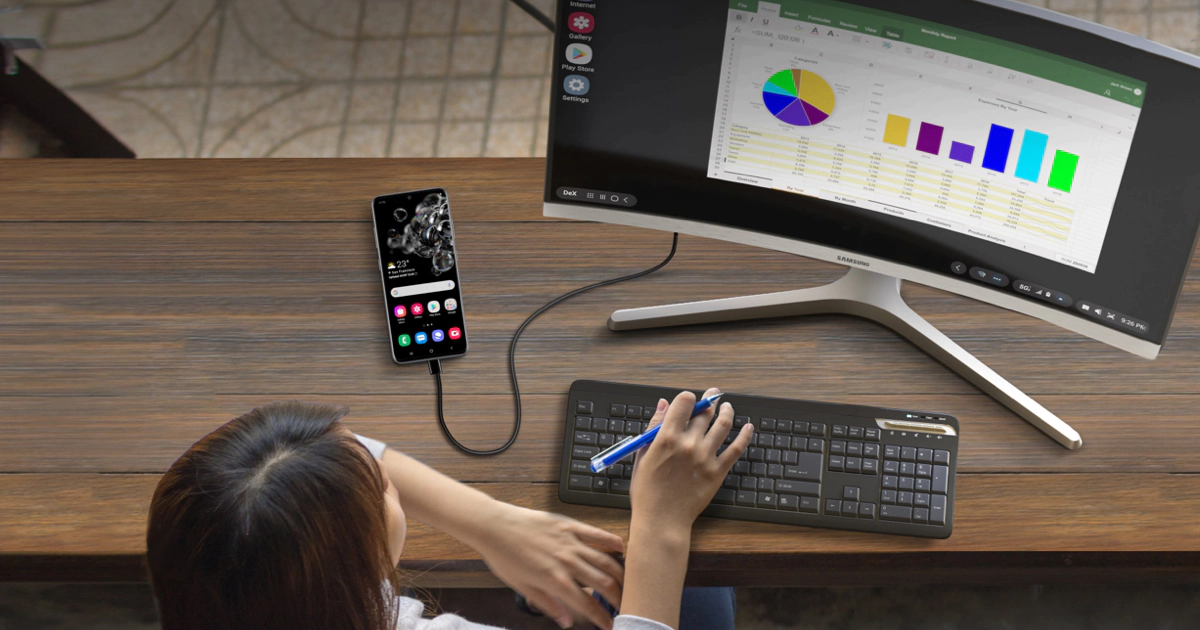
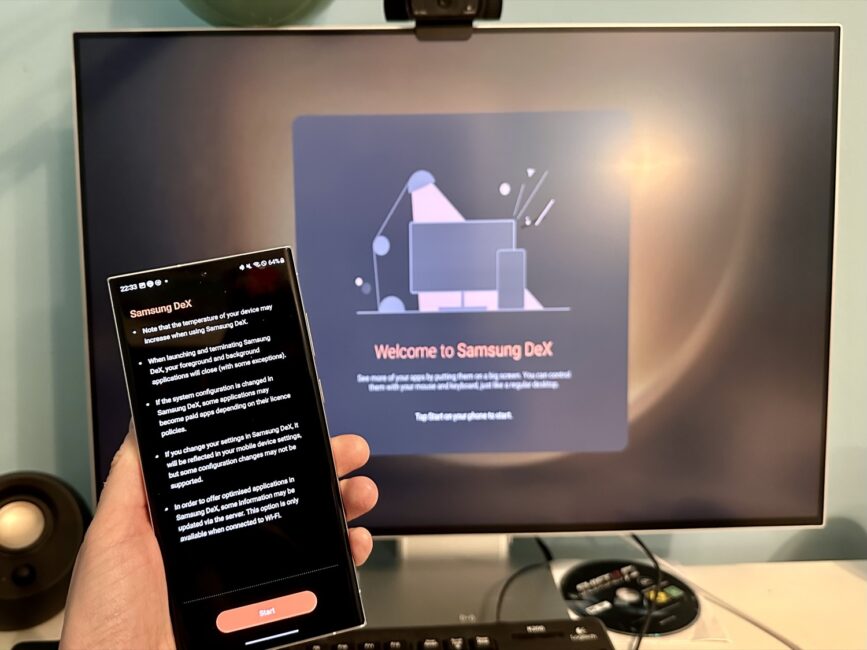
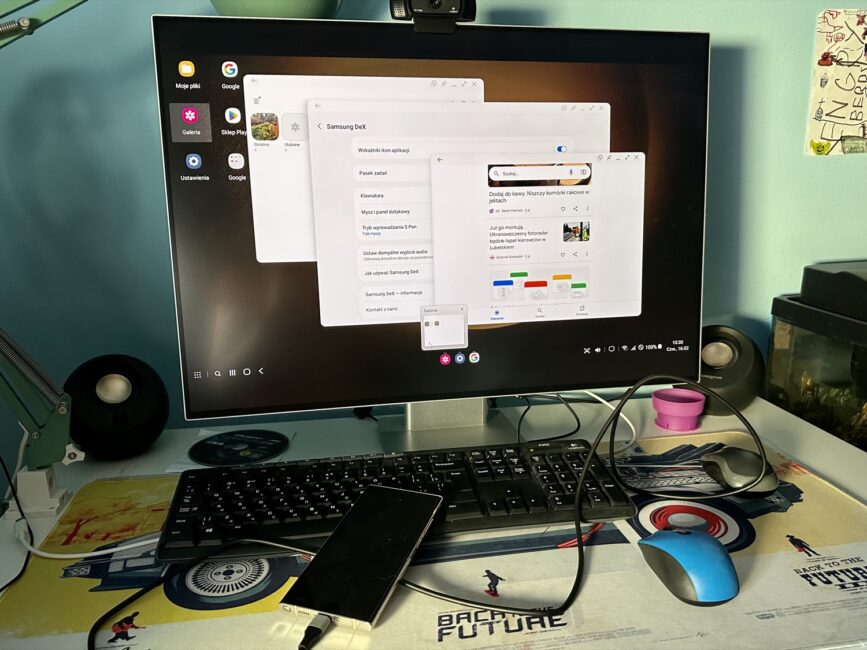
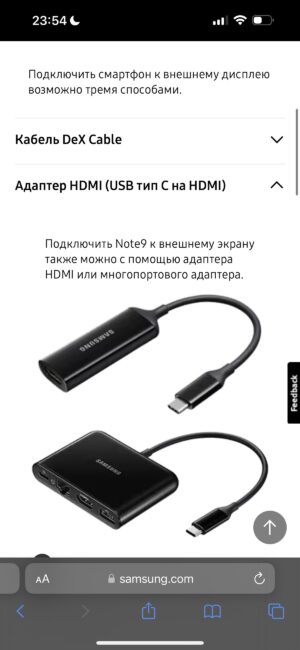
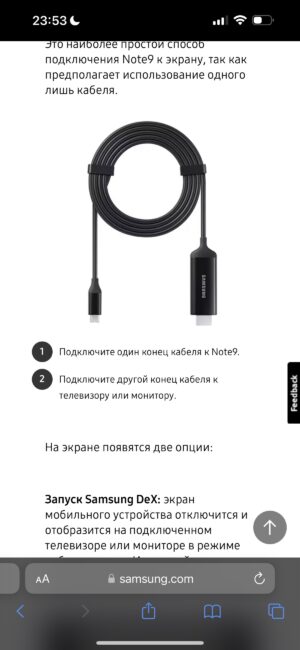
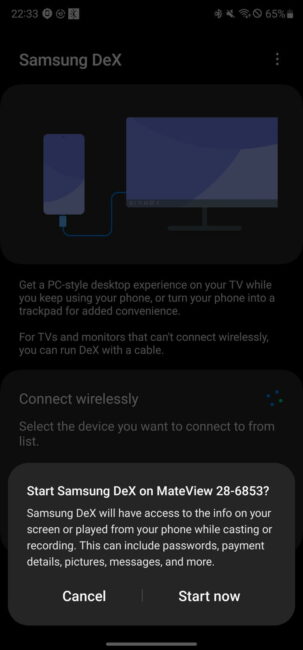
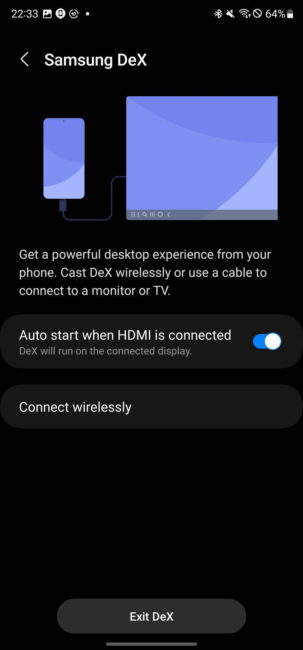

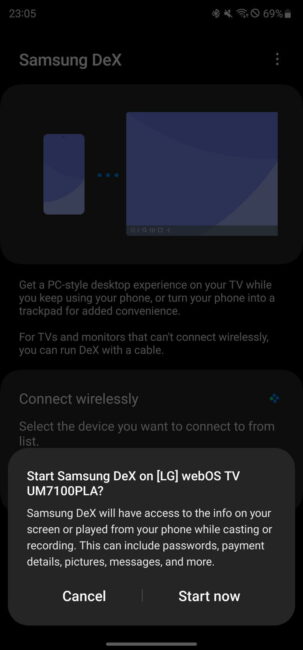
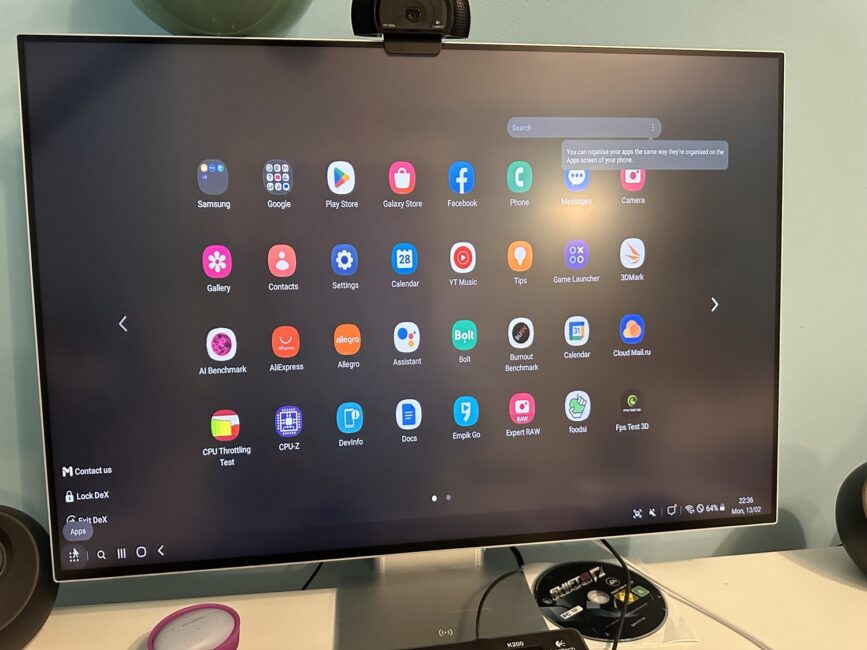
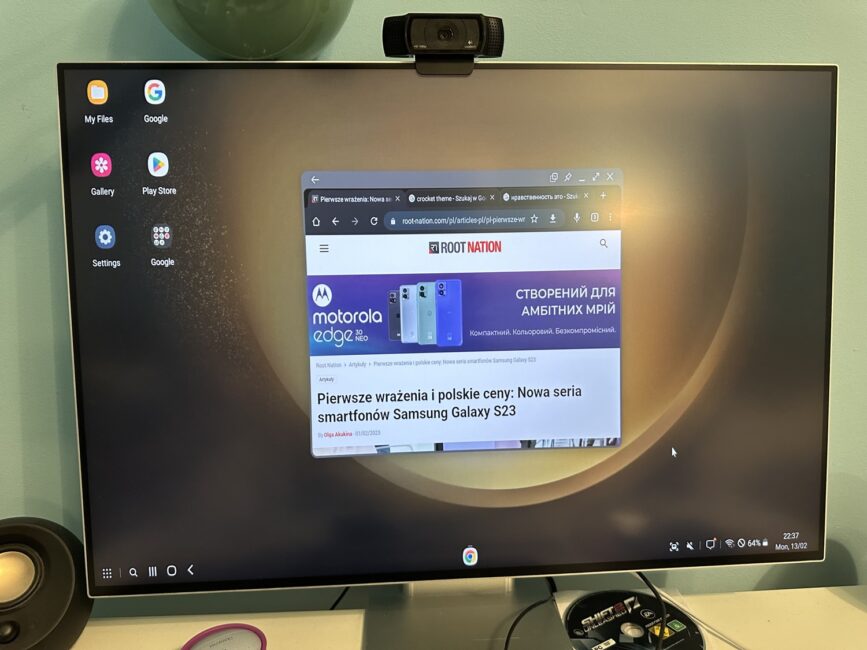
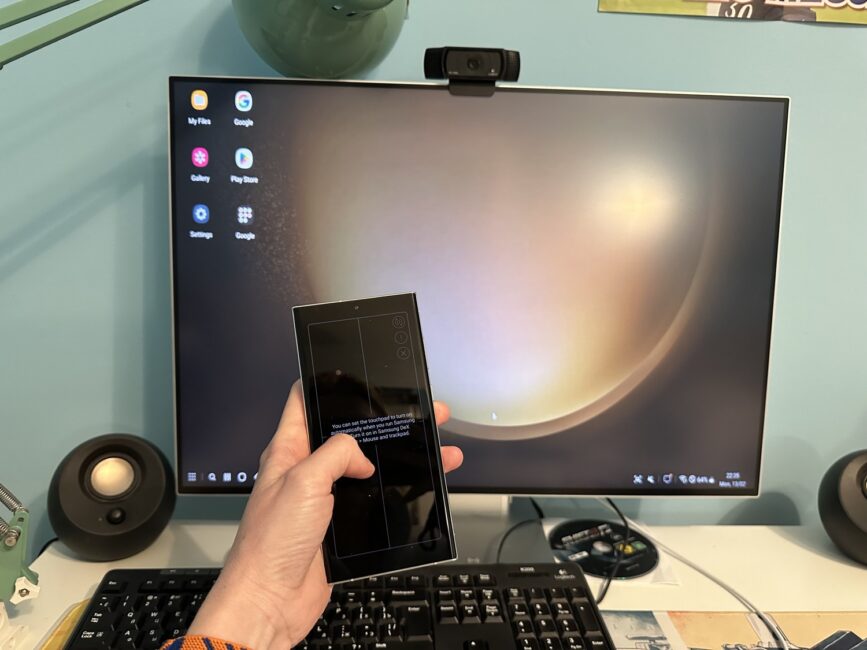
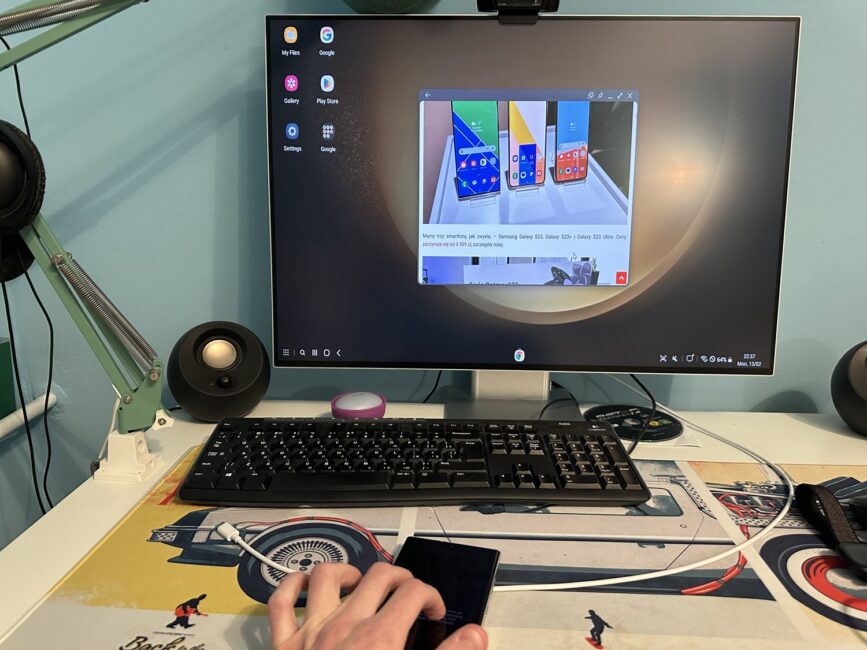



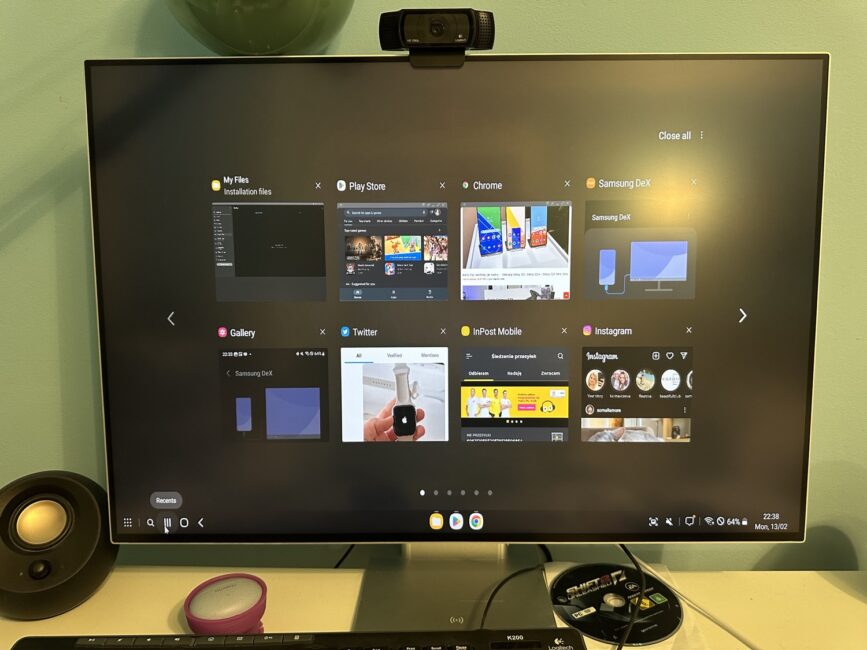

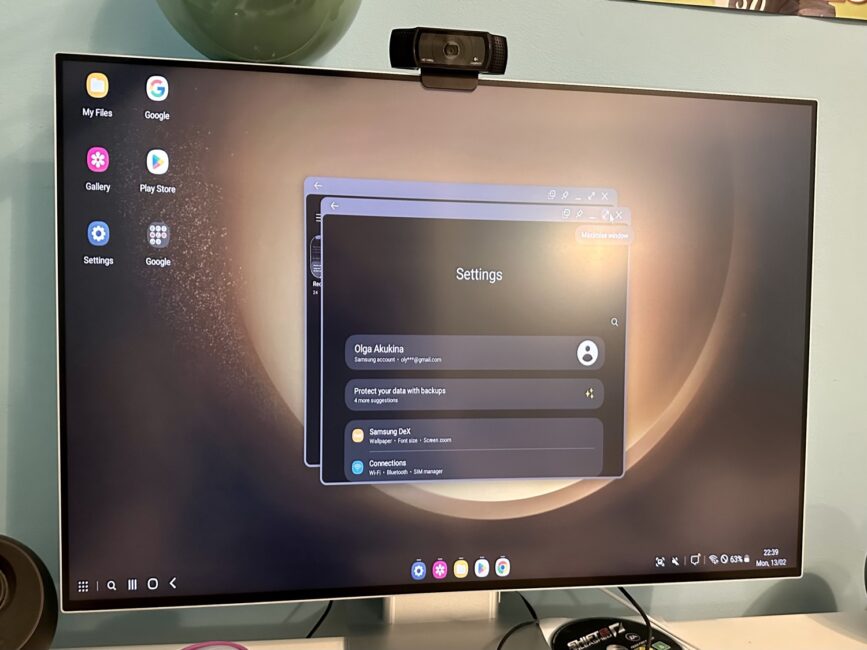
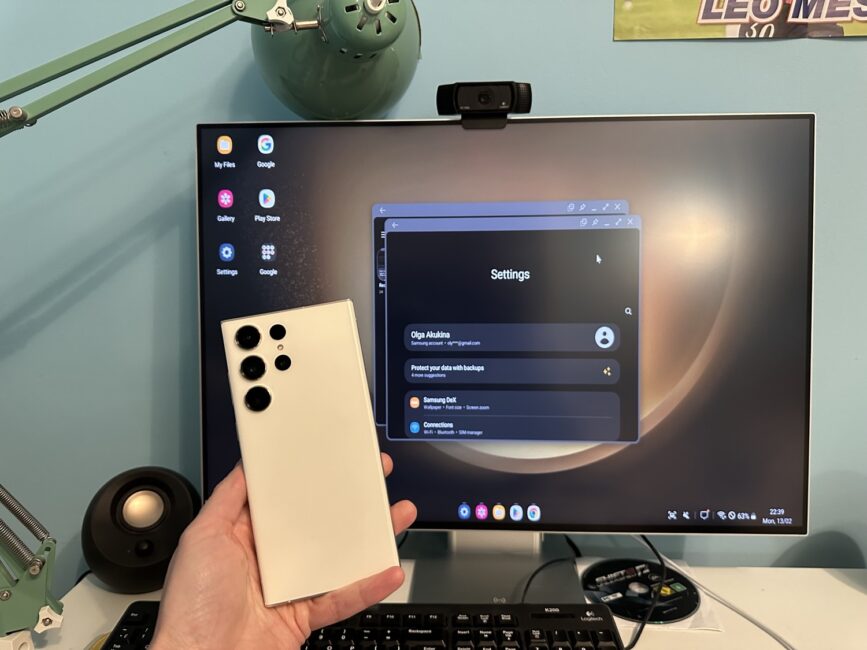
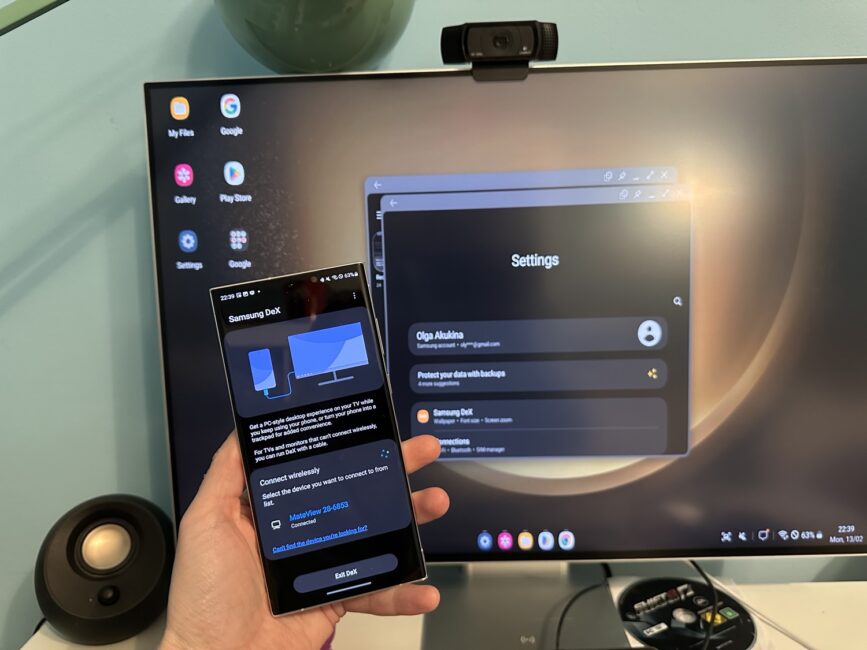
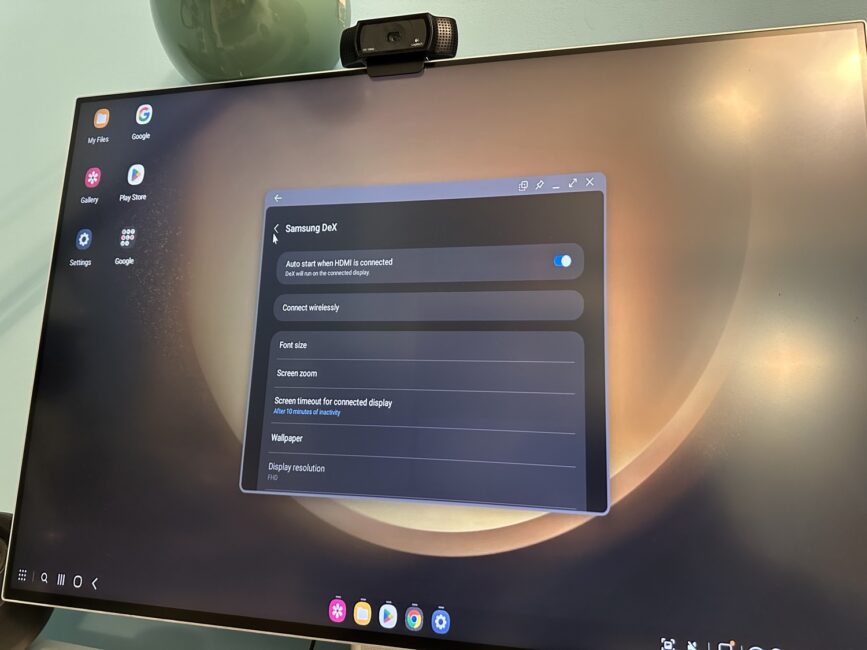

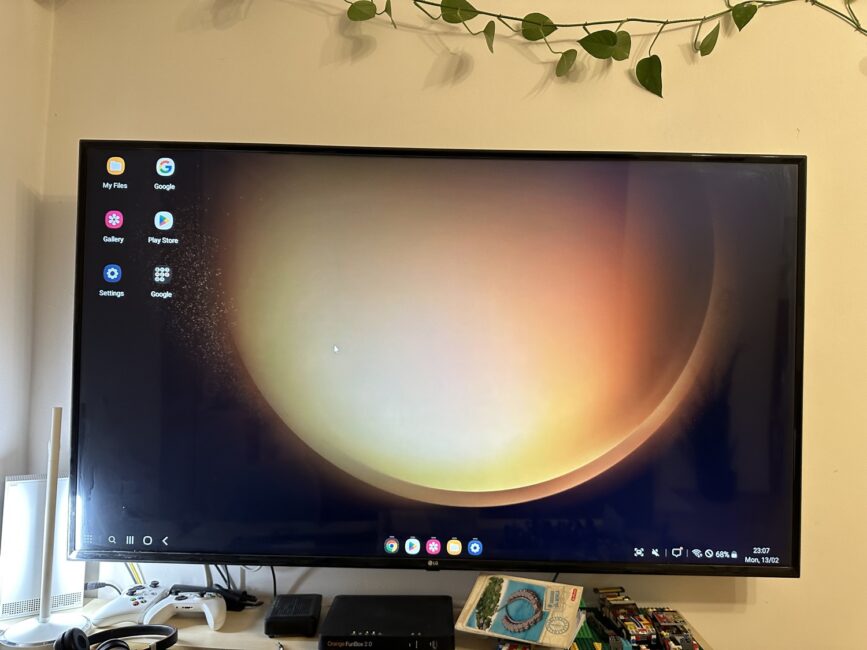
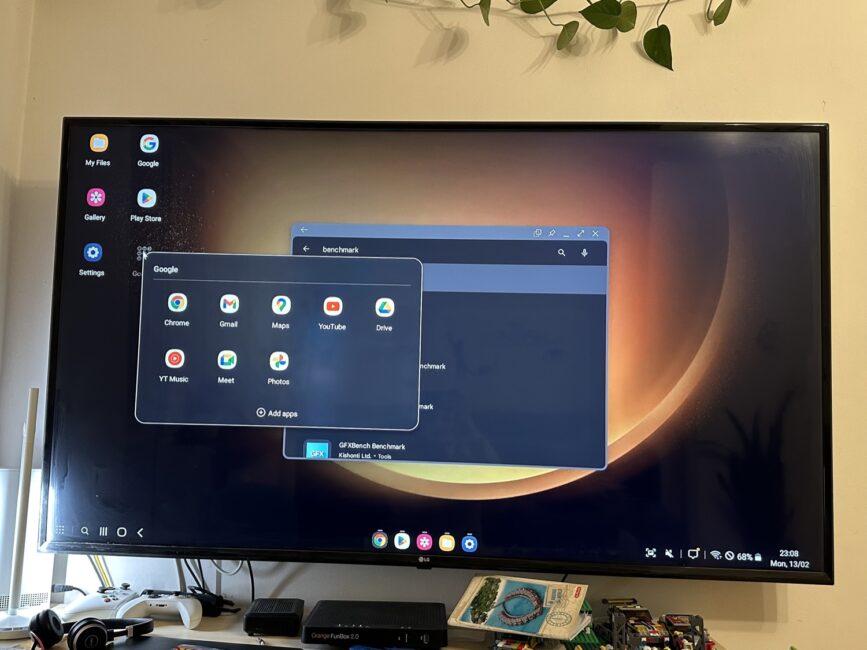

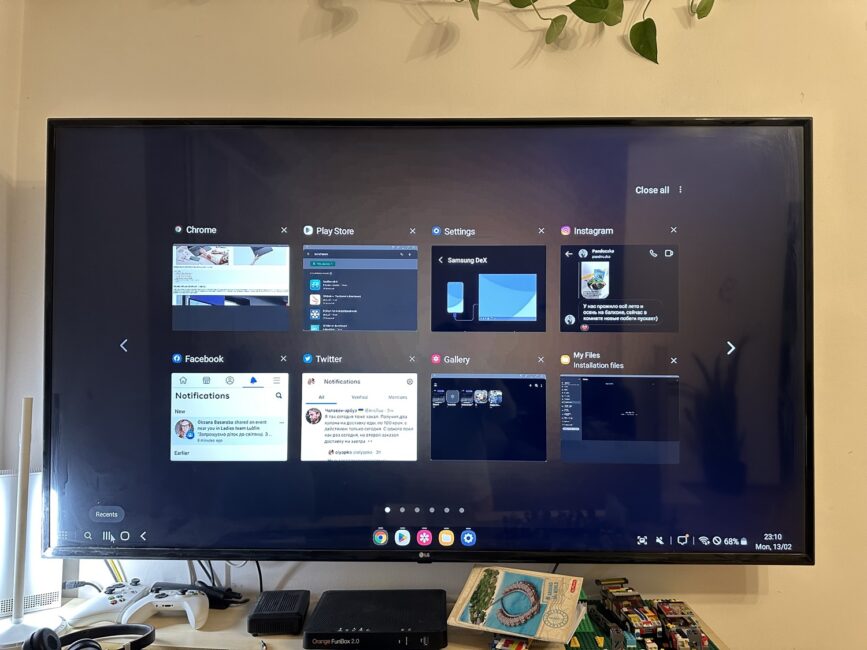
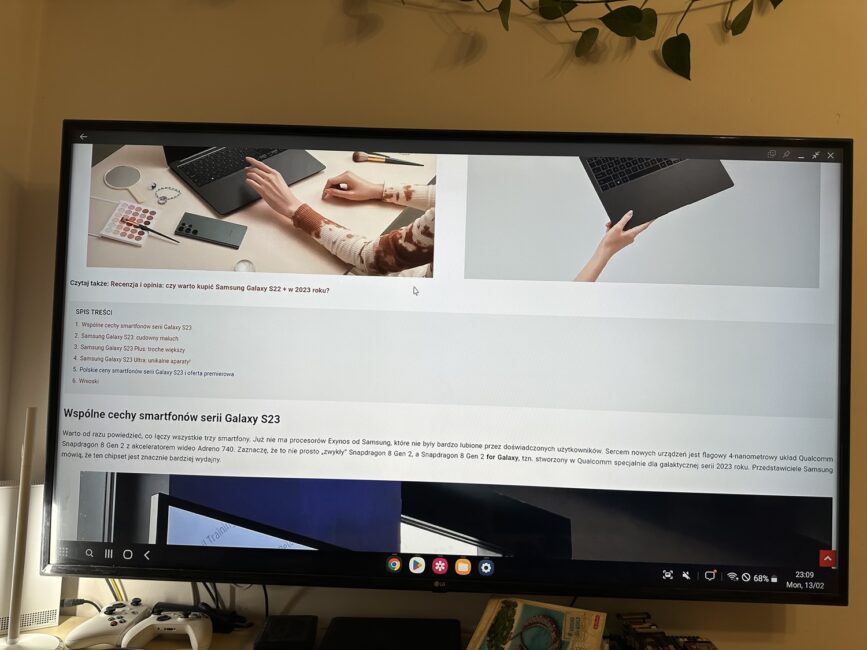

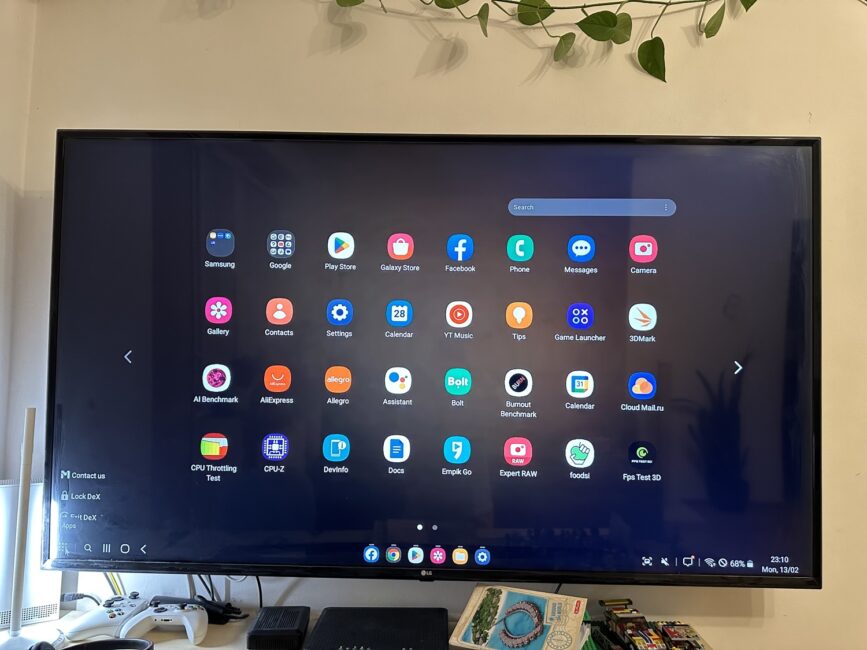
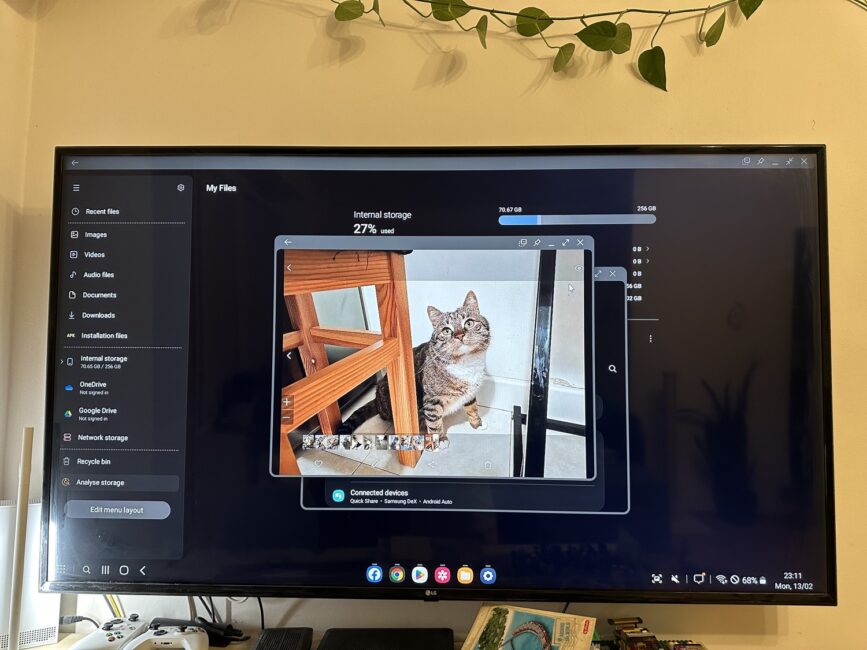
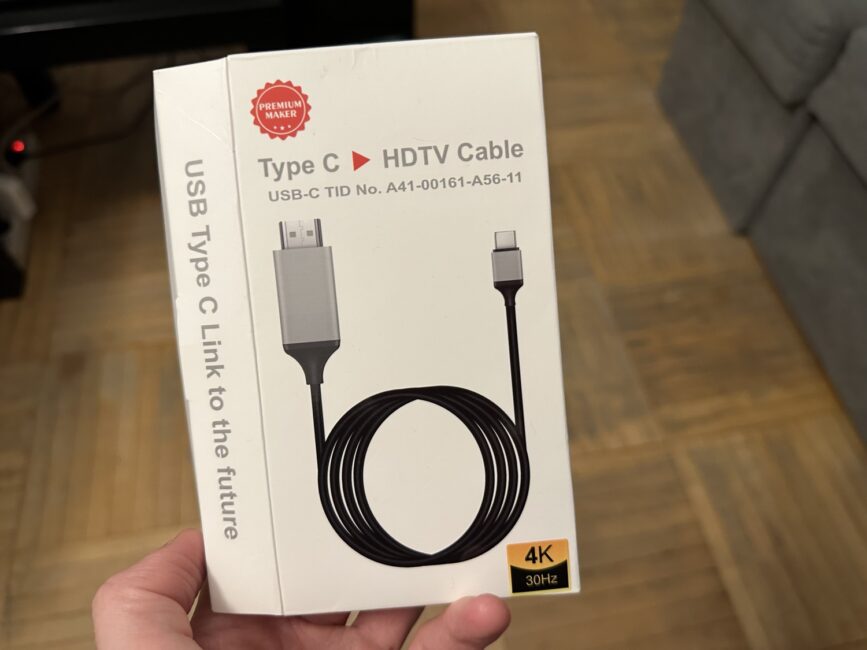
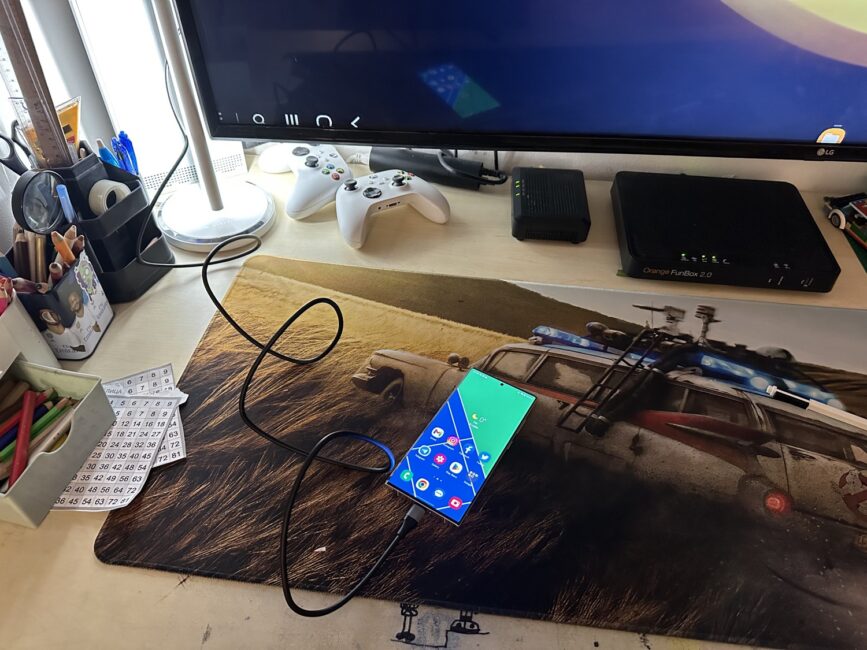

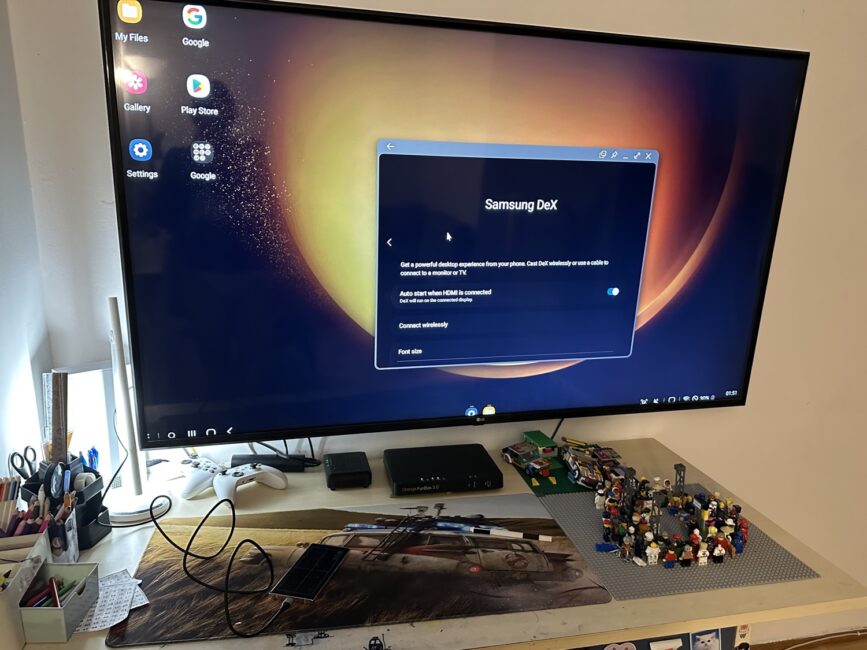
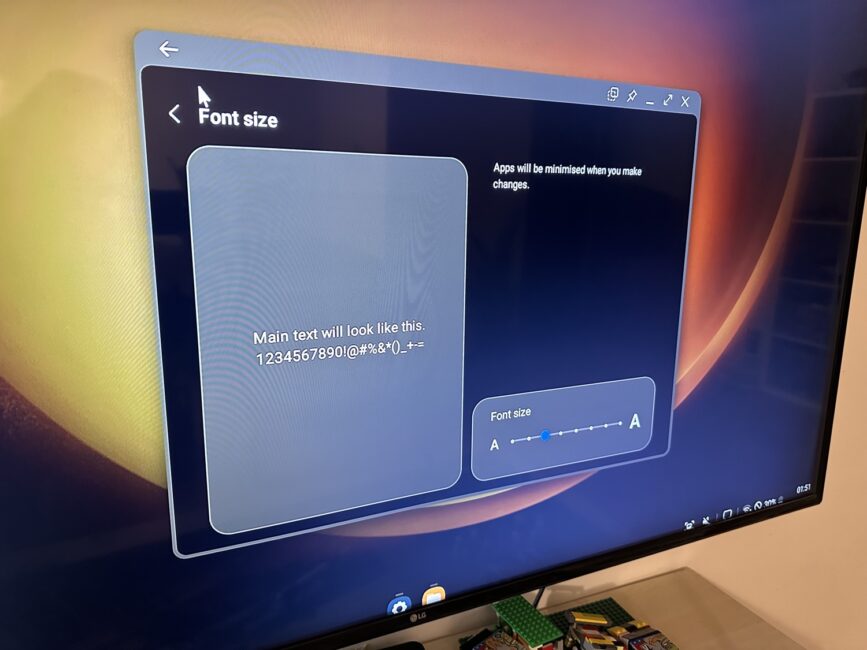
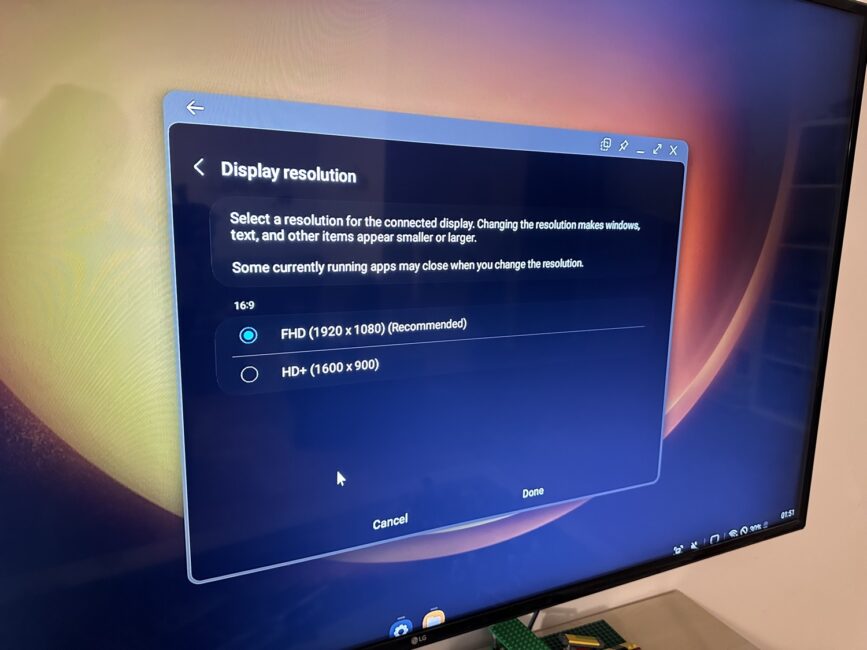
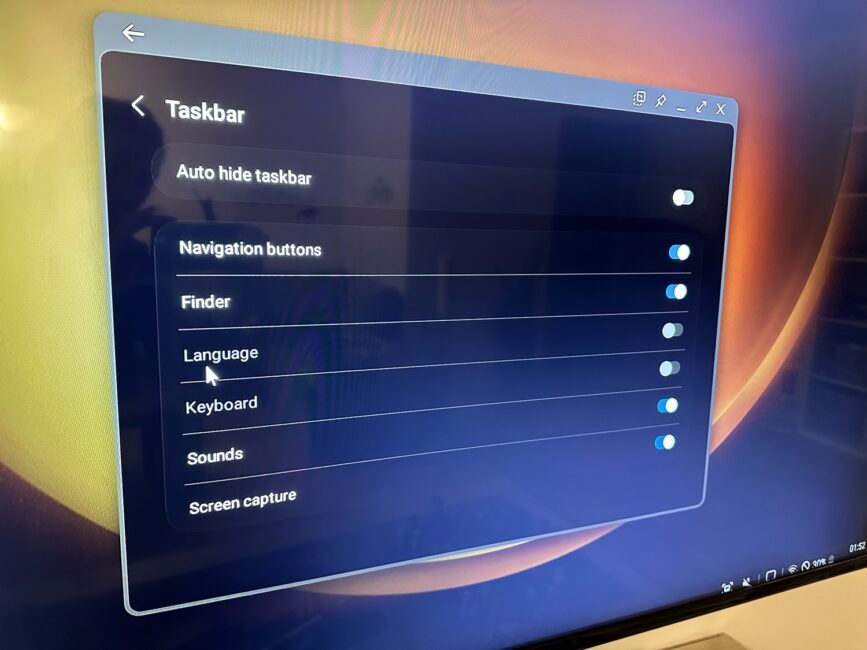
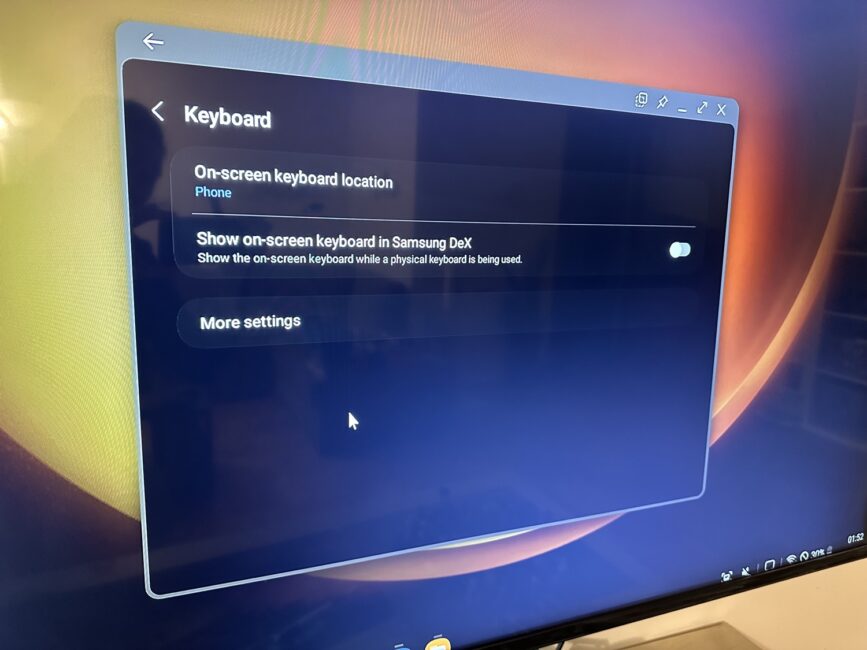
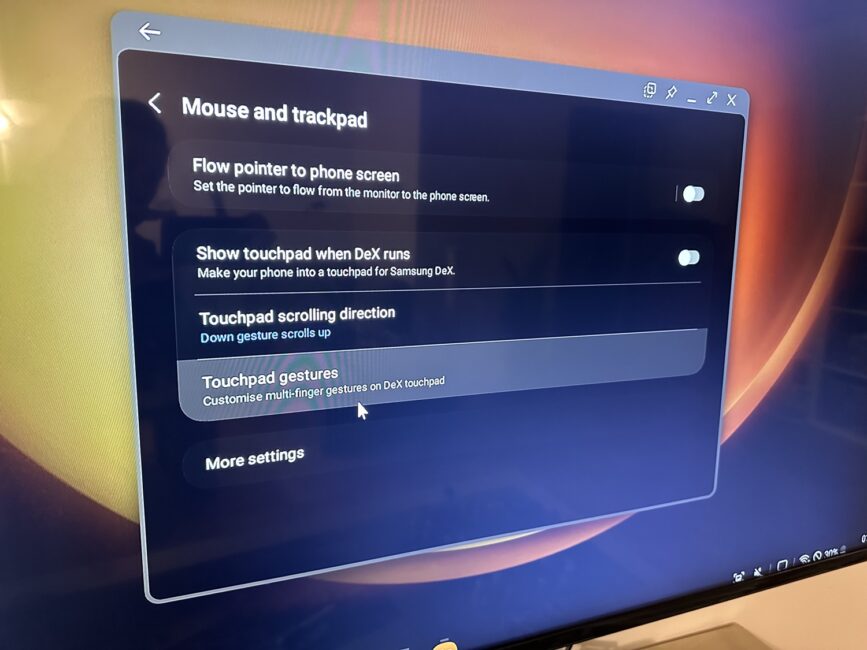
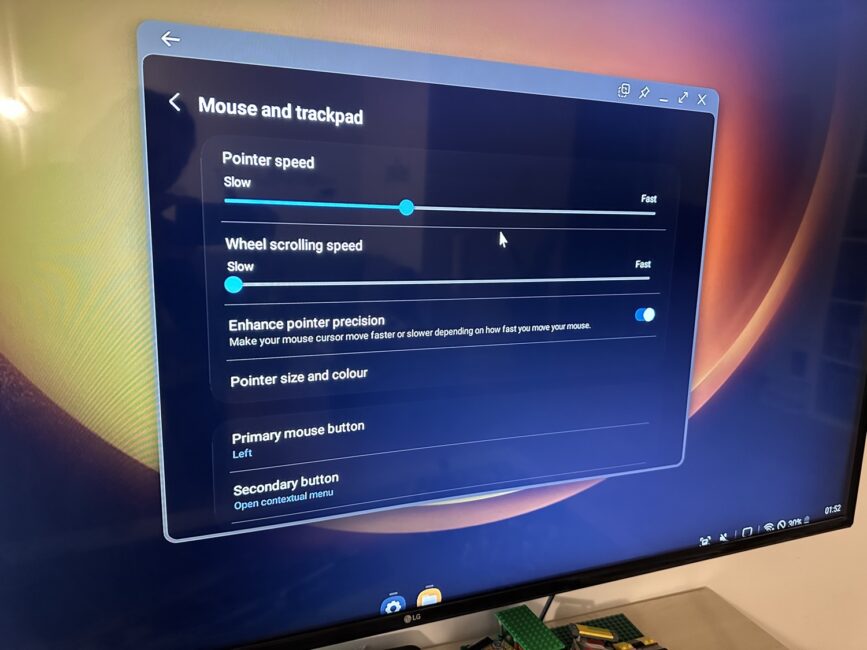
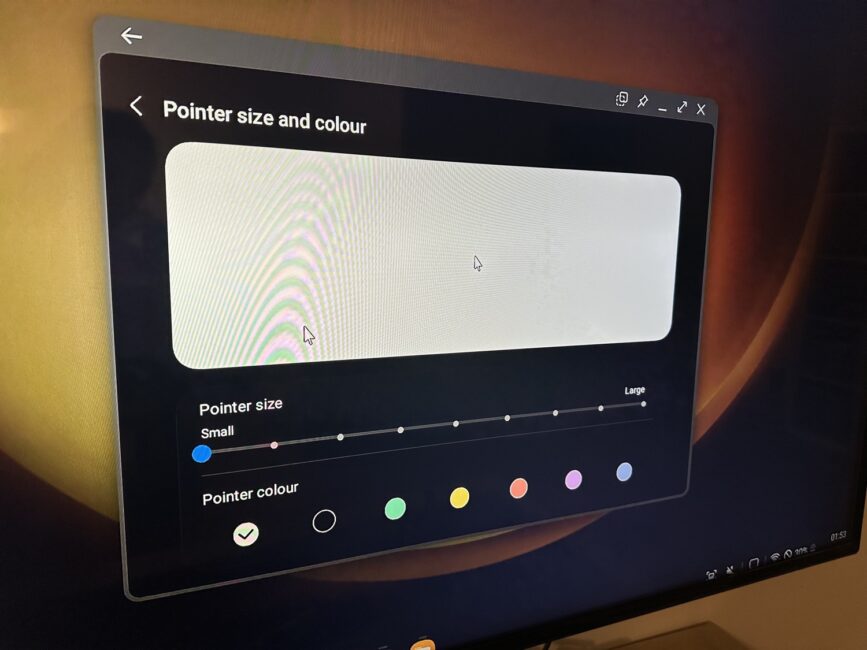
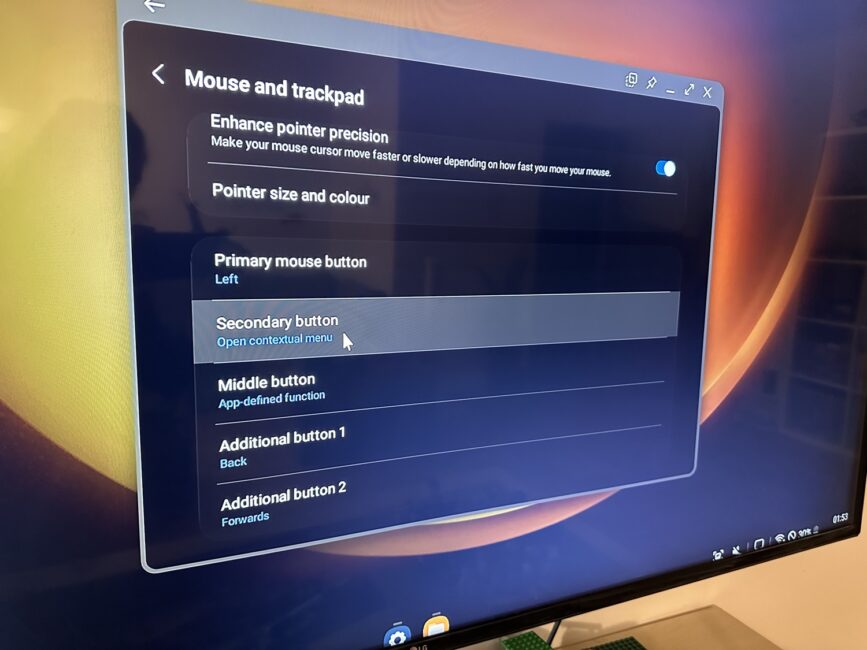
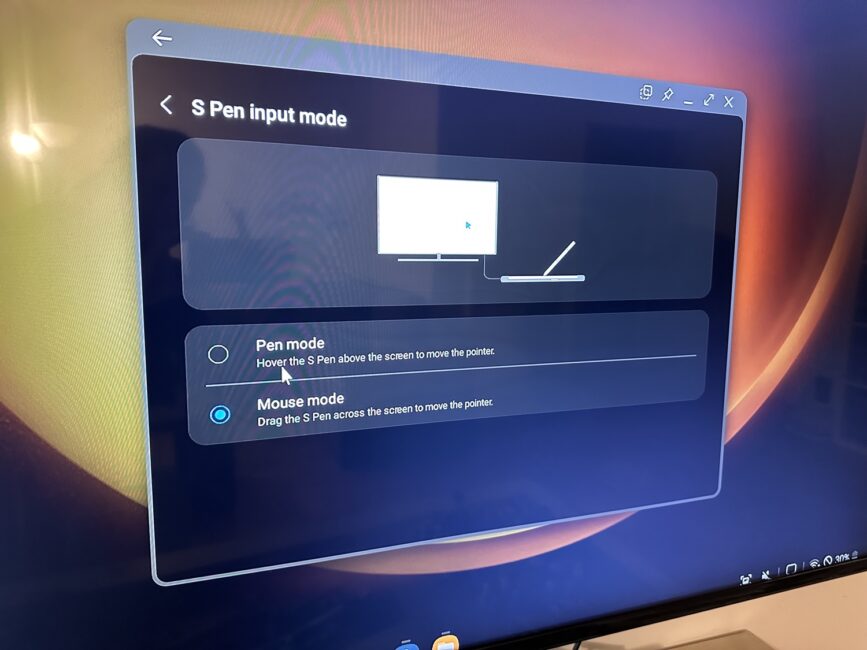
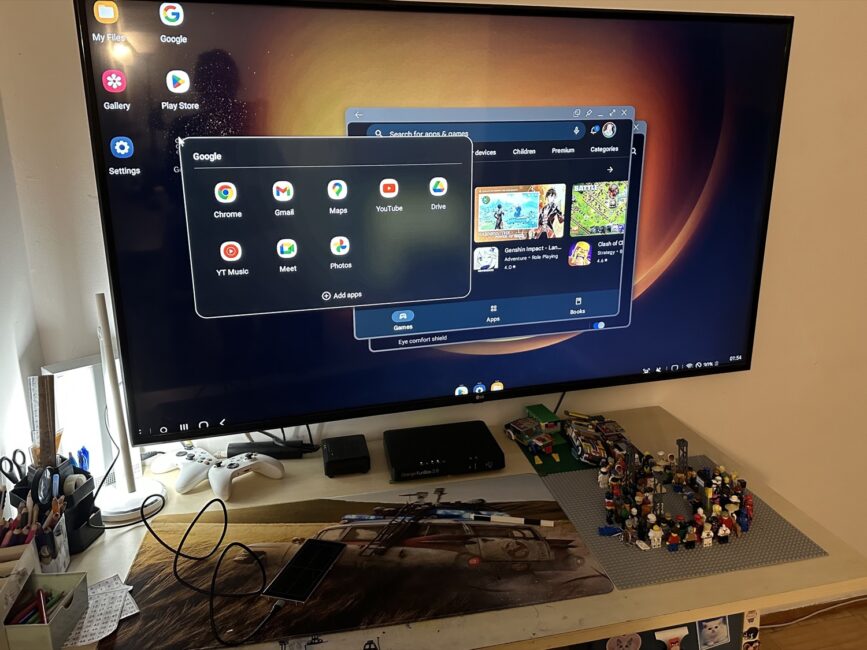
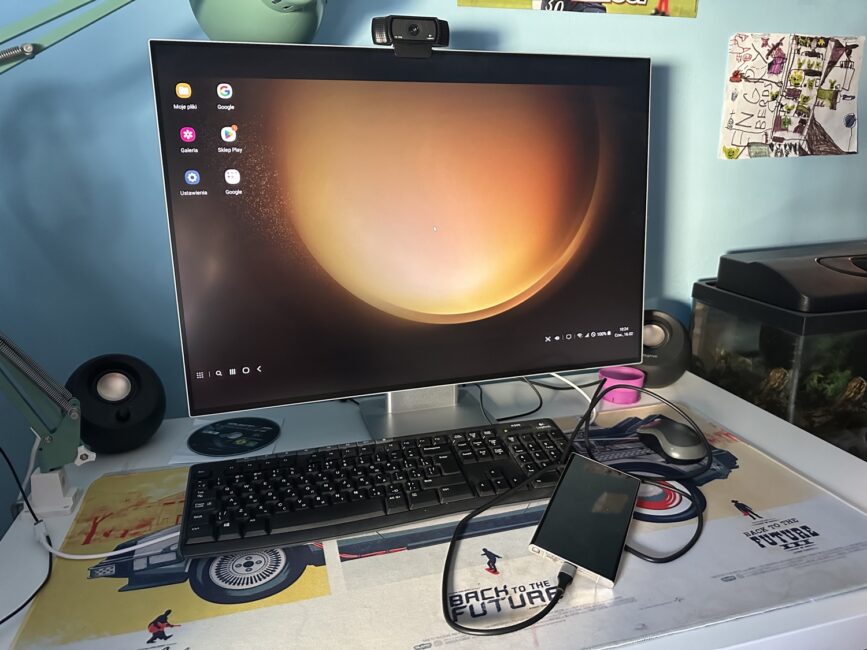
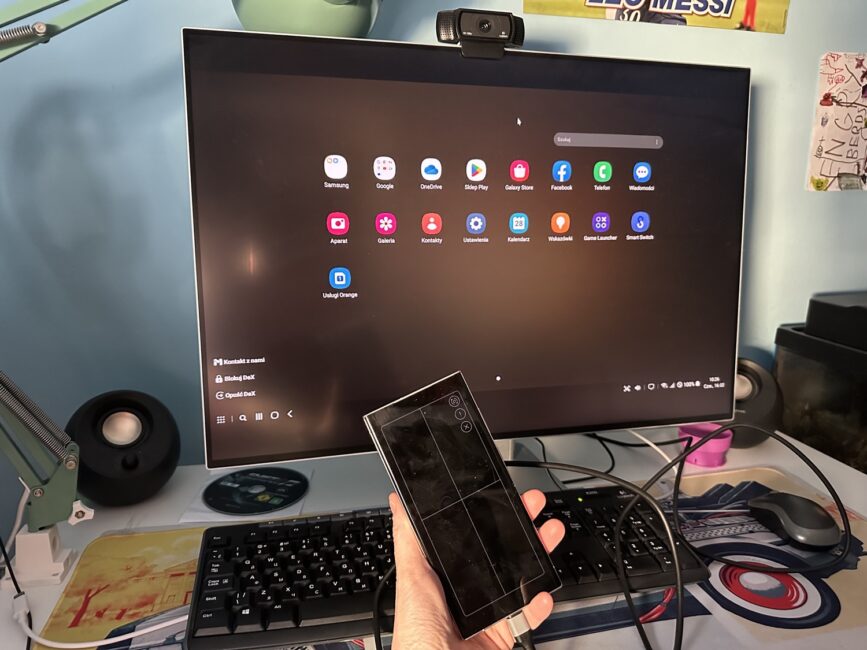
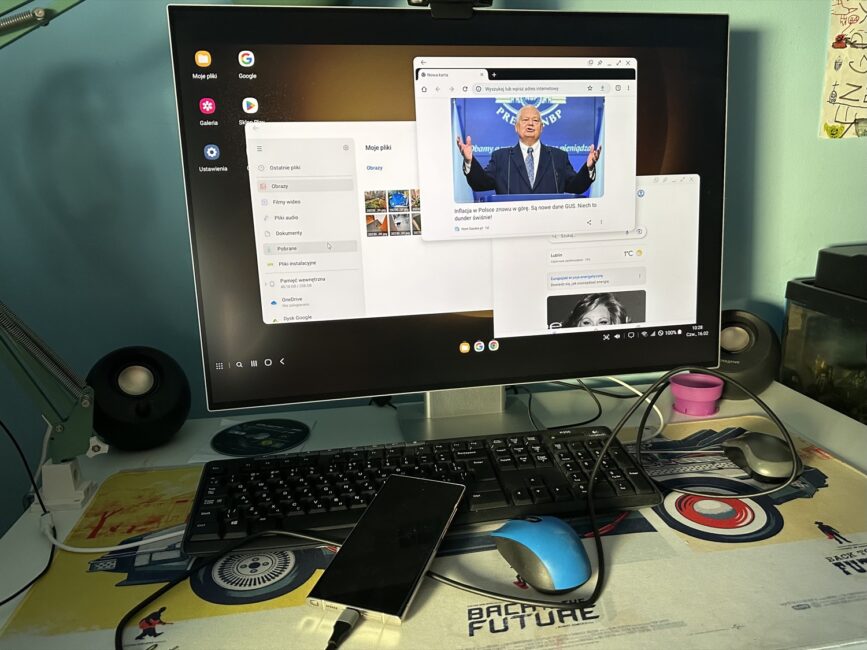
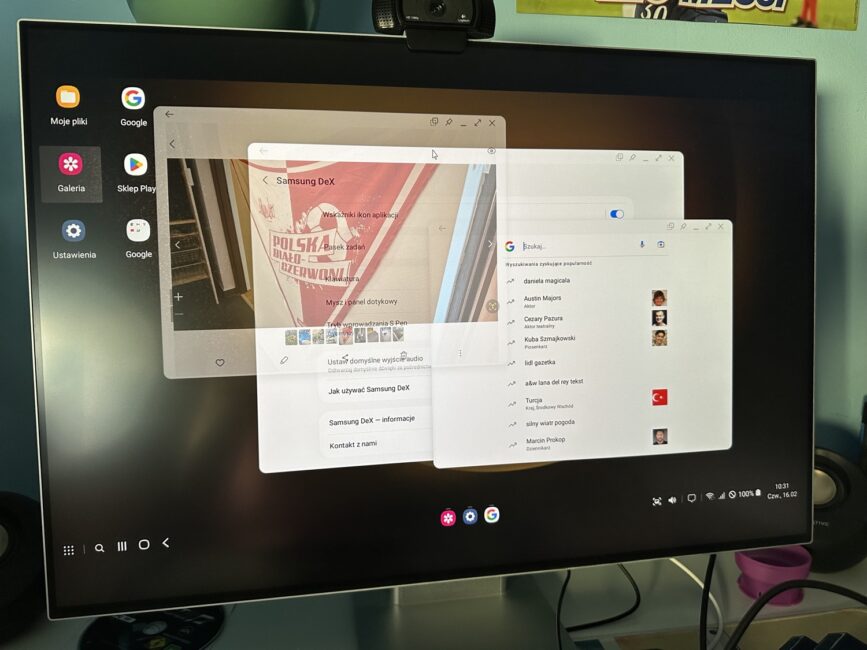
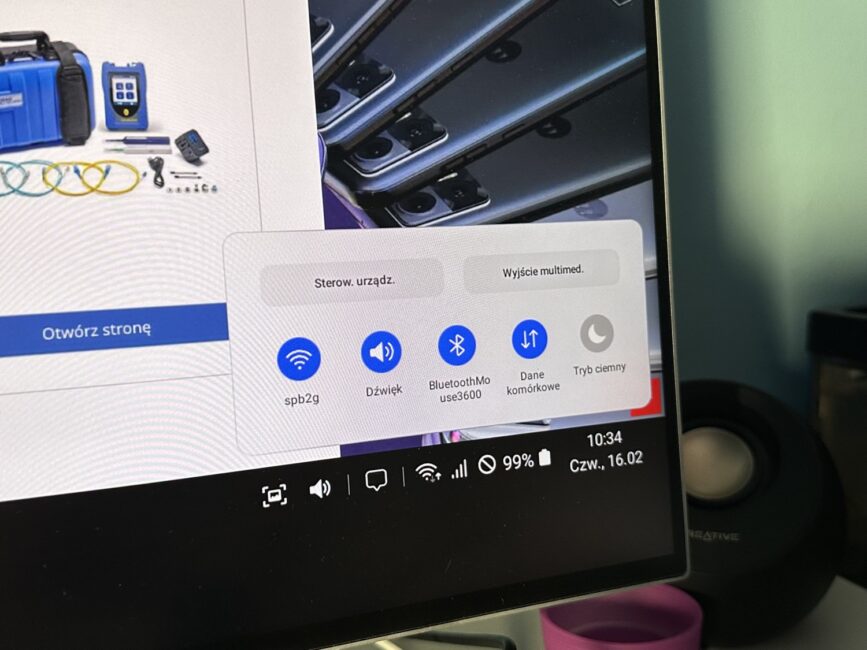
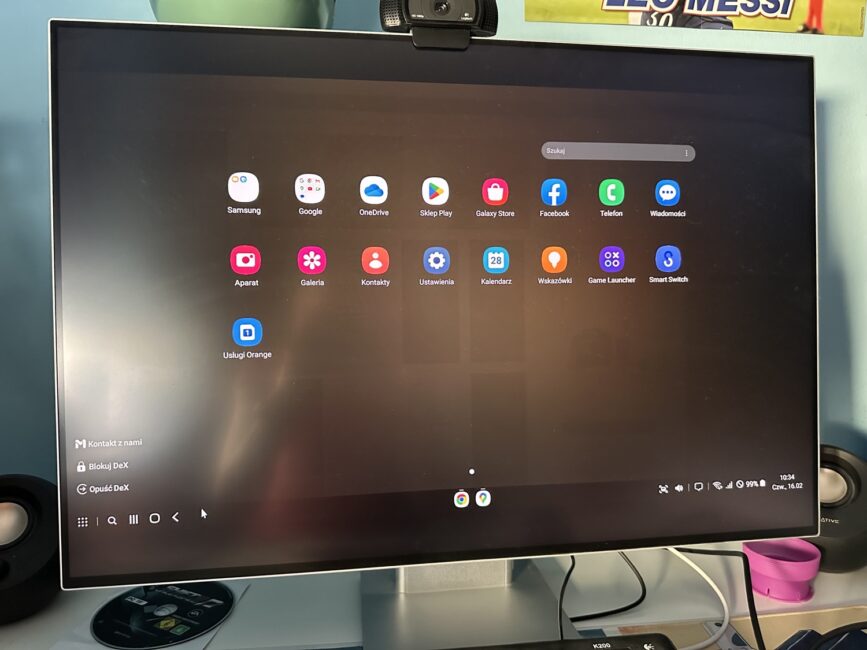
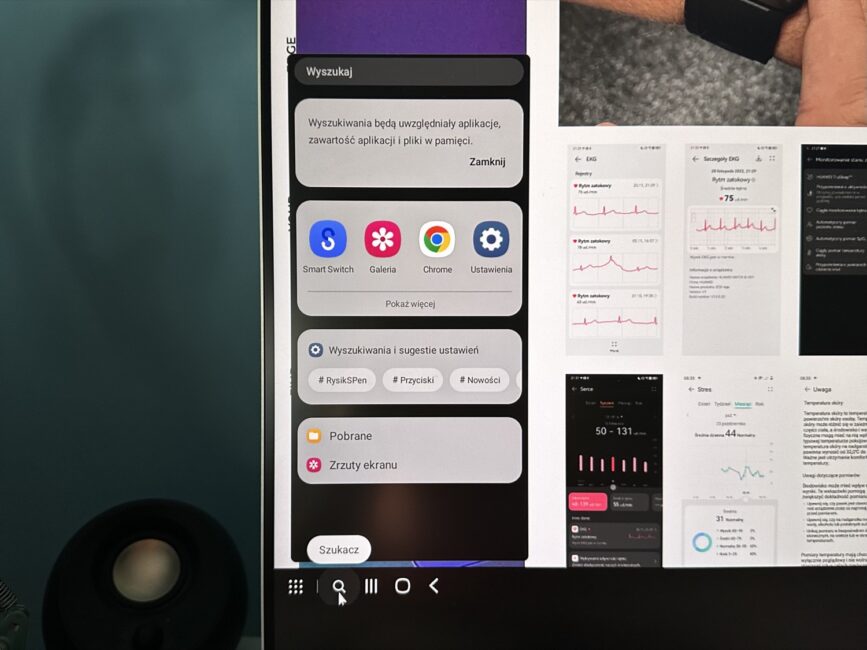
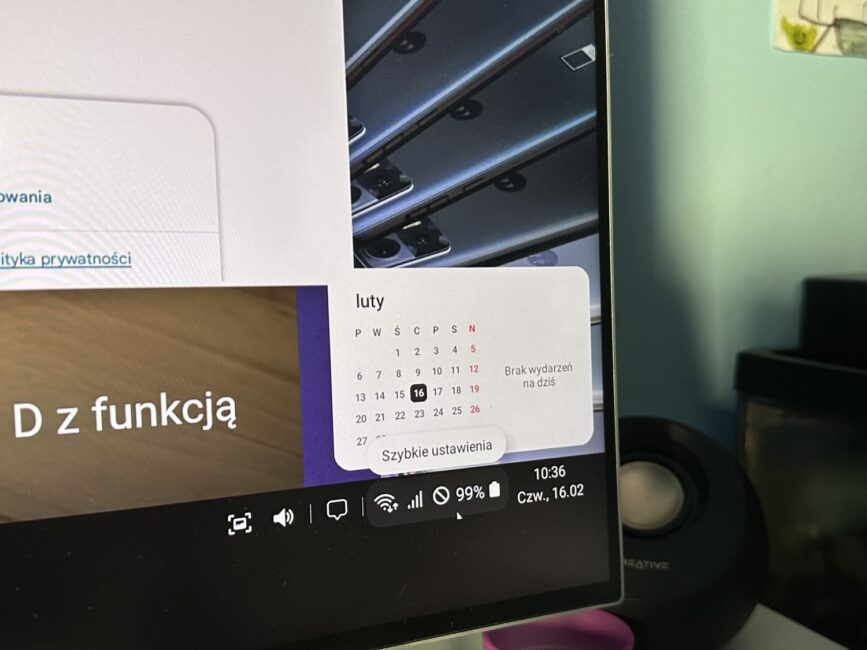
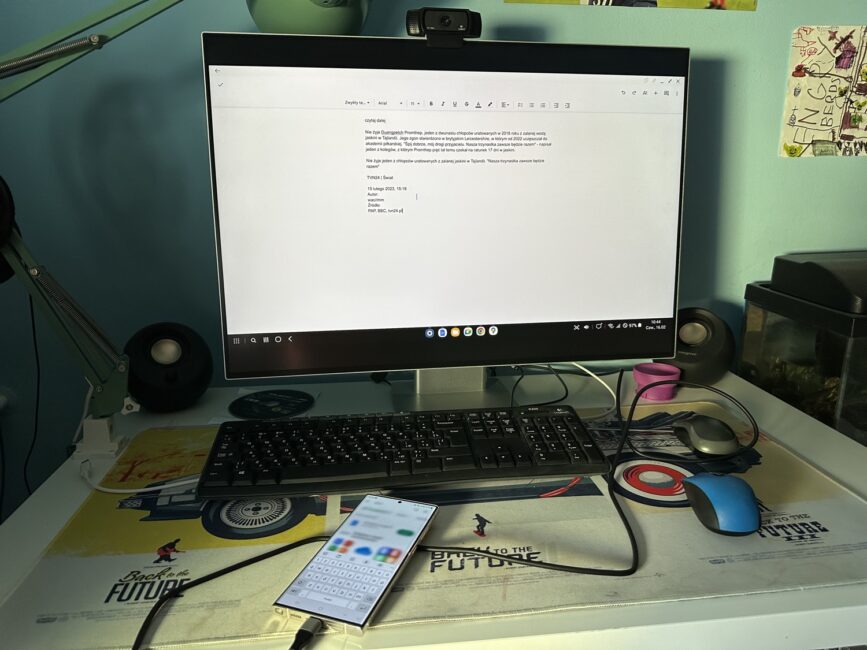
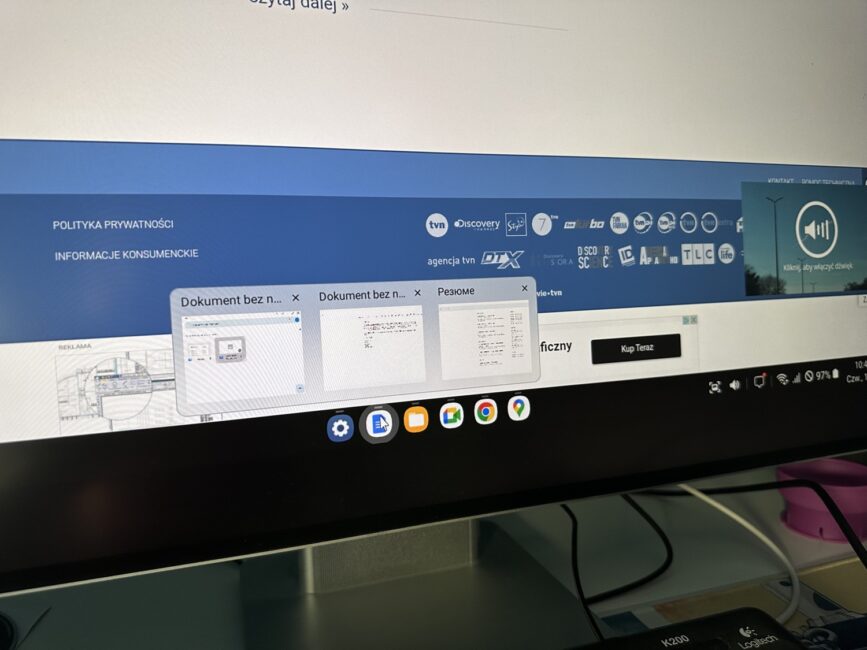
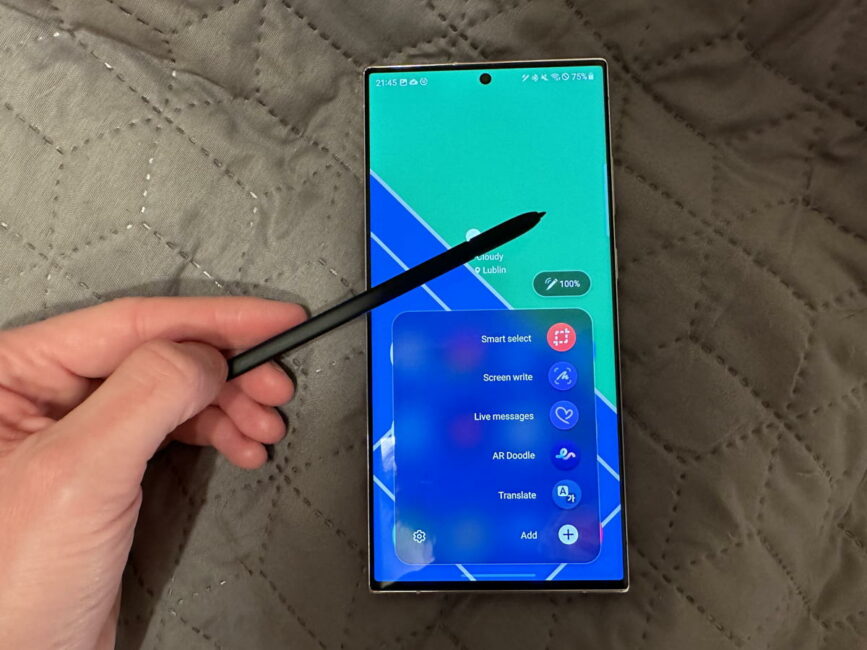
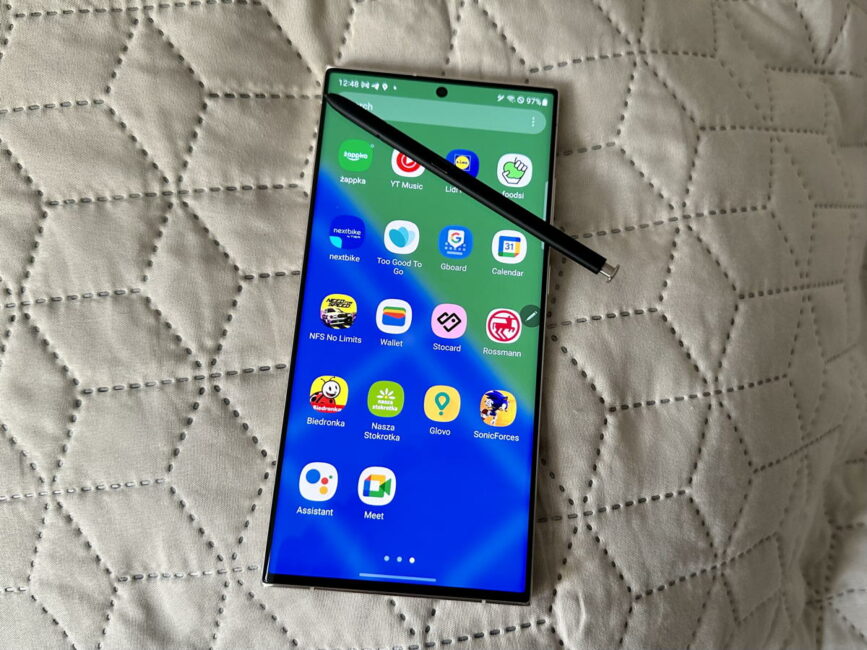
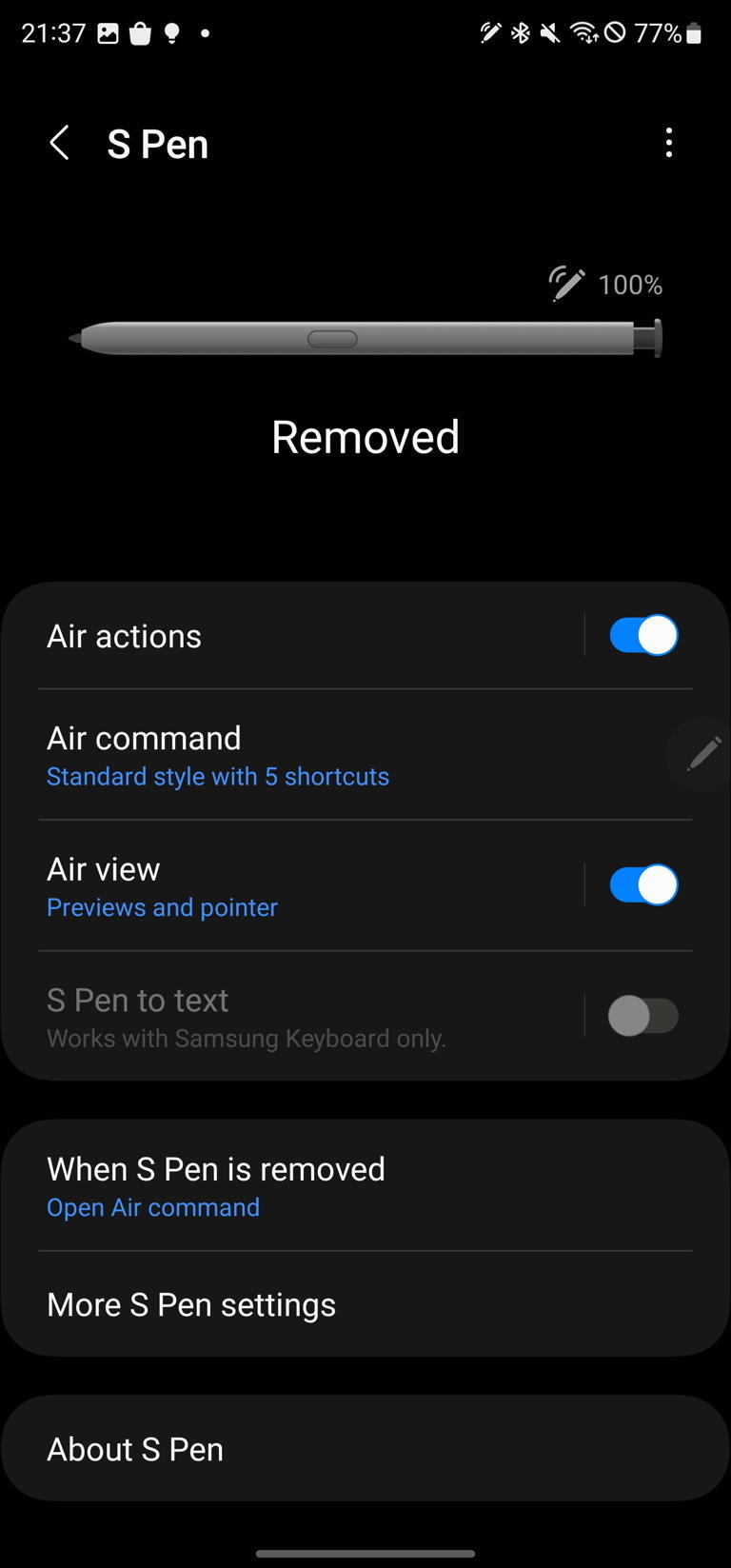

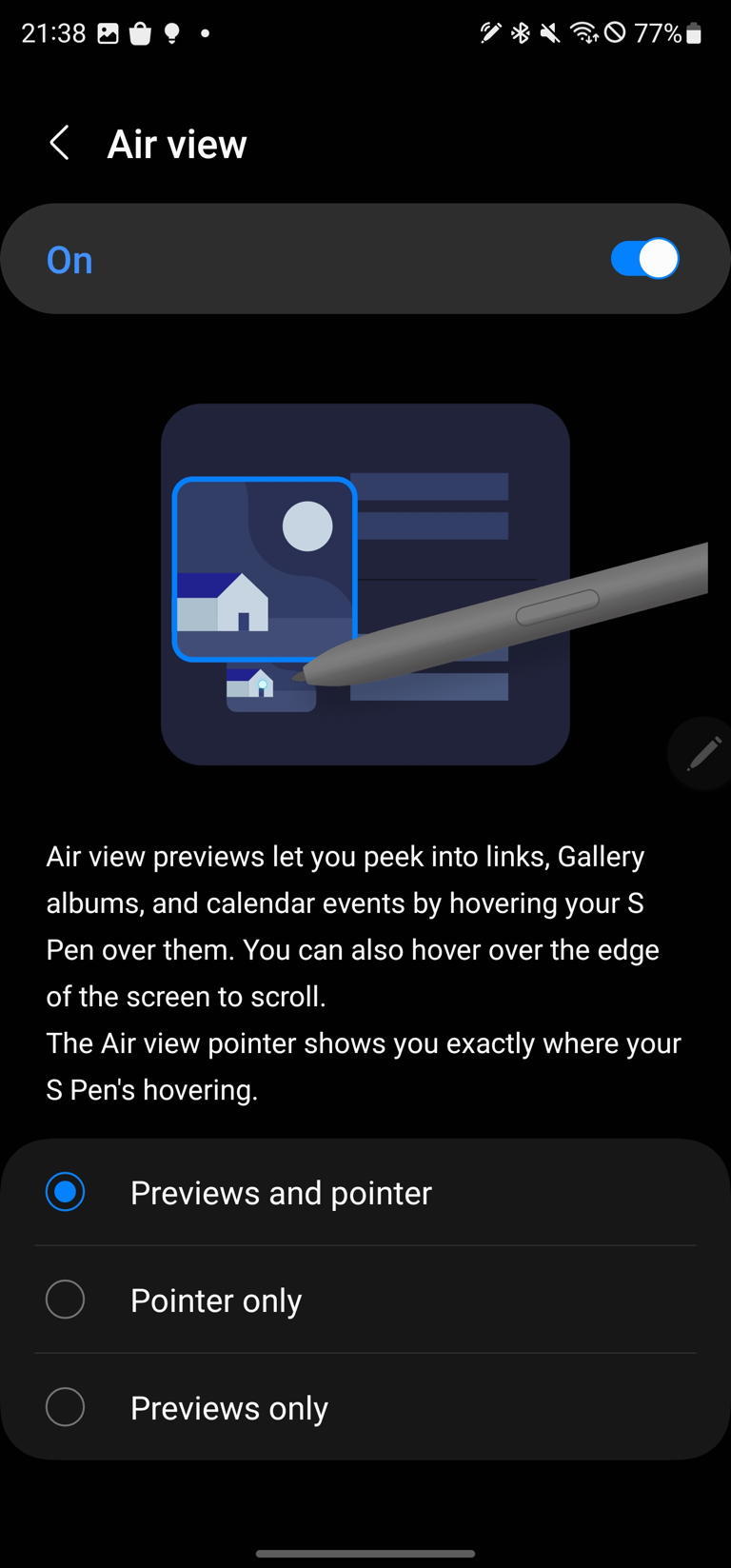
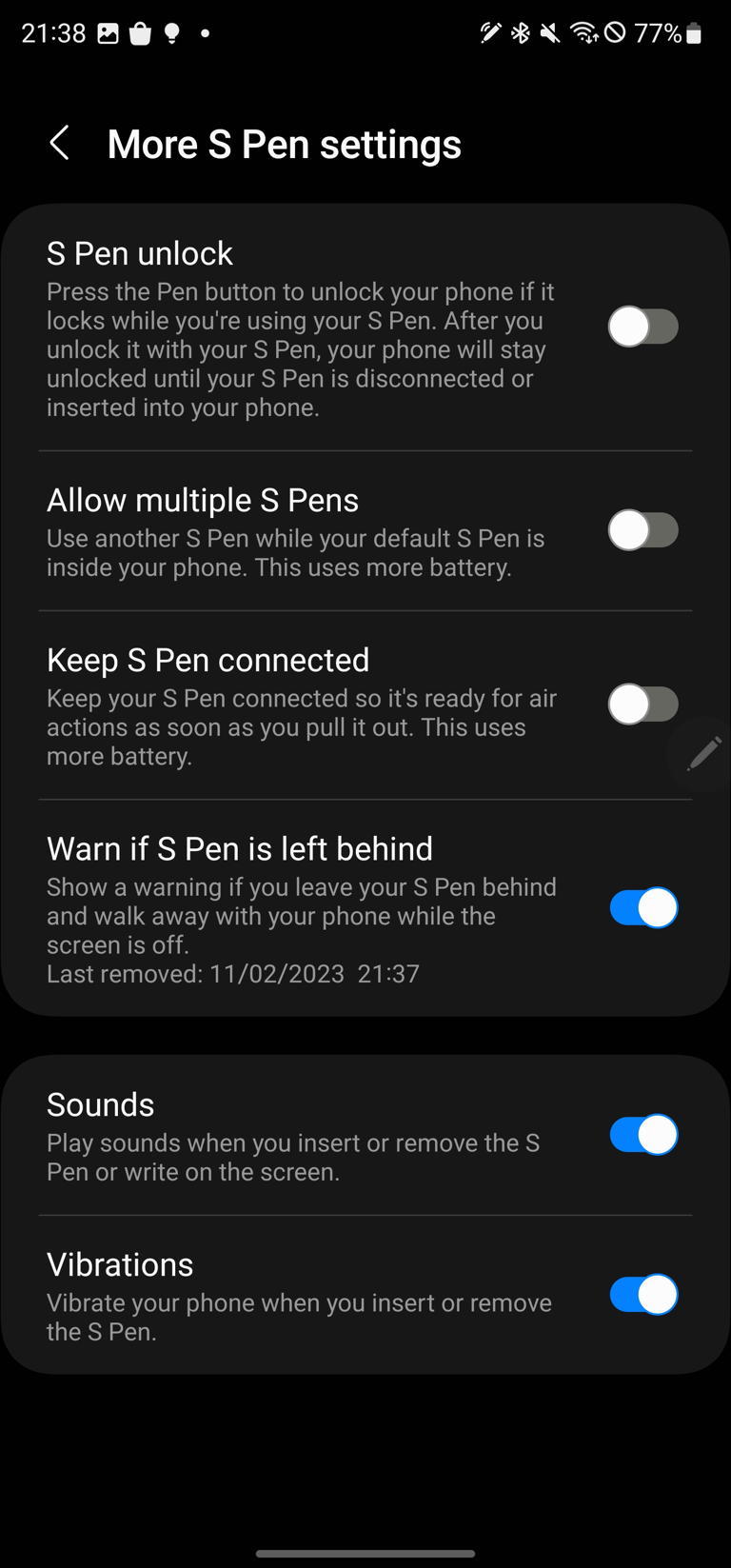
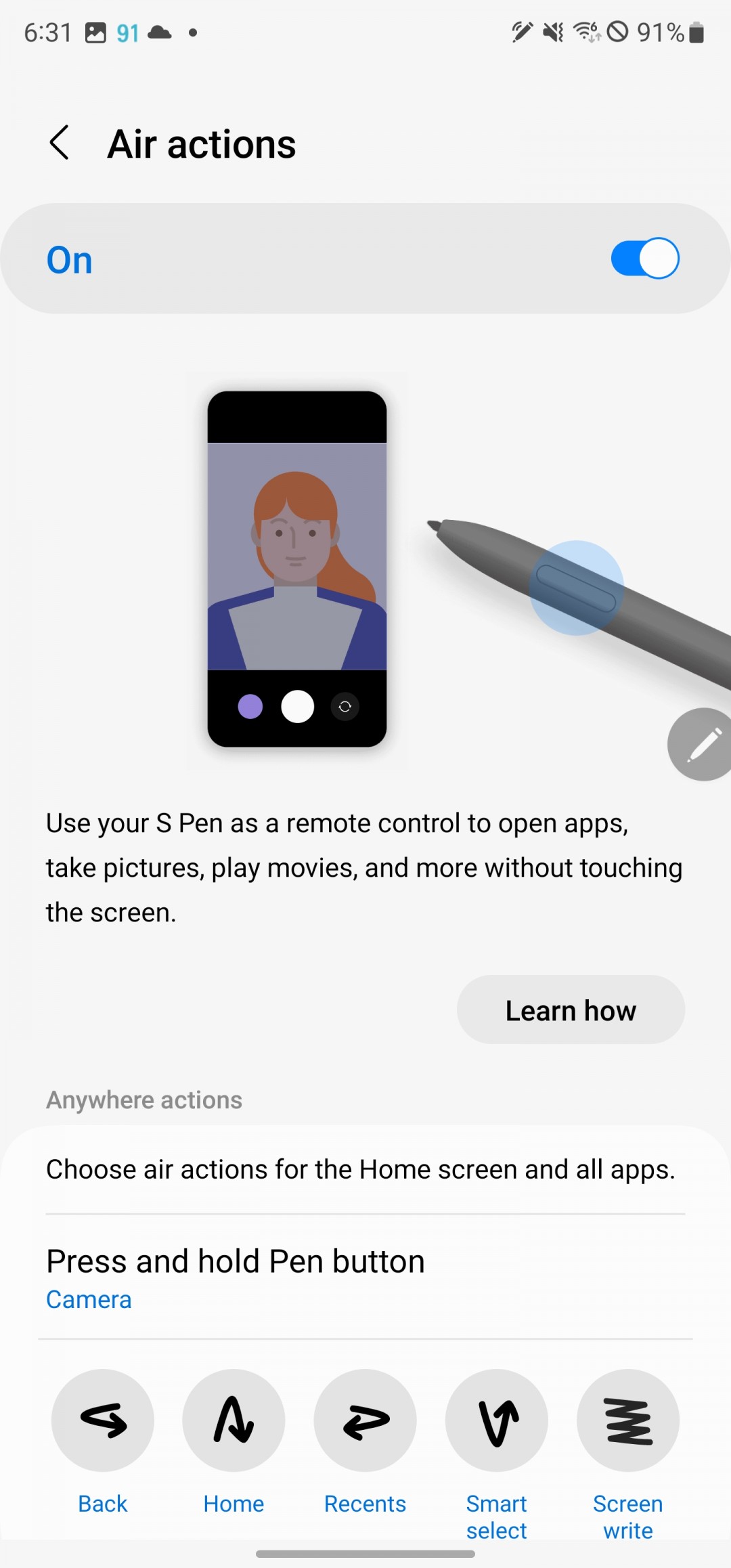
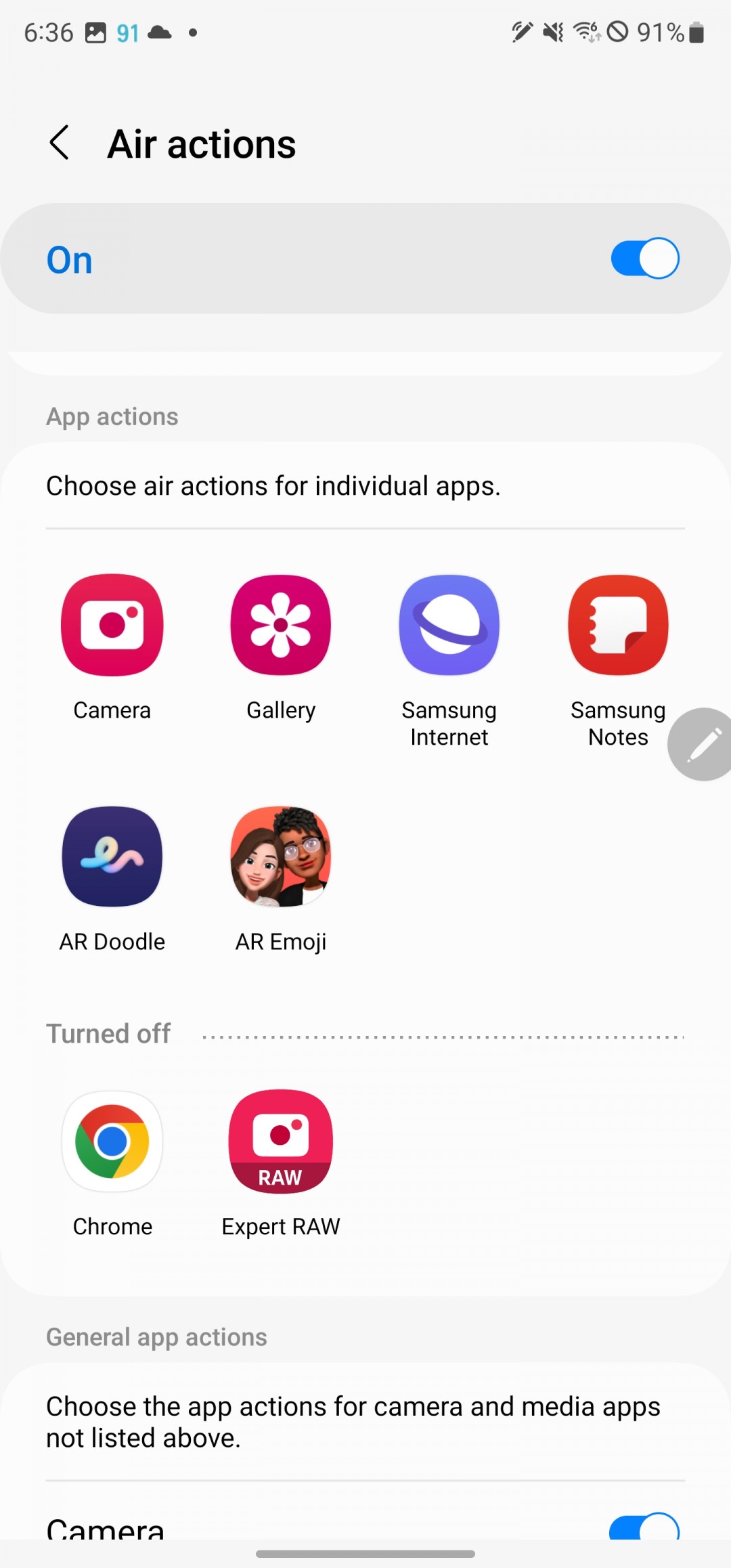
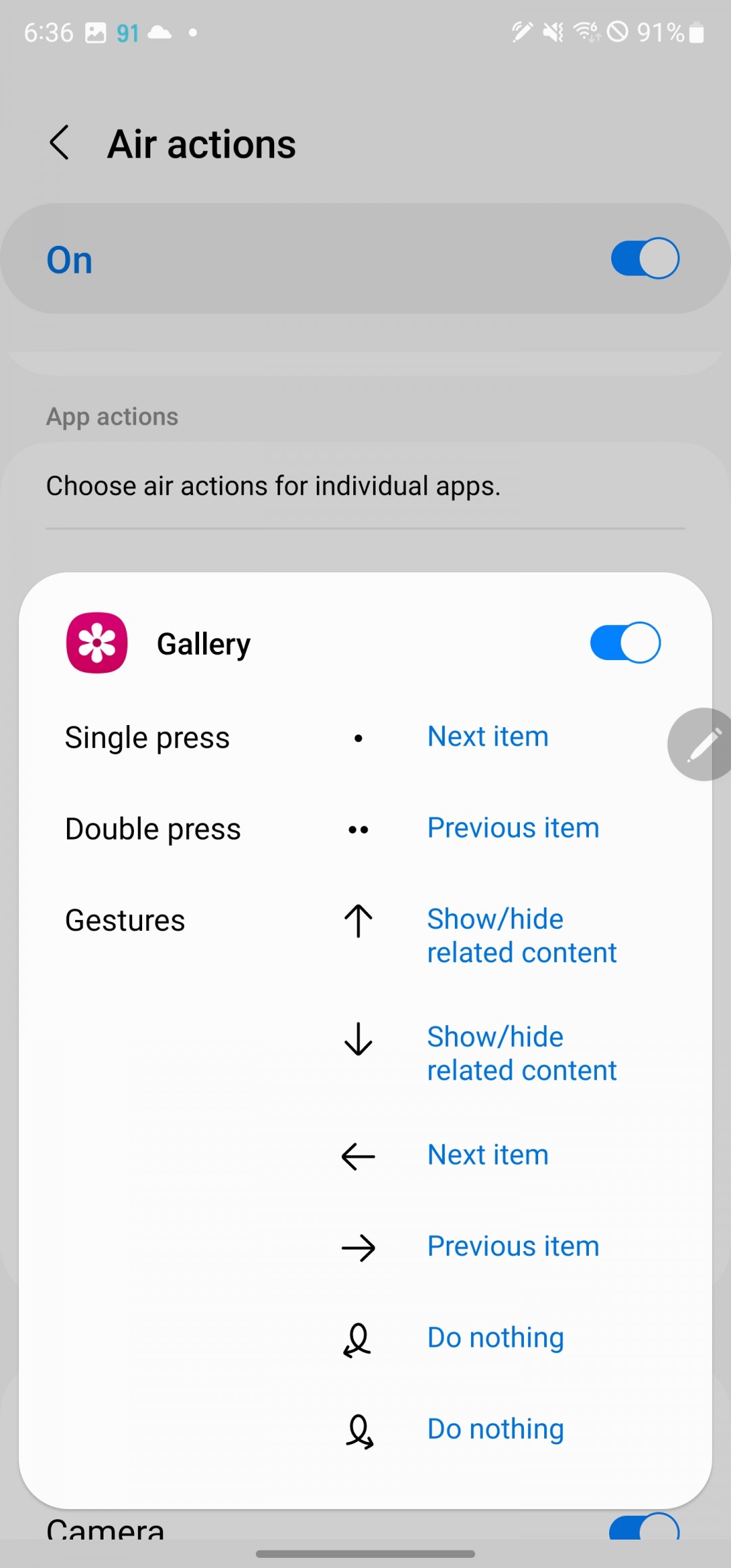
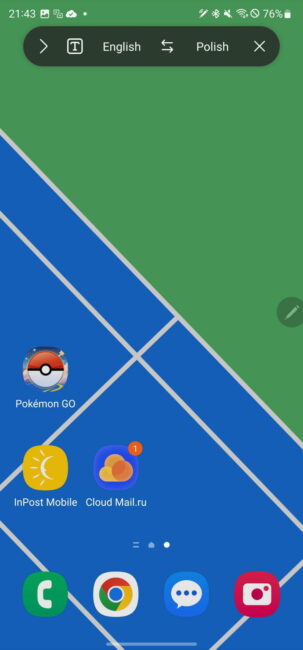


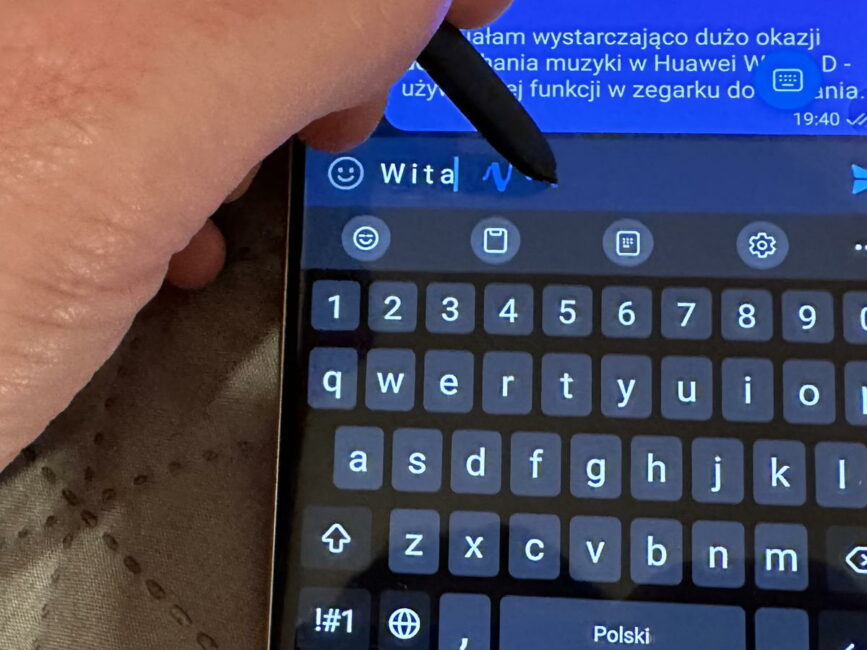
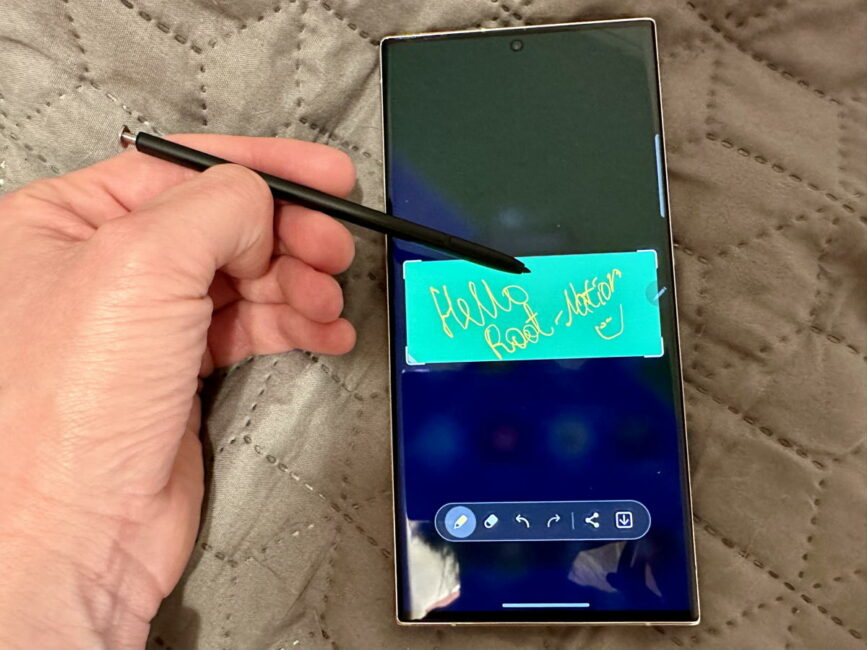

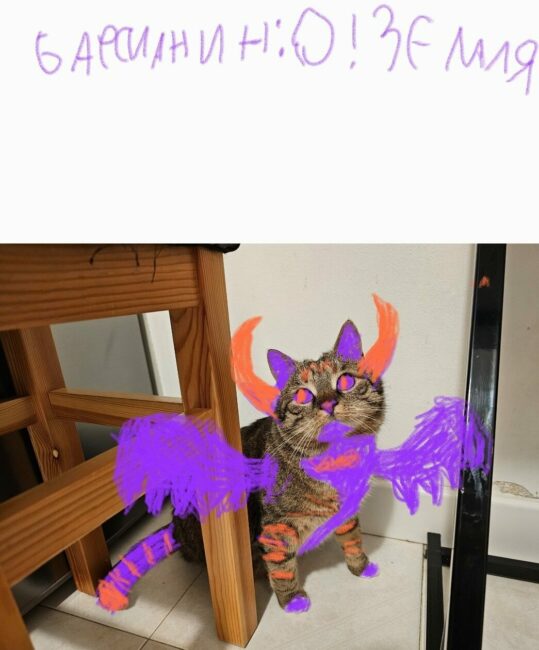

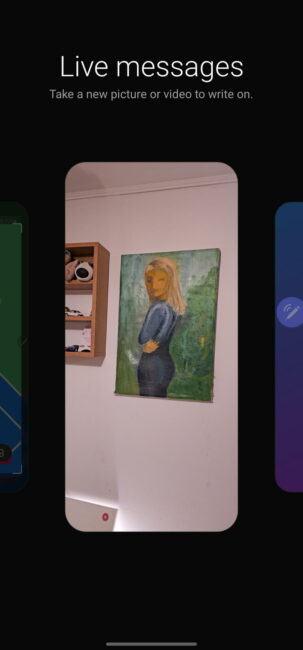
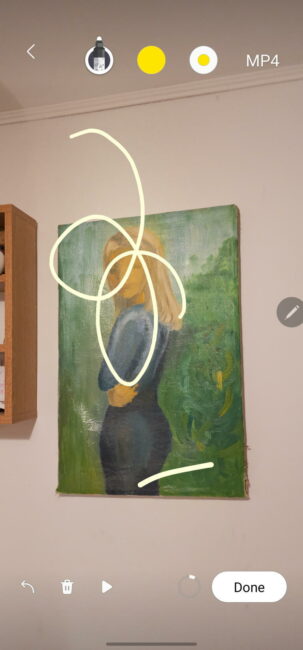

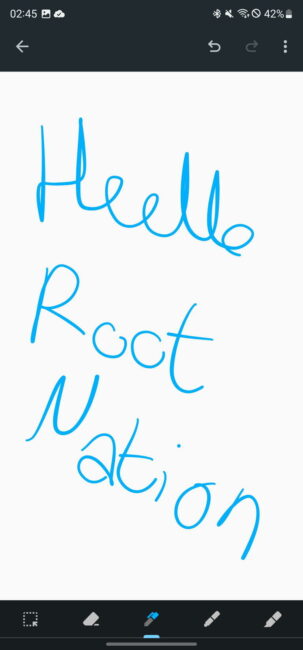
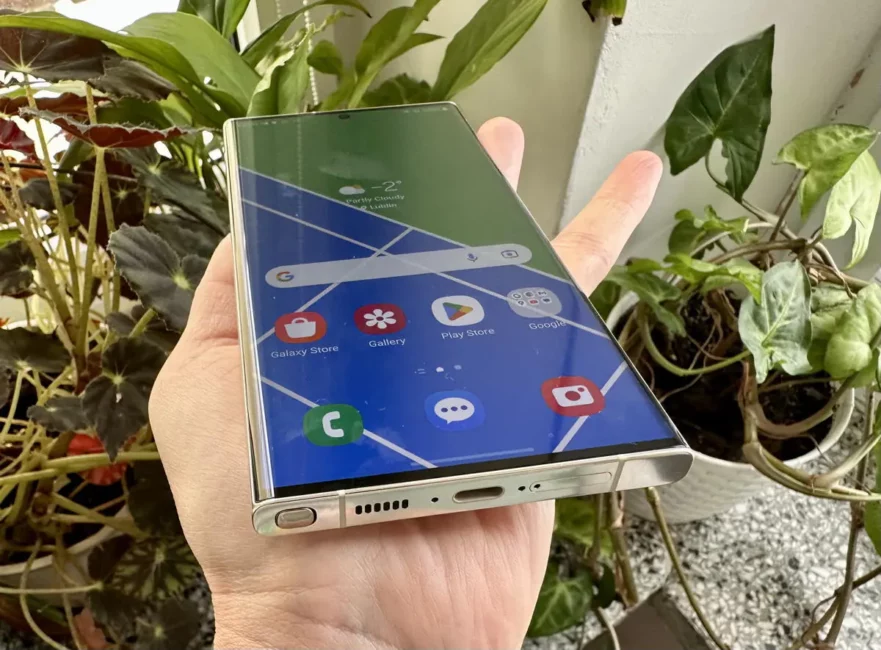
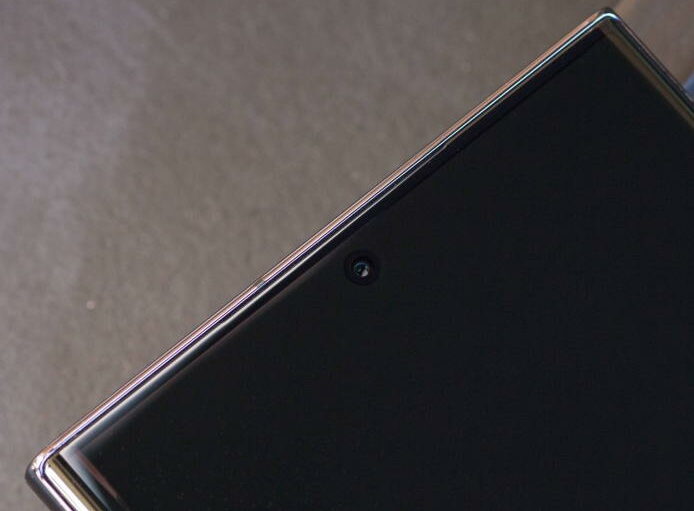
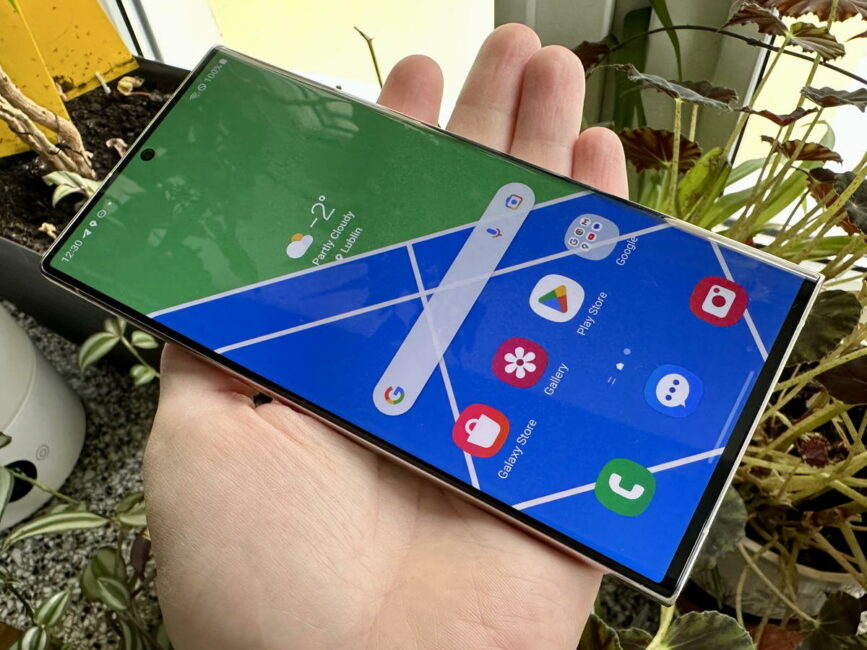
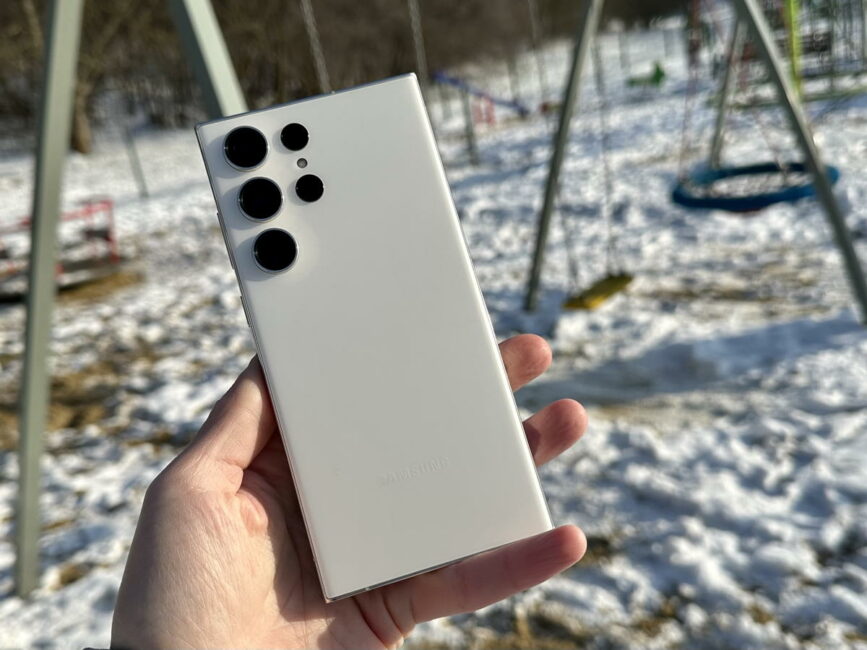
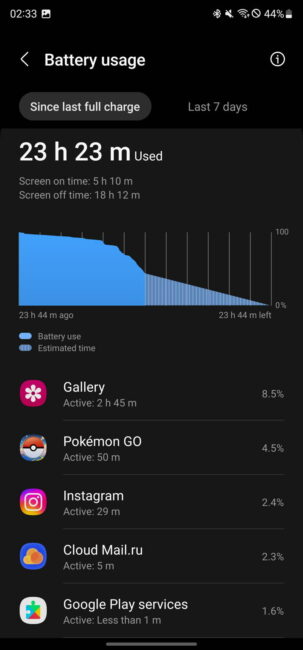
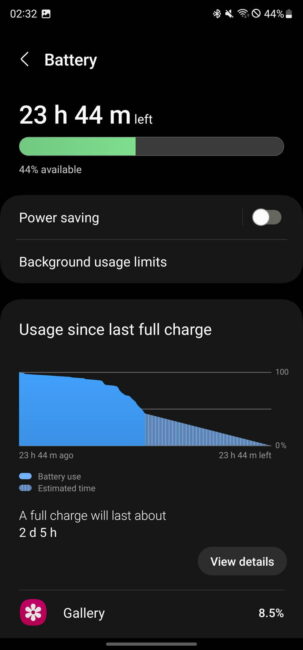
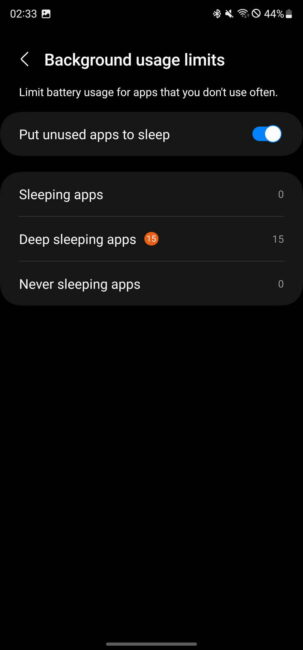
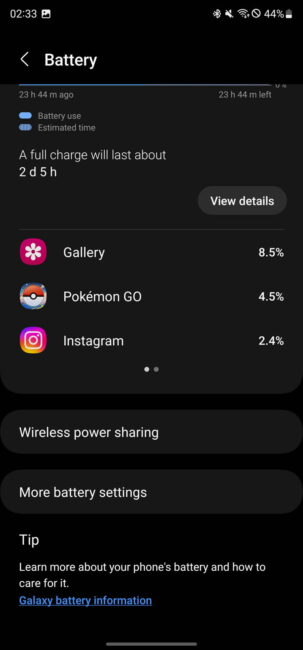
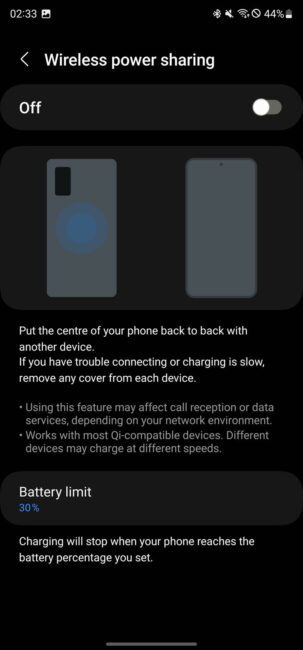
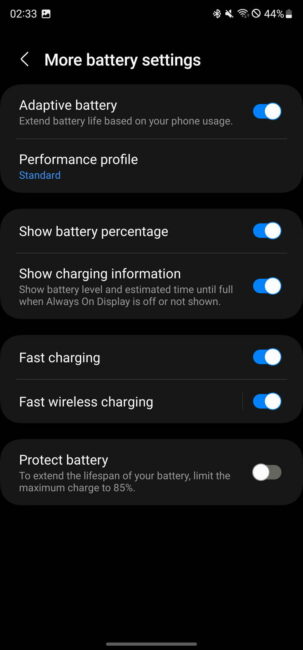
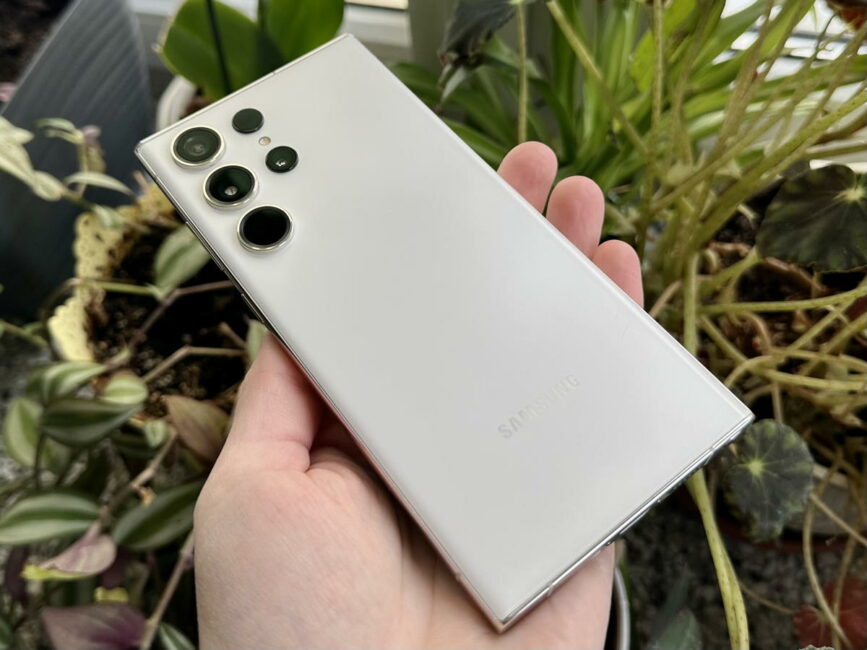
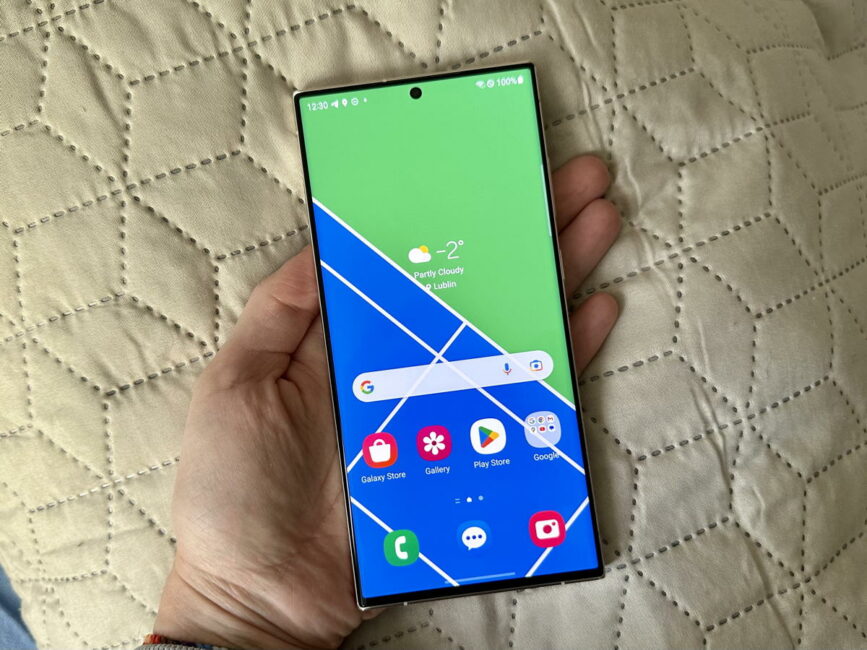
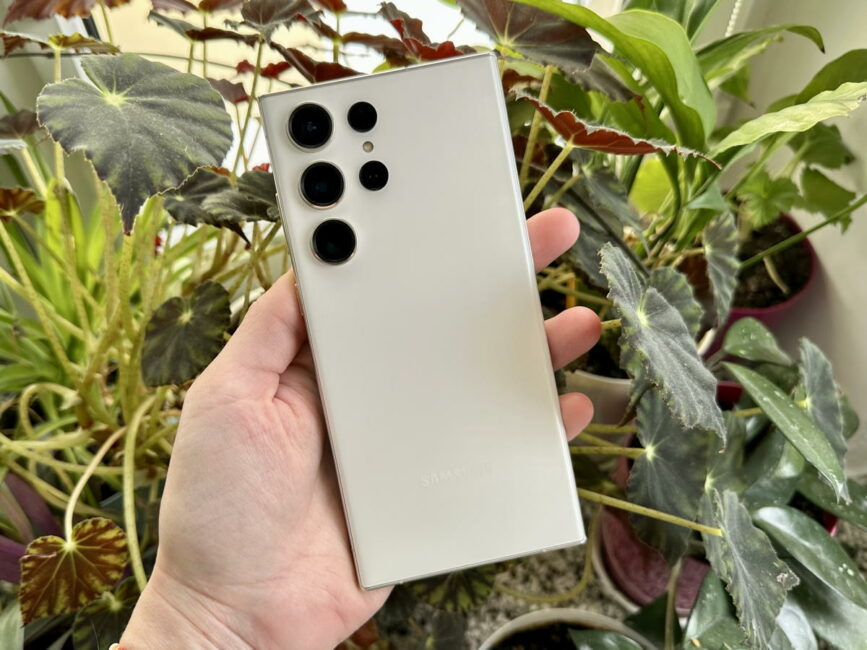
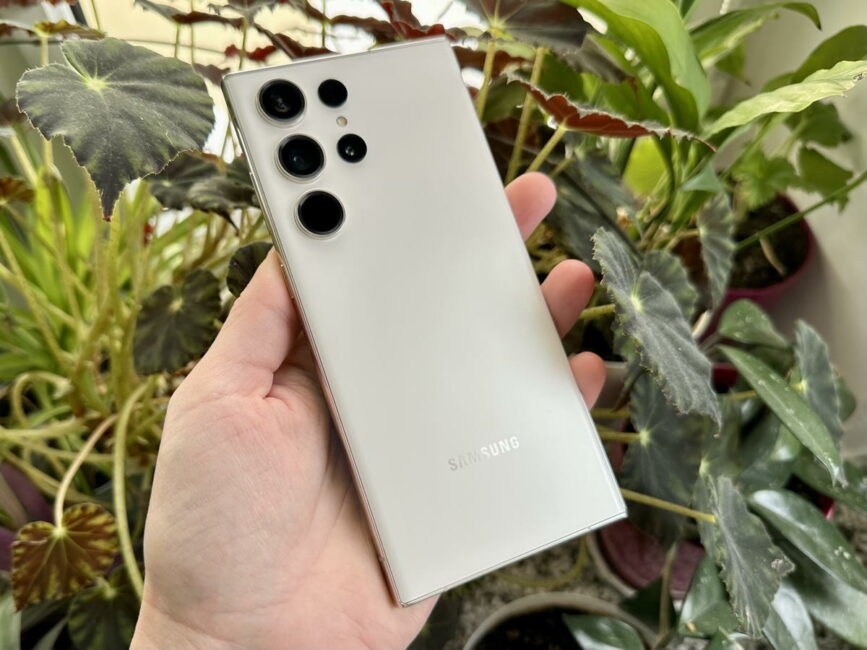
Great review. Helped a lot. Thanks.
thank you a lot :)